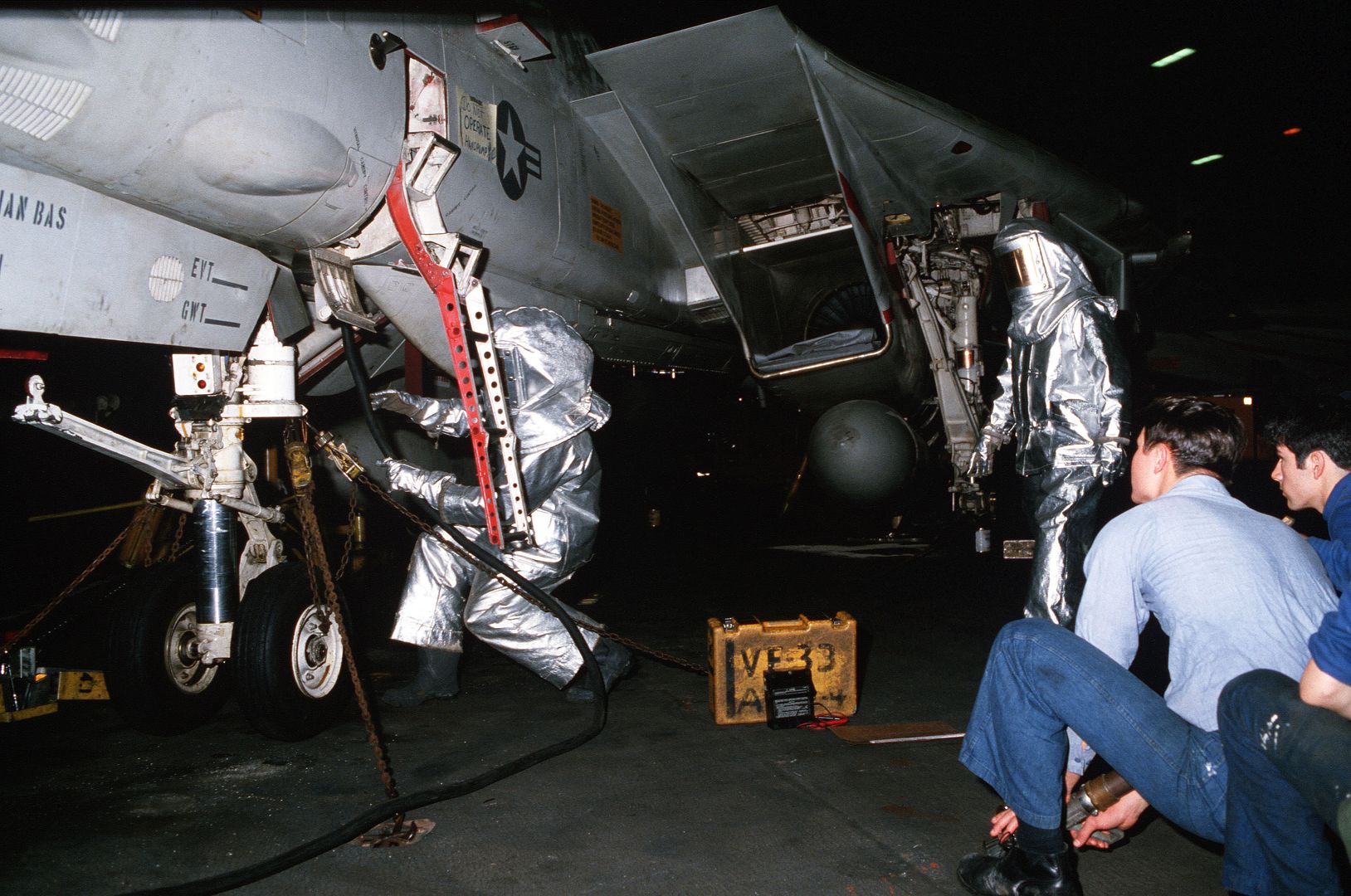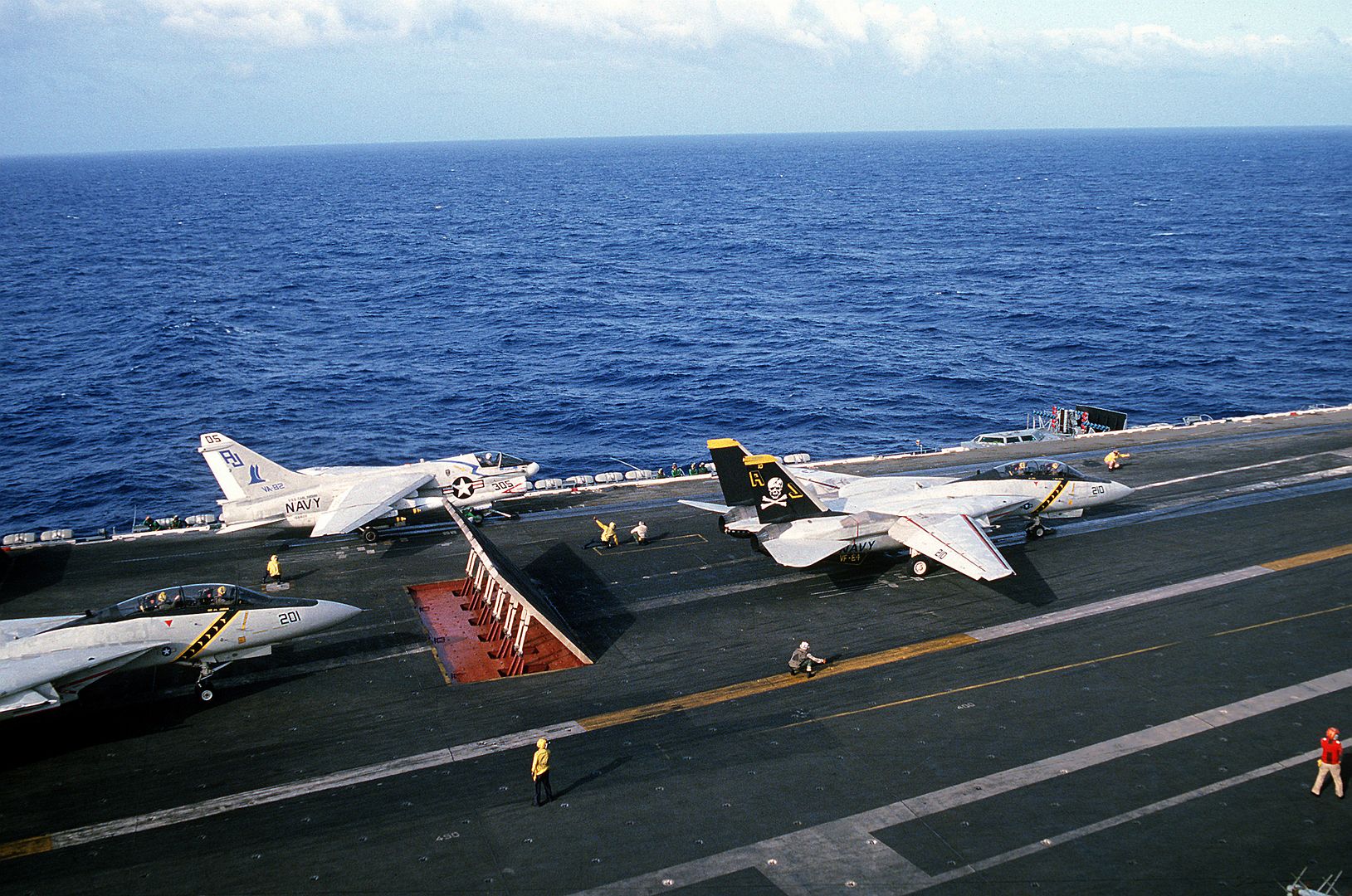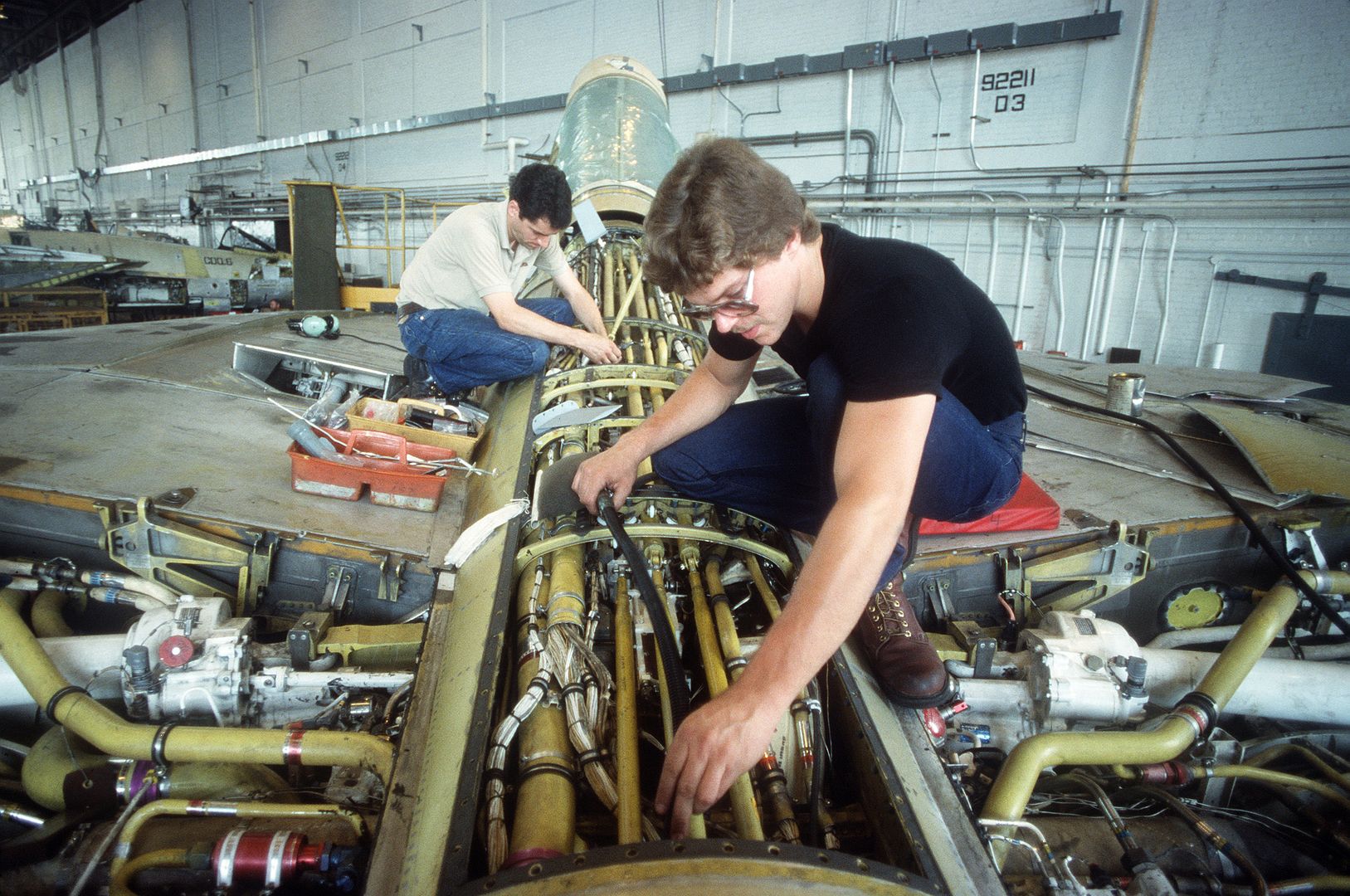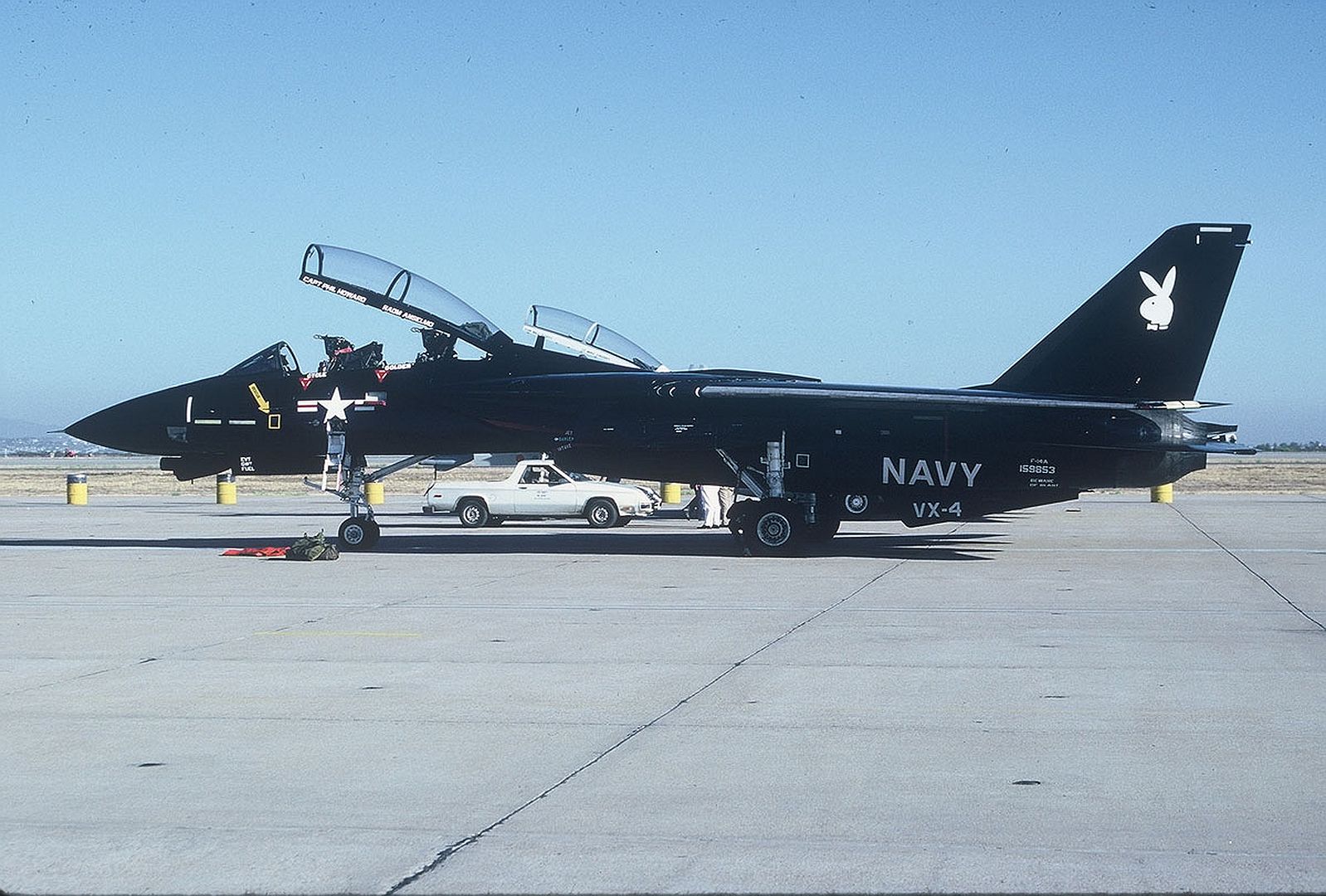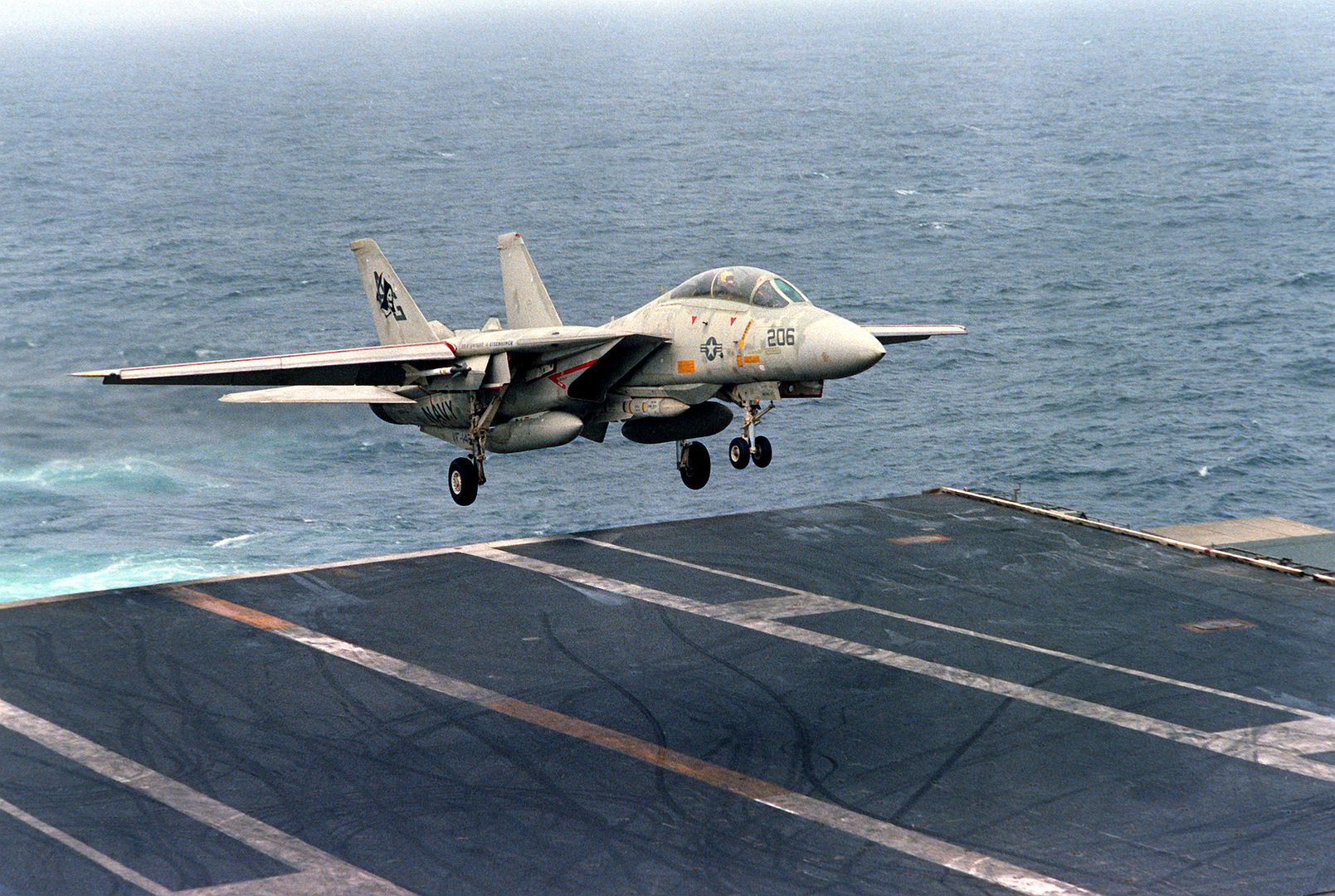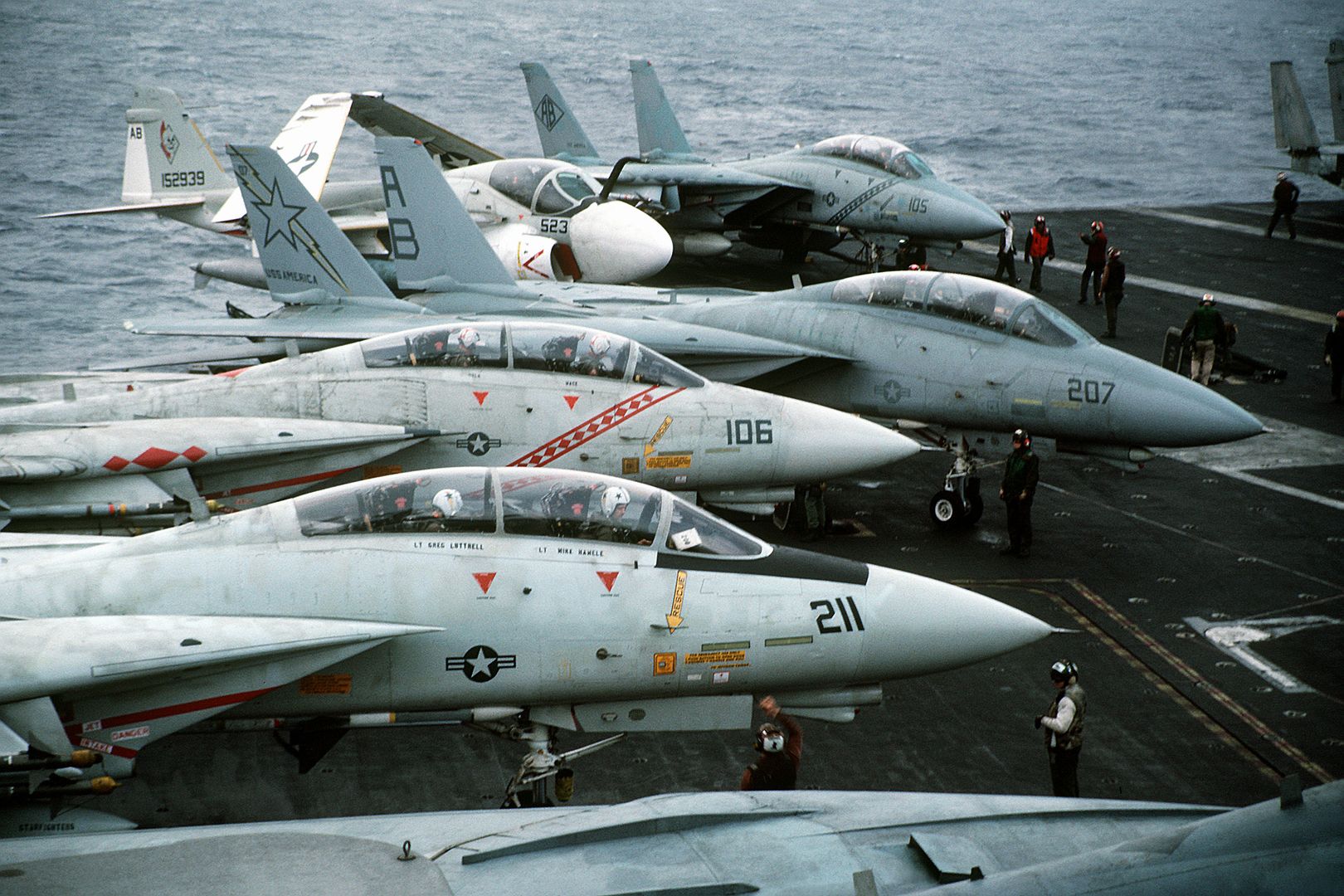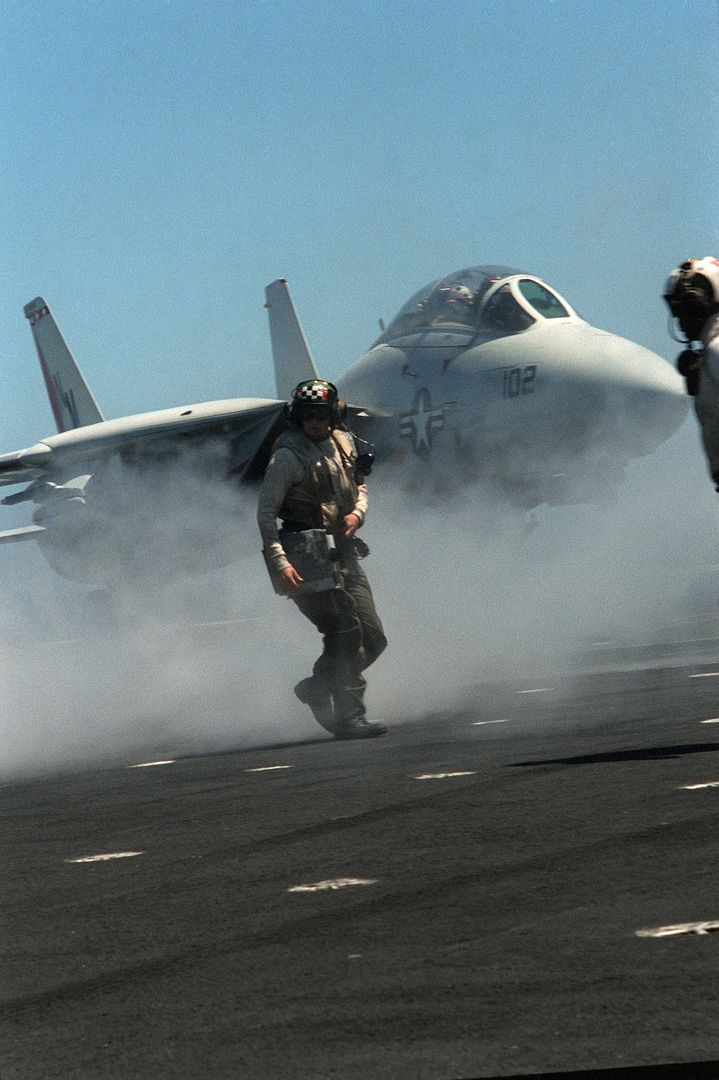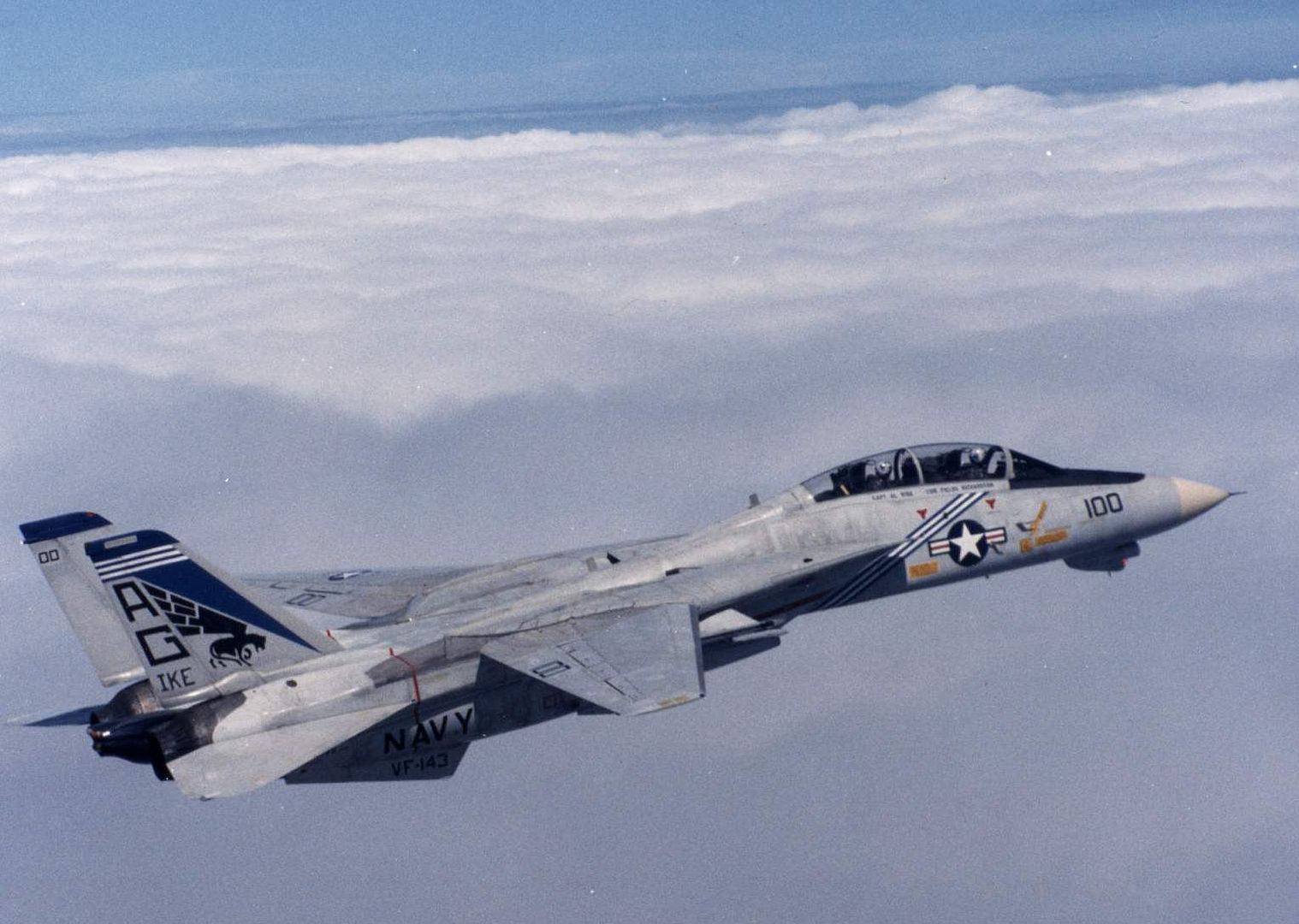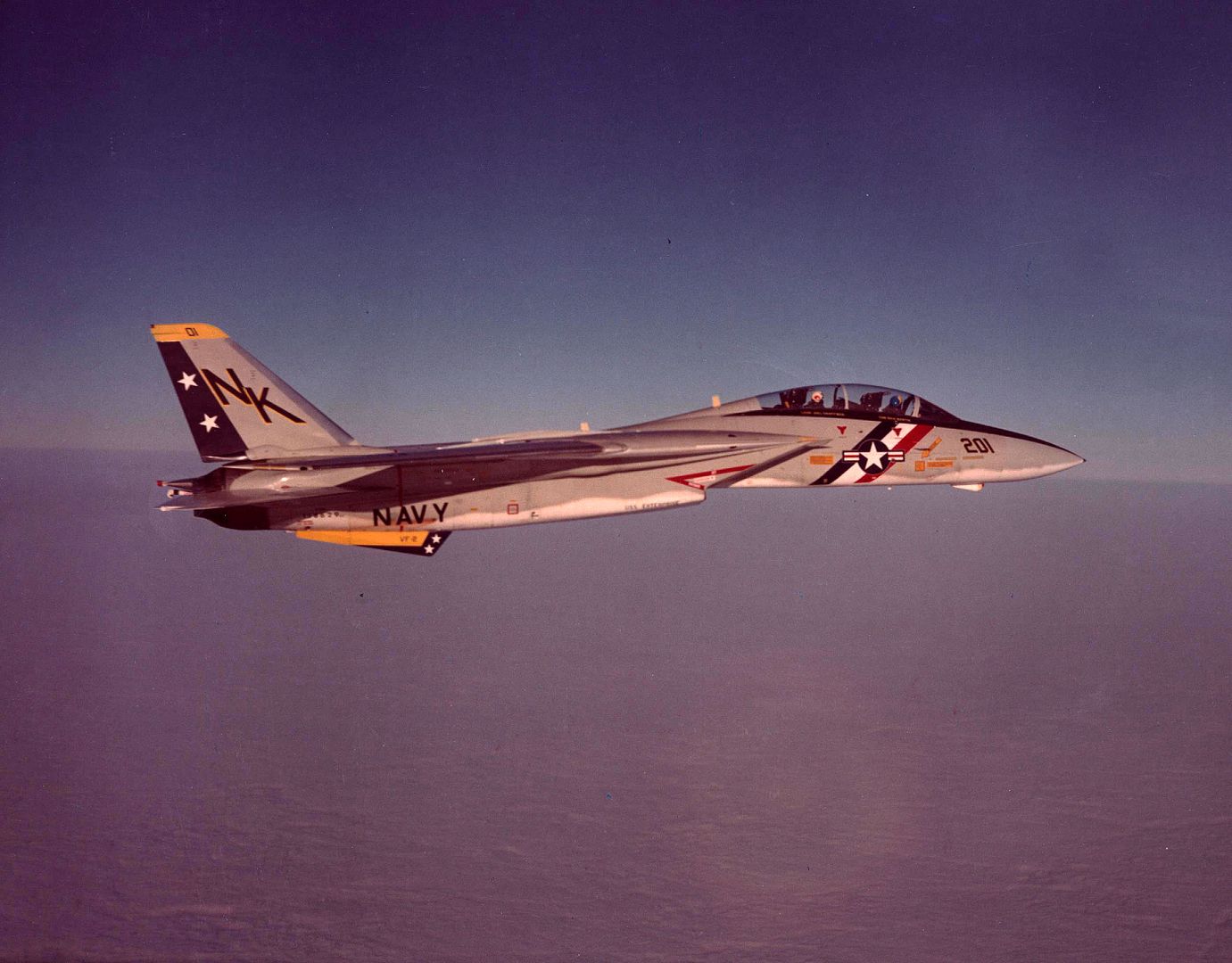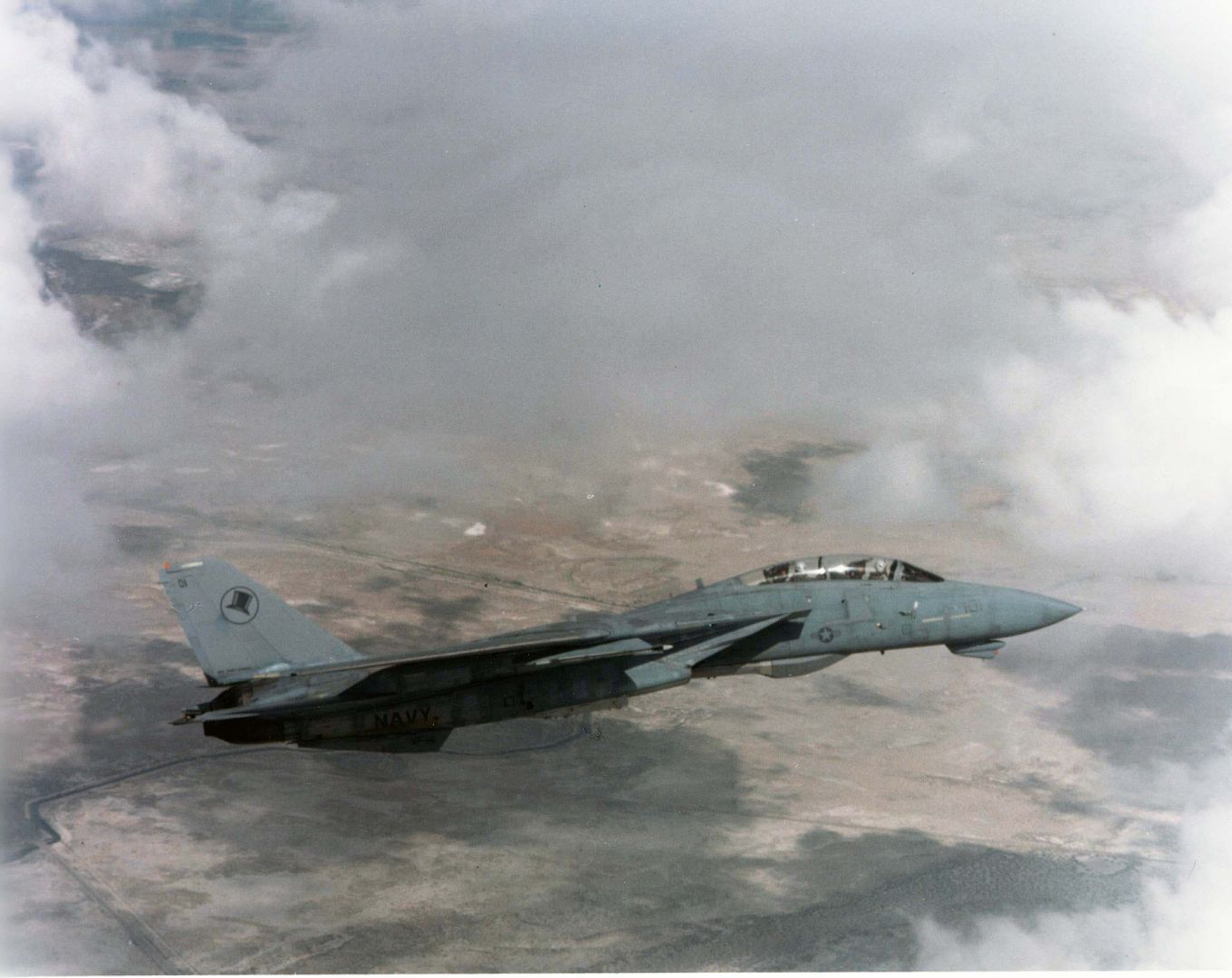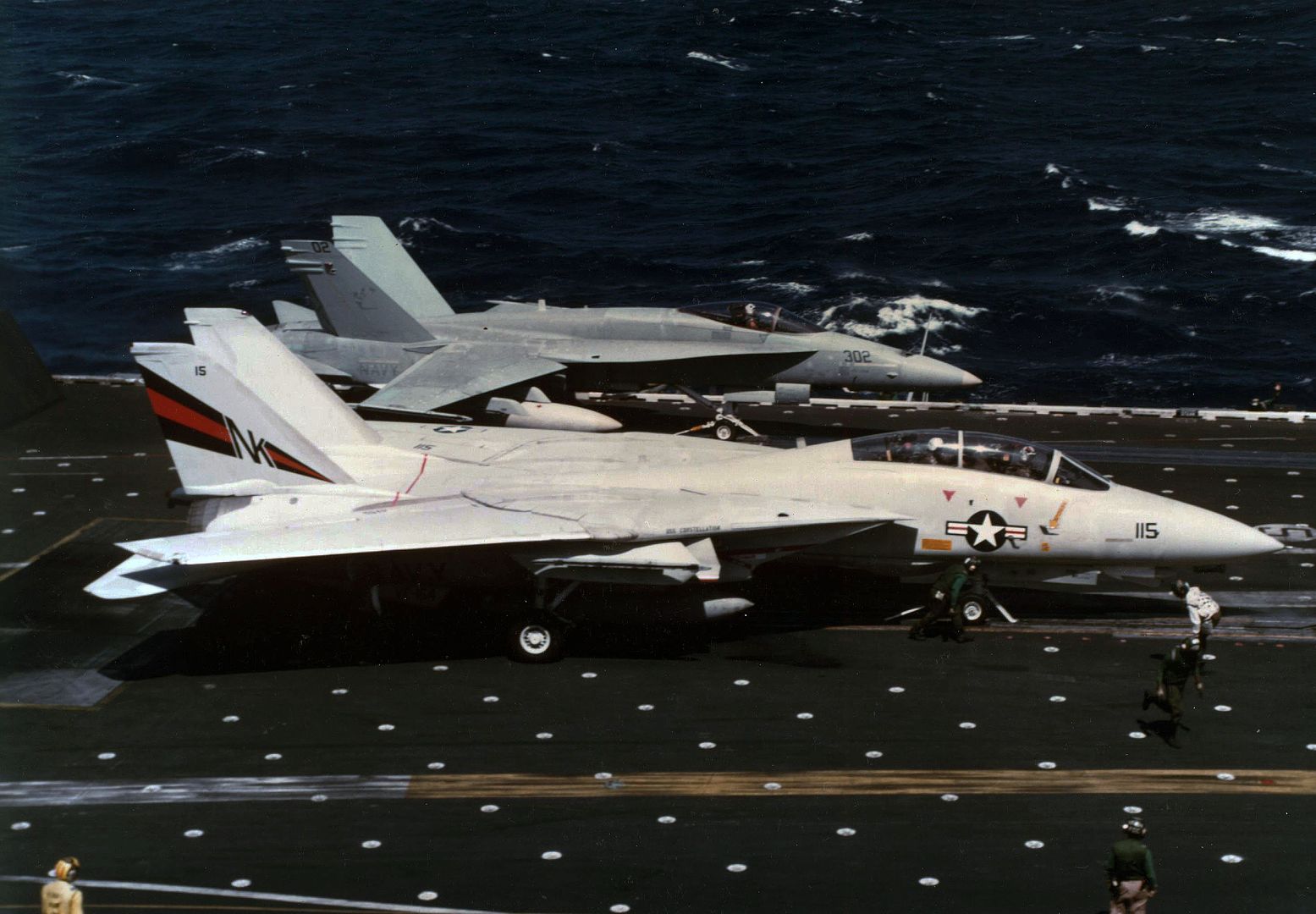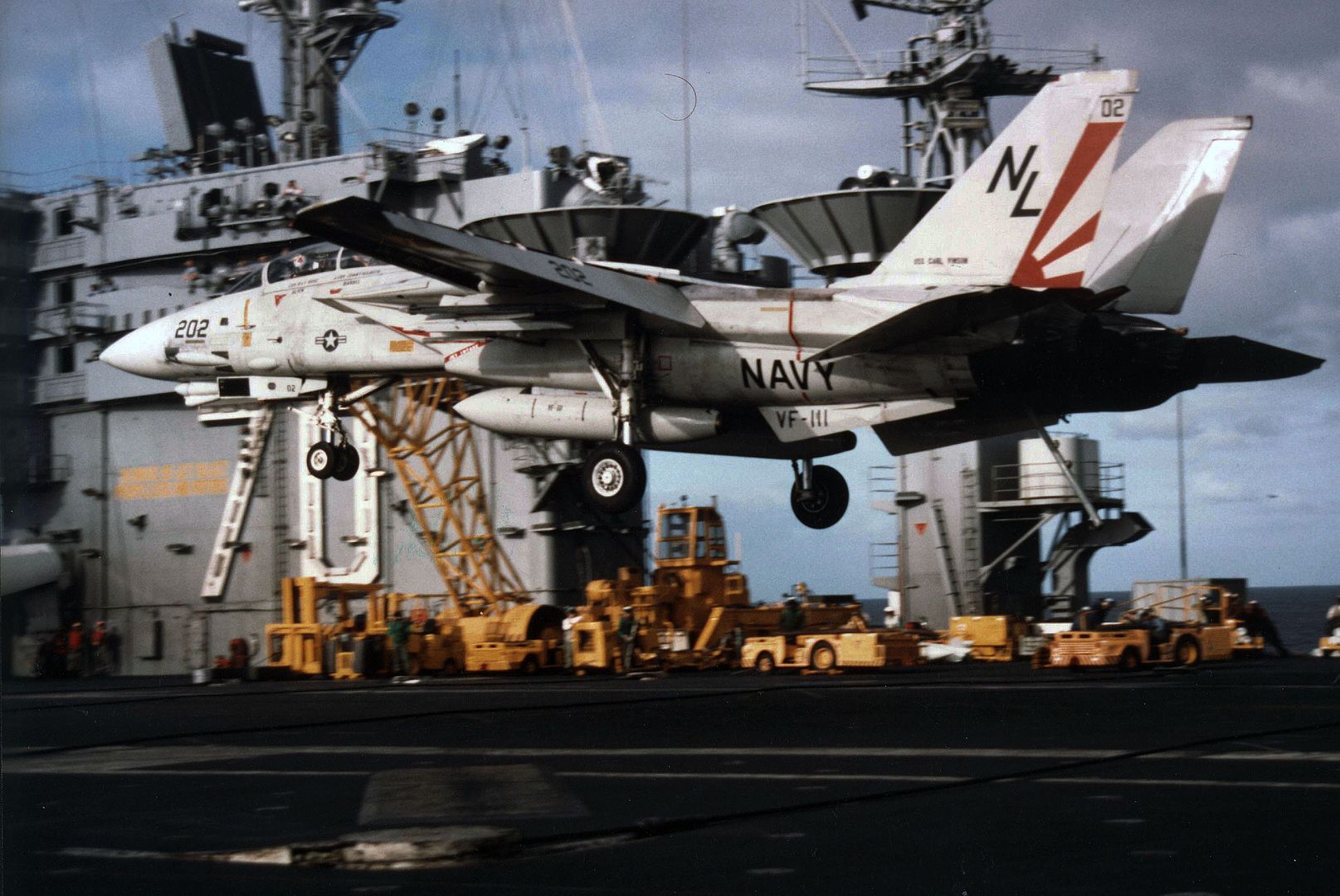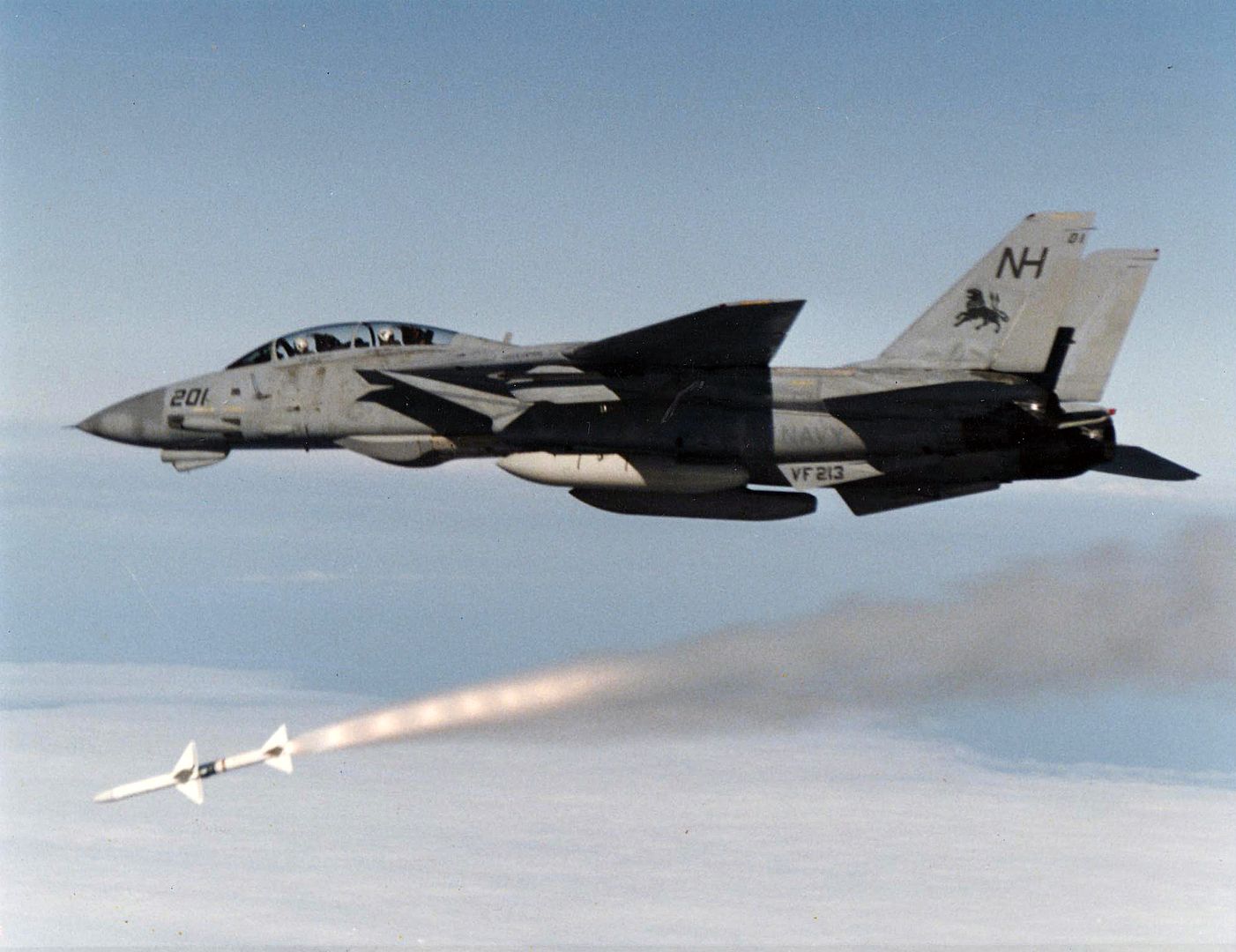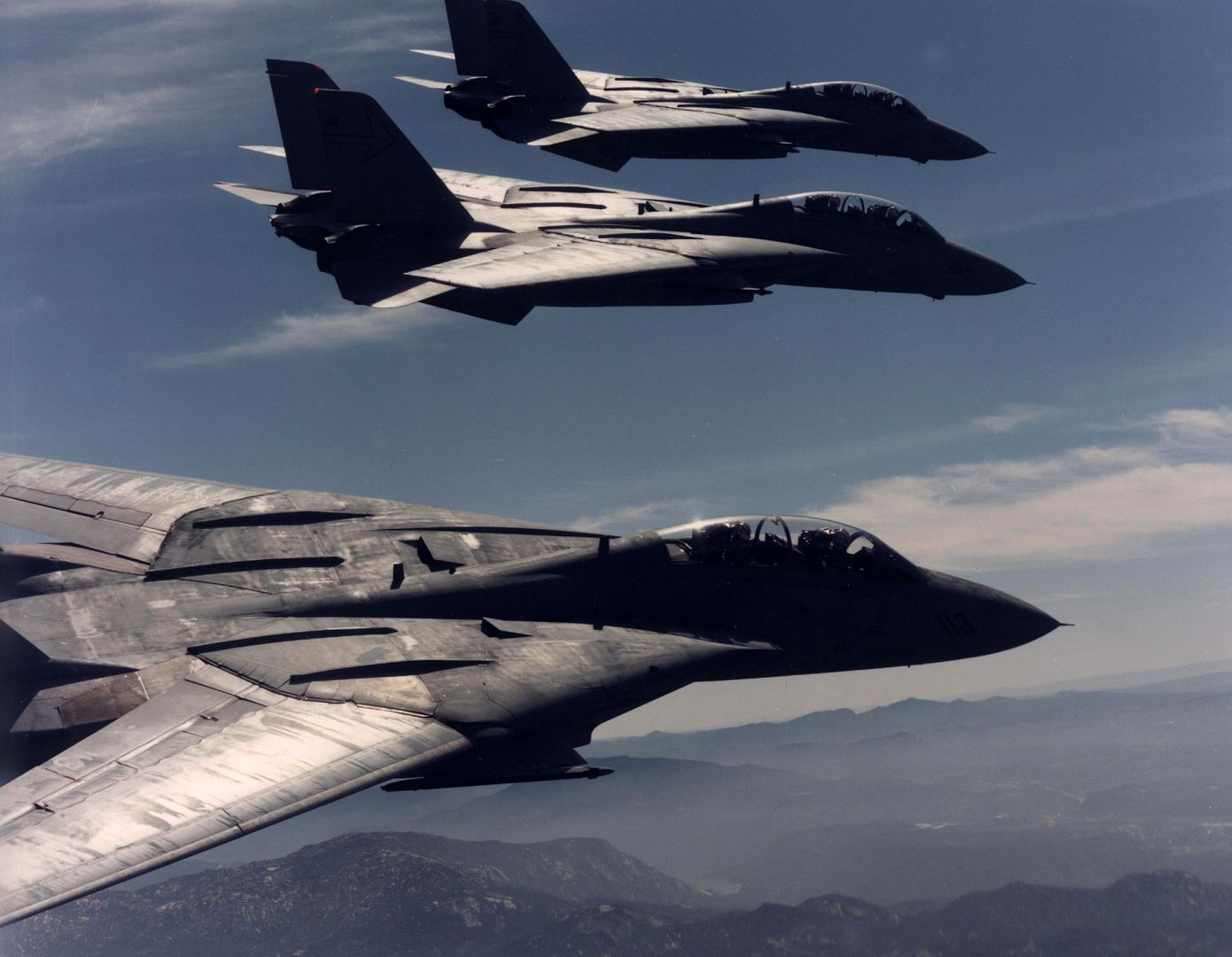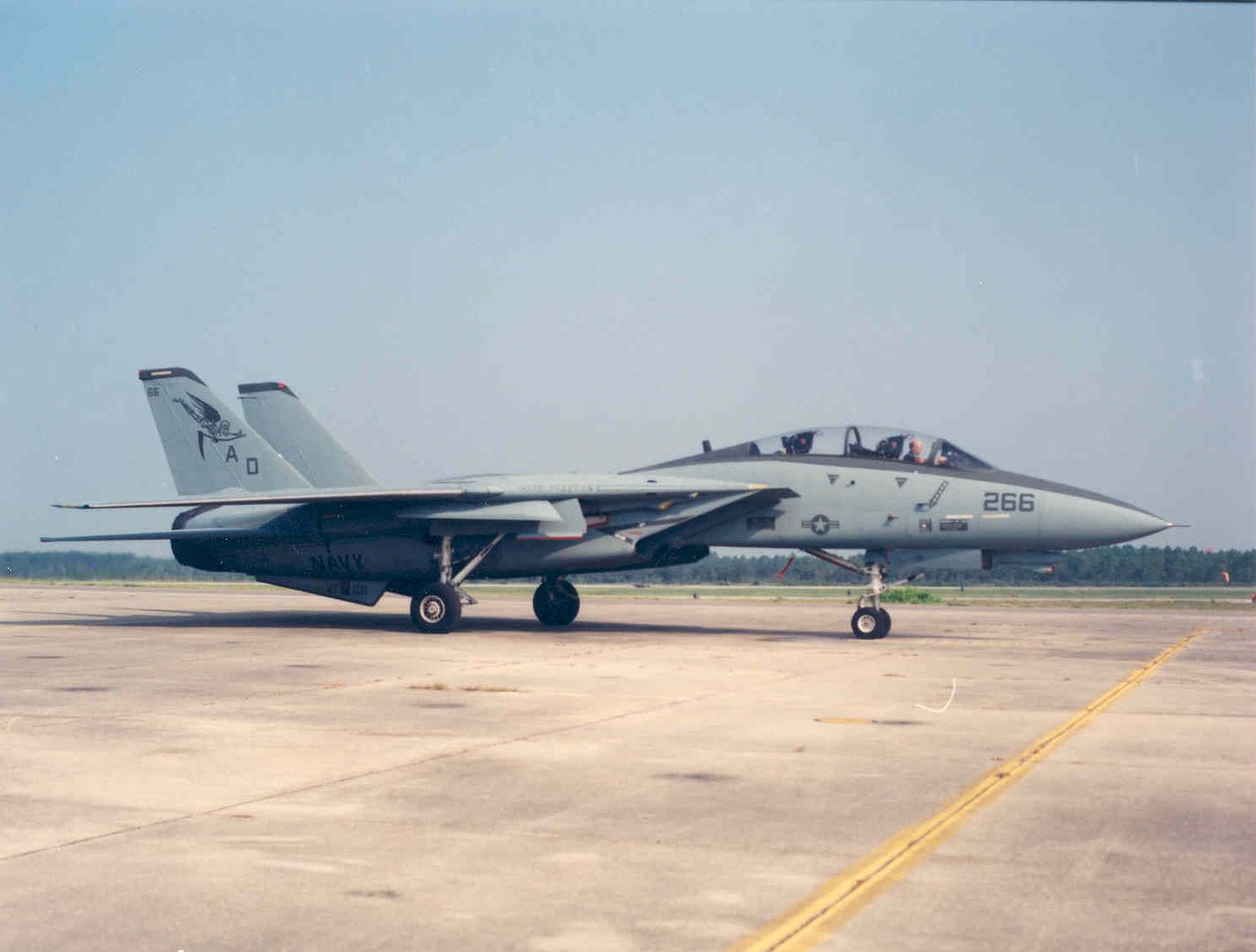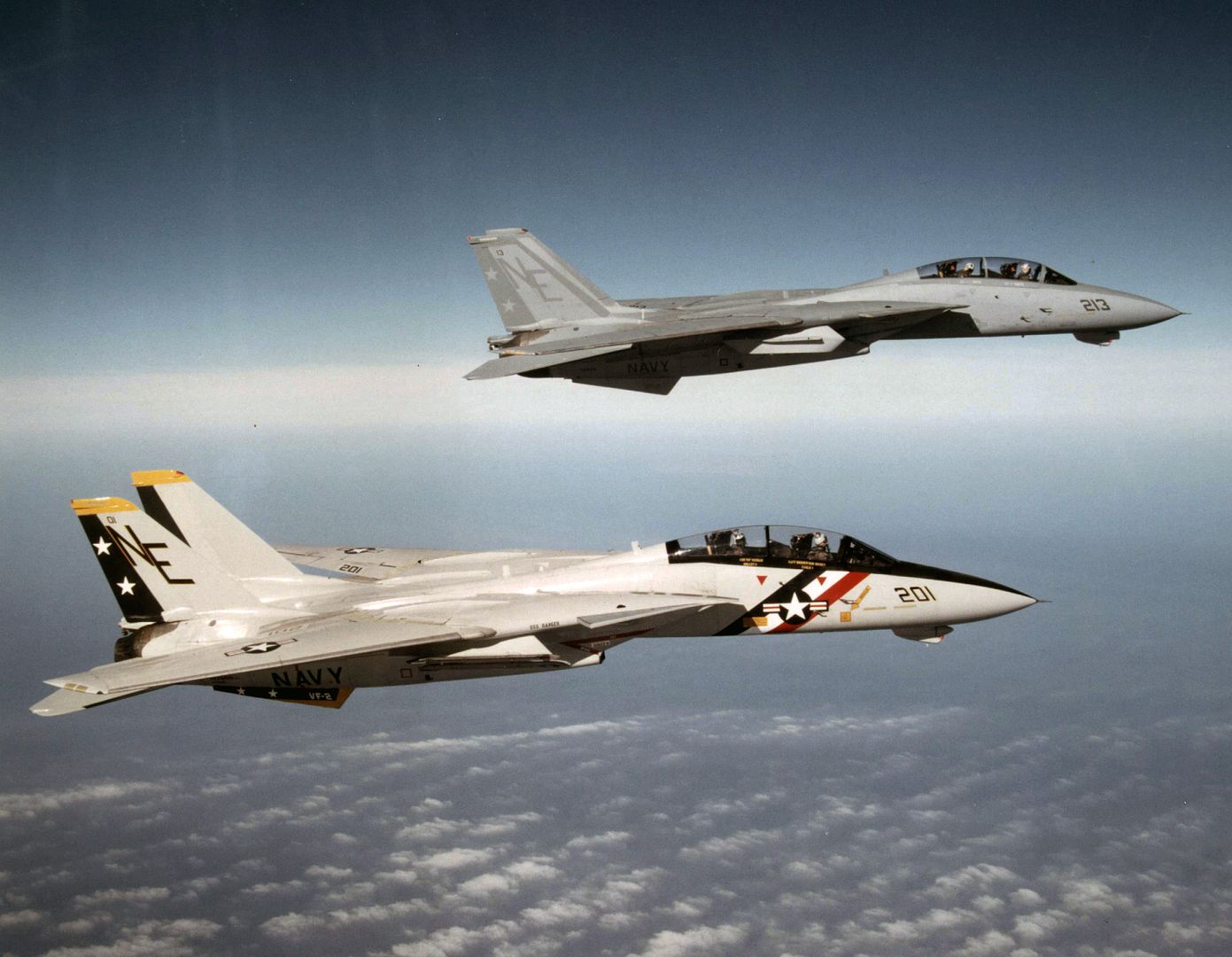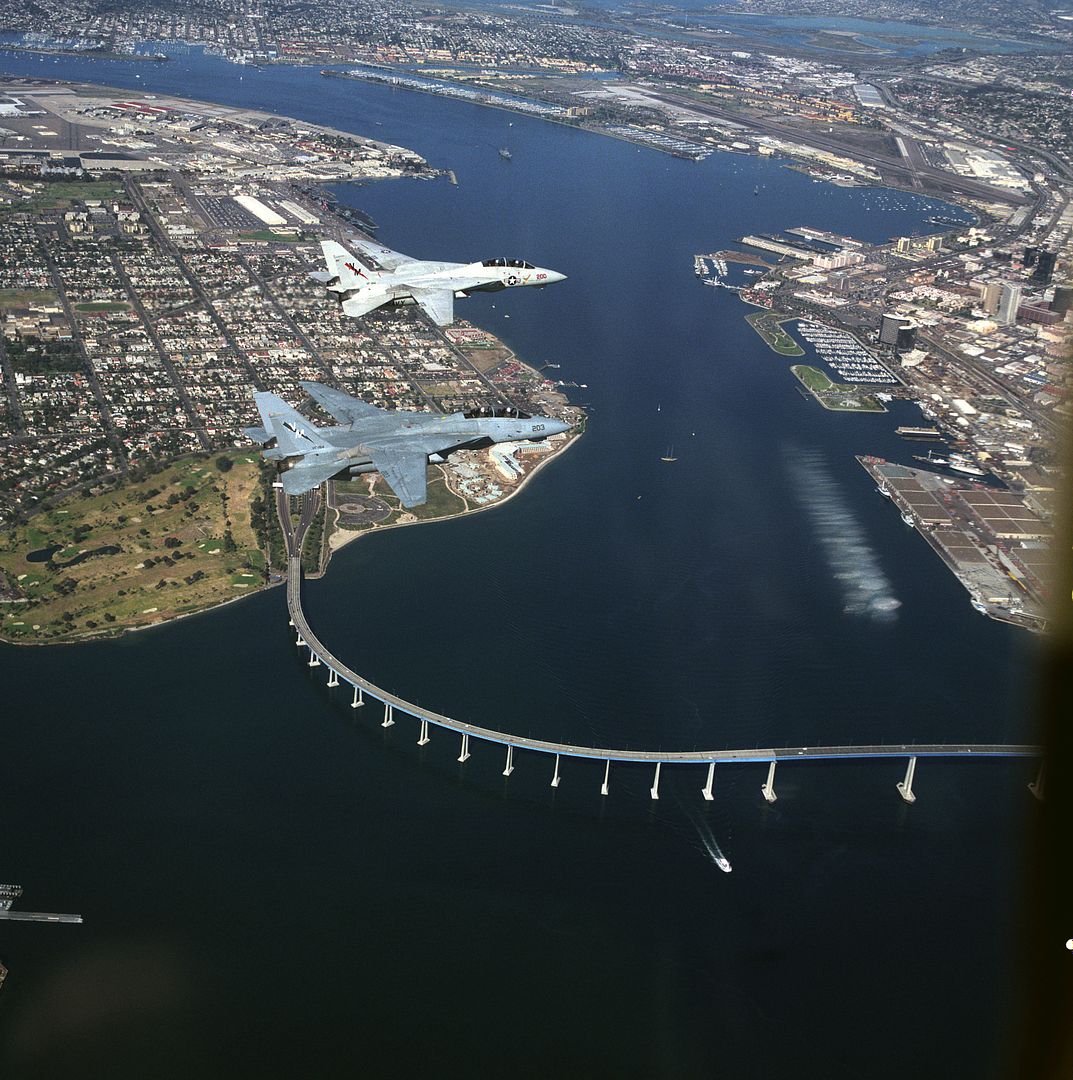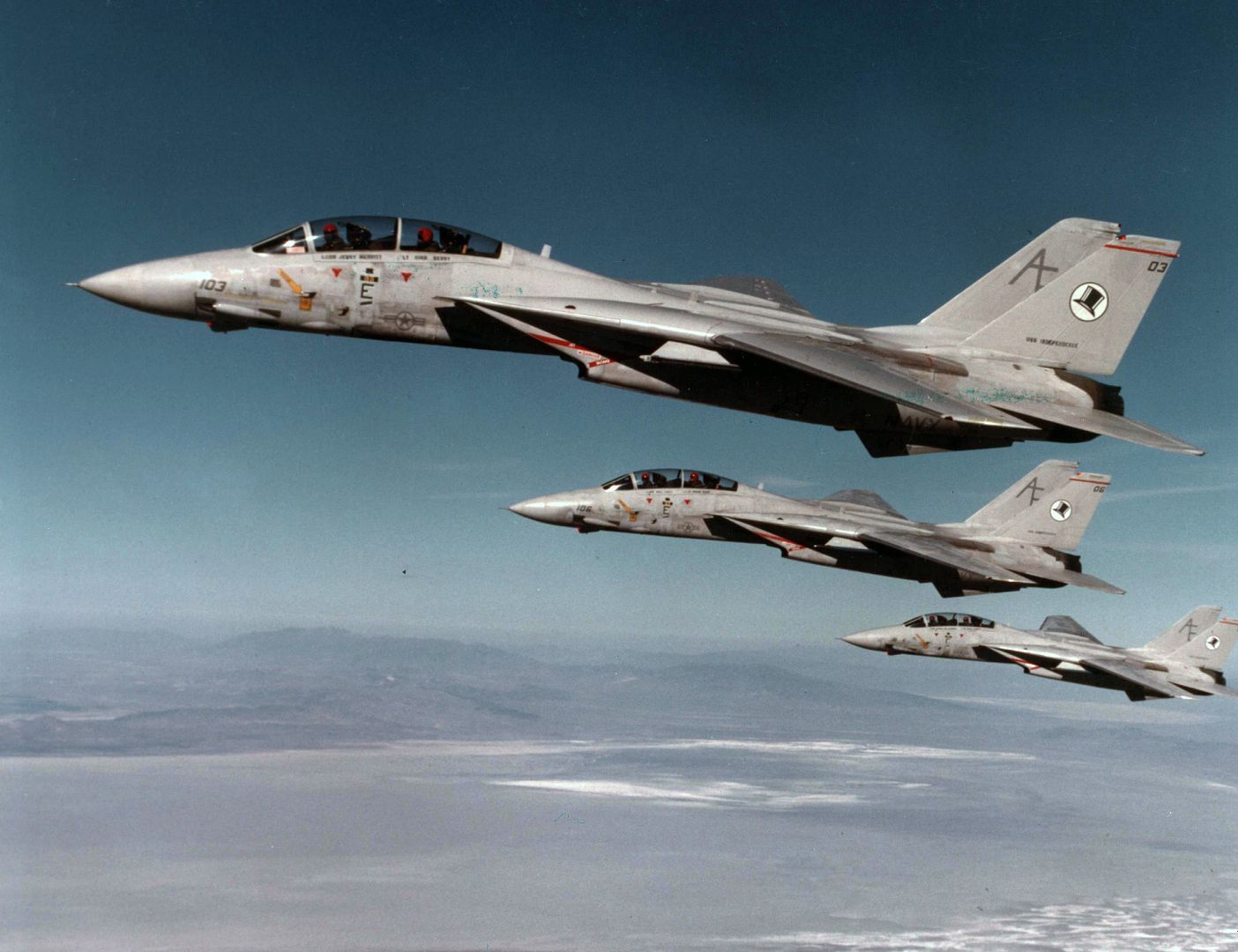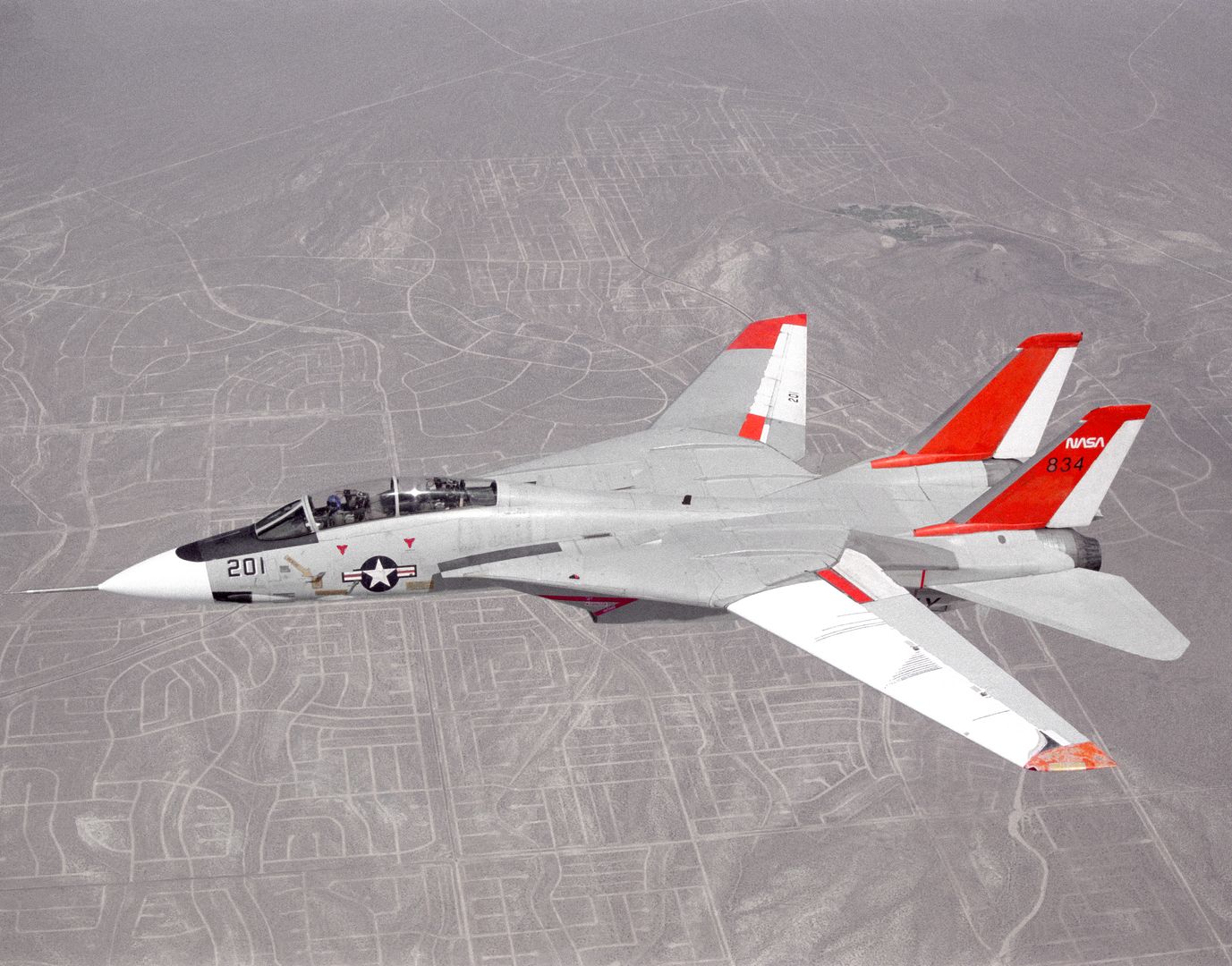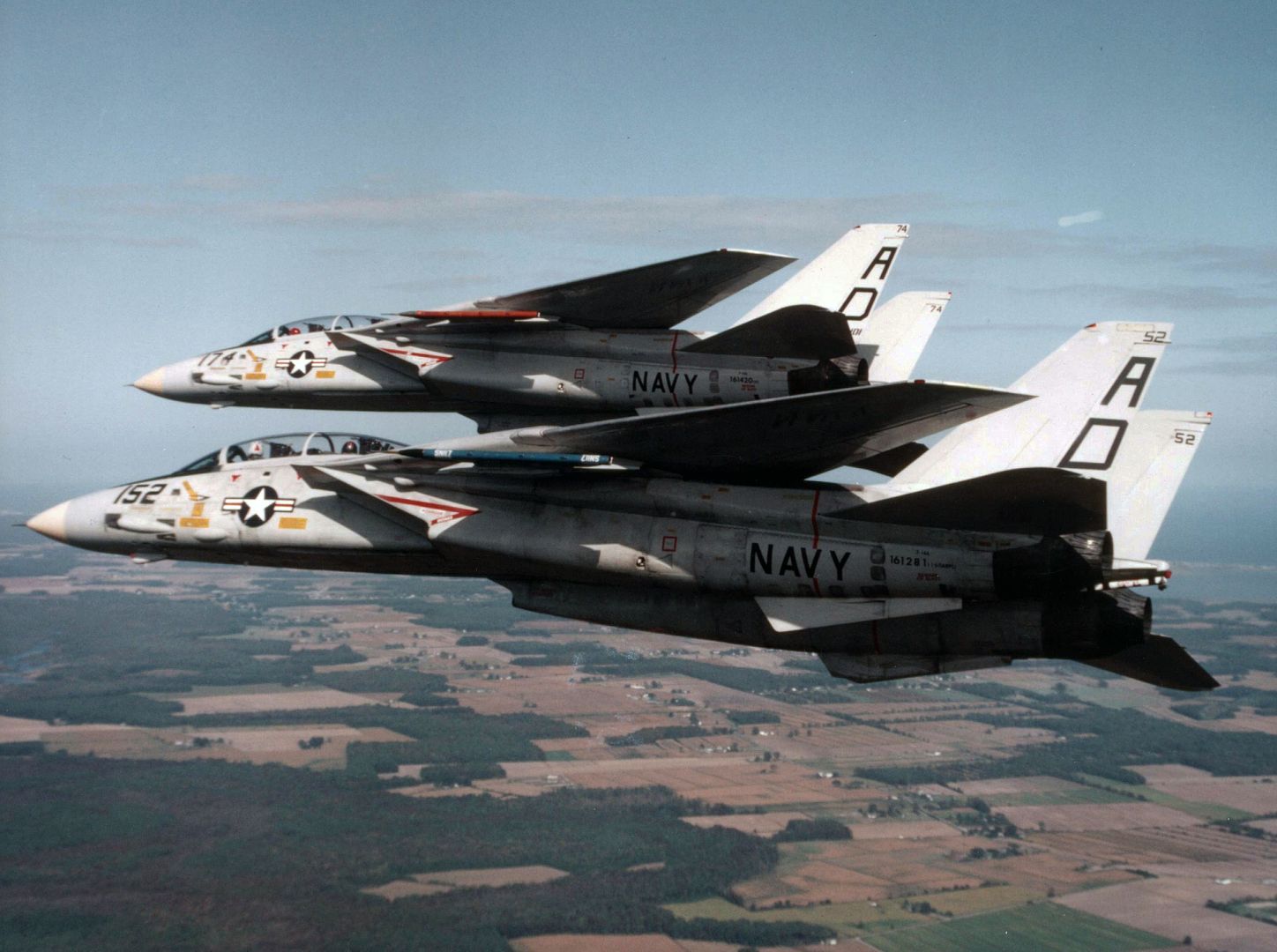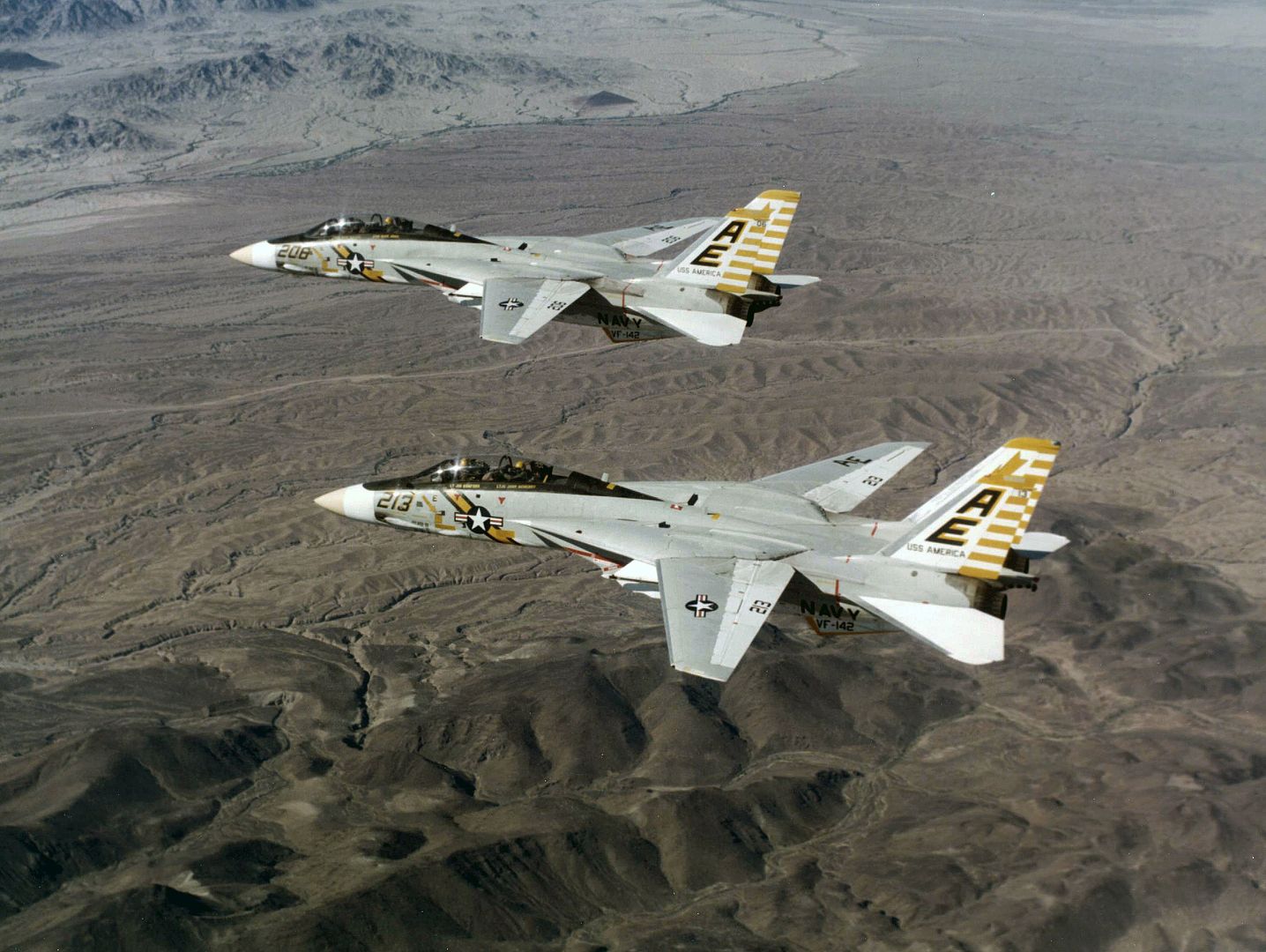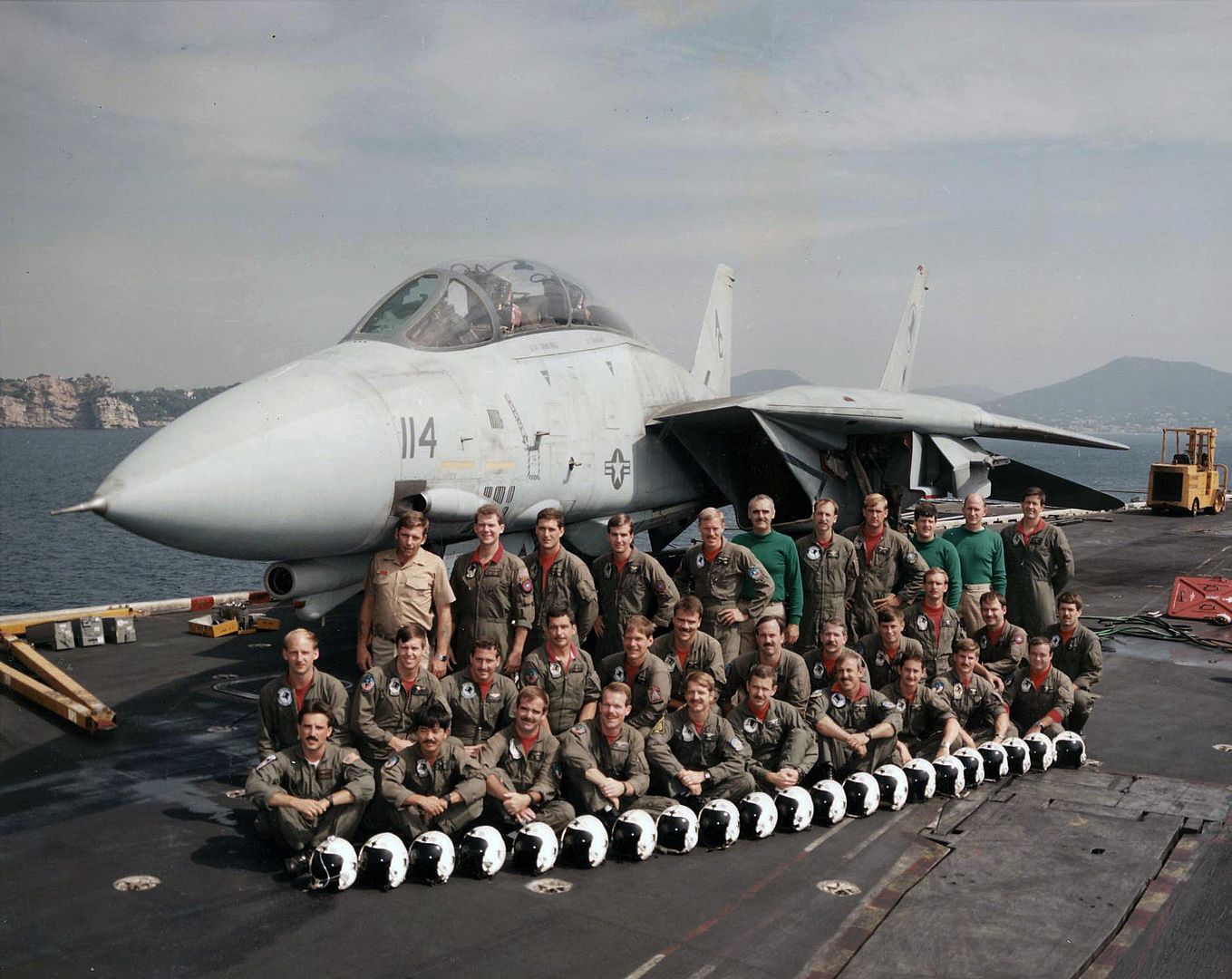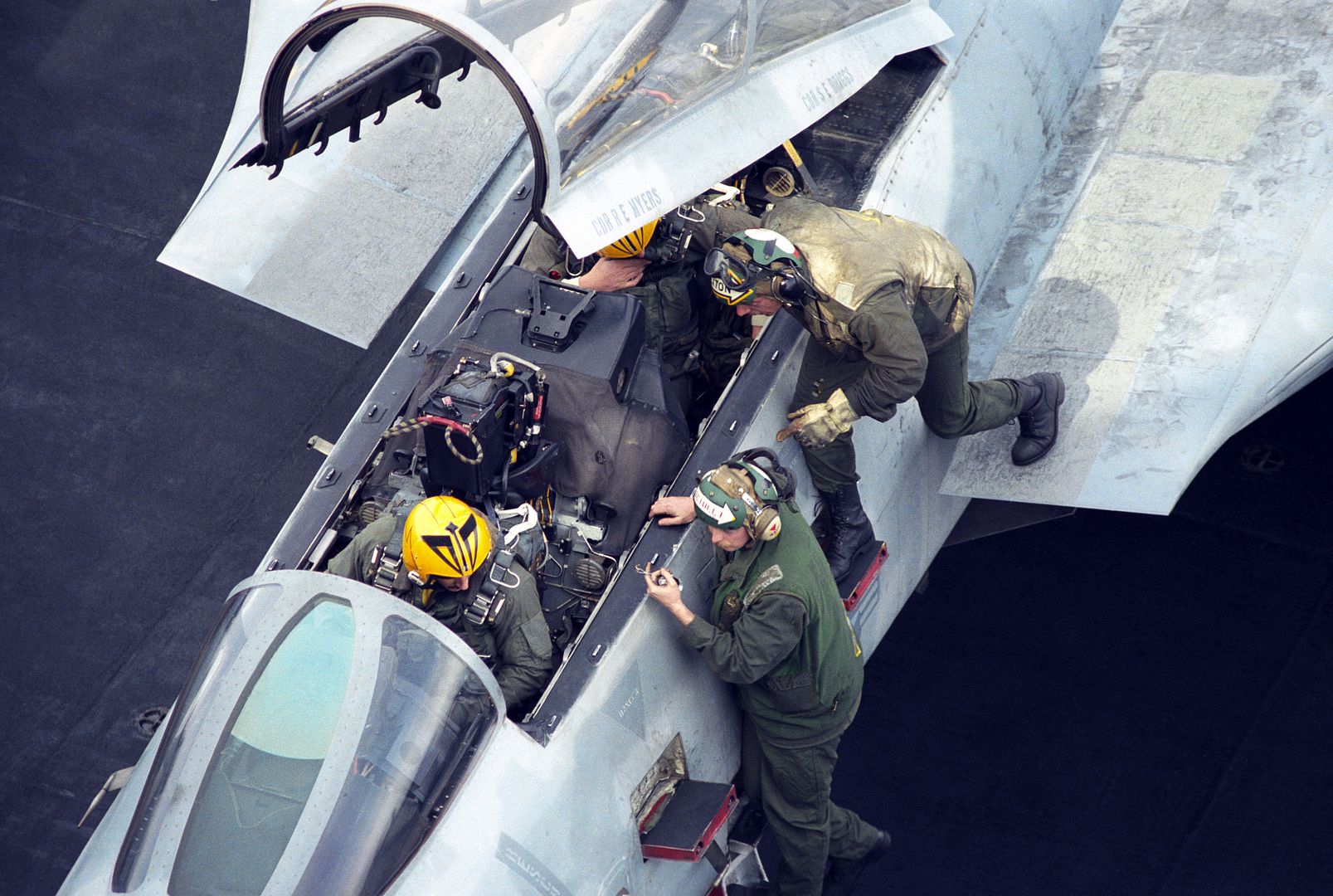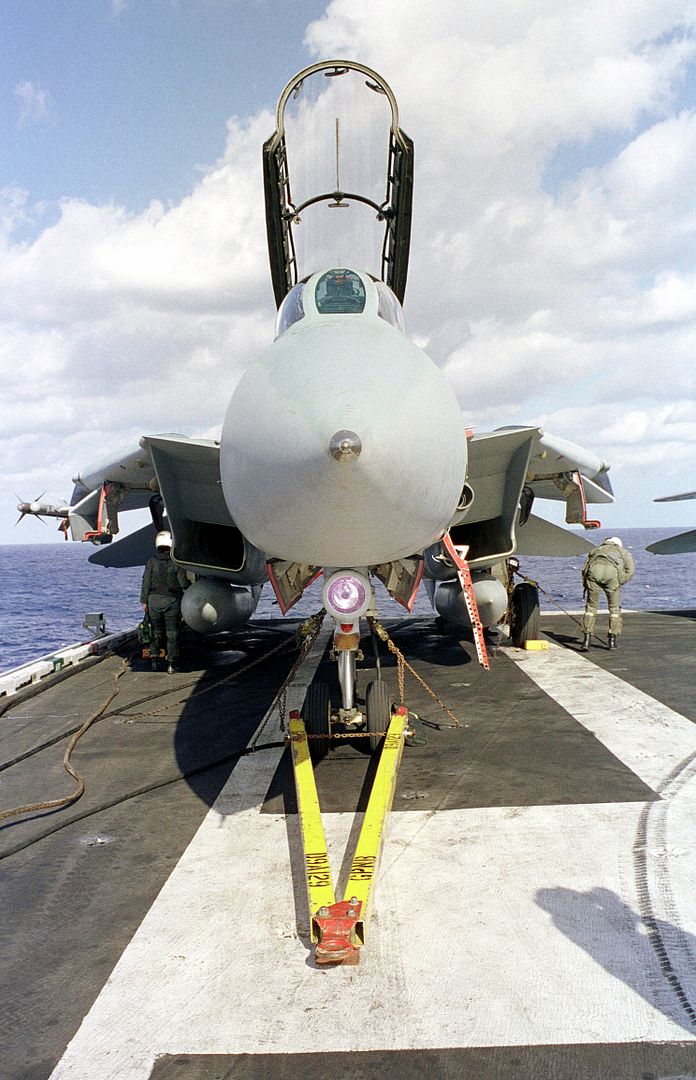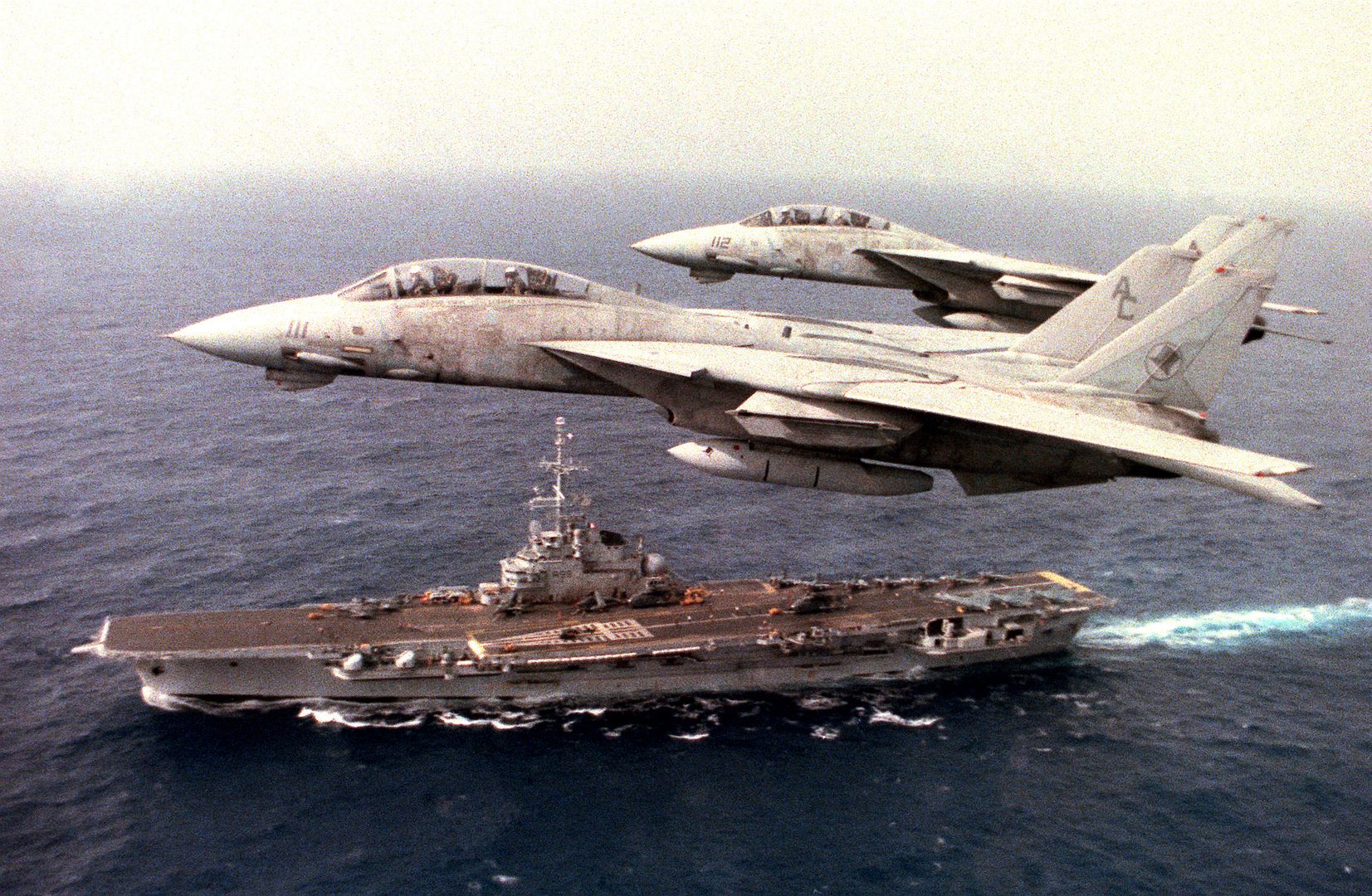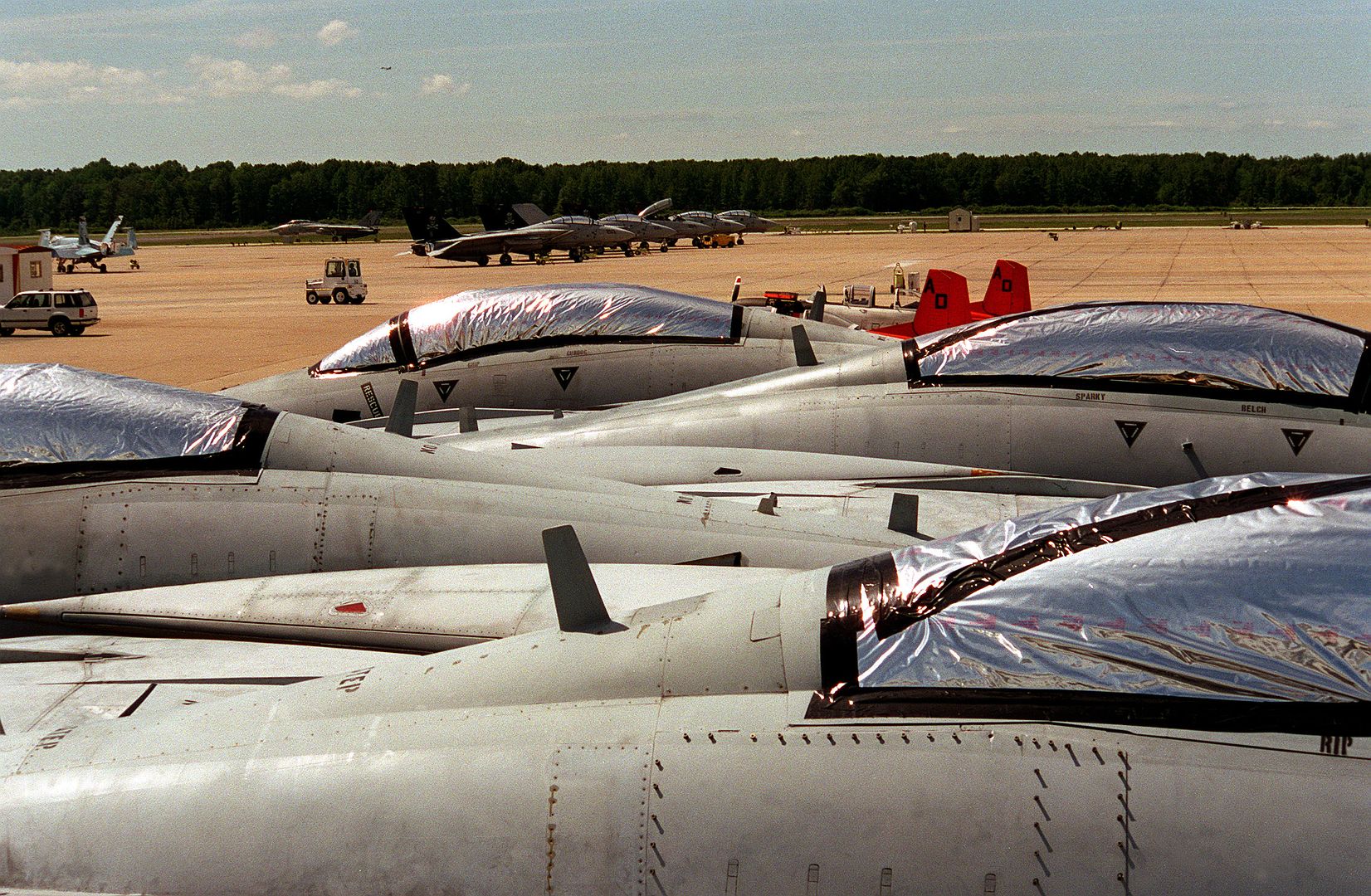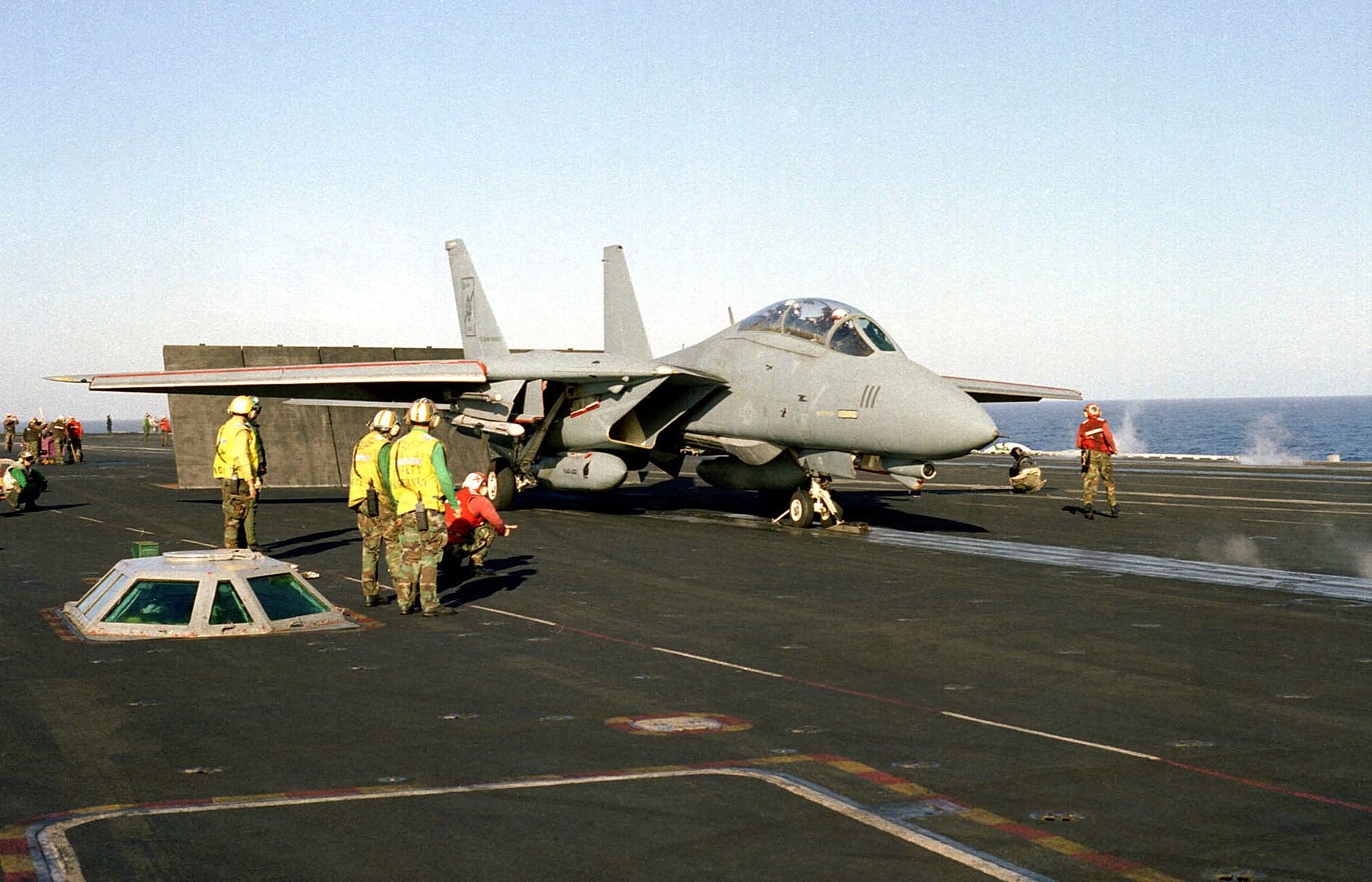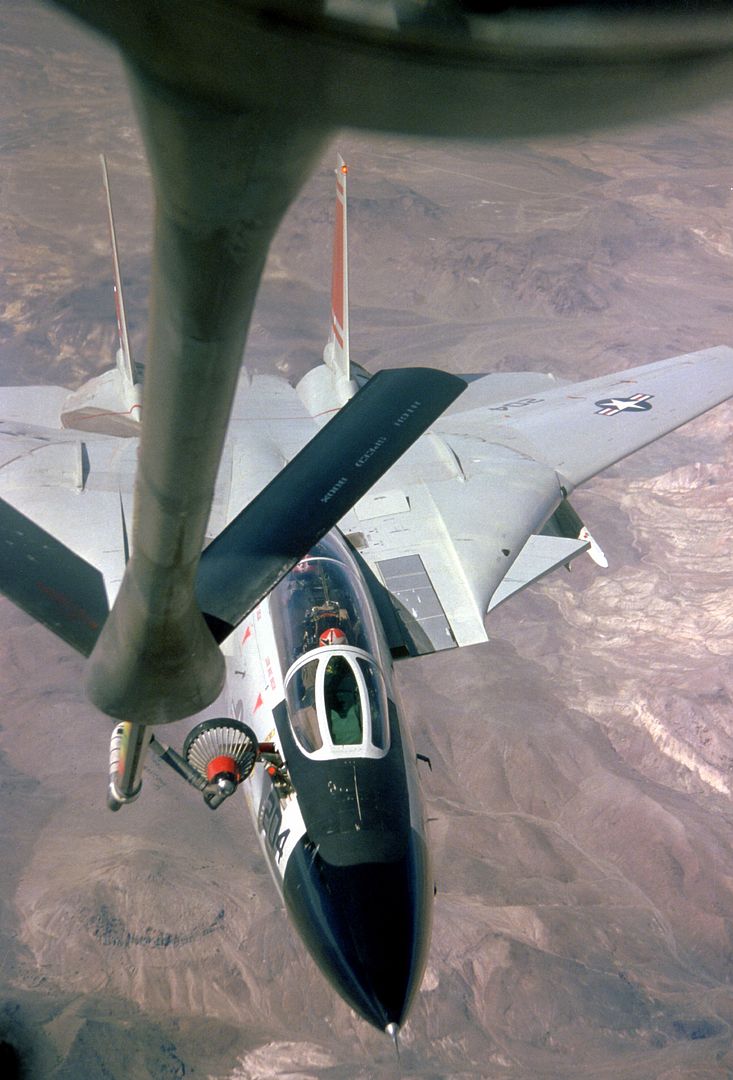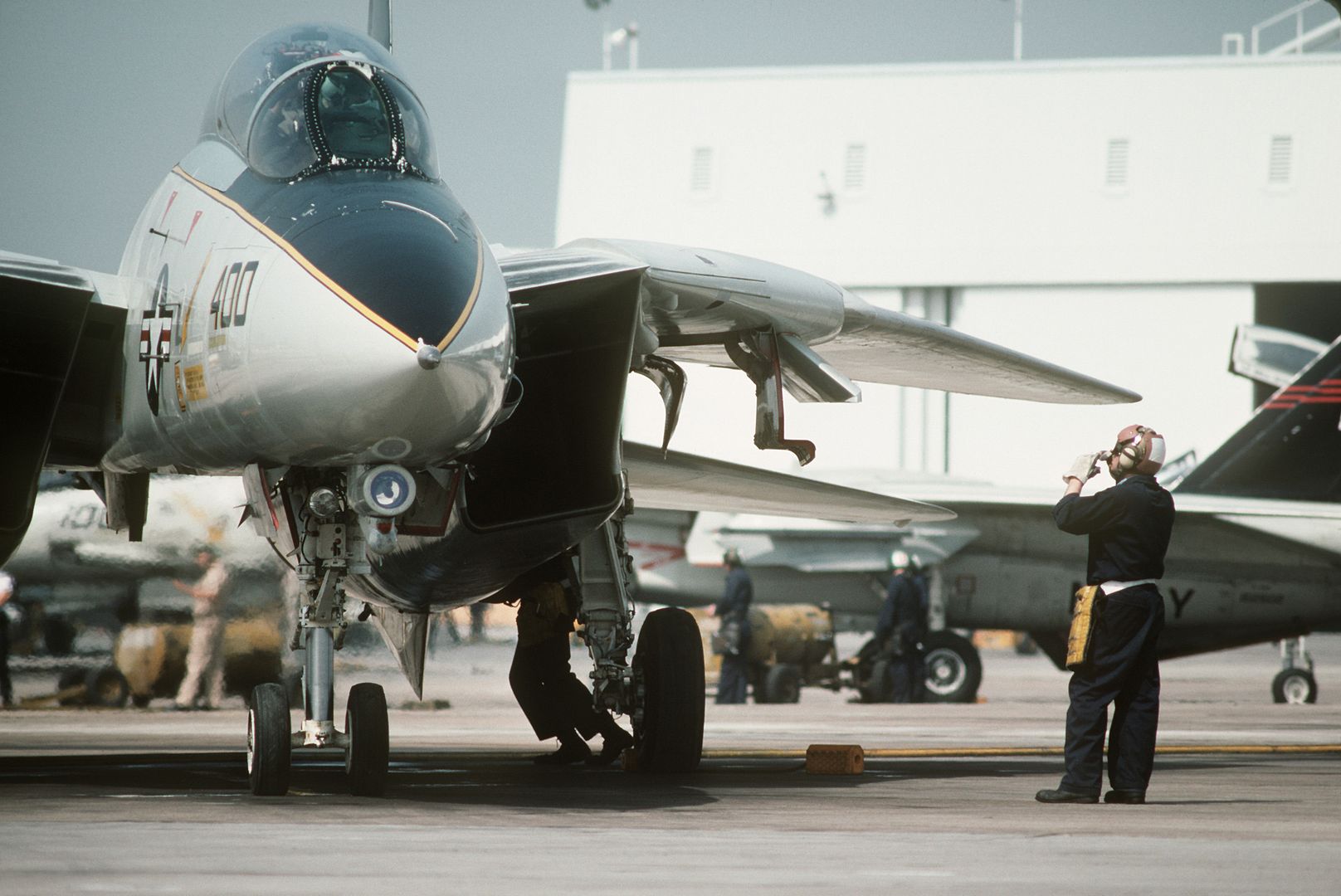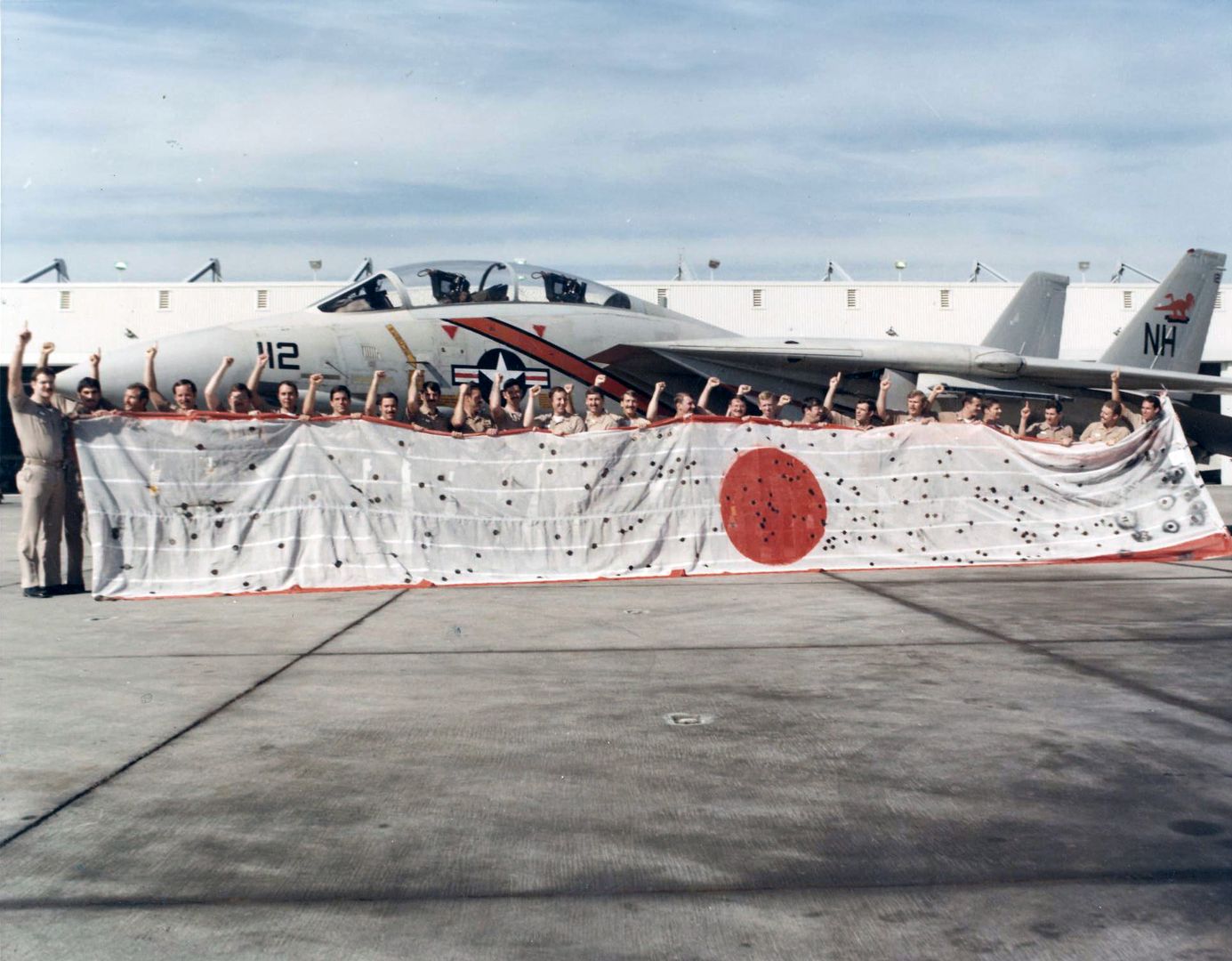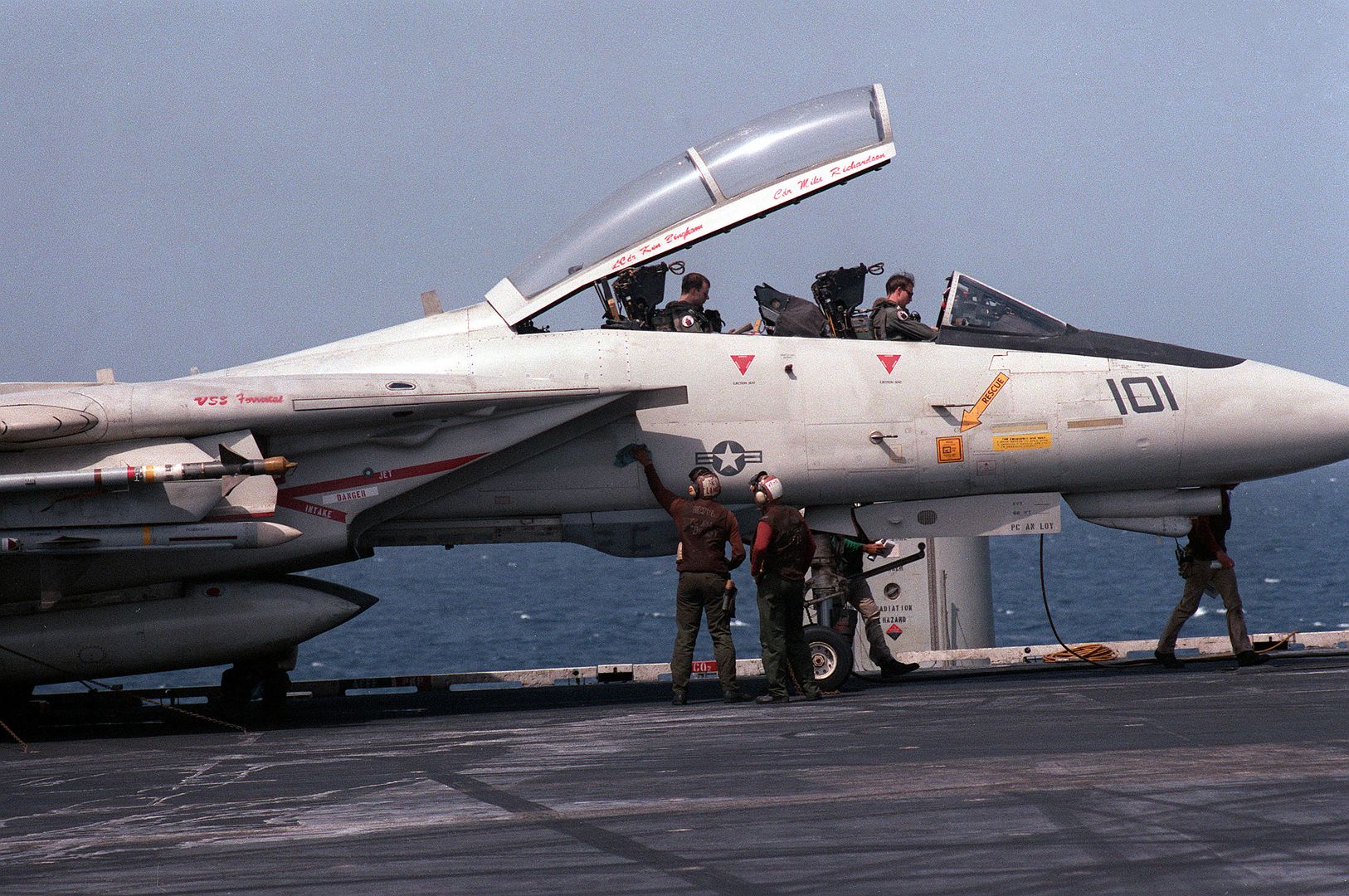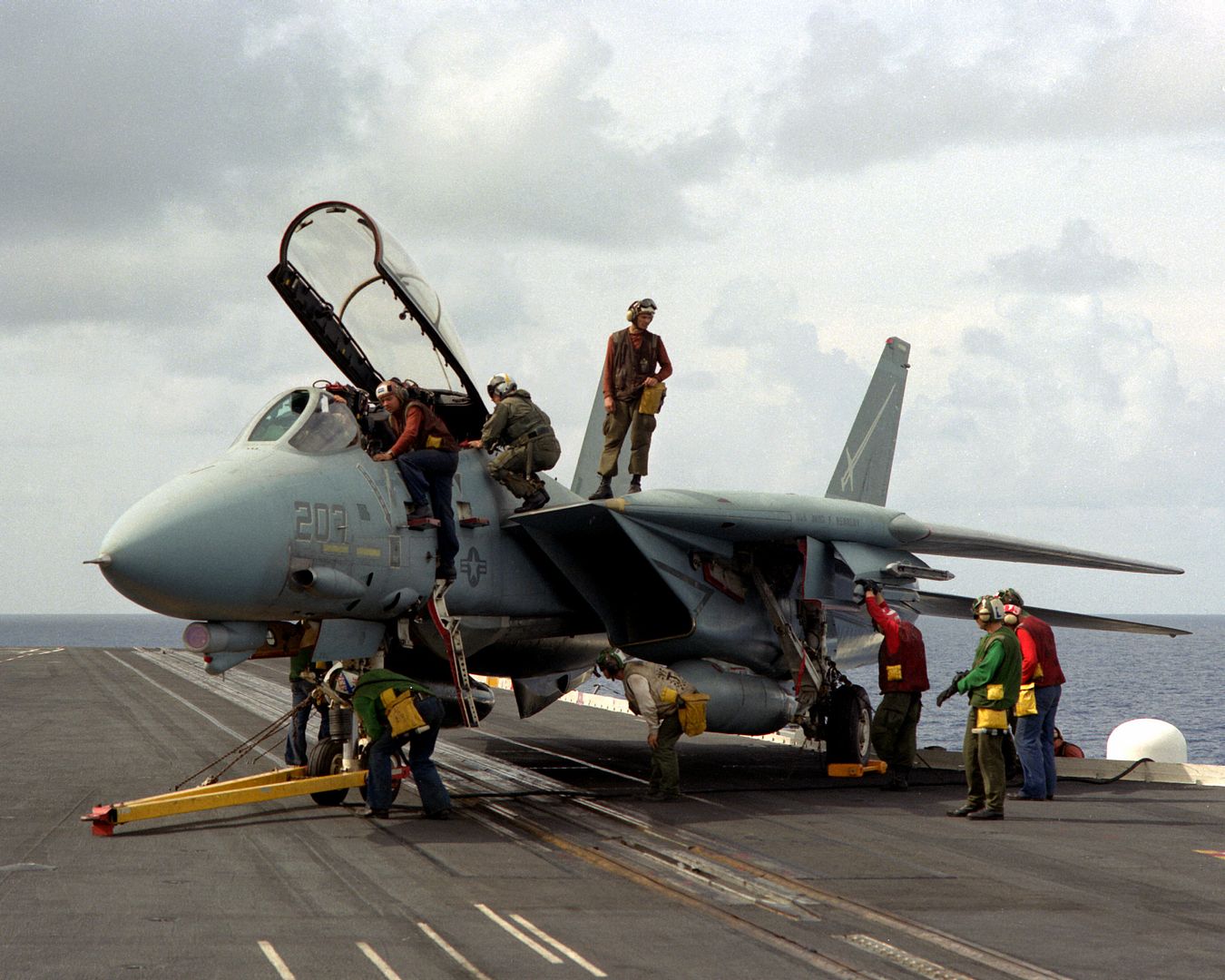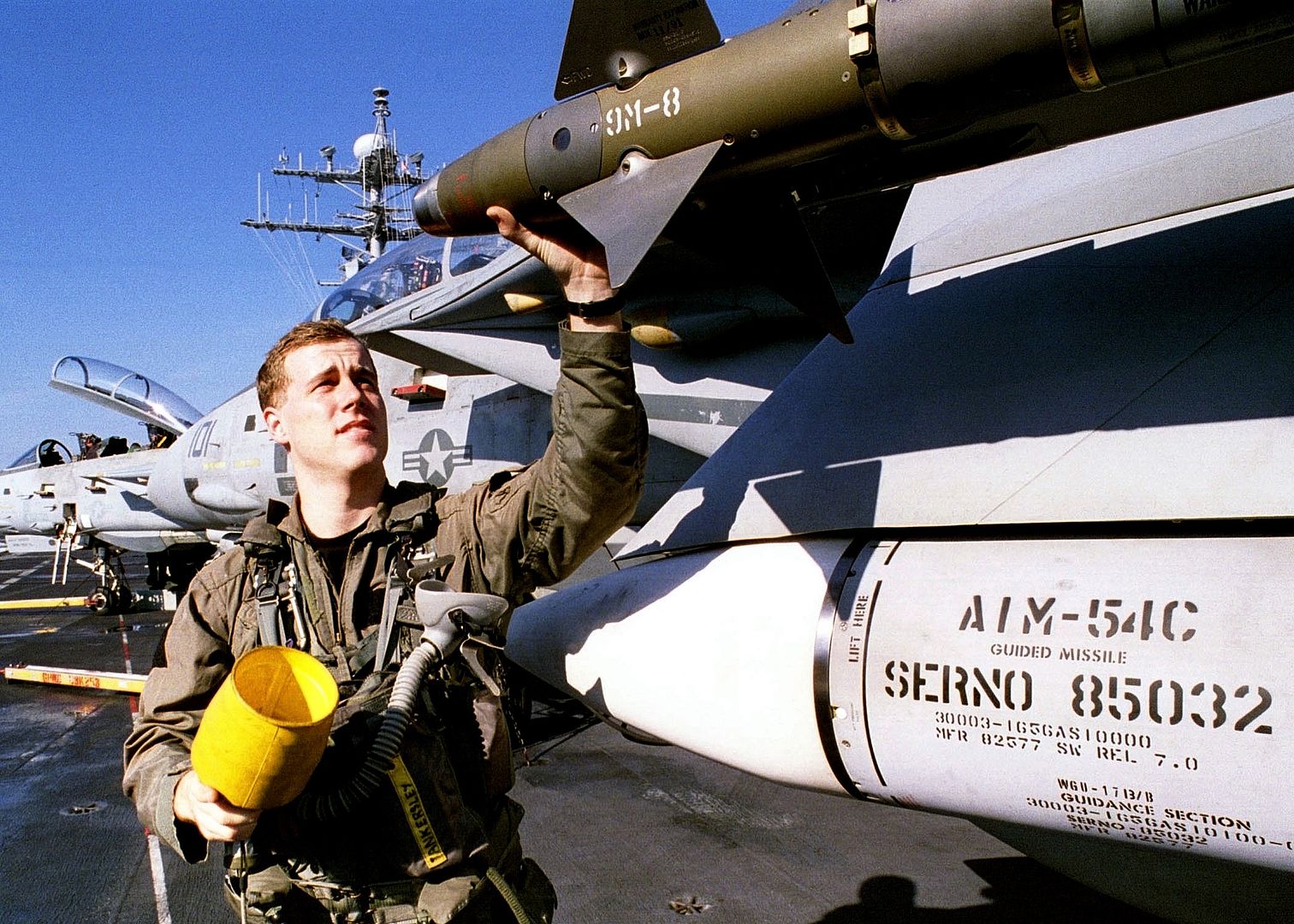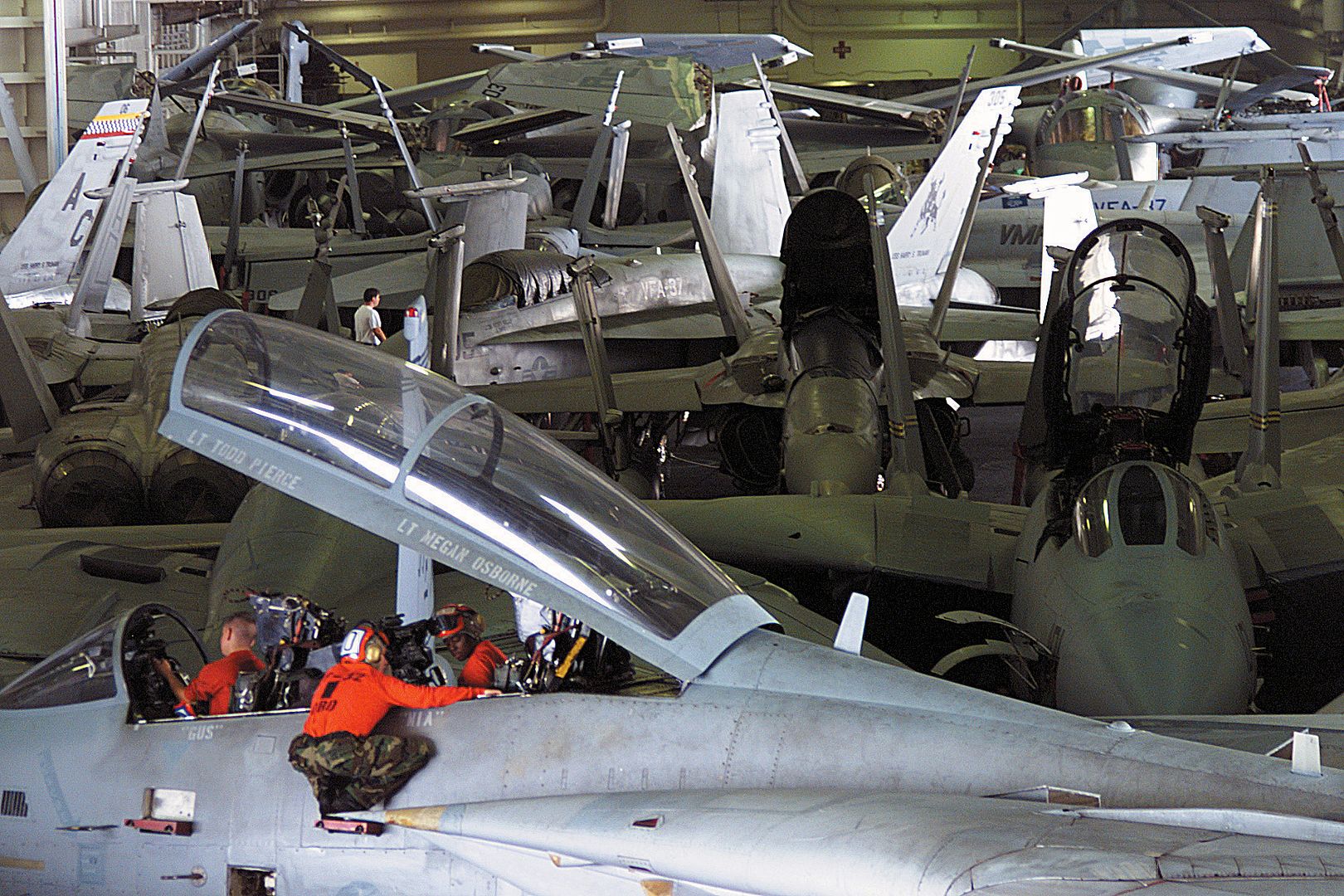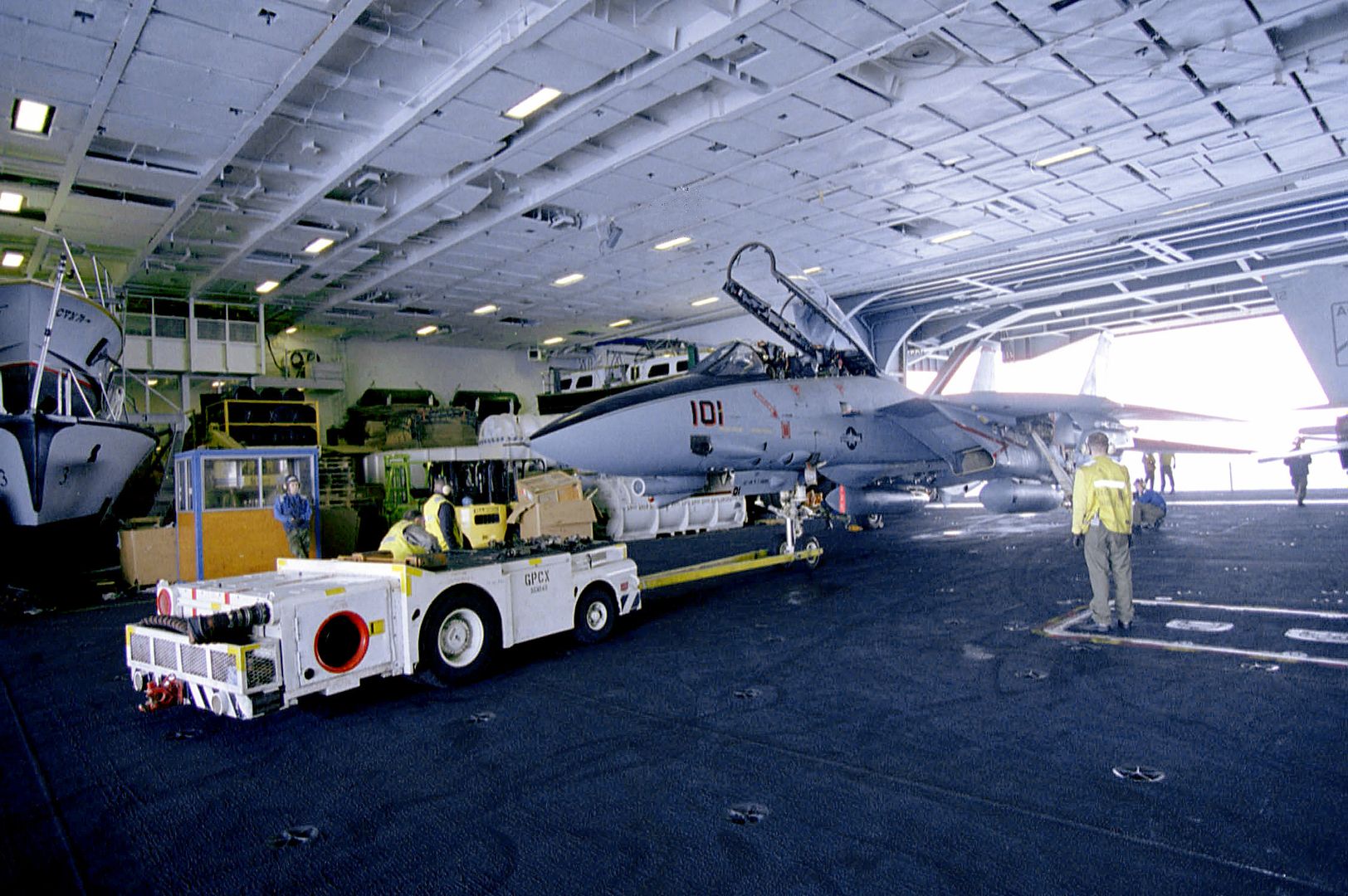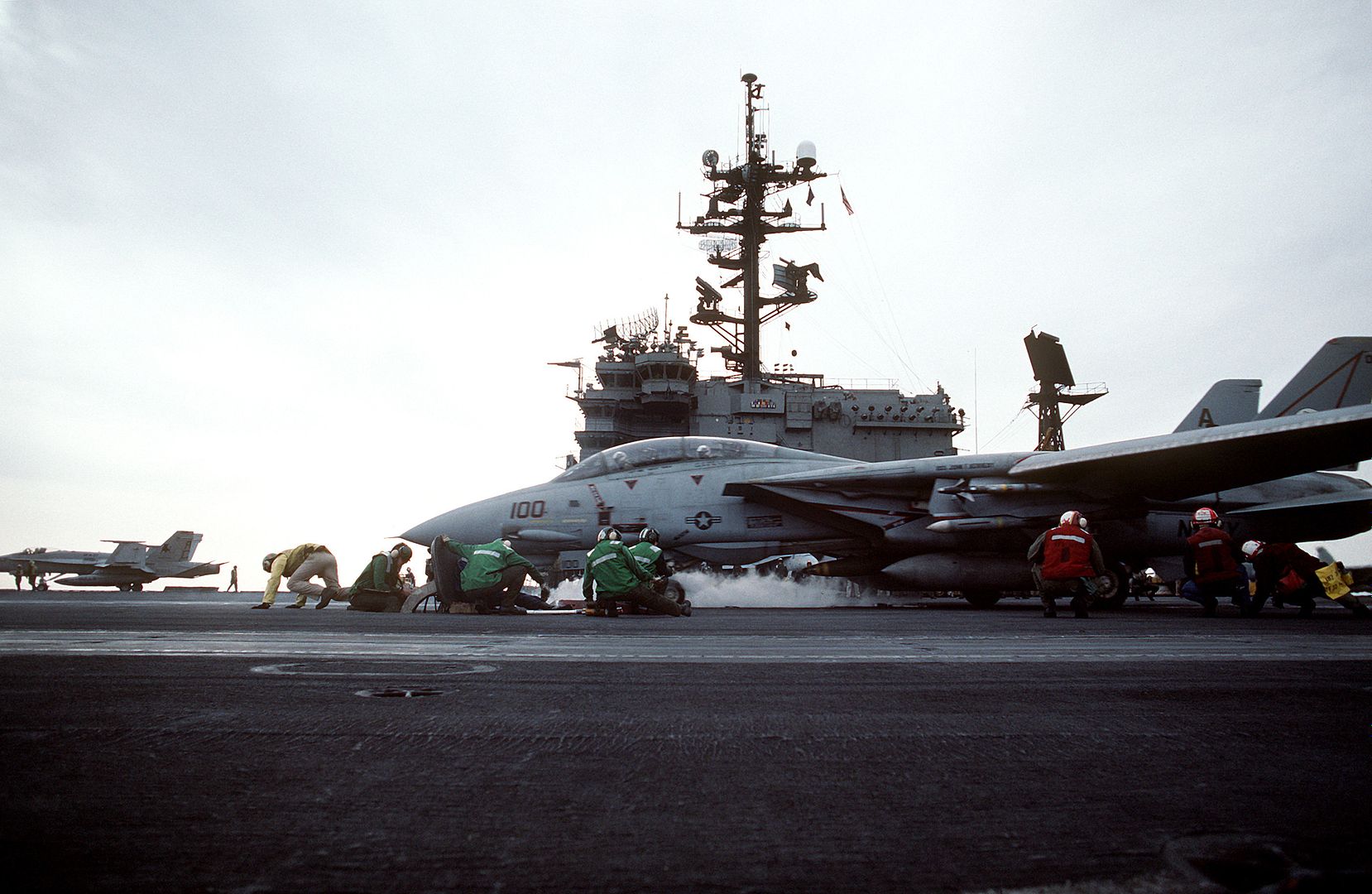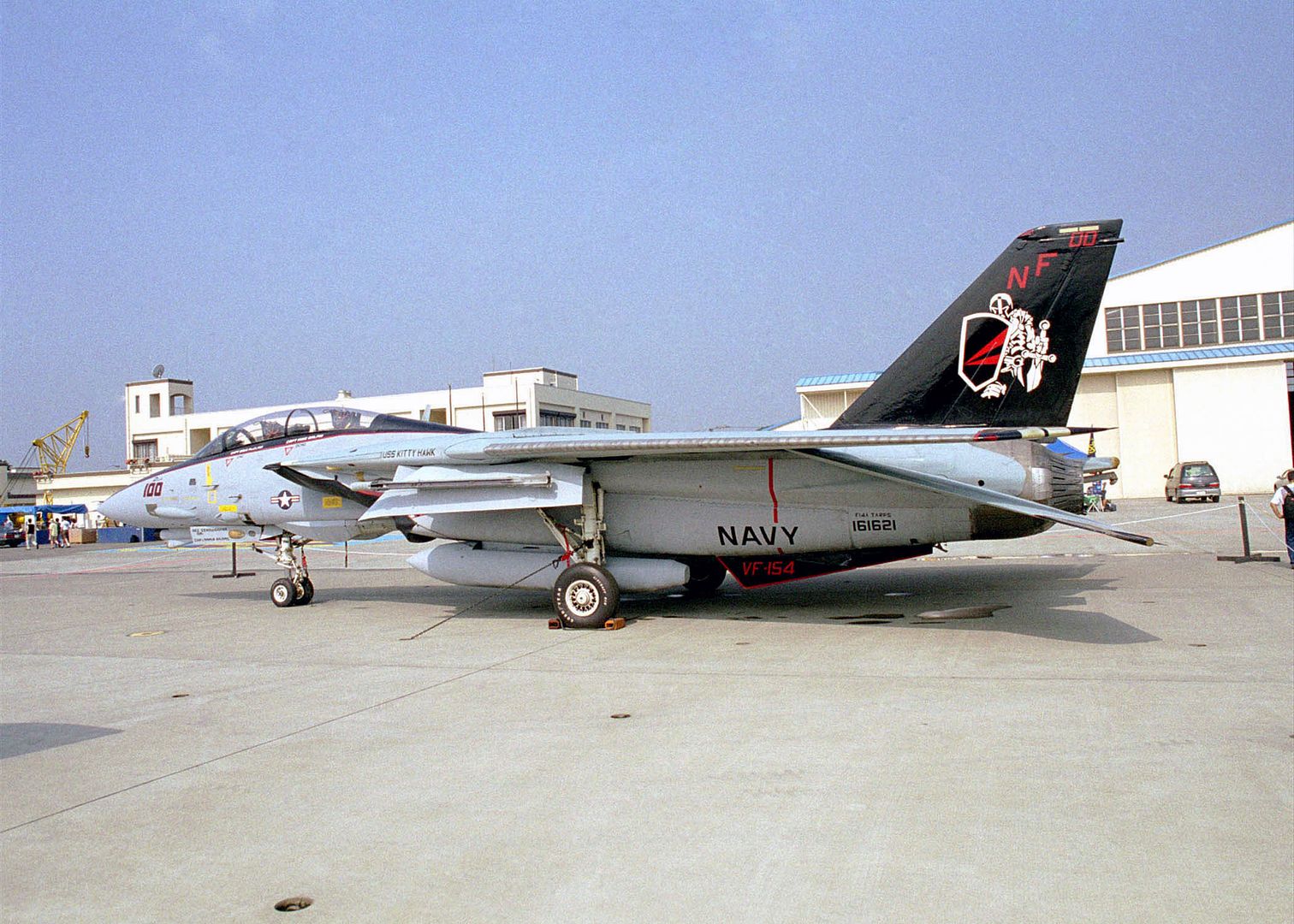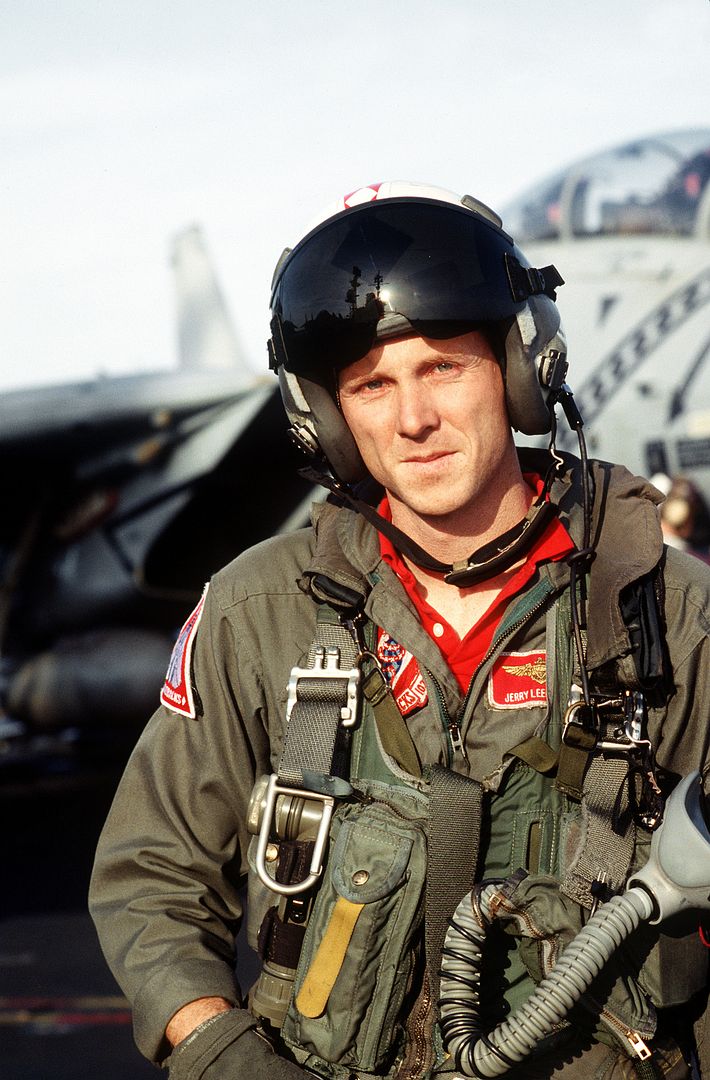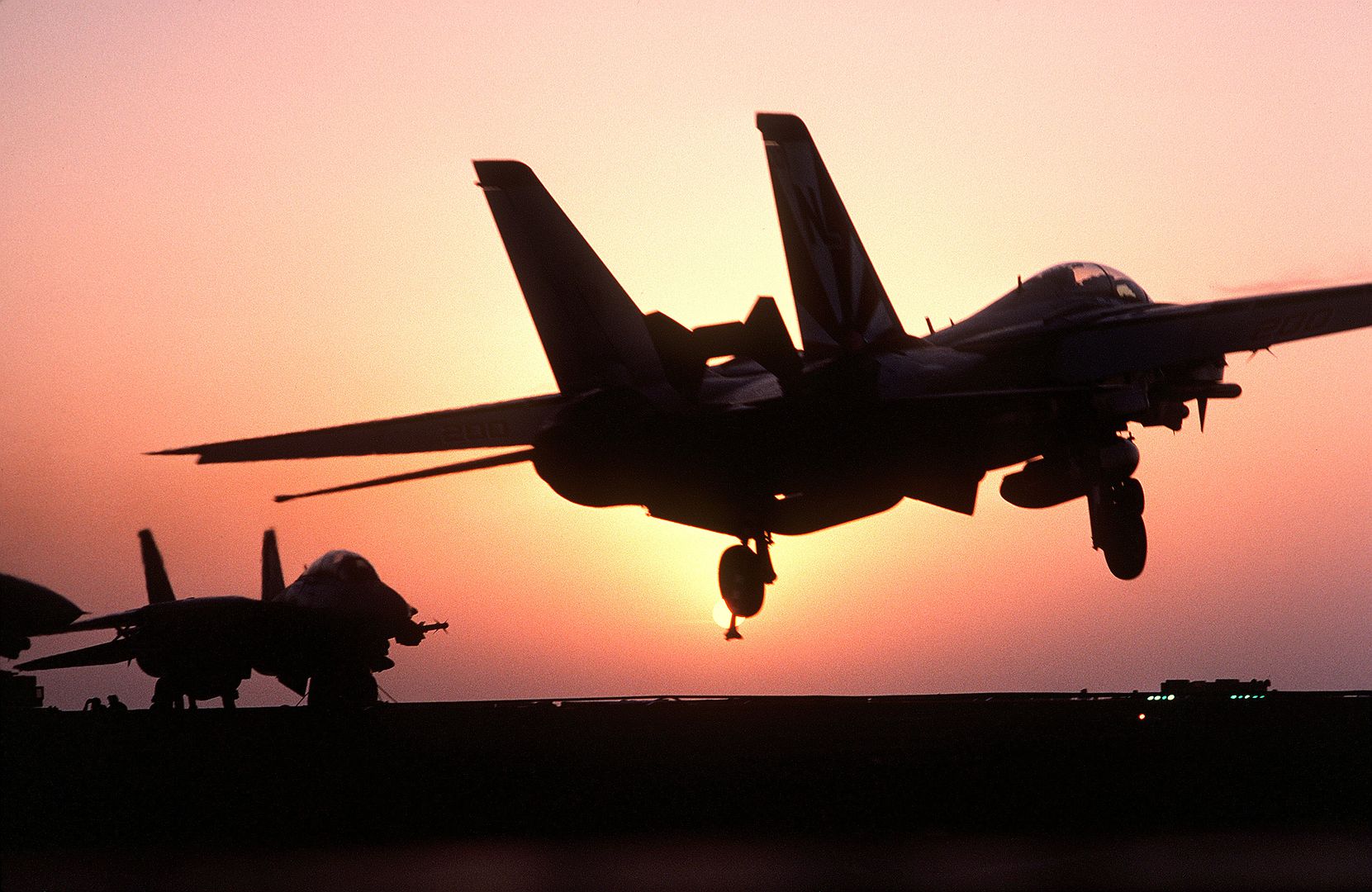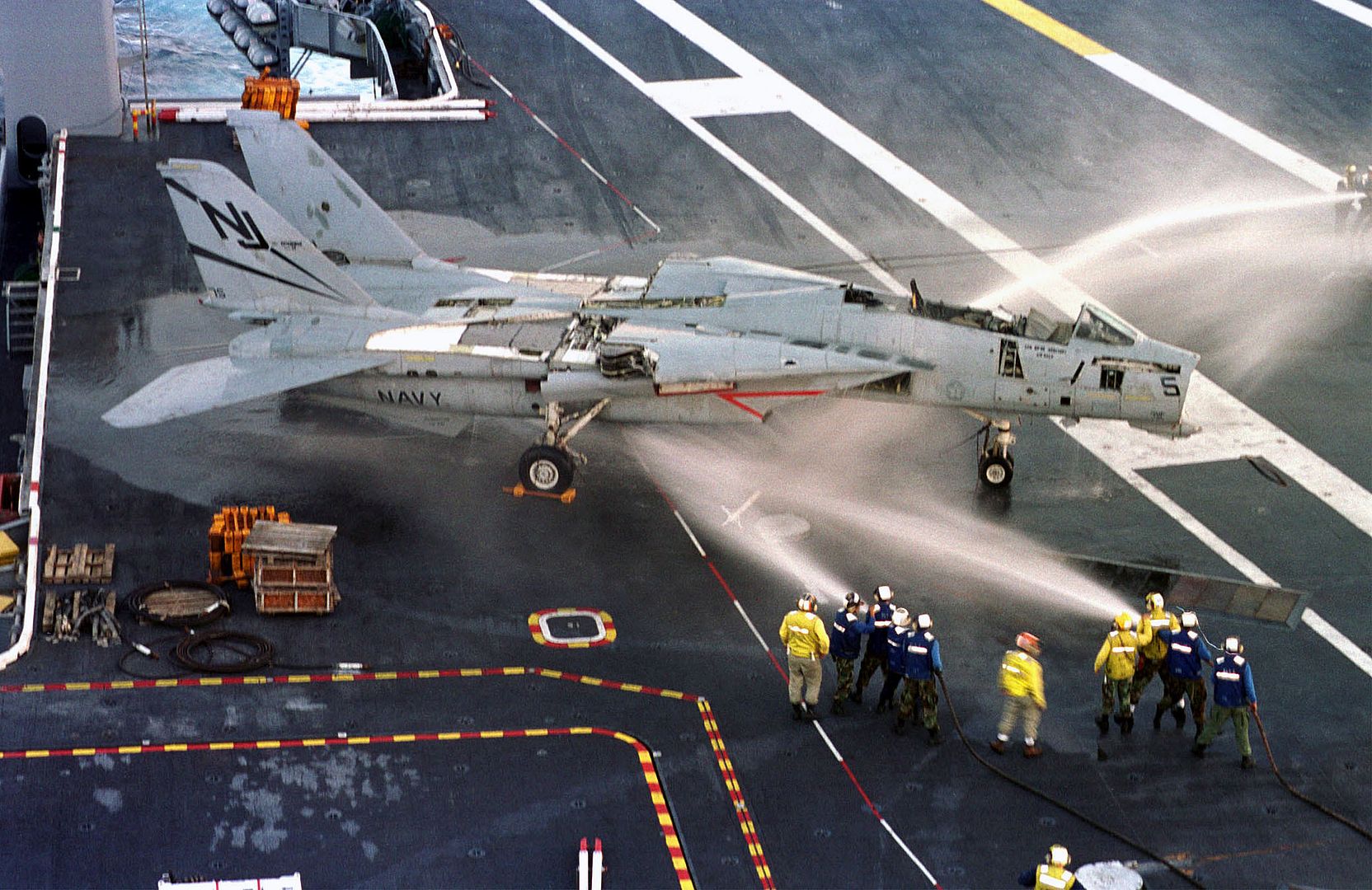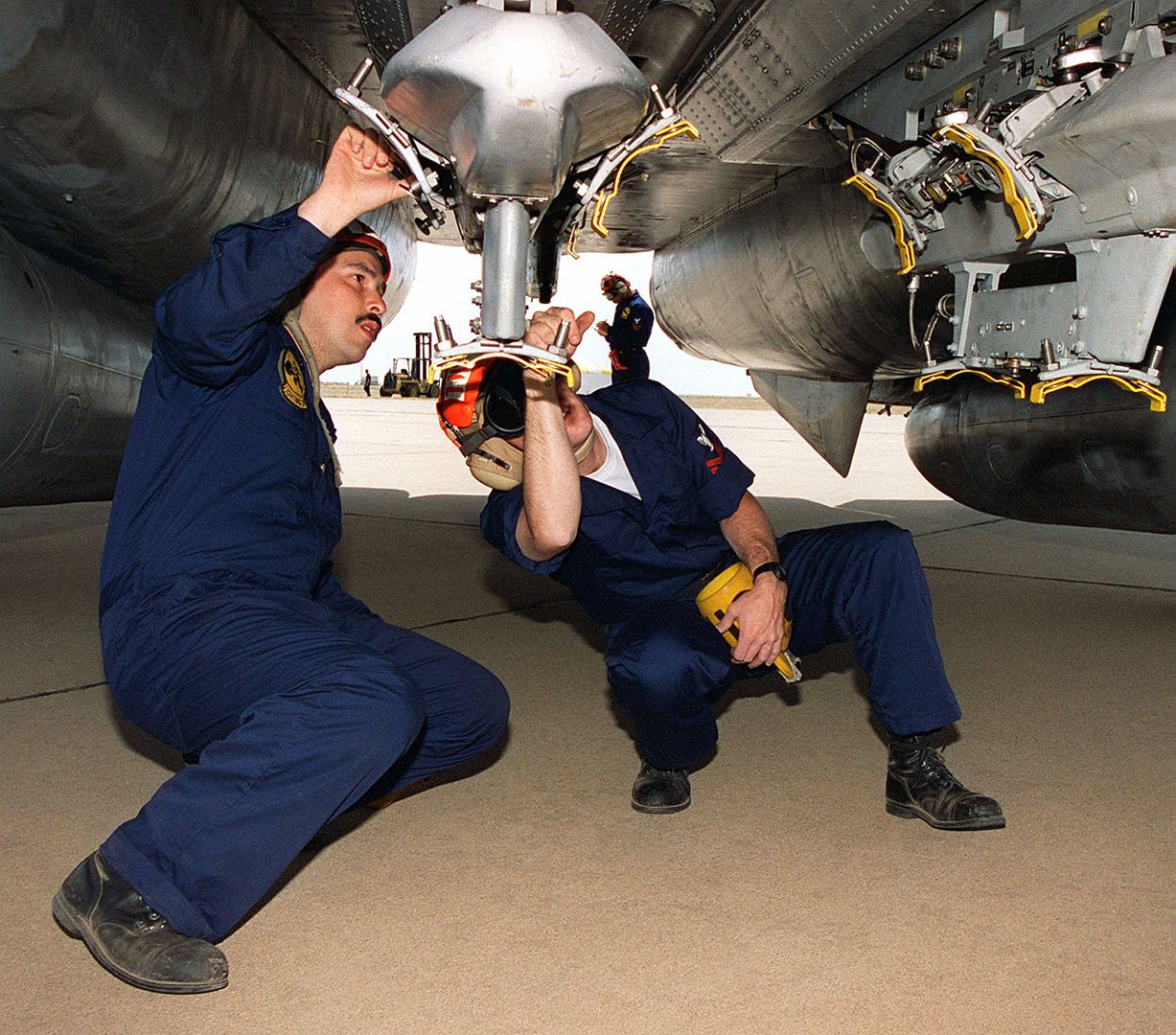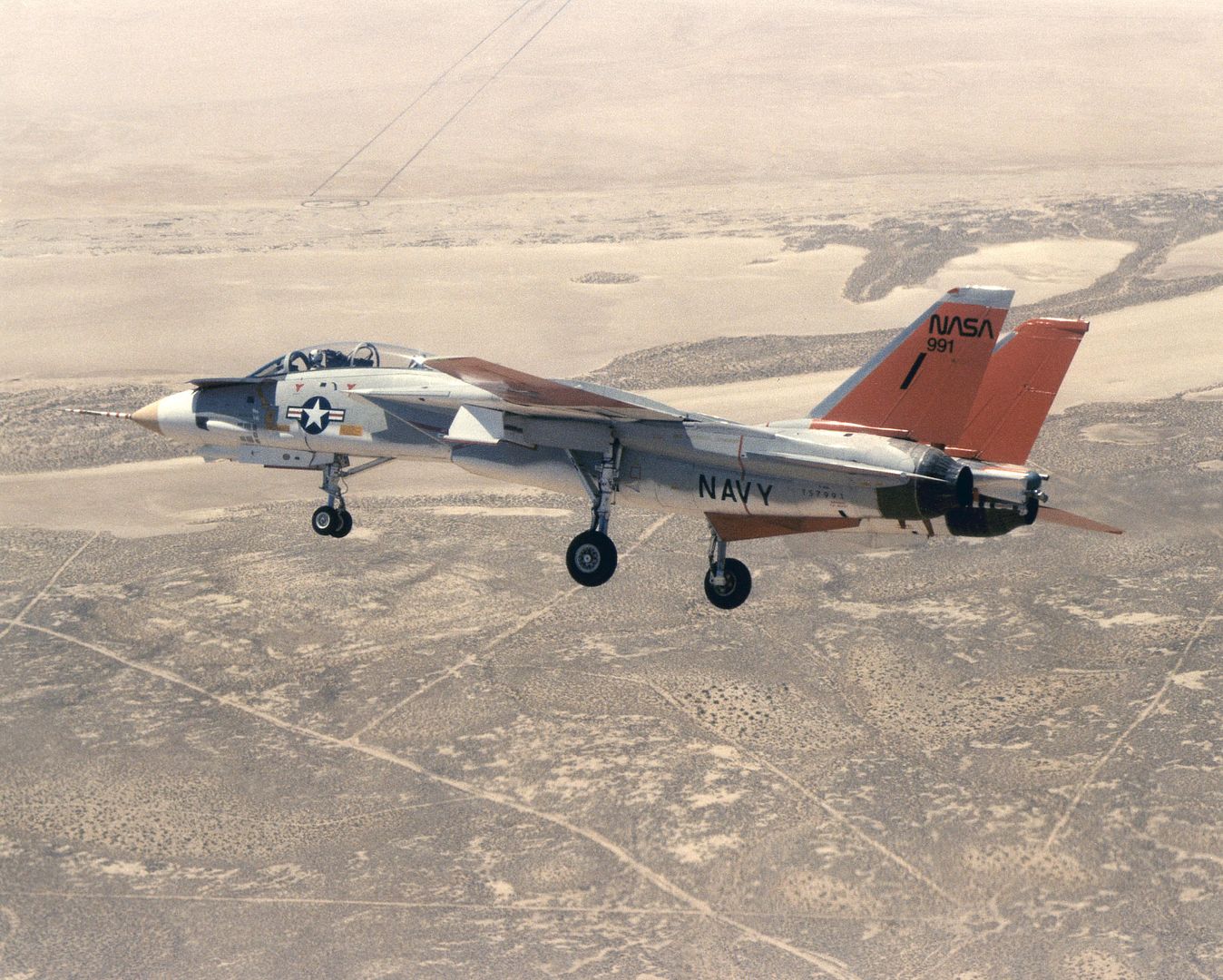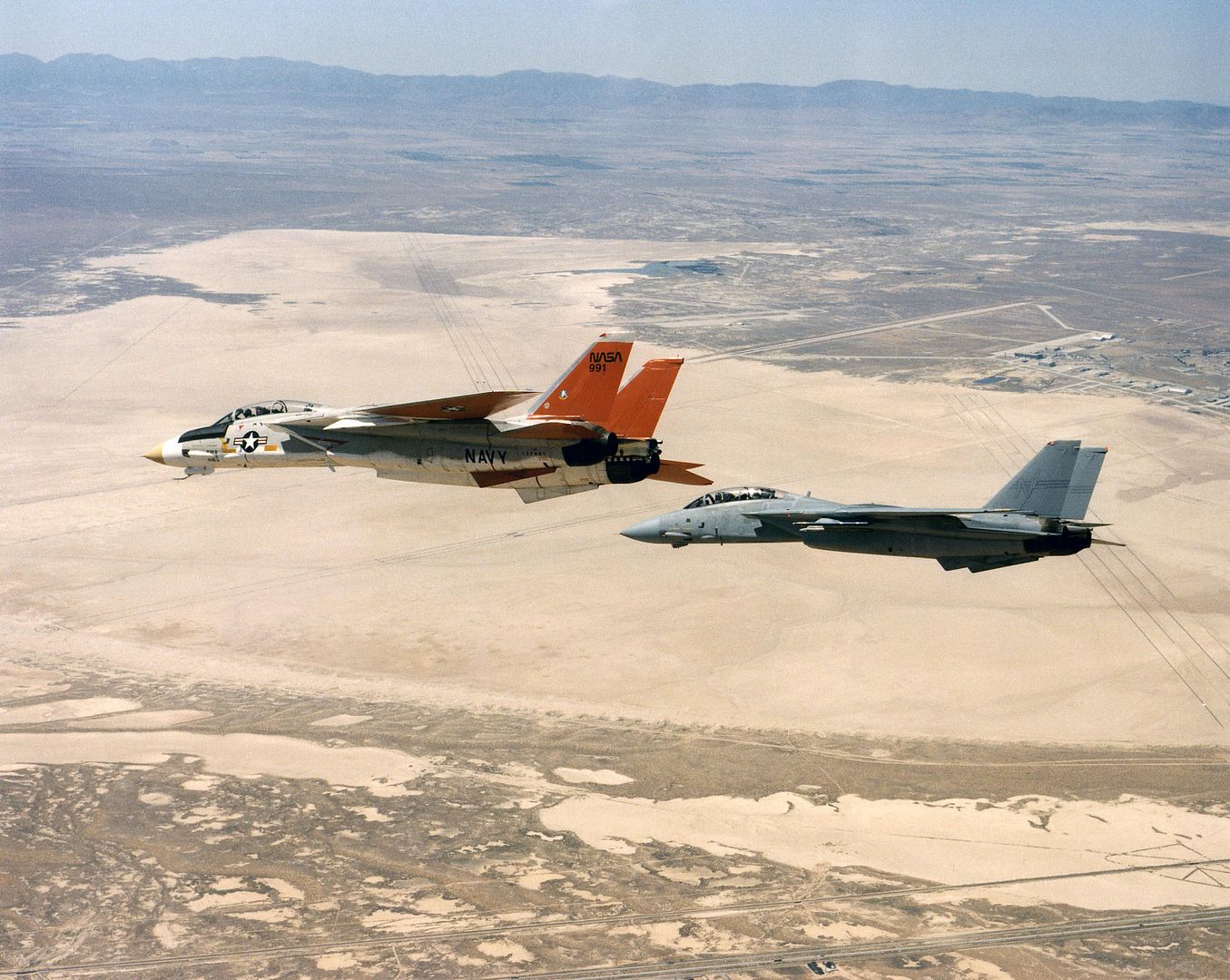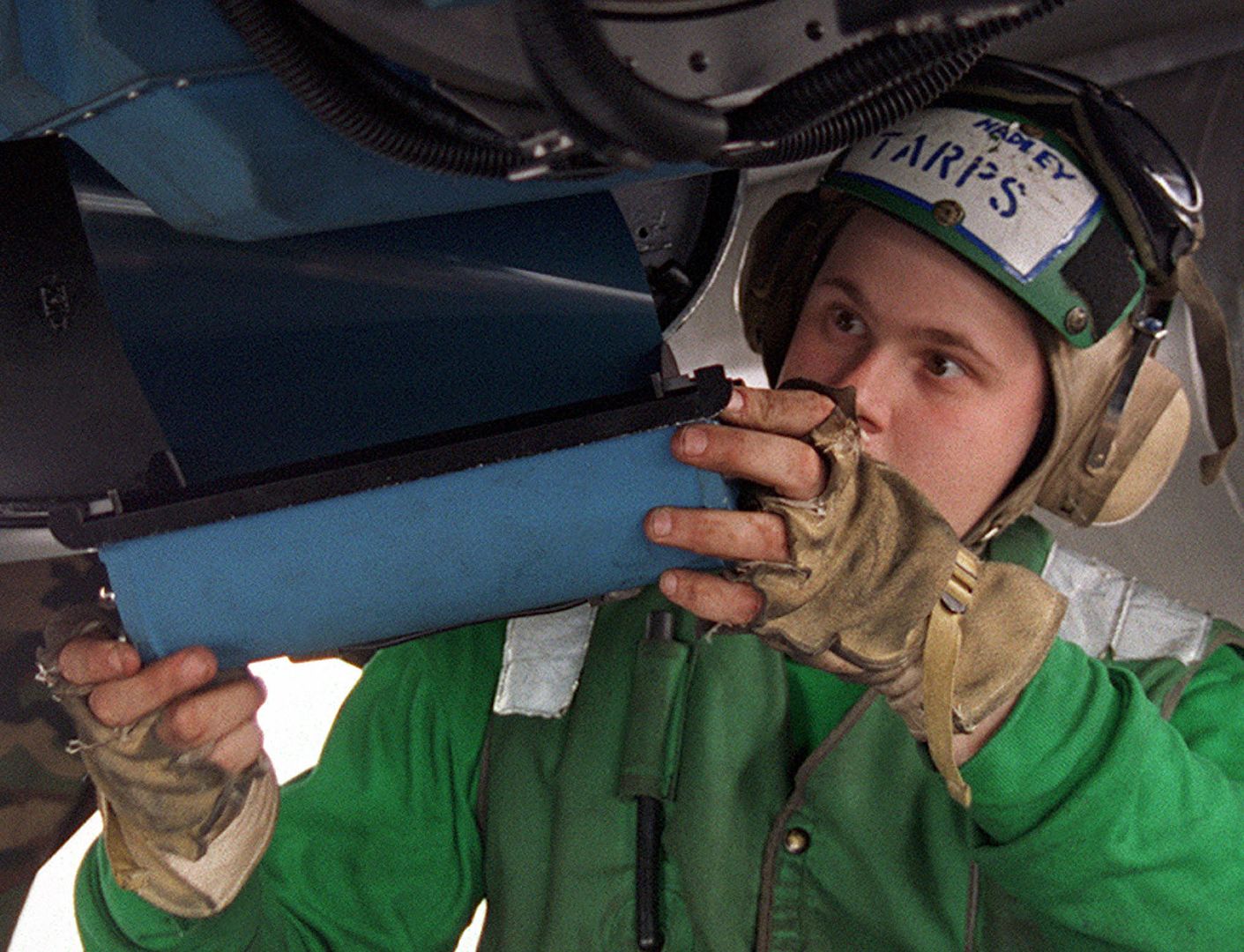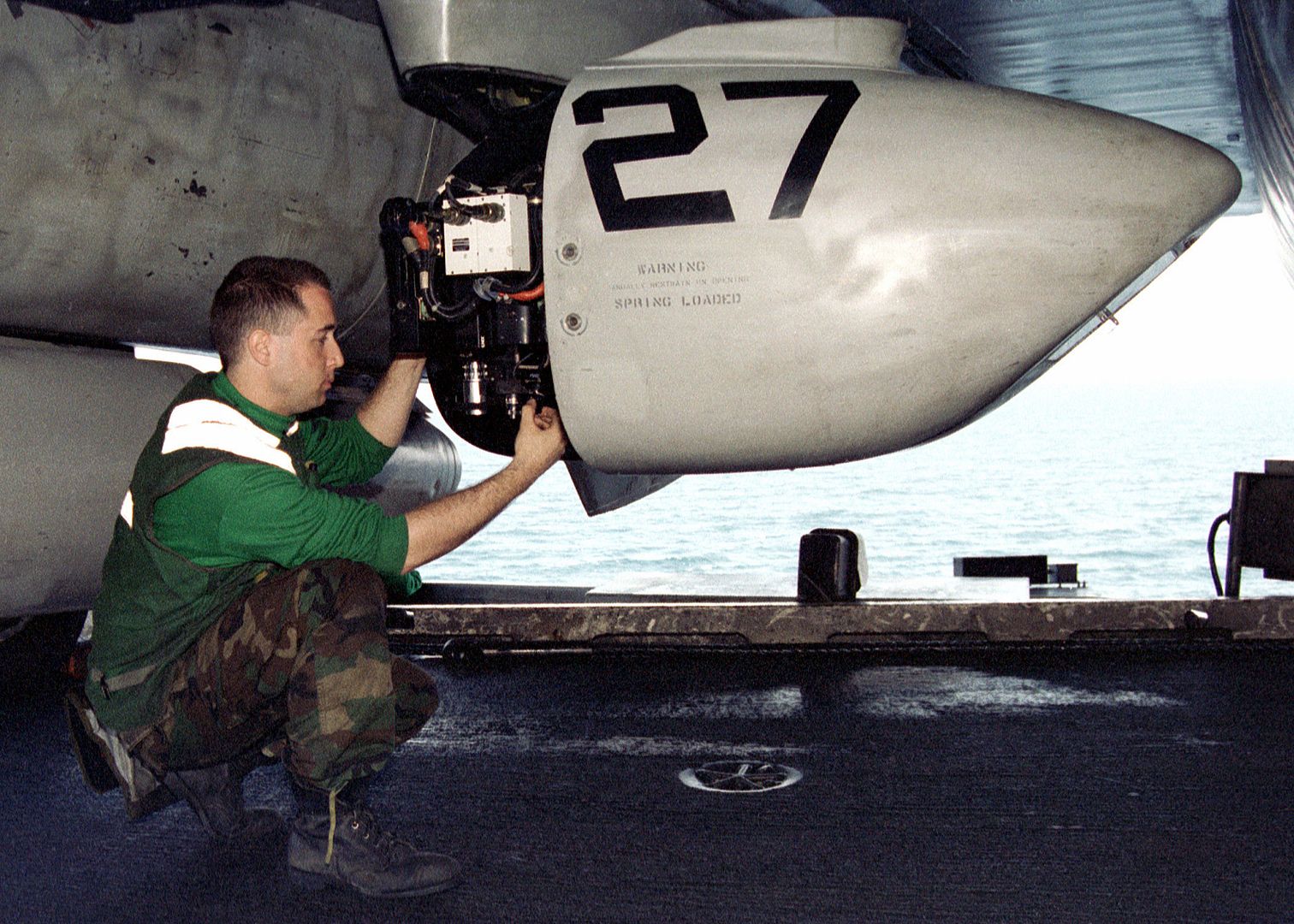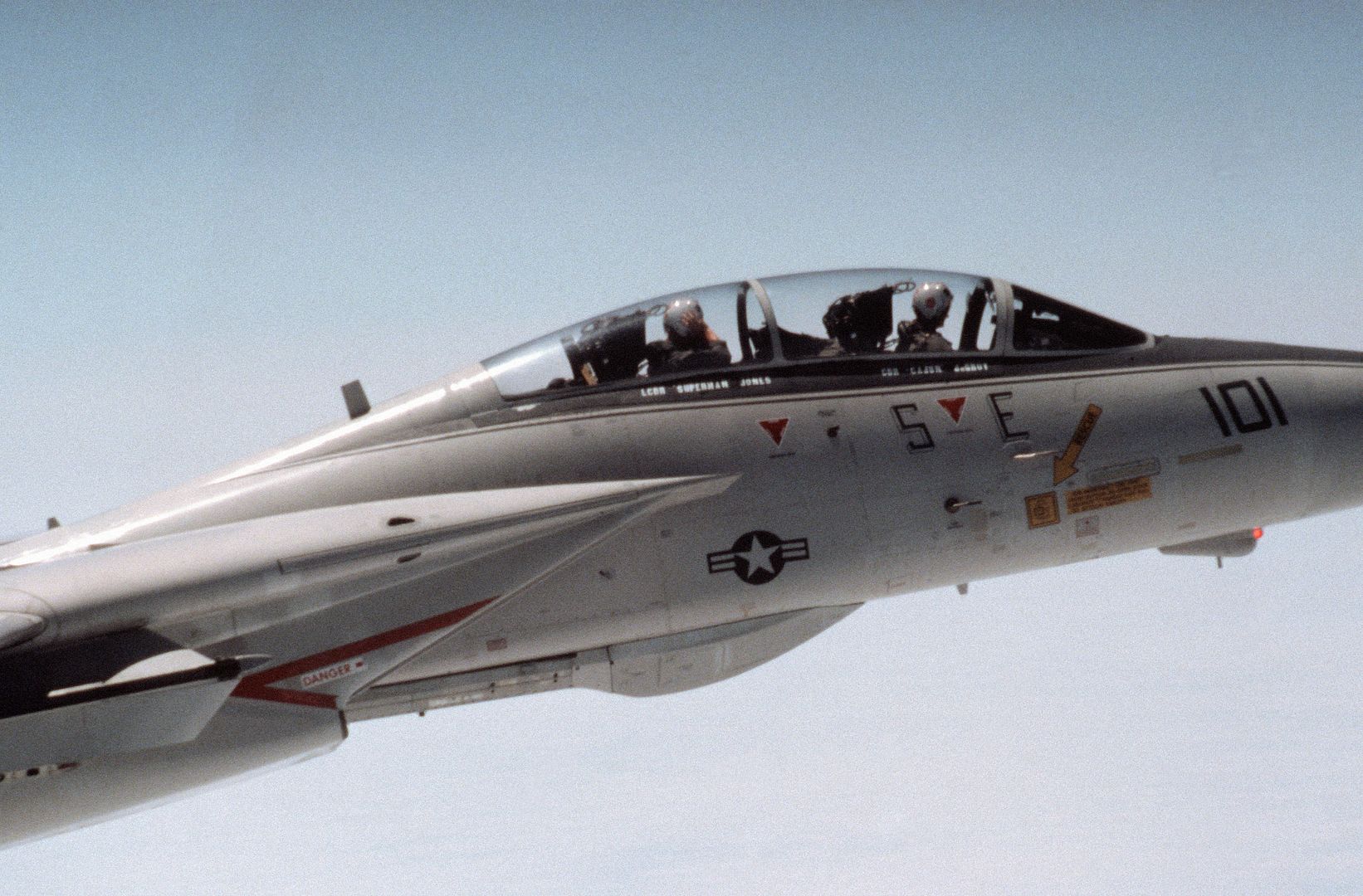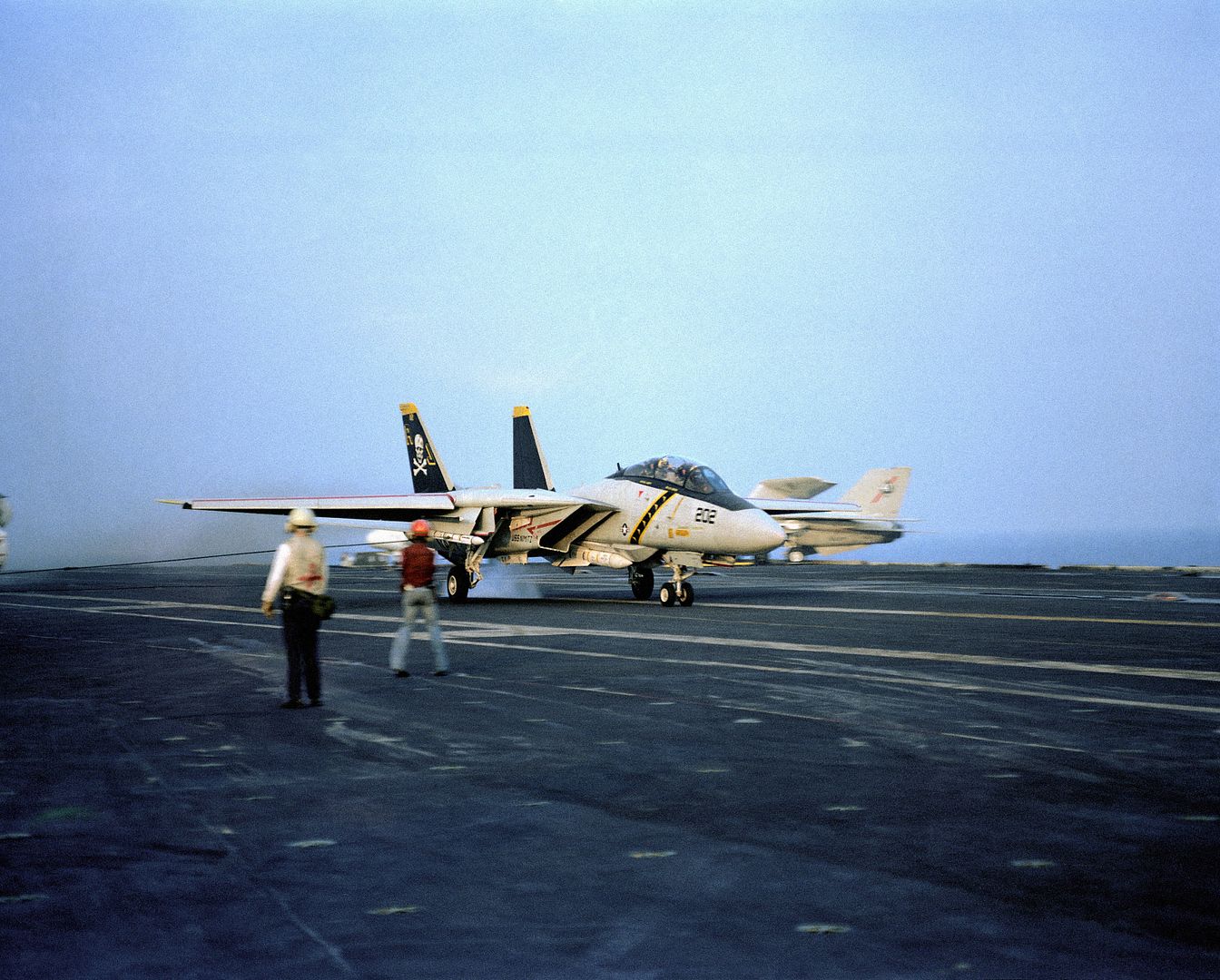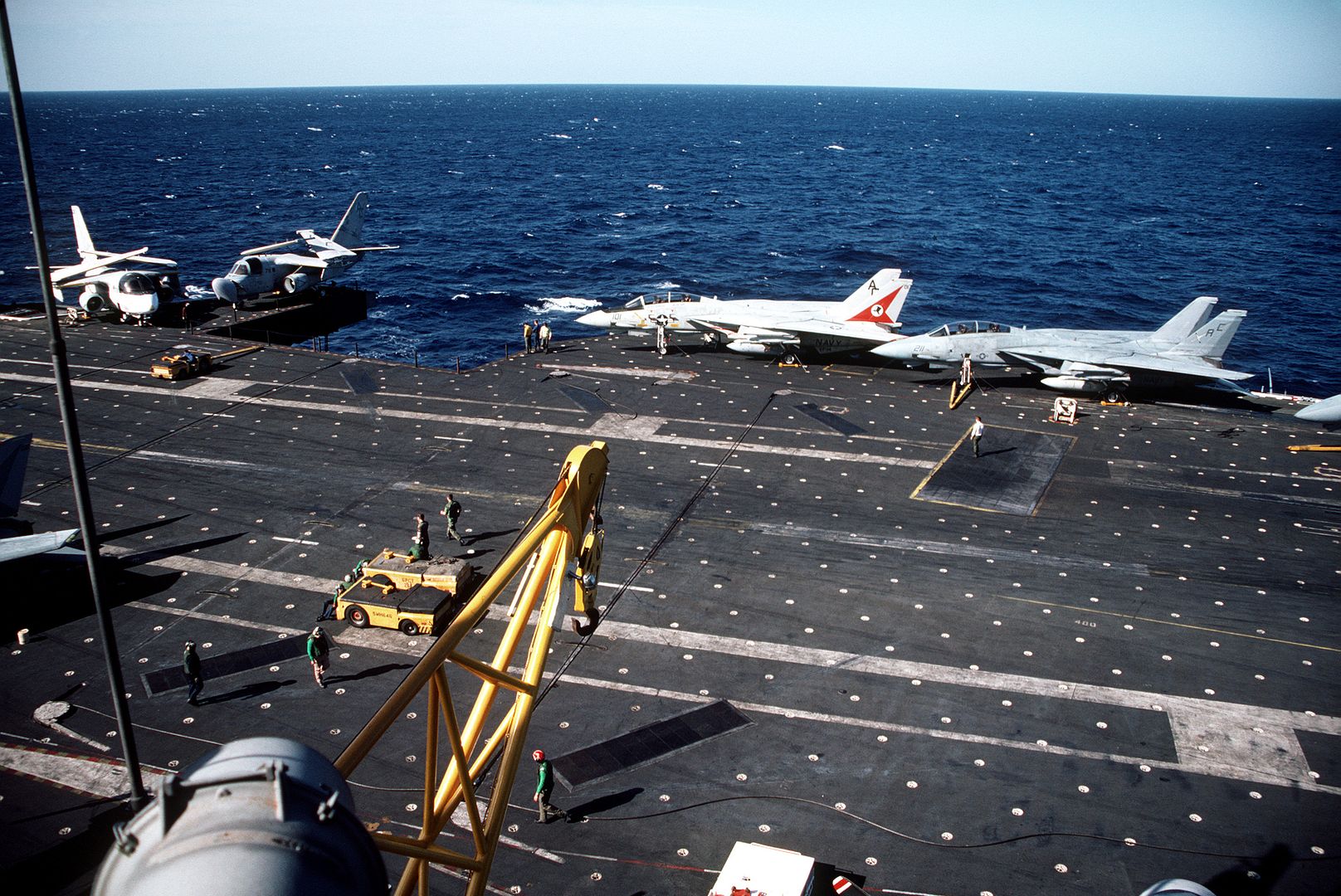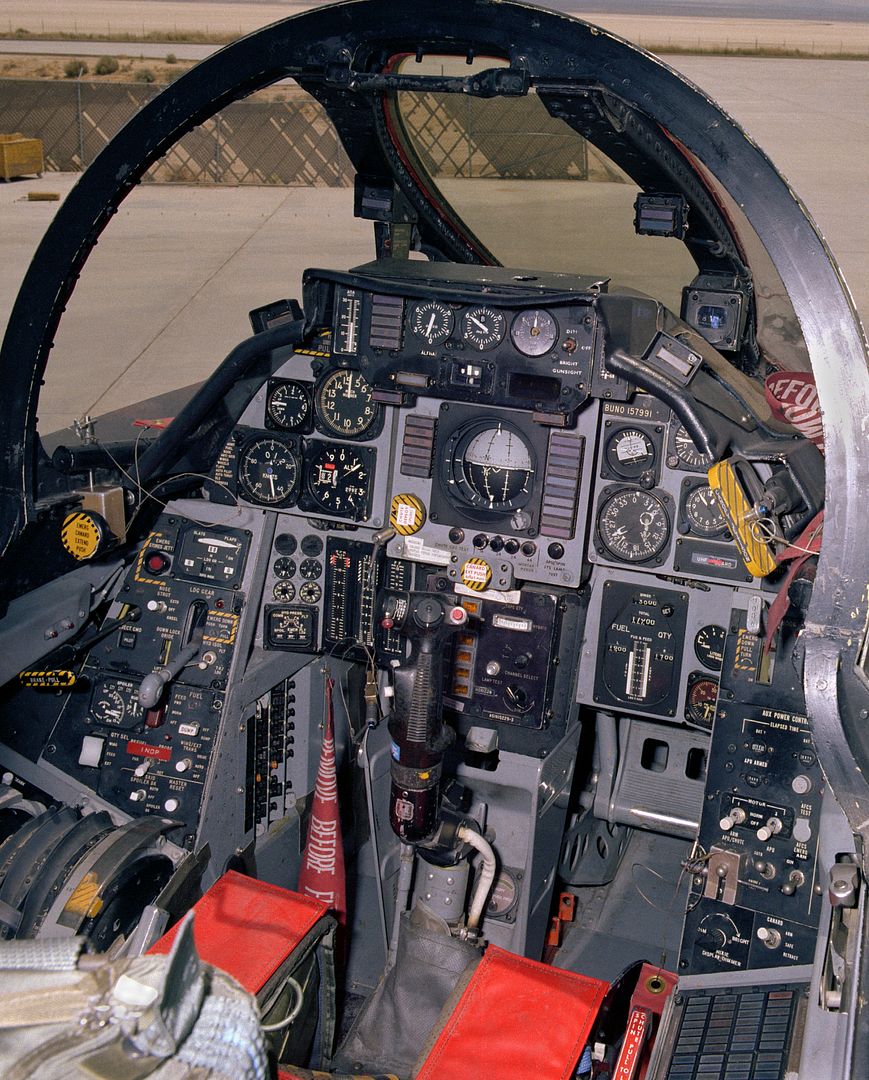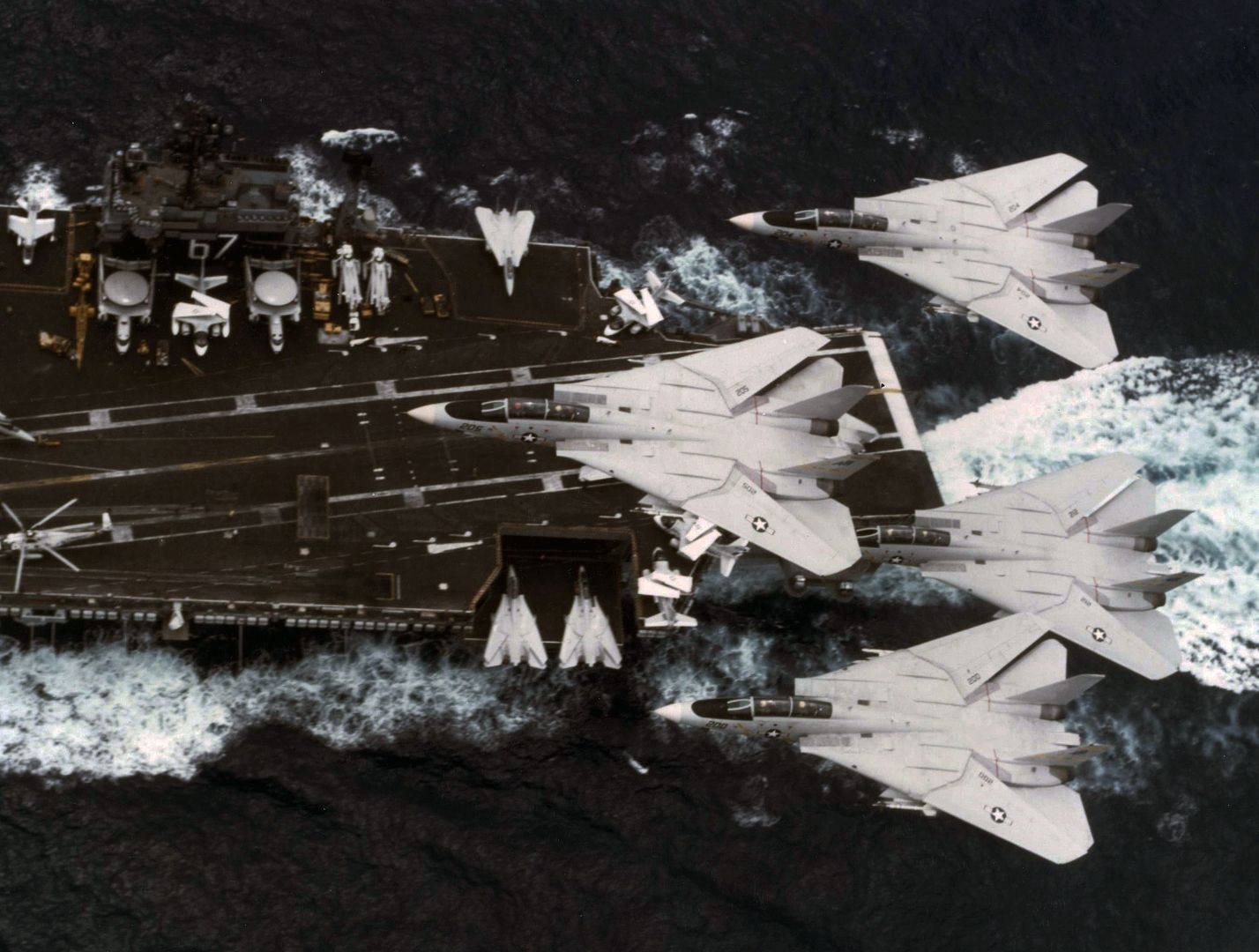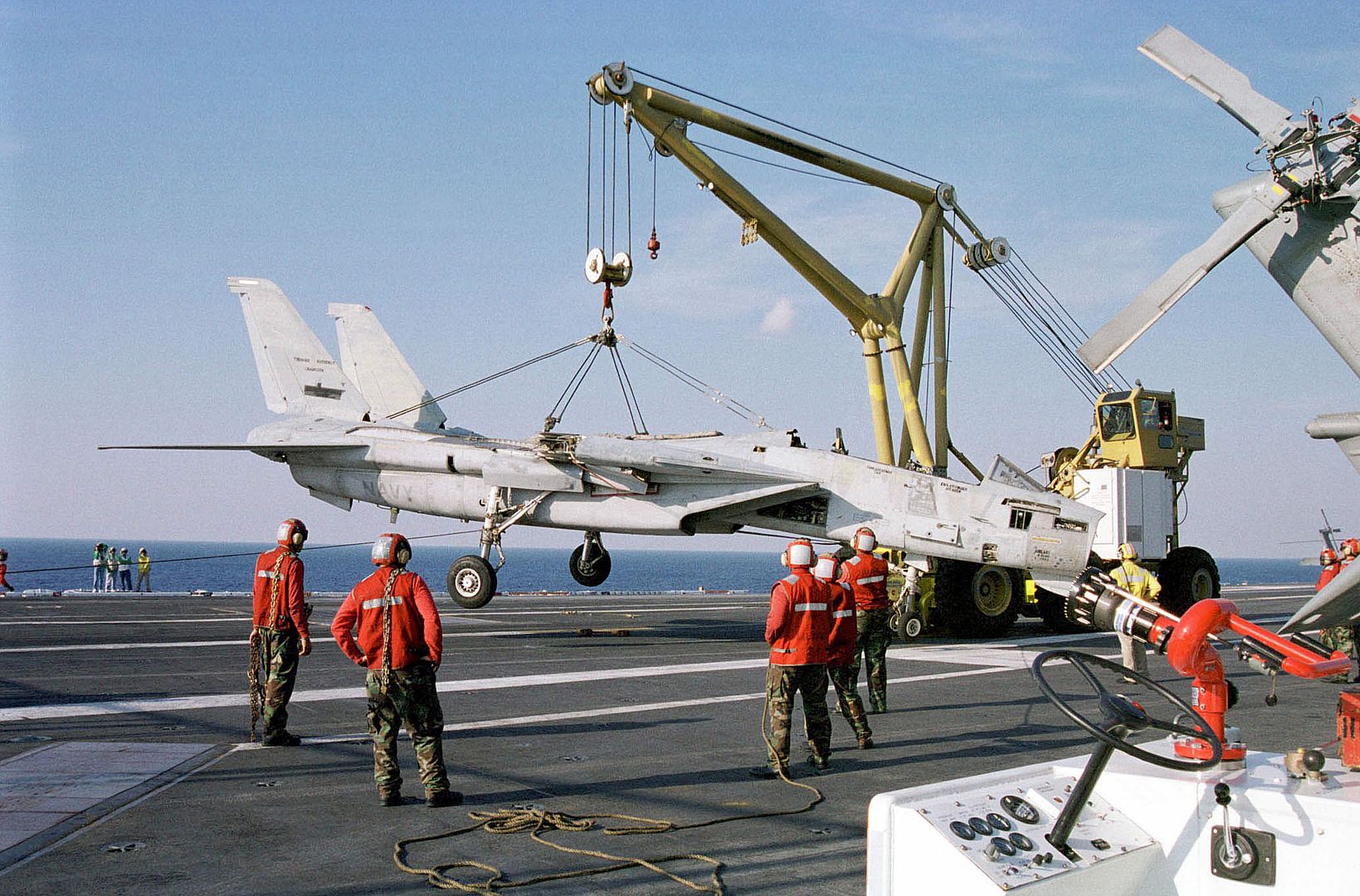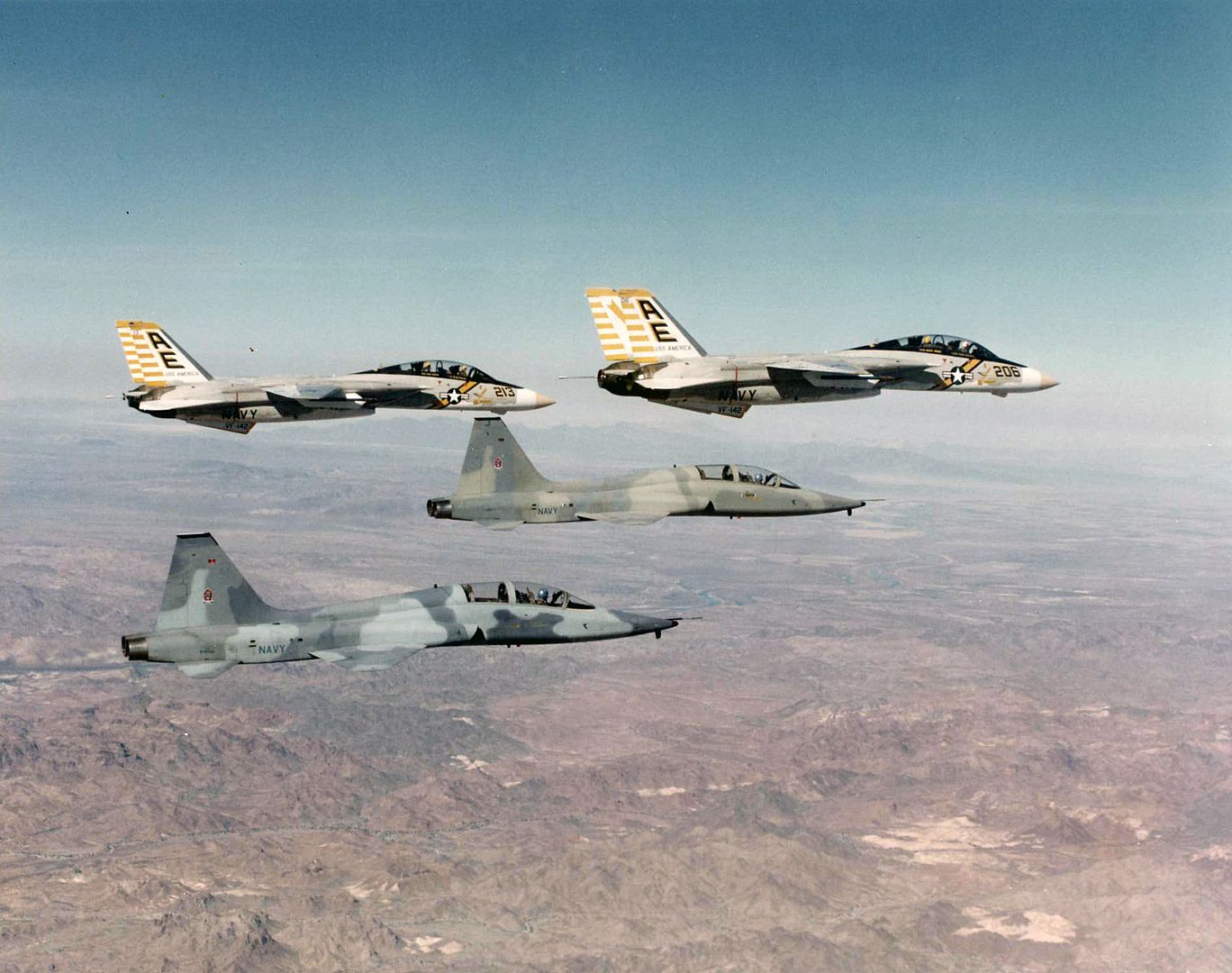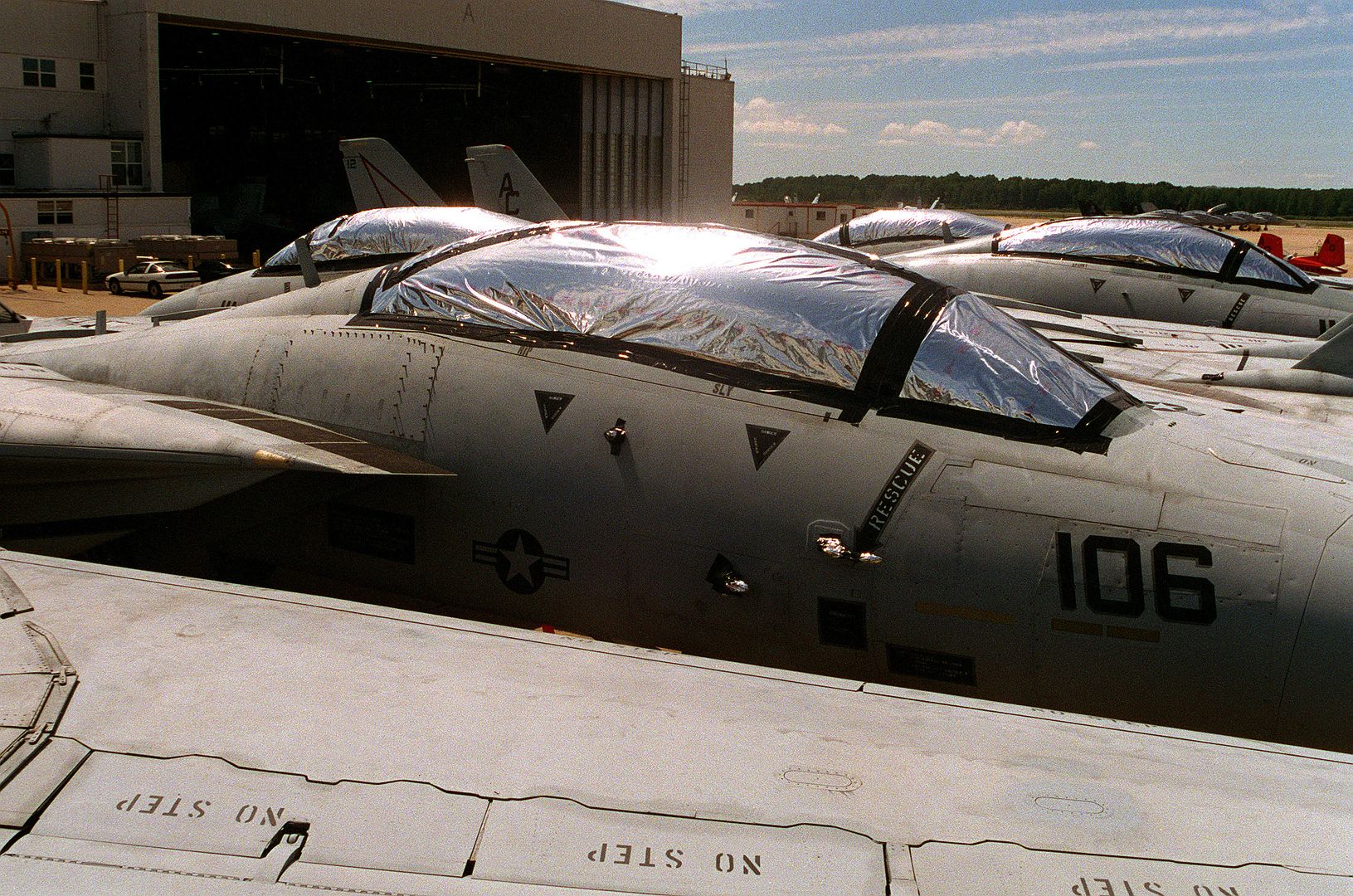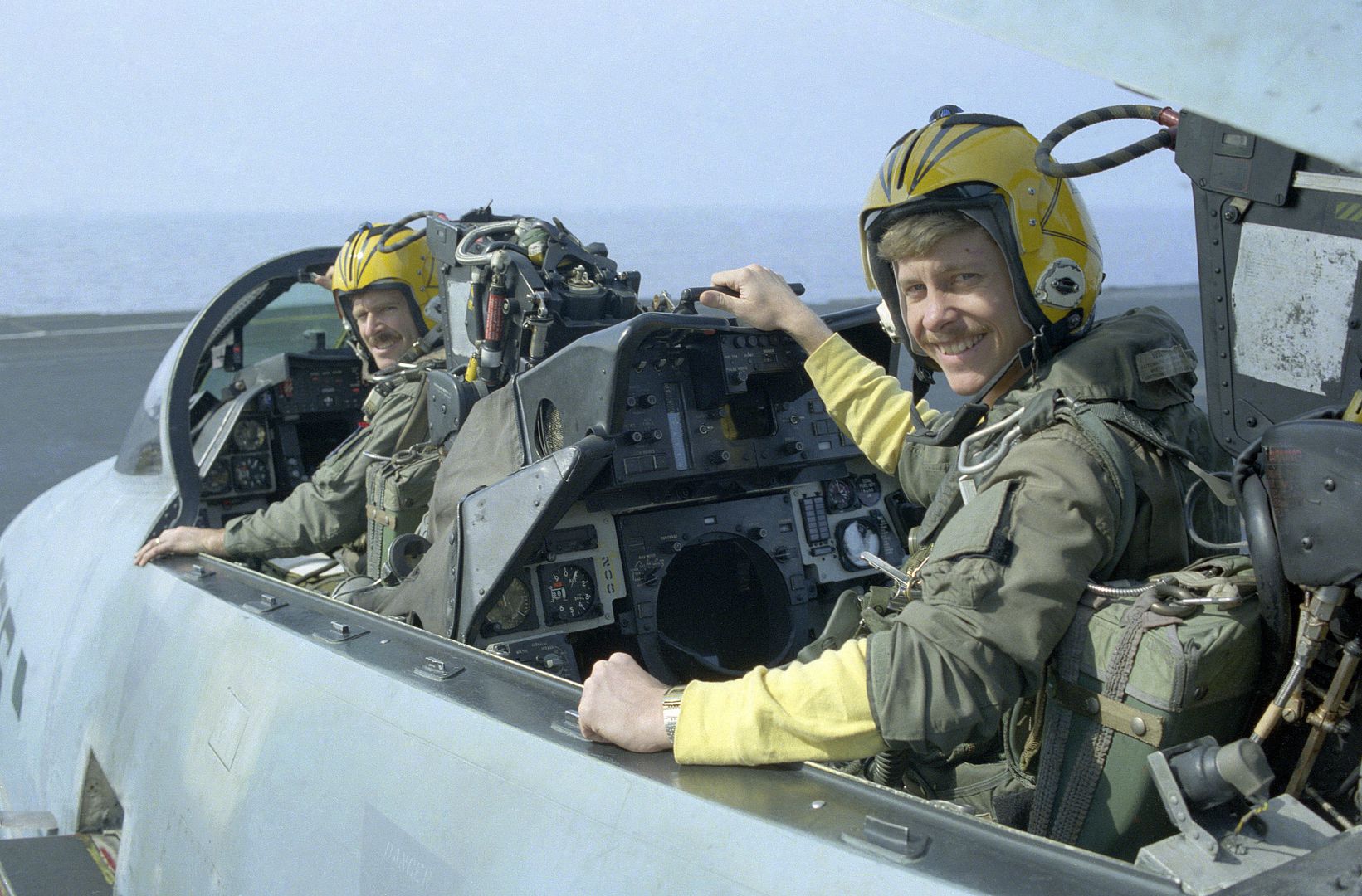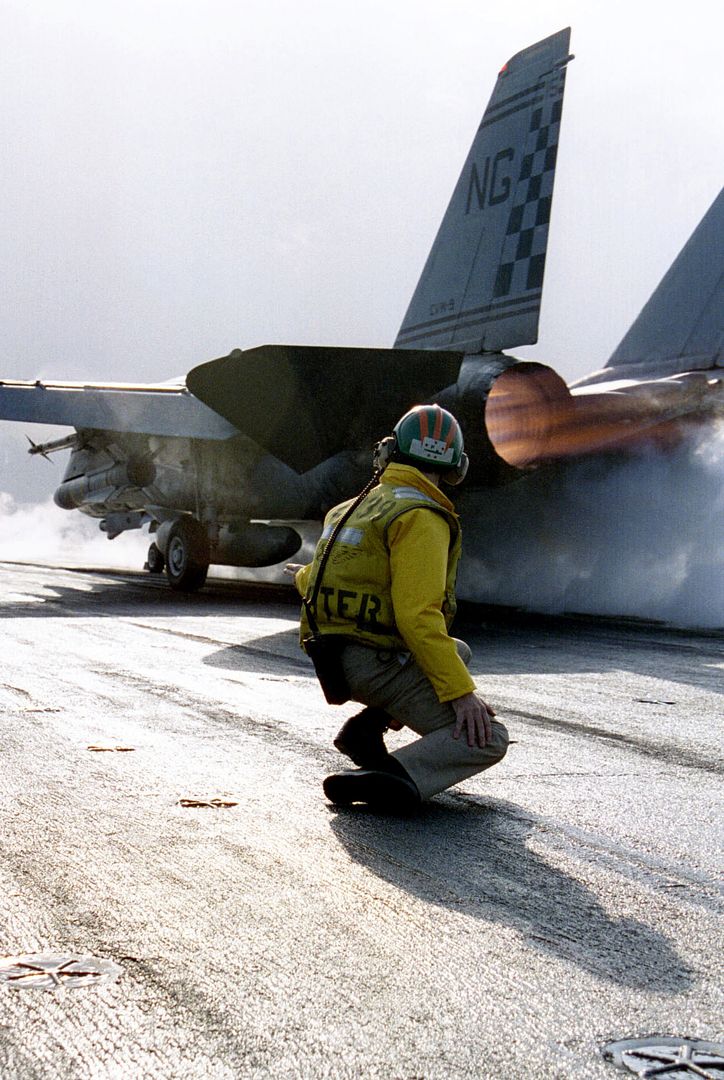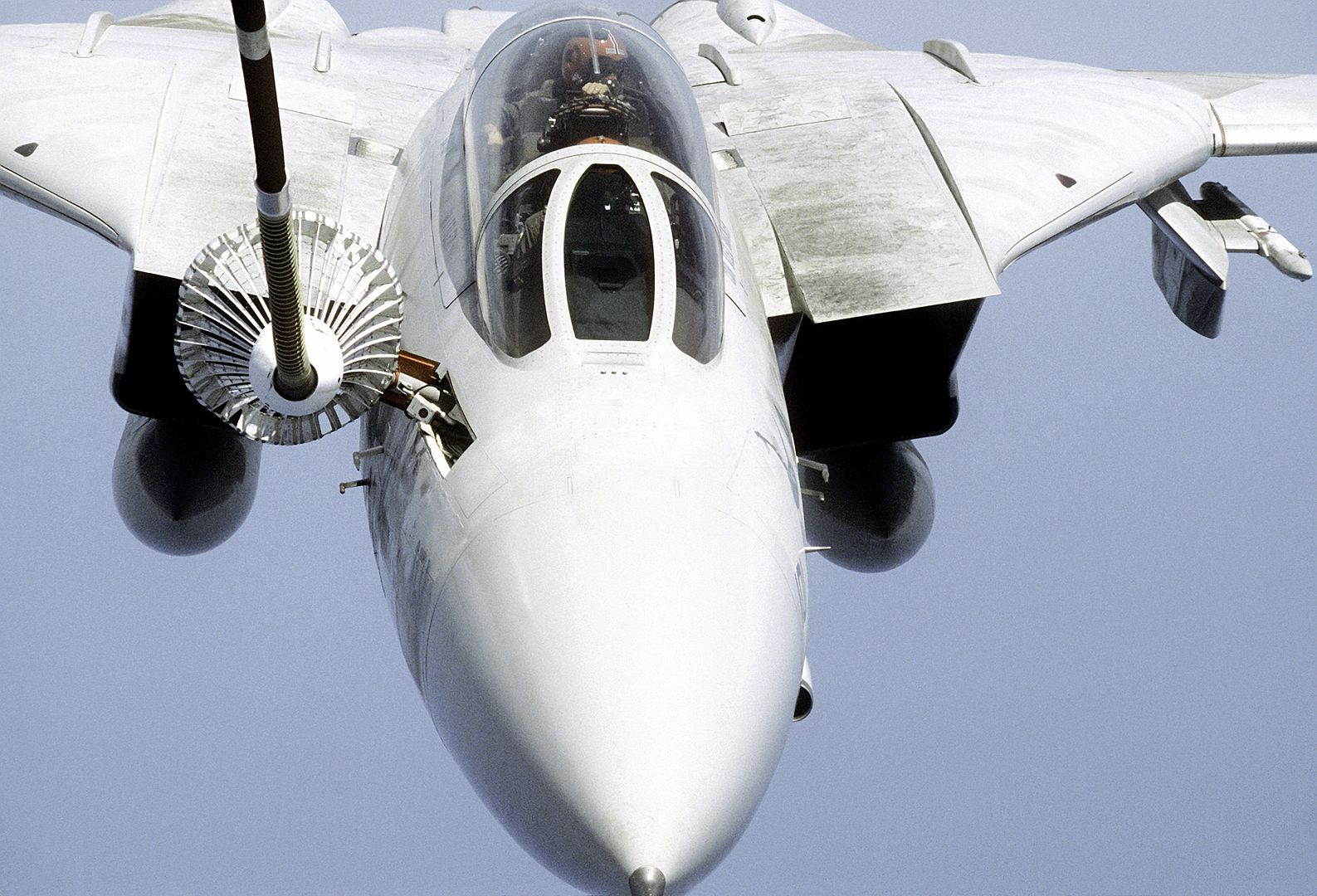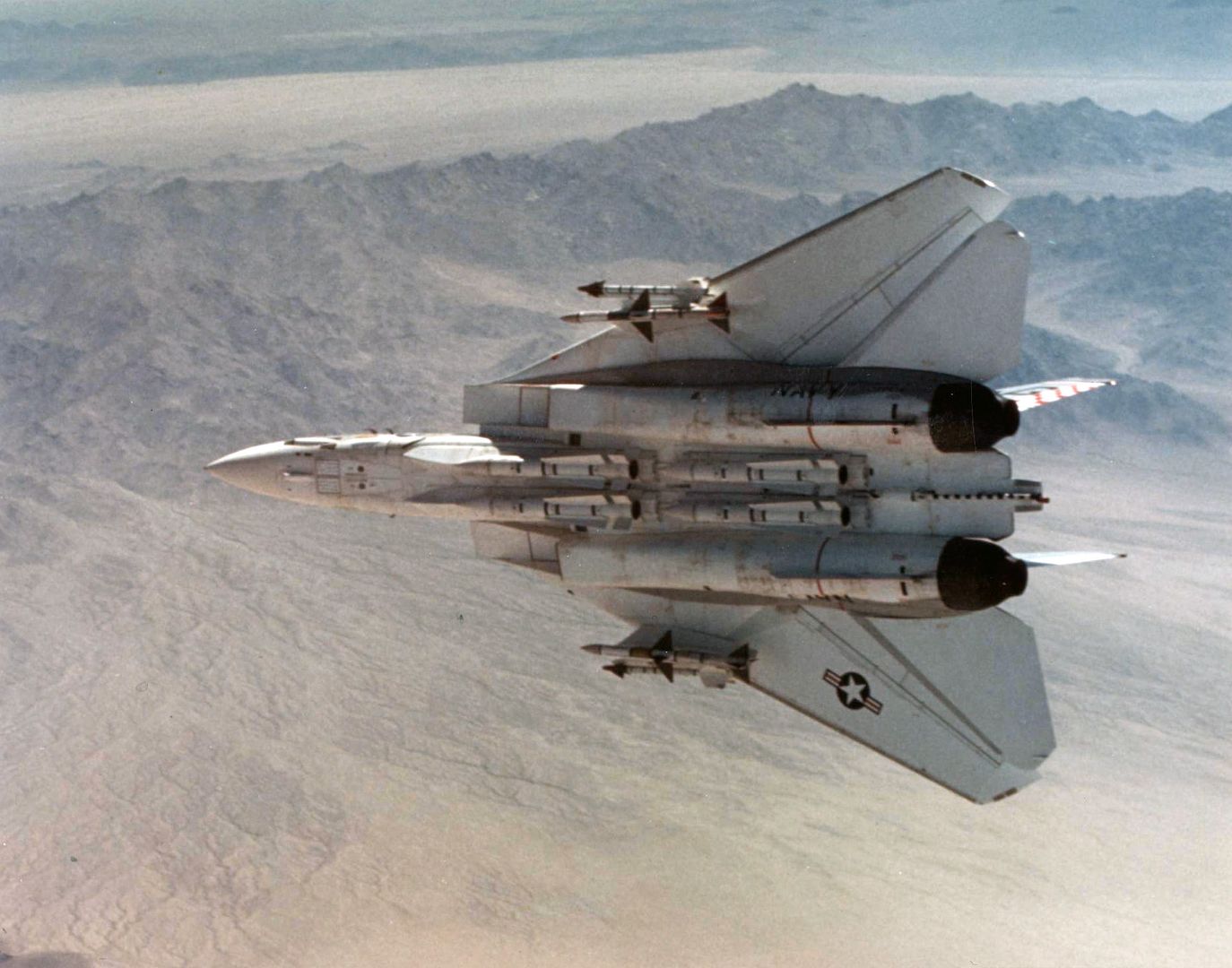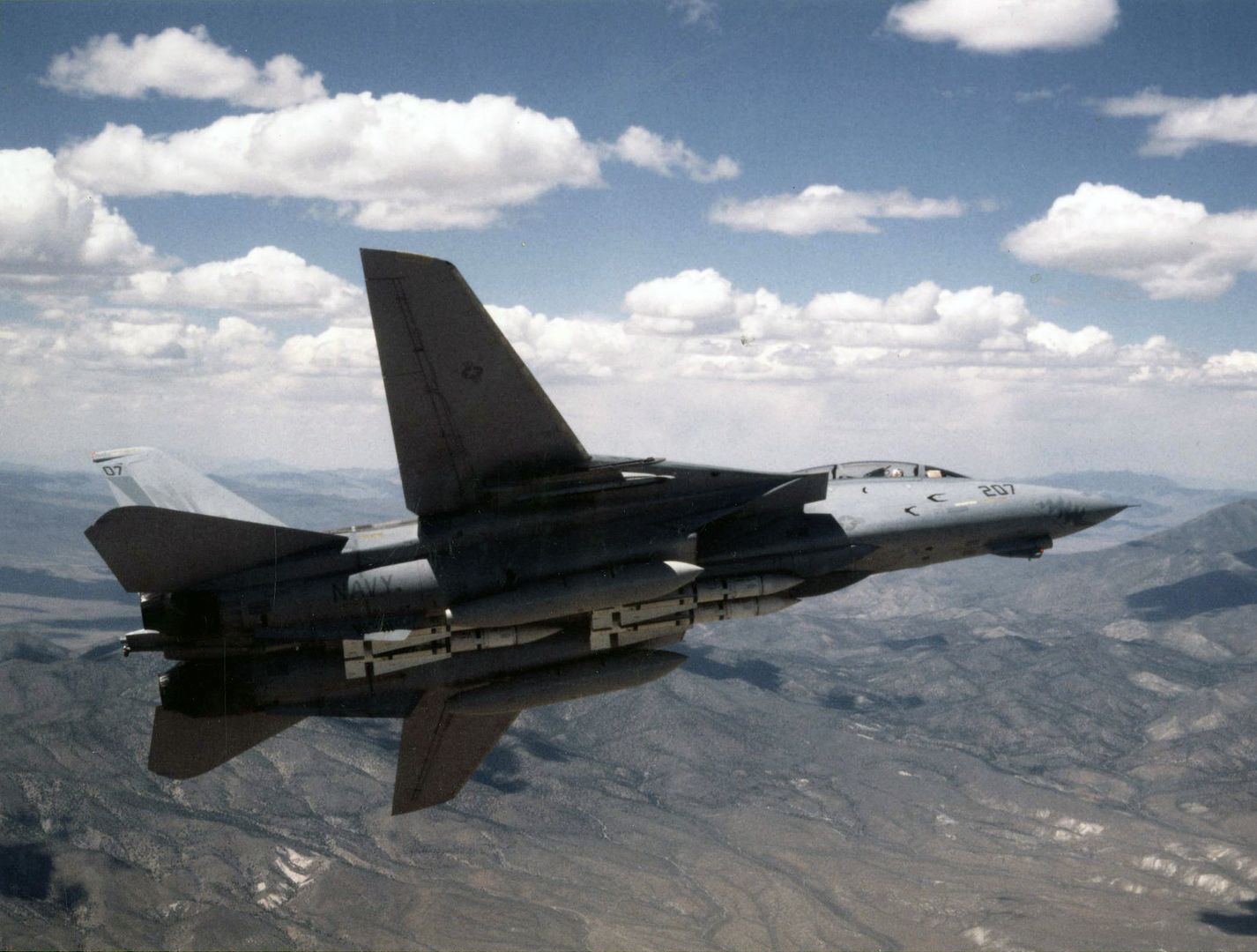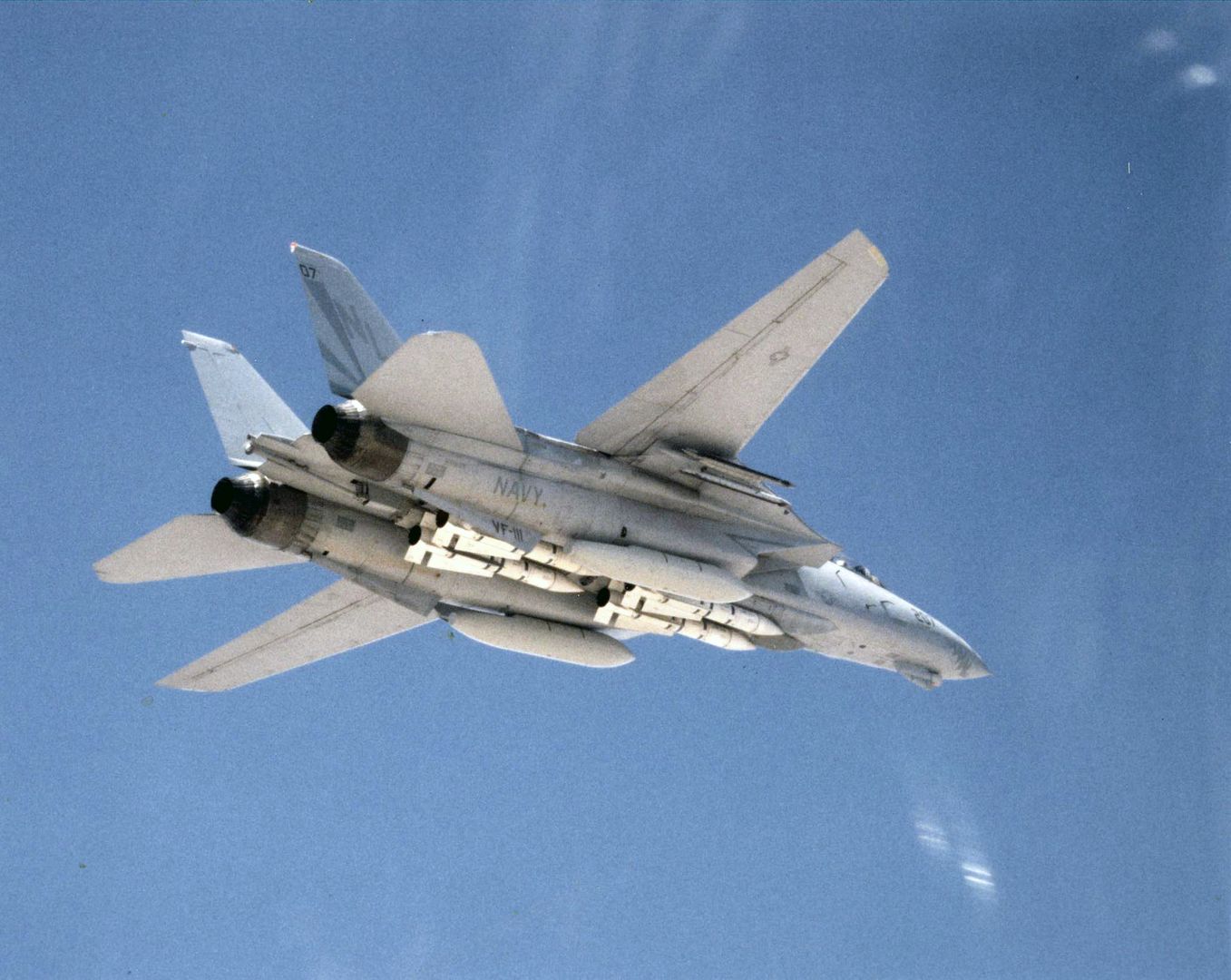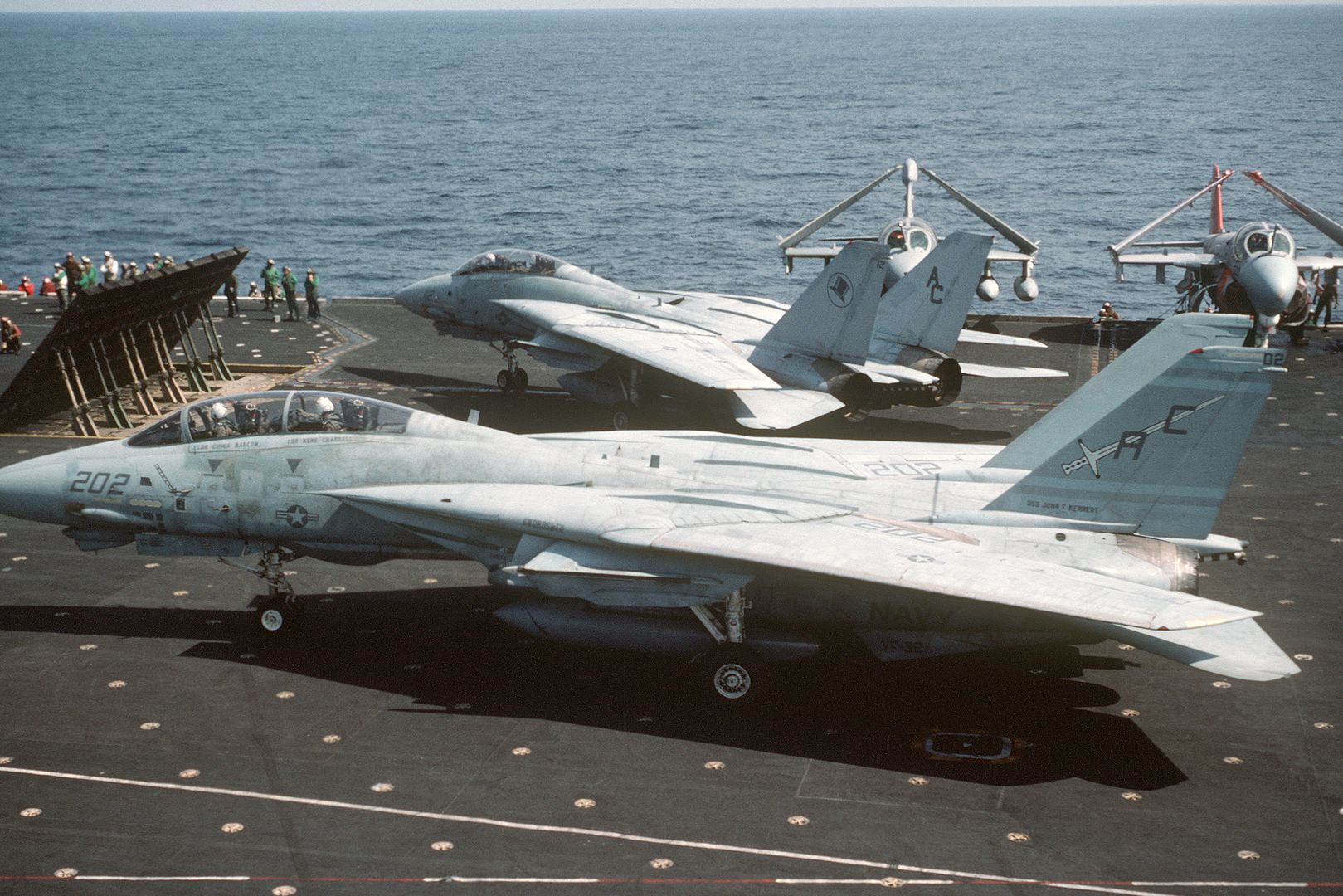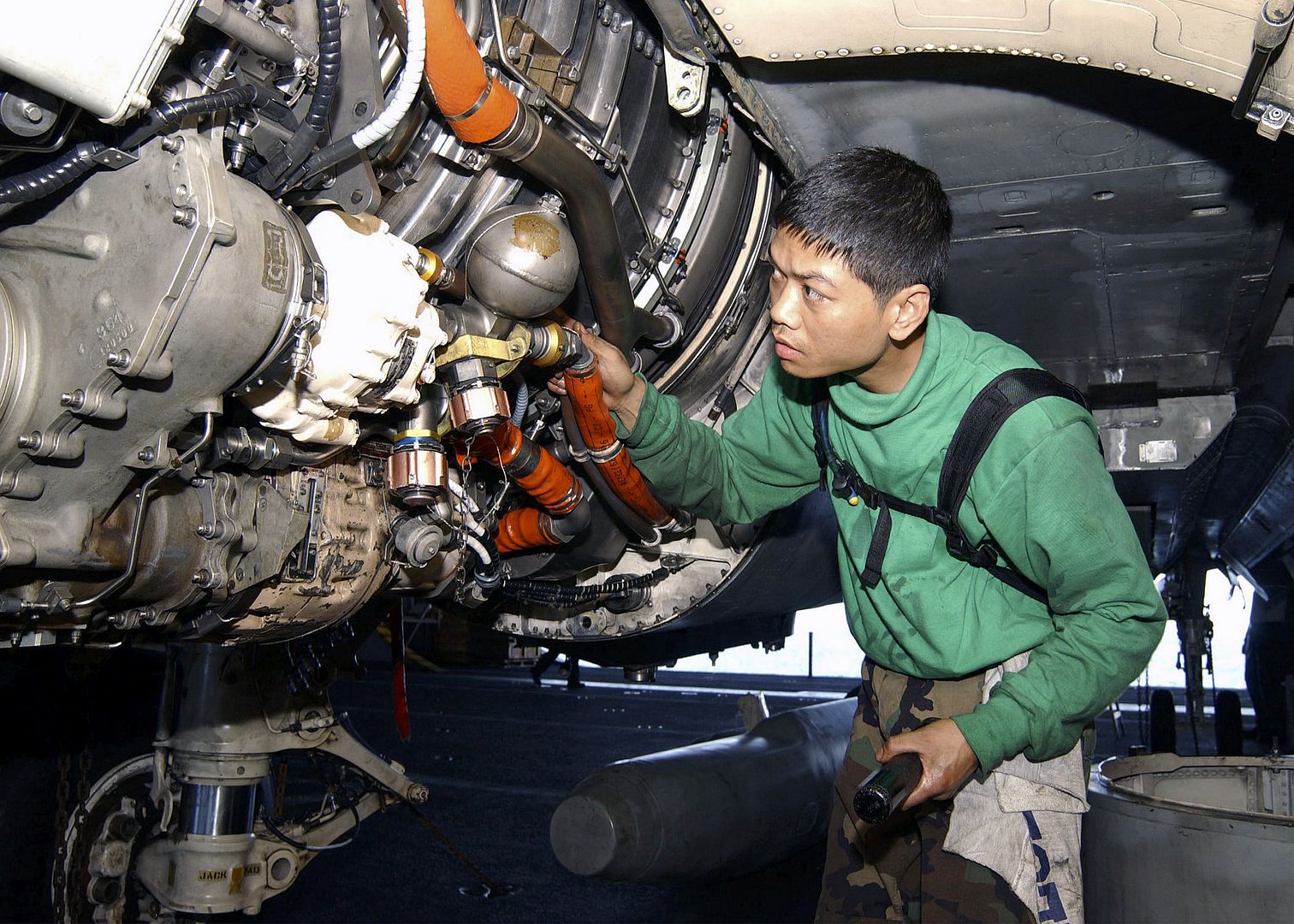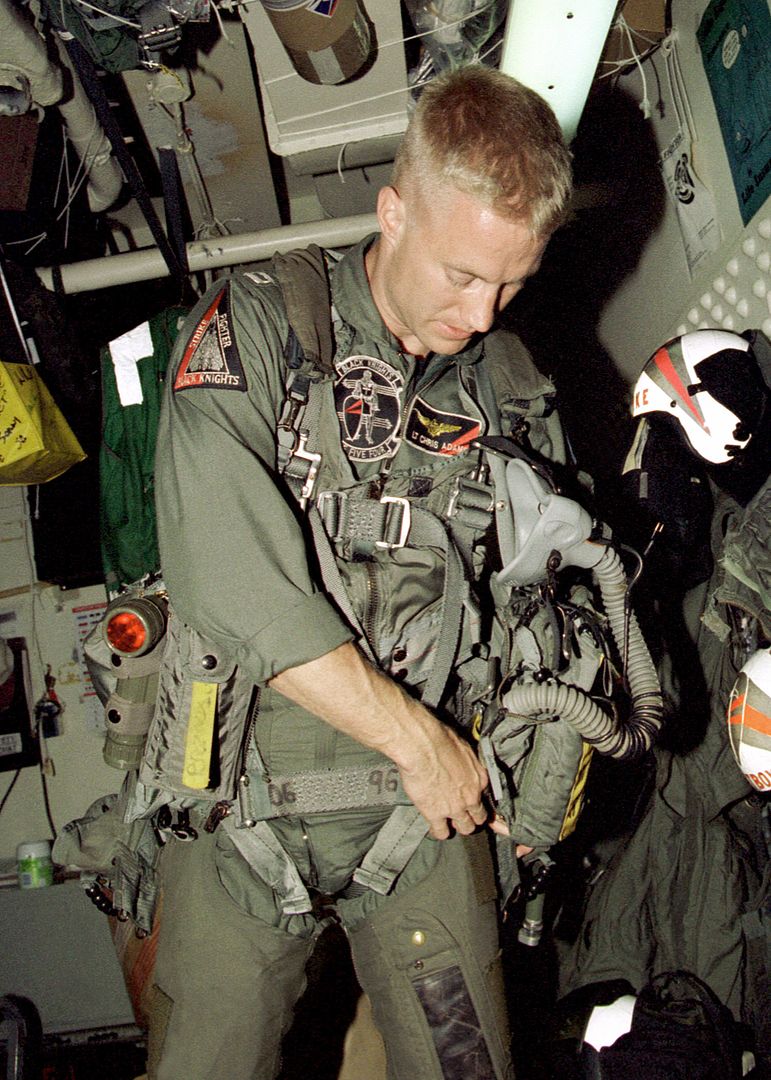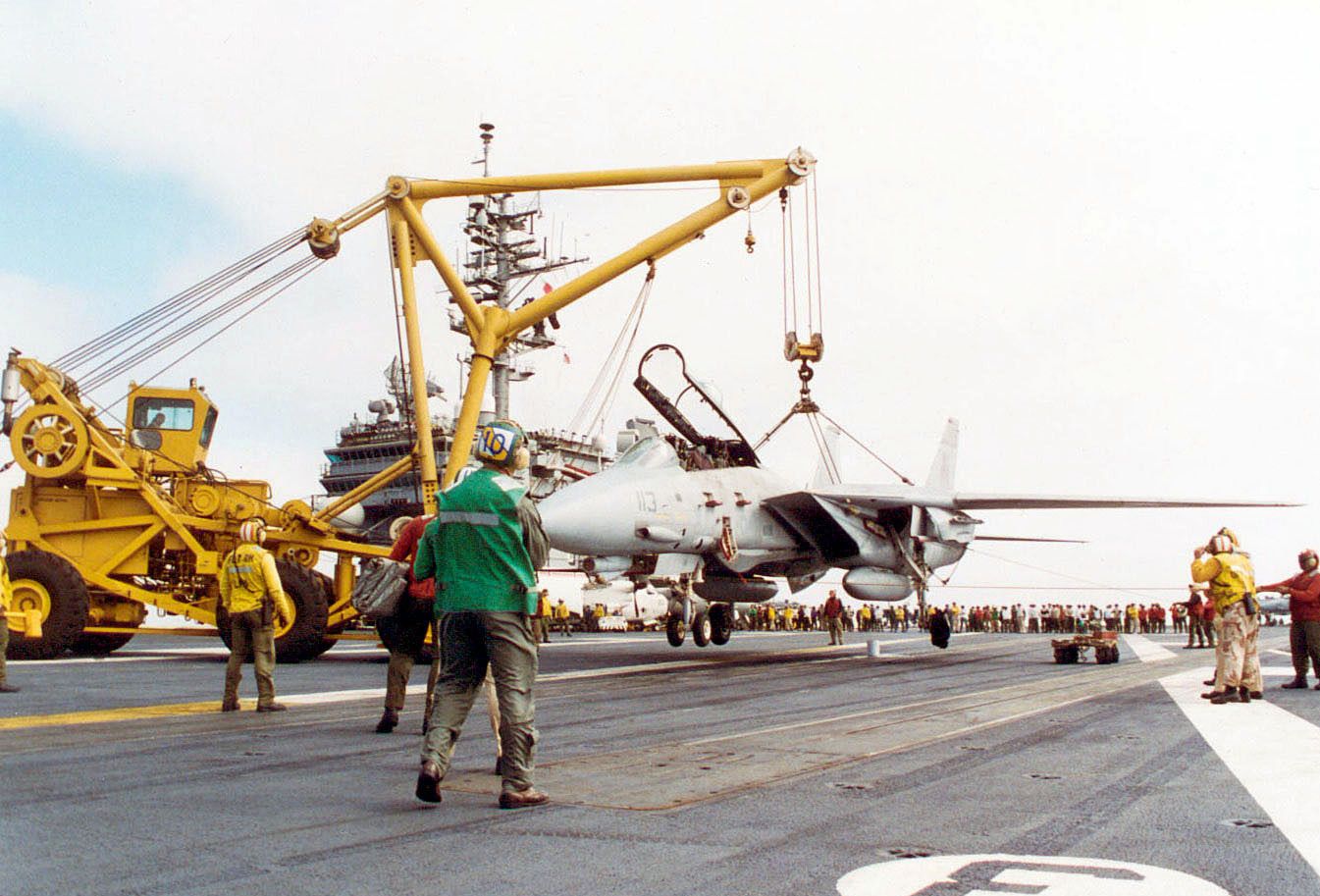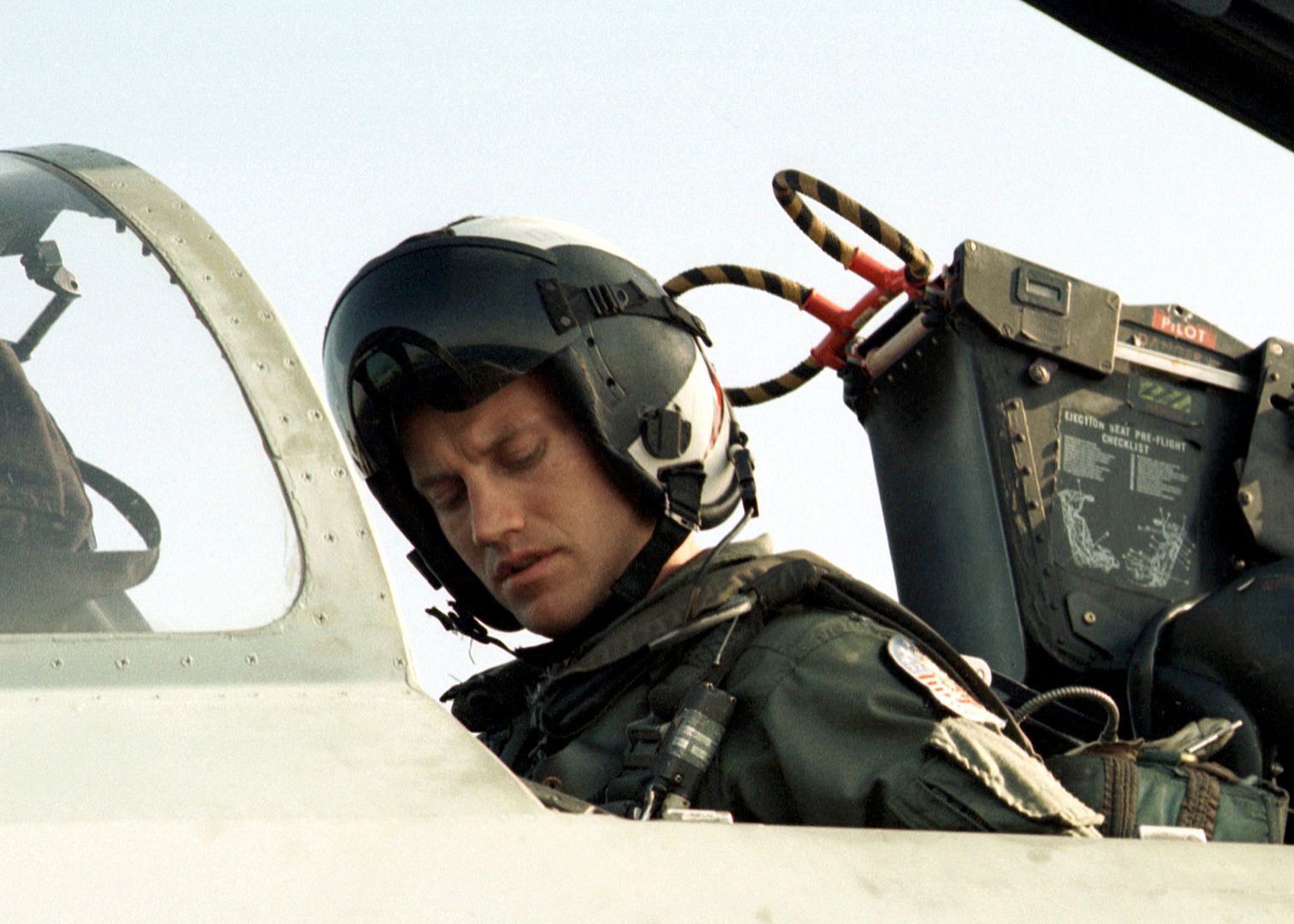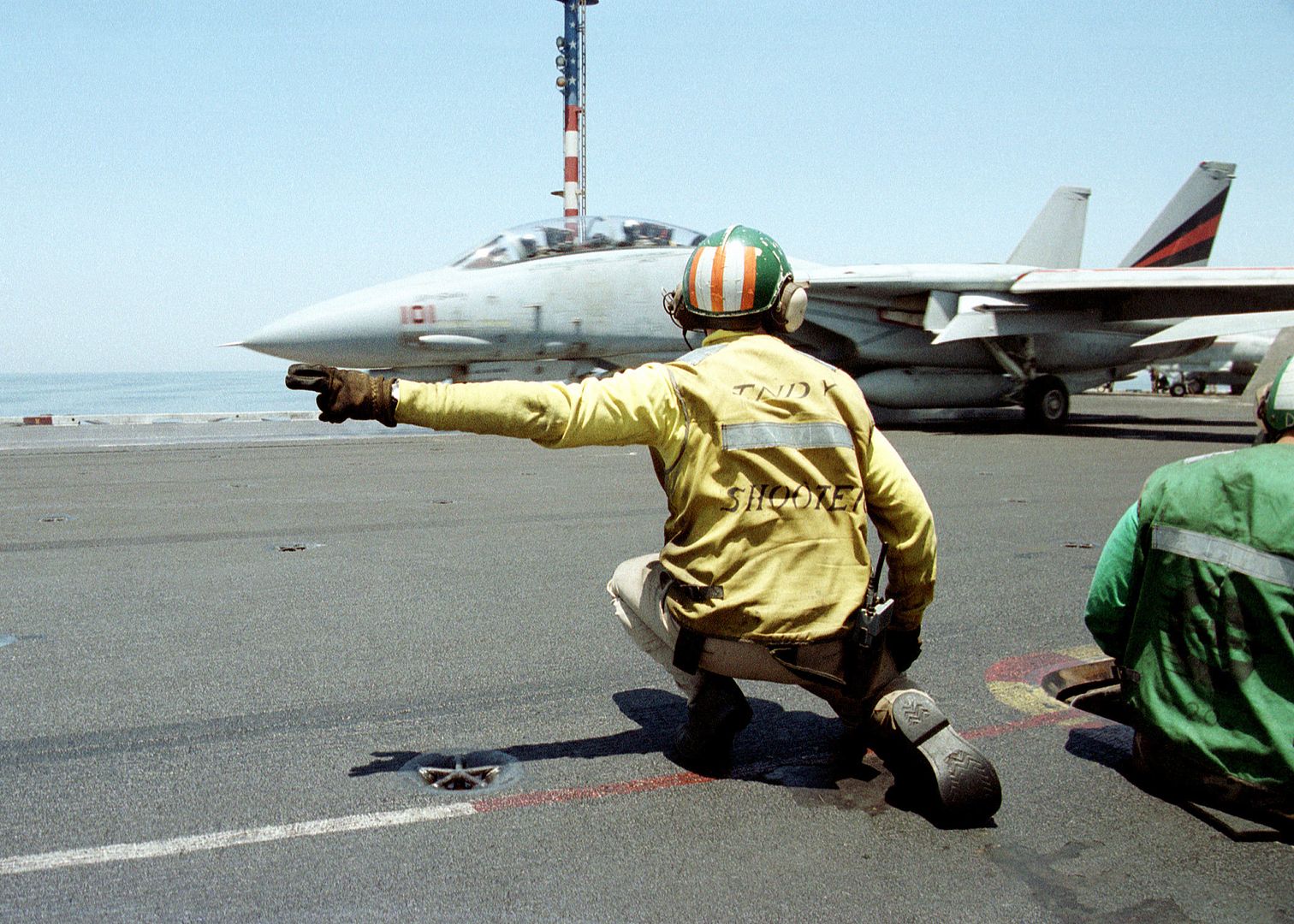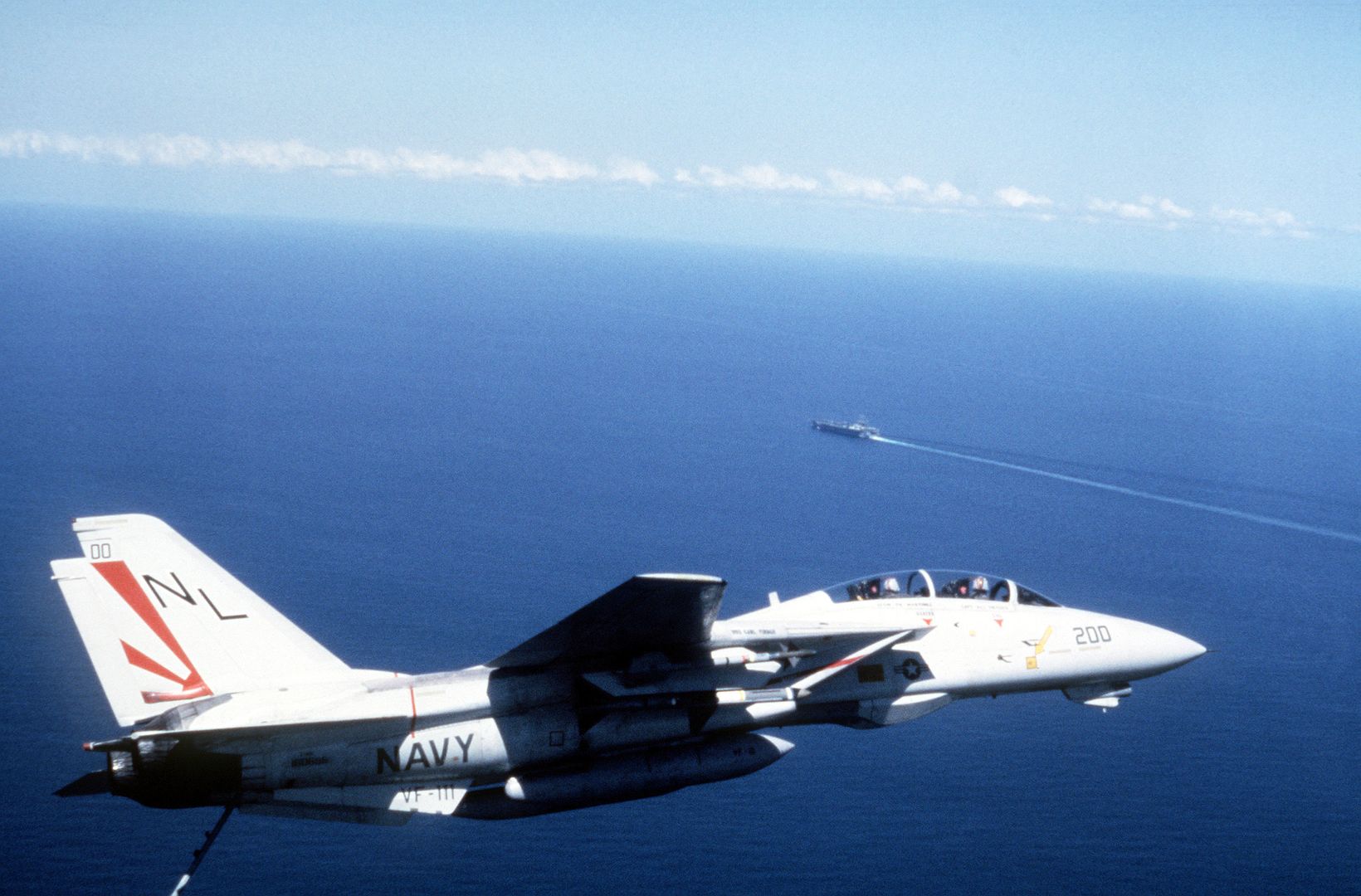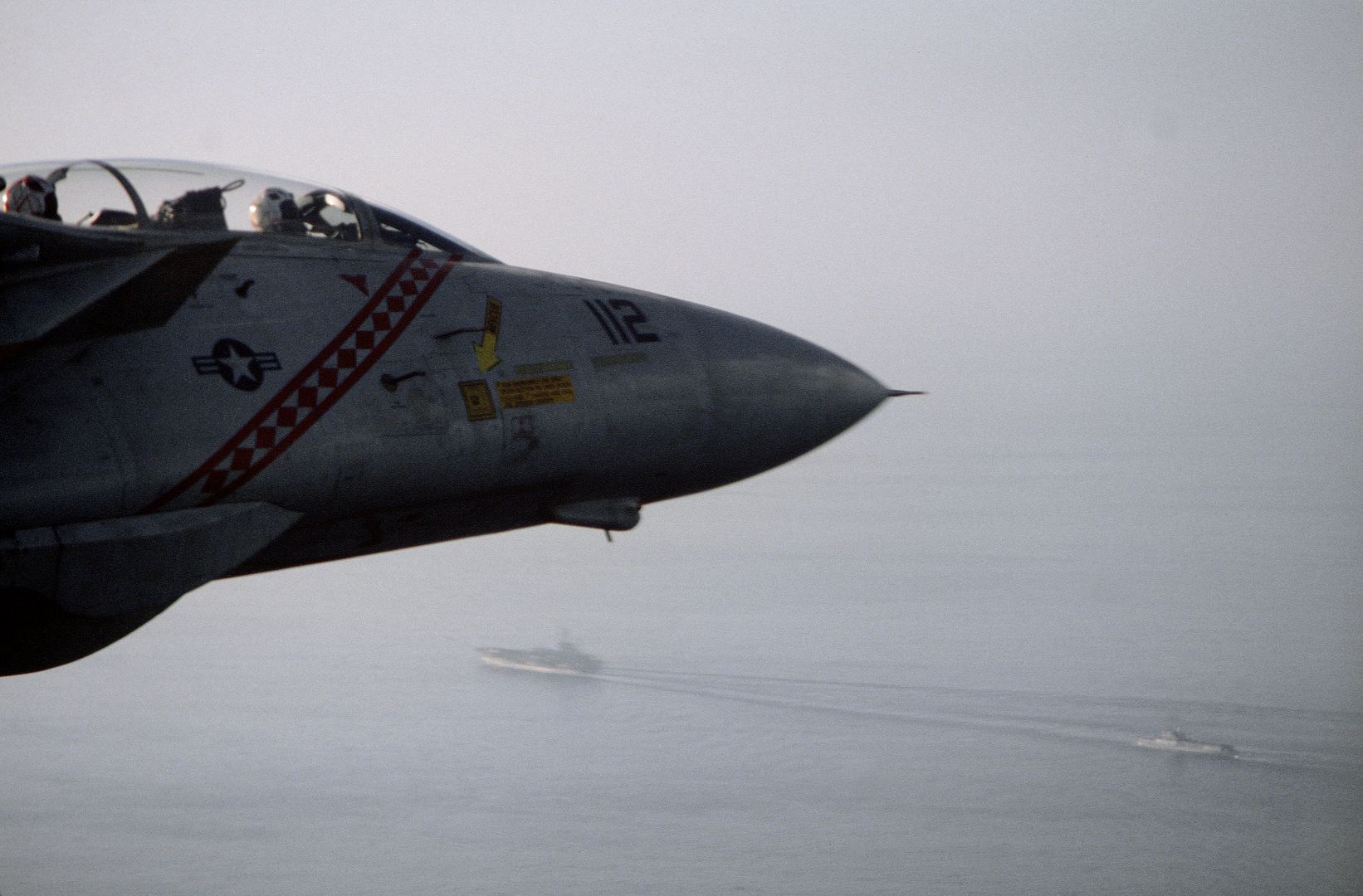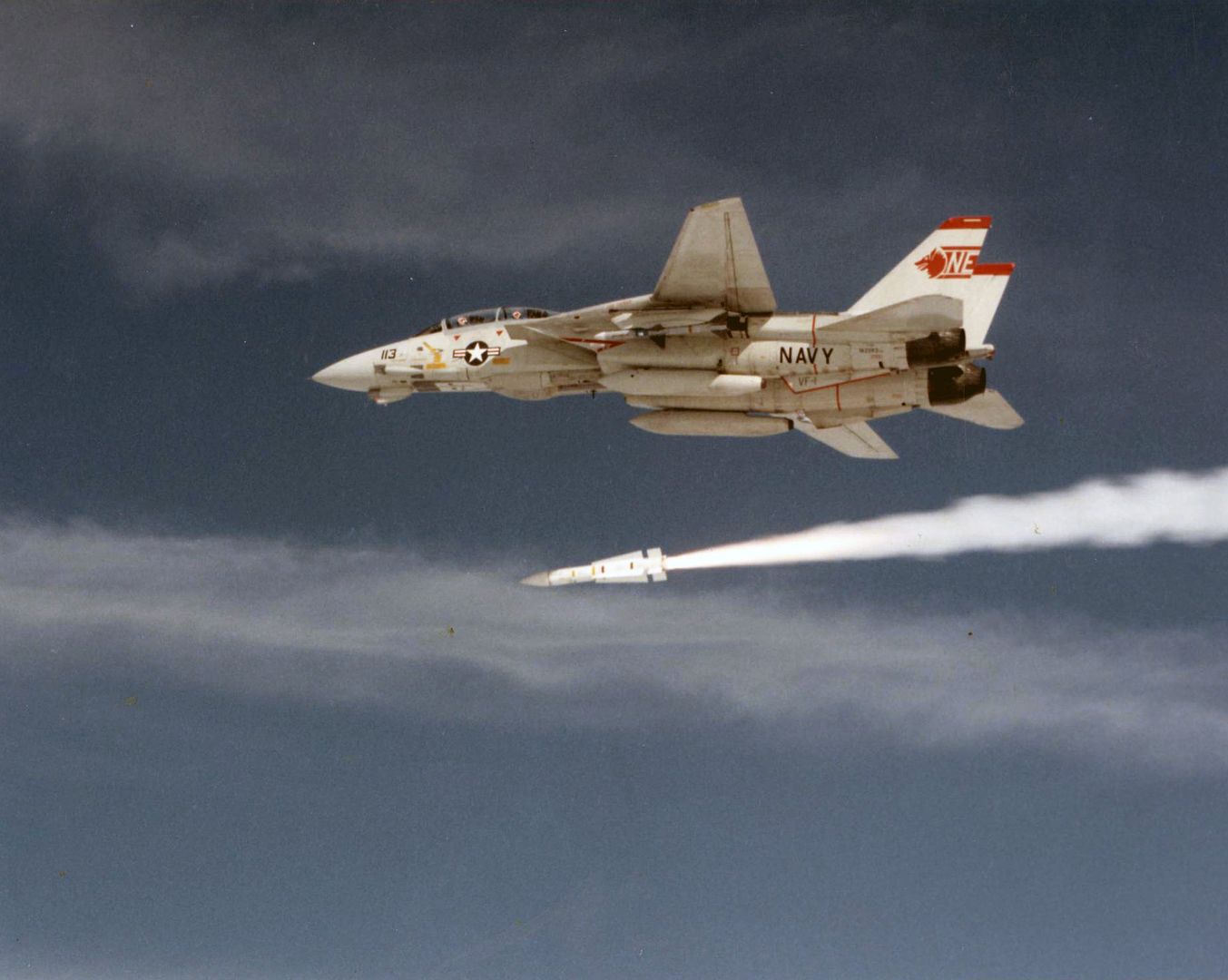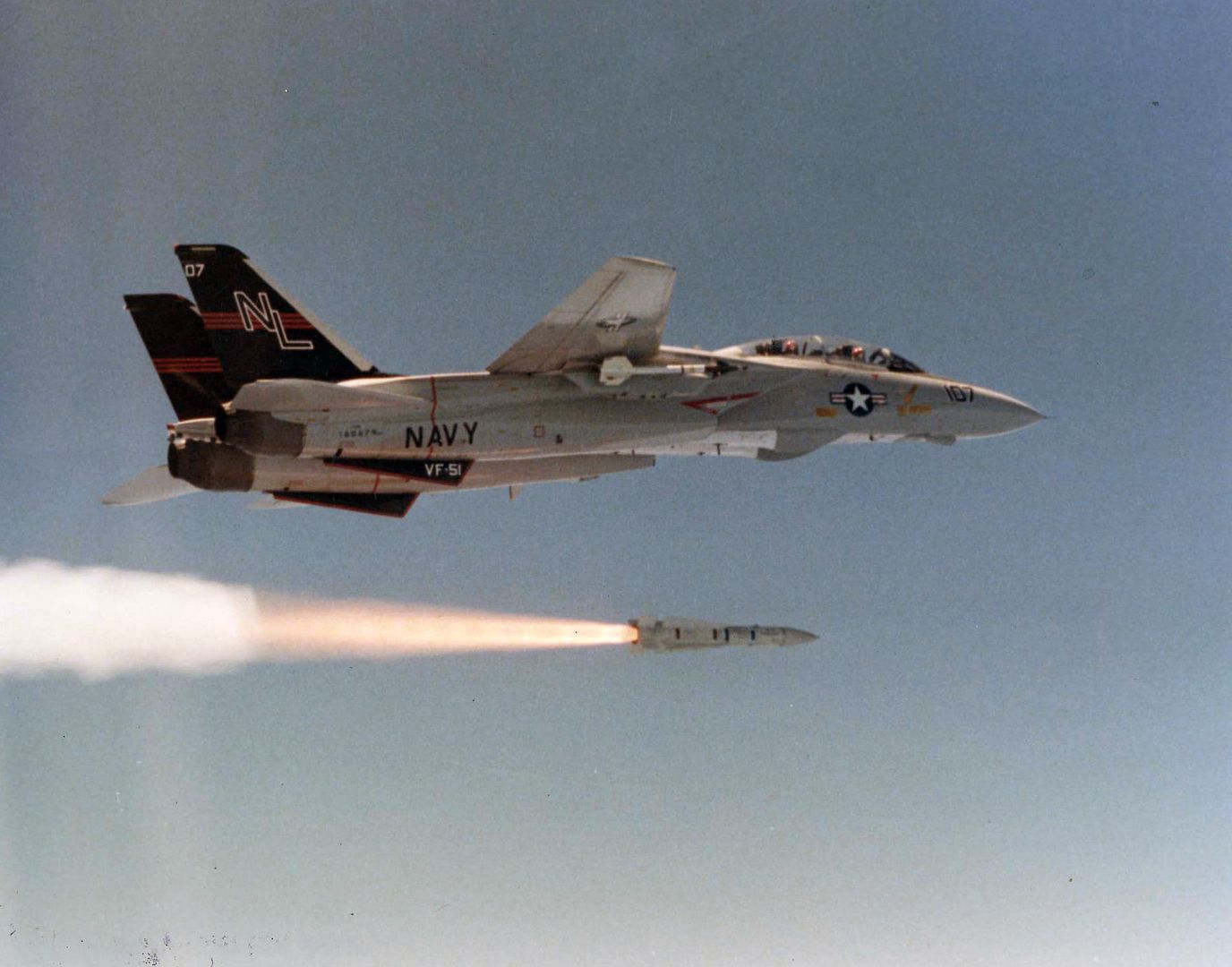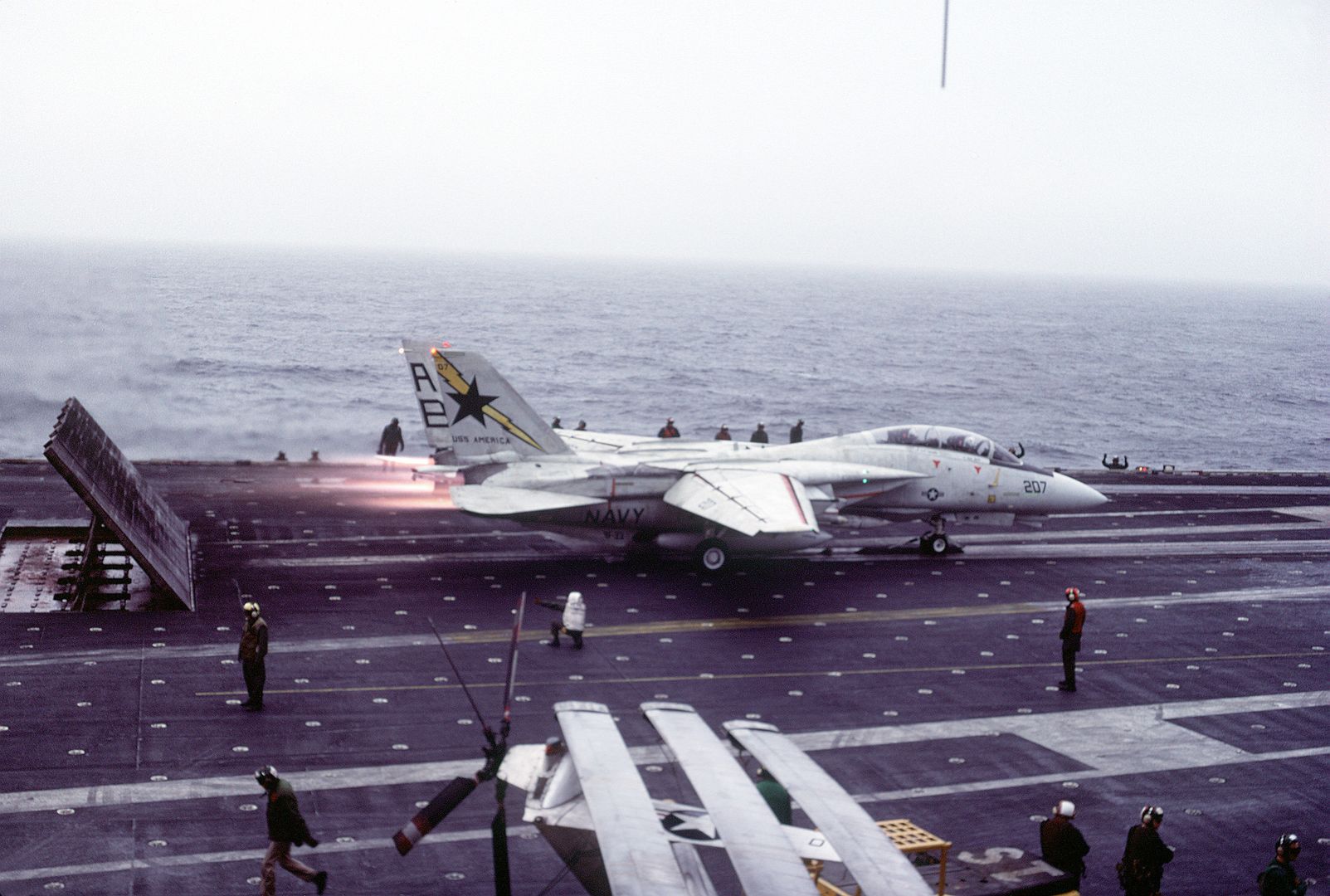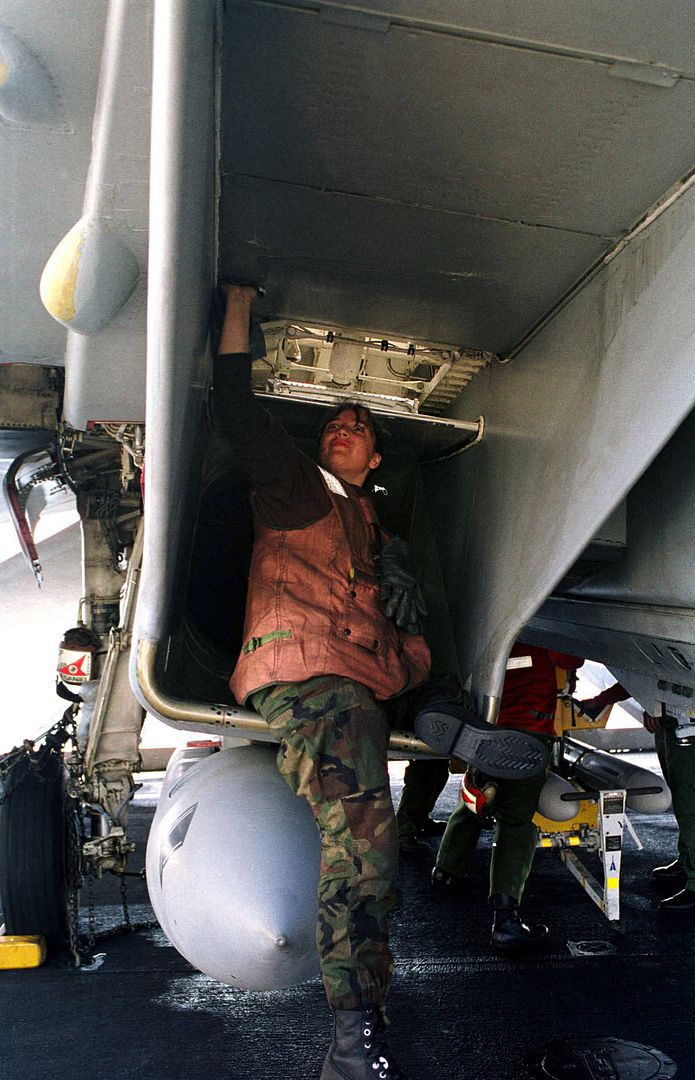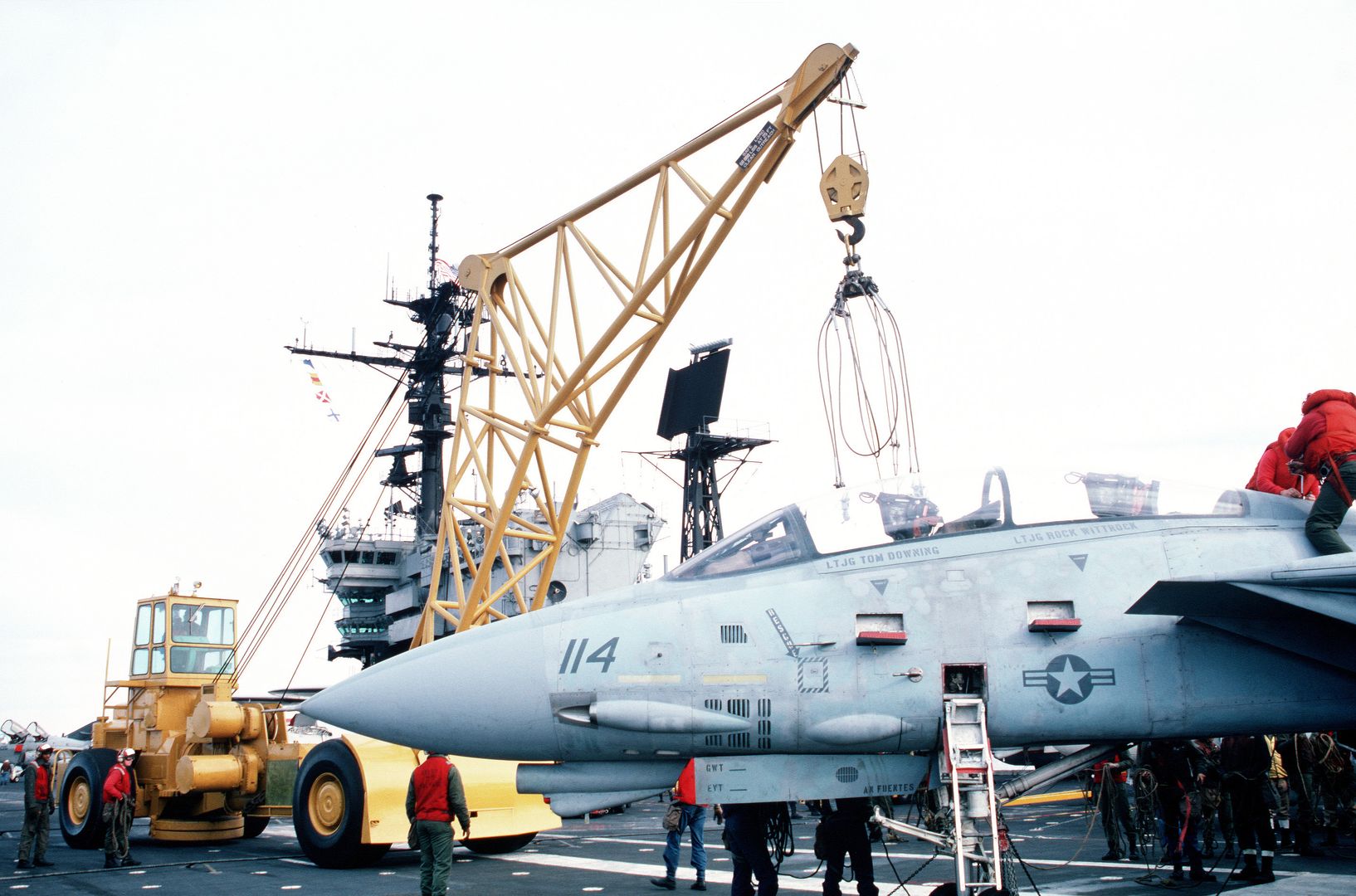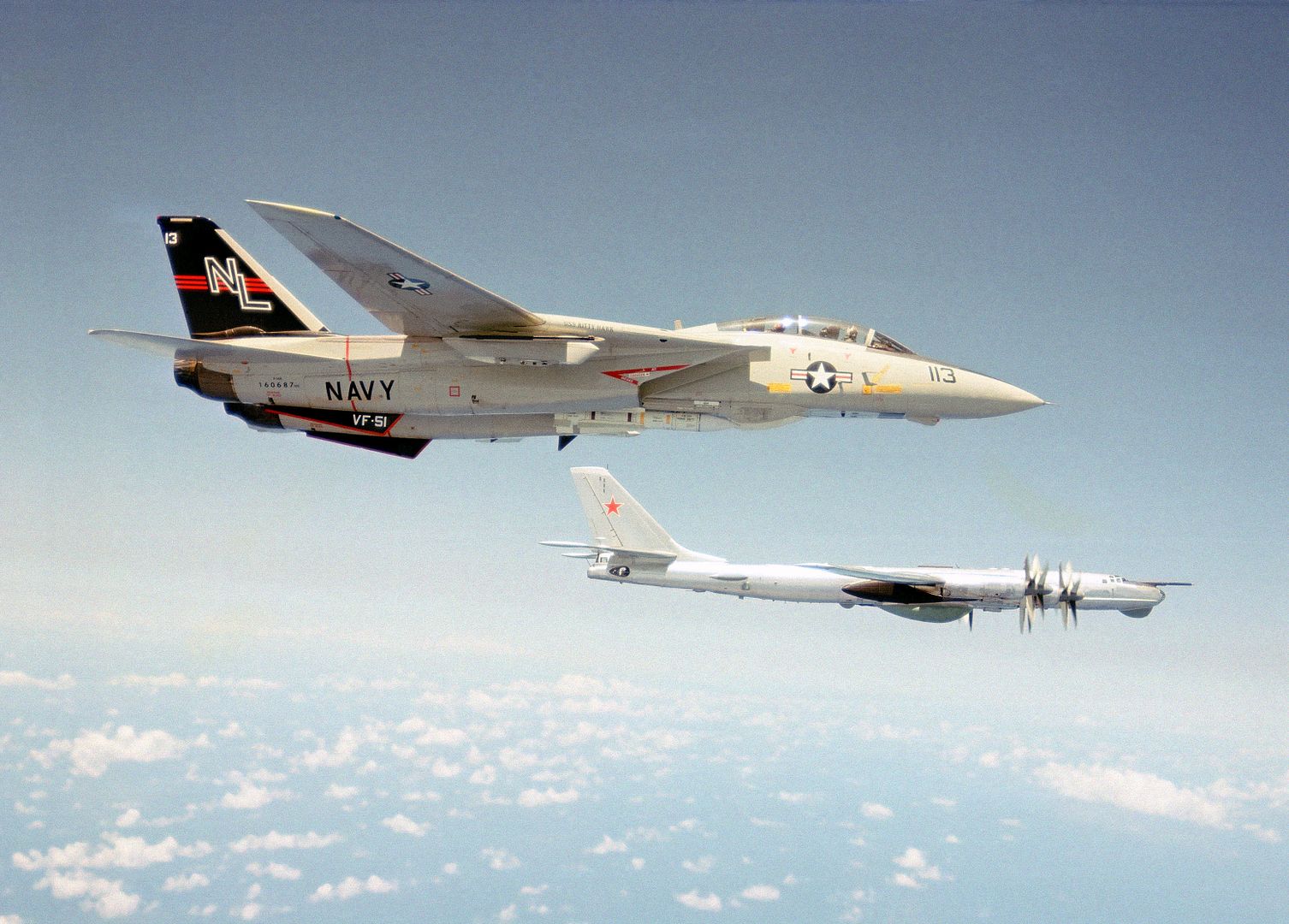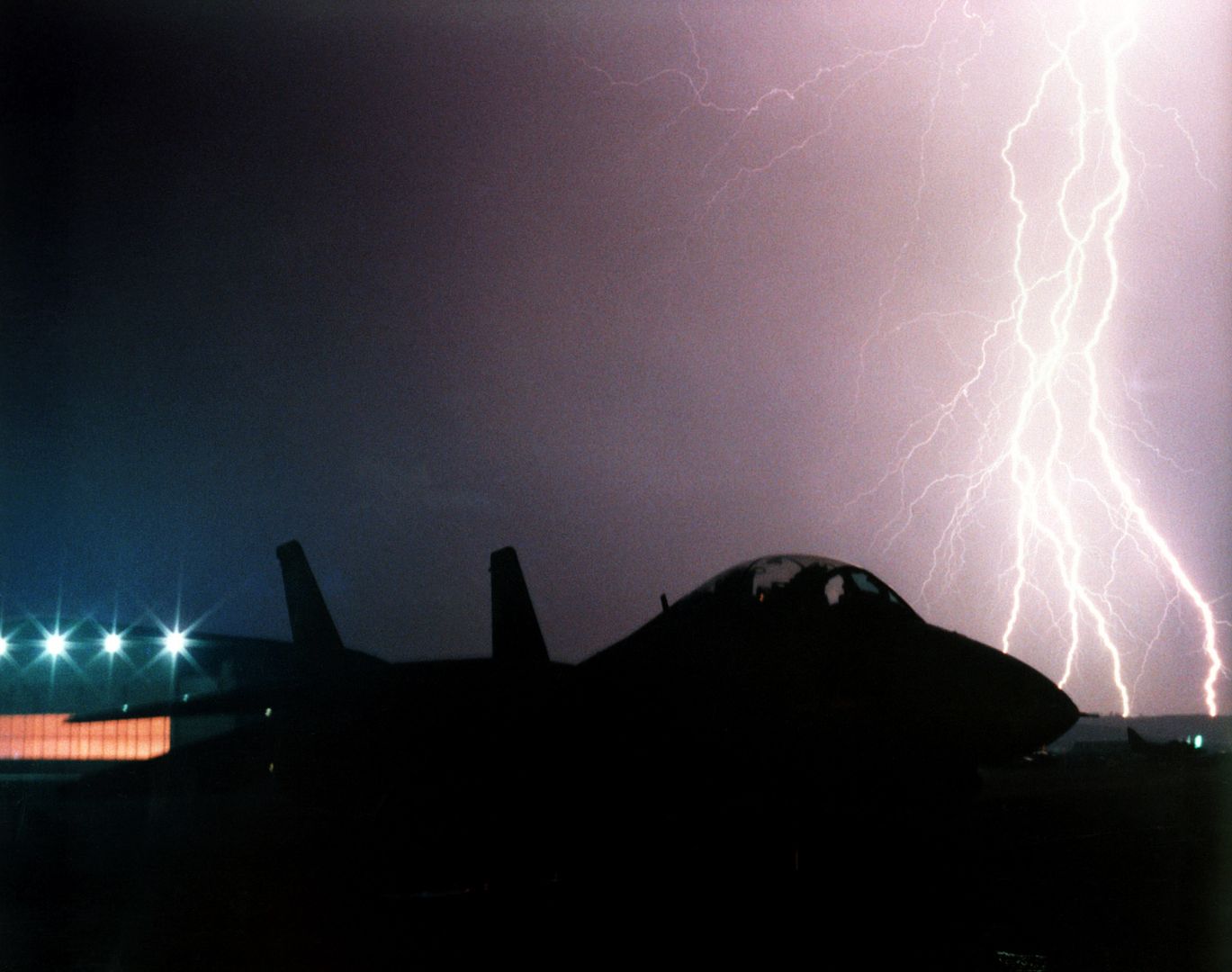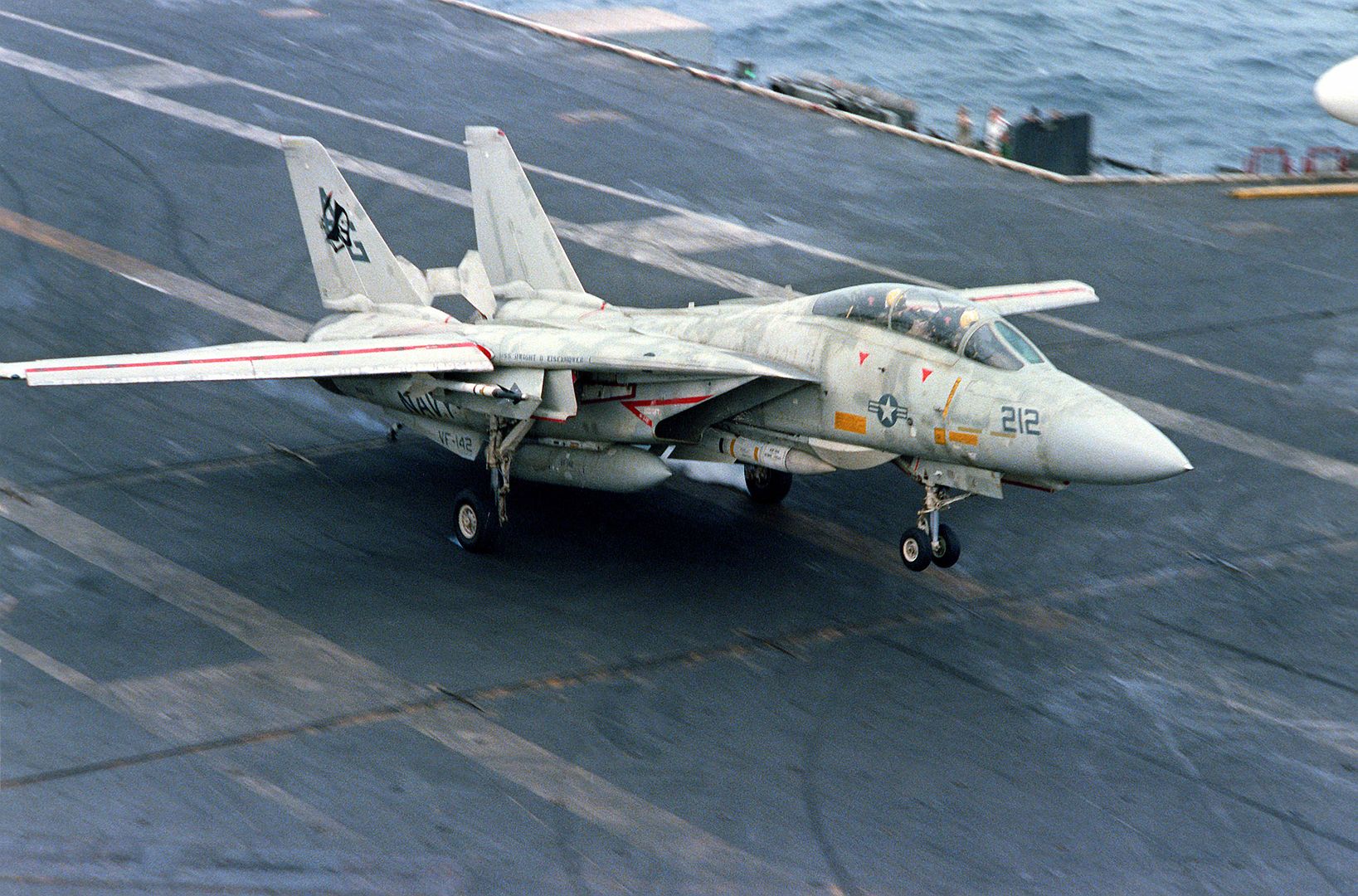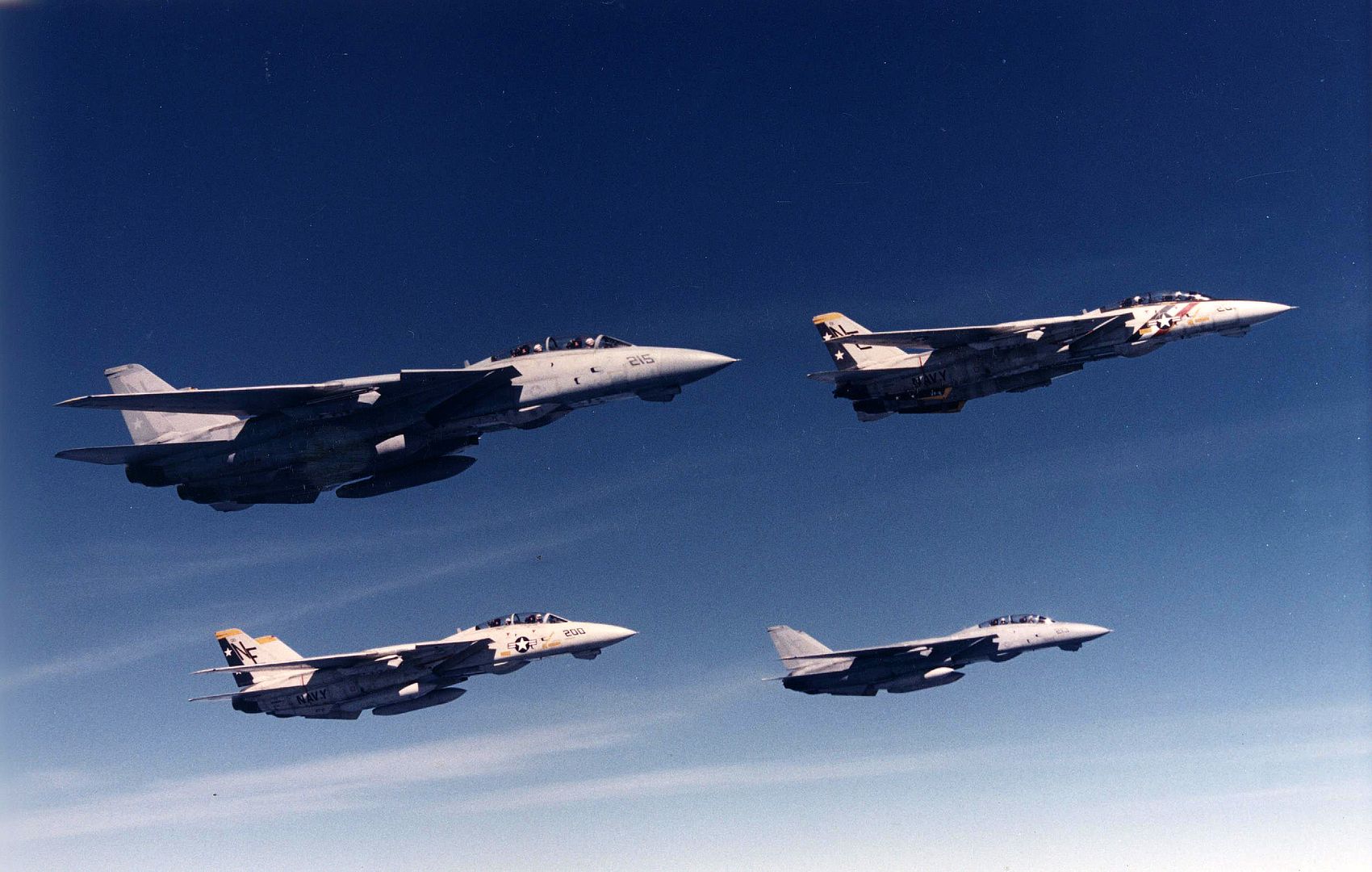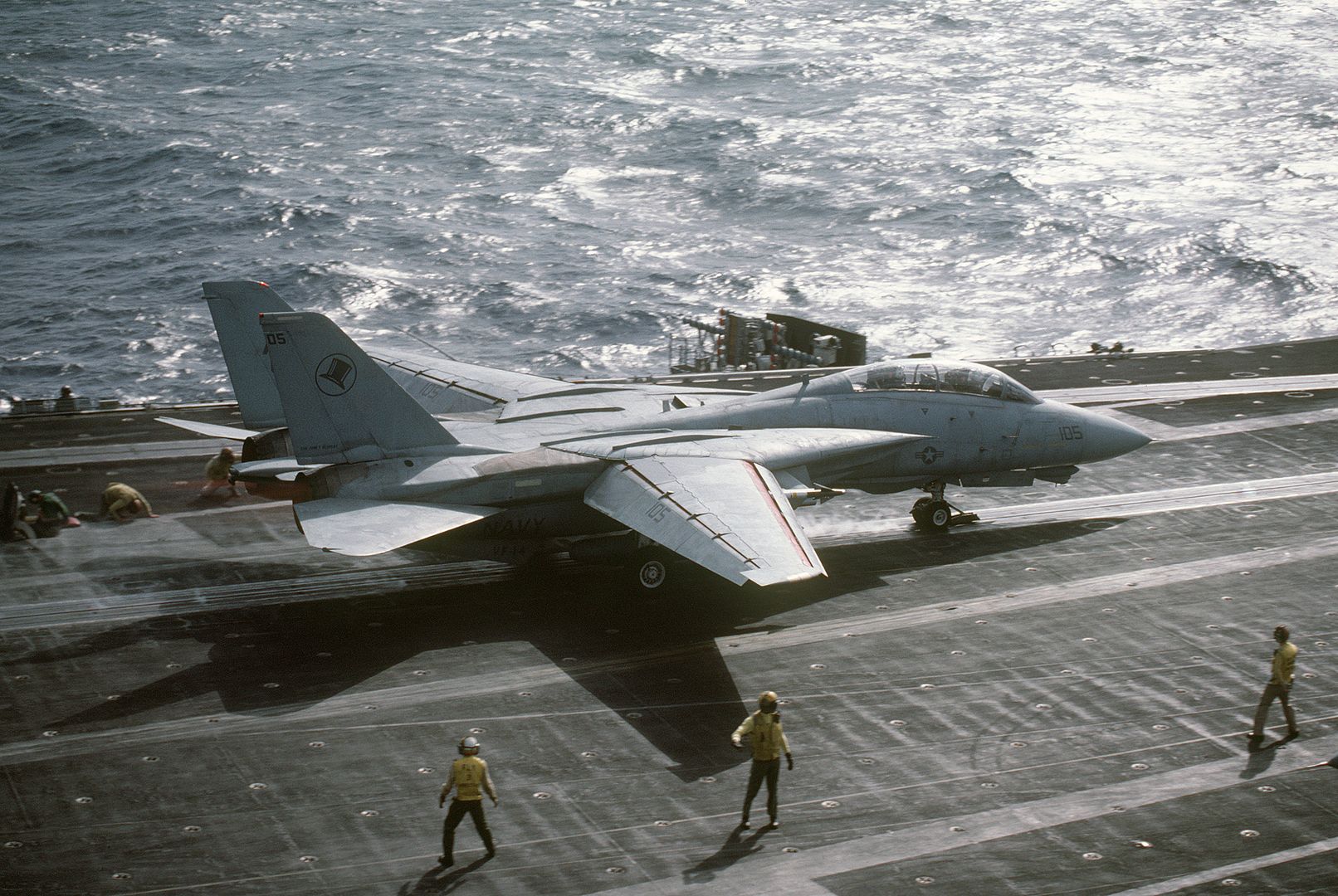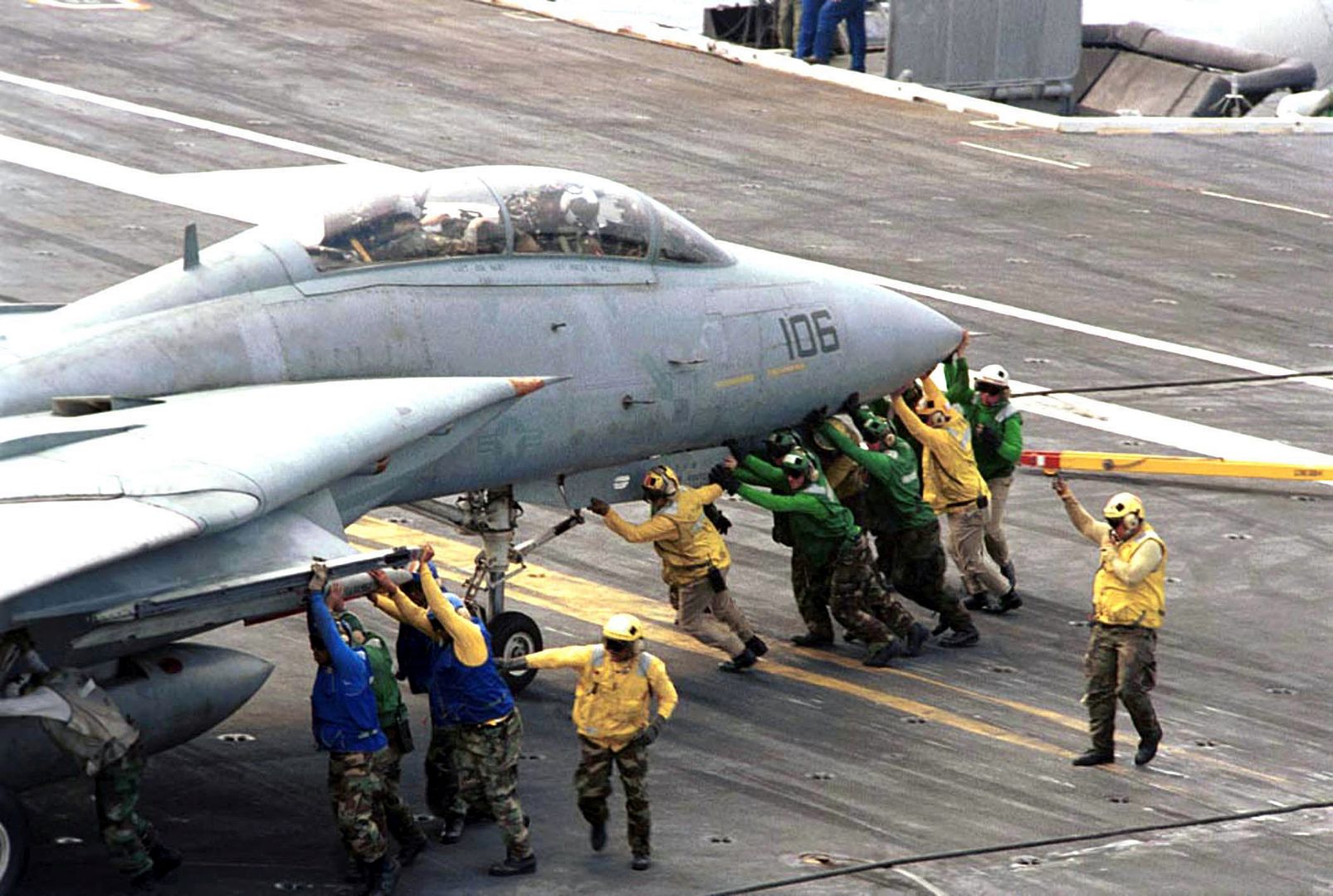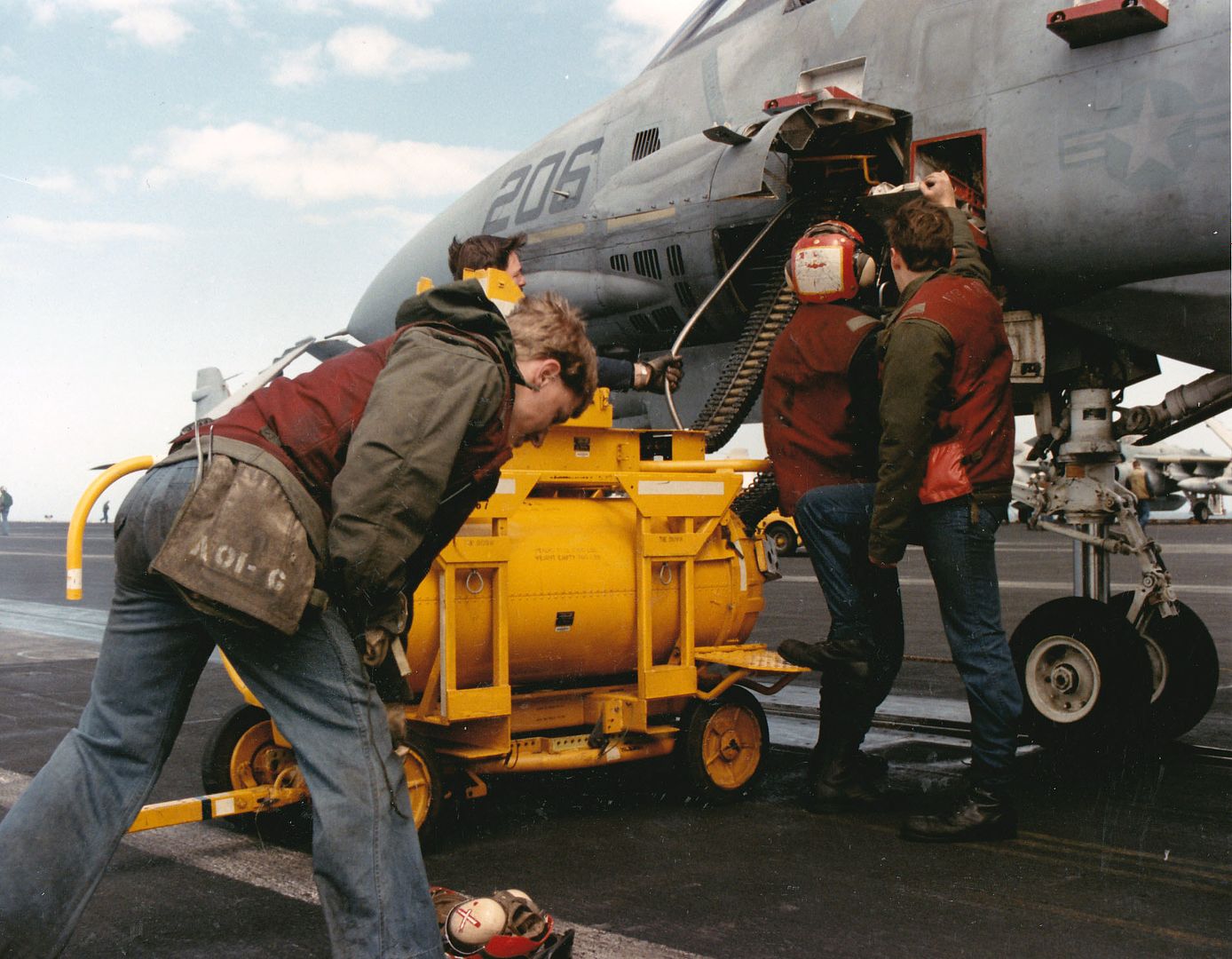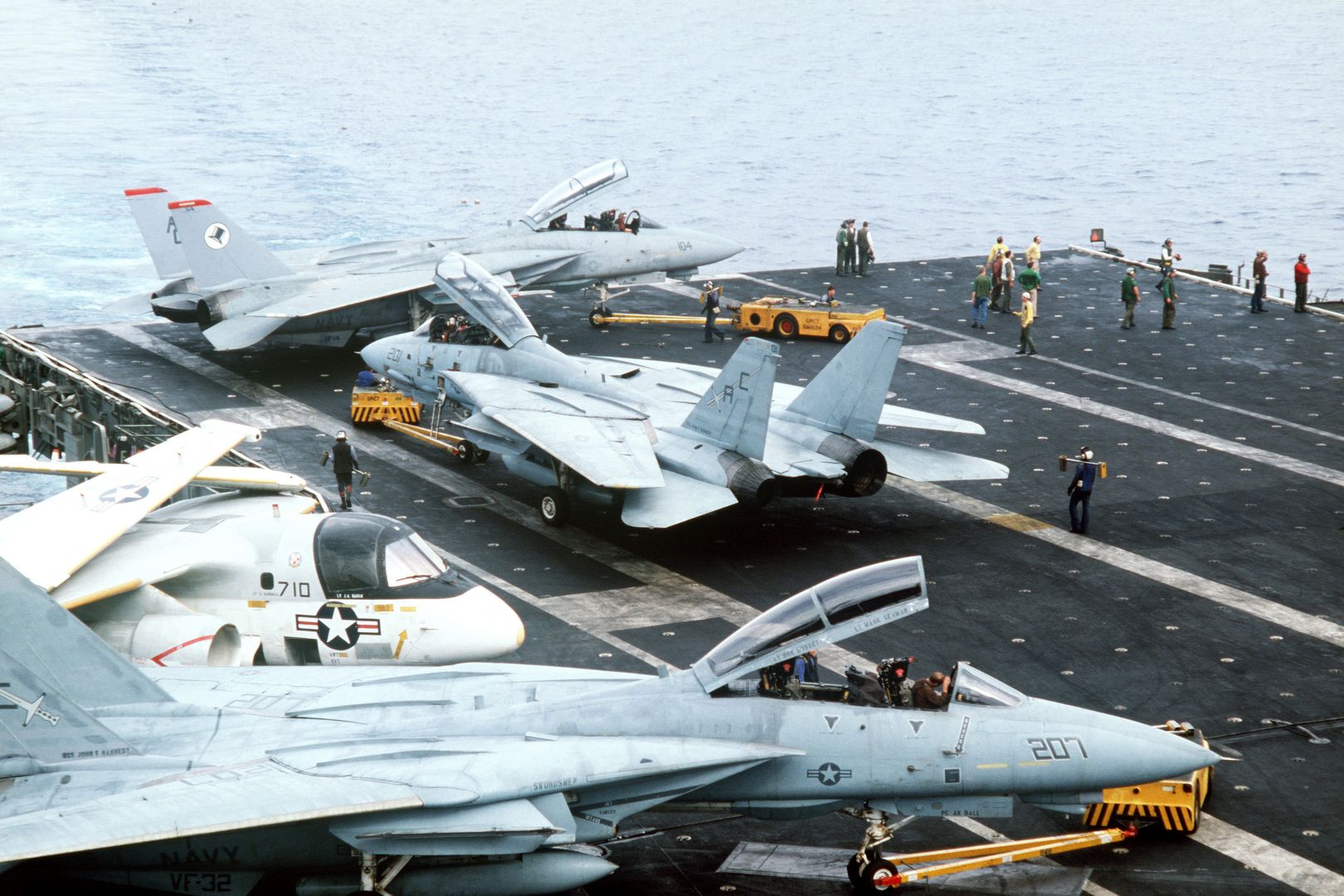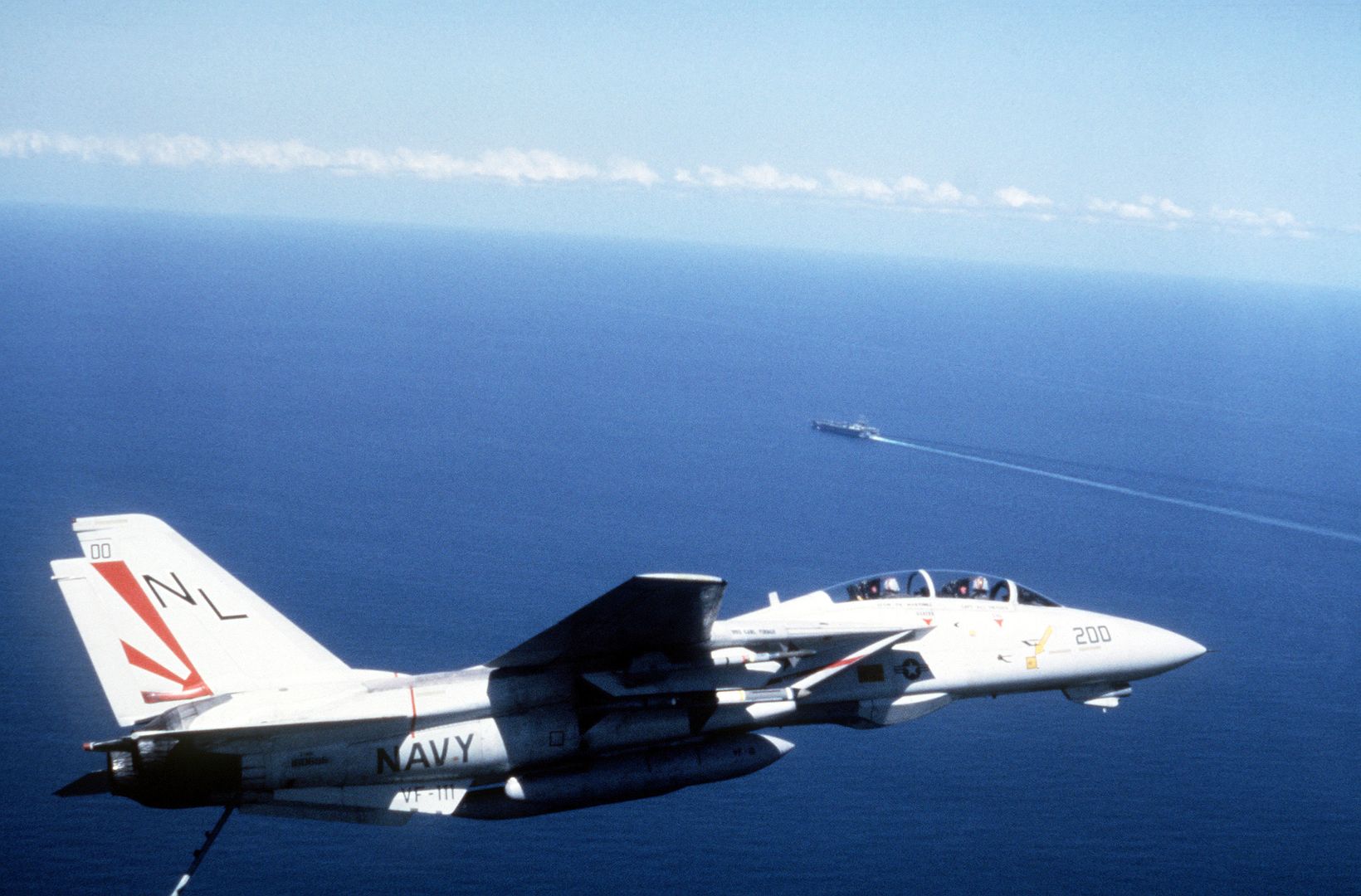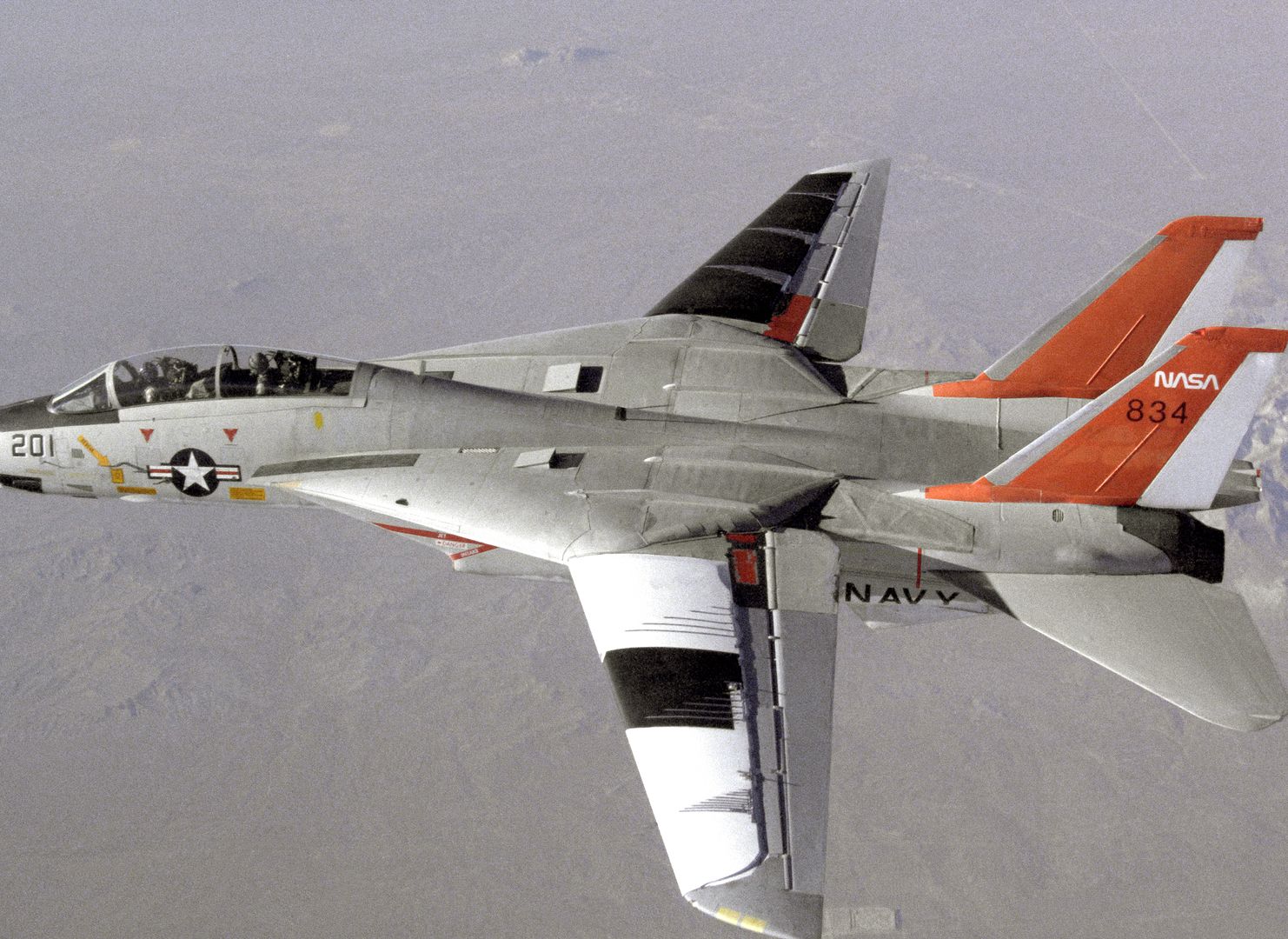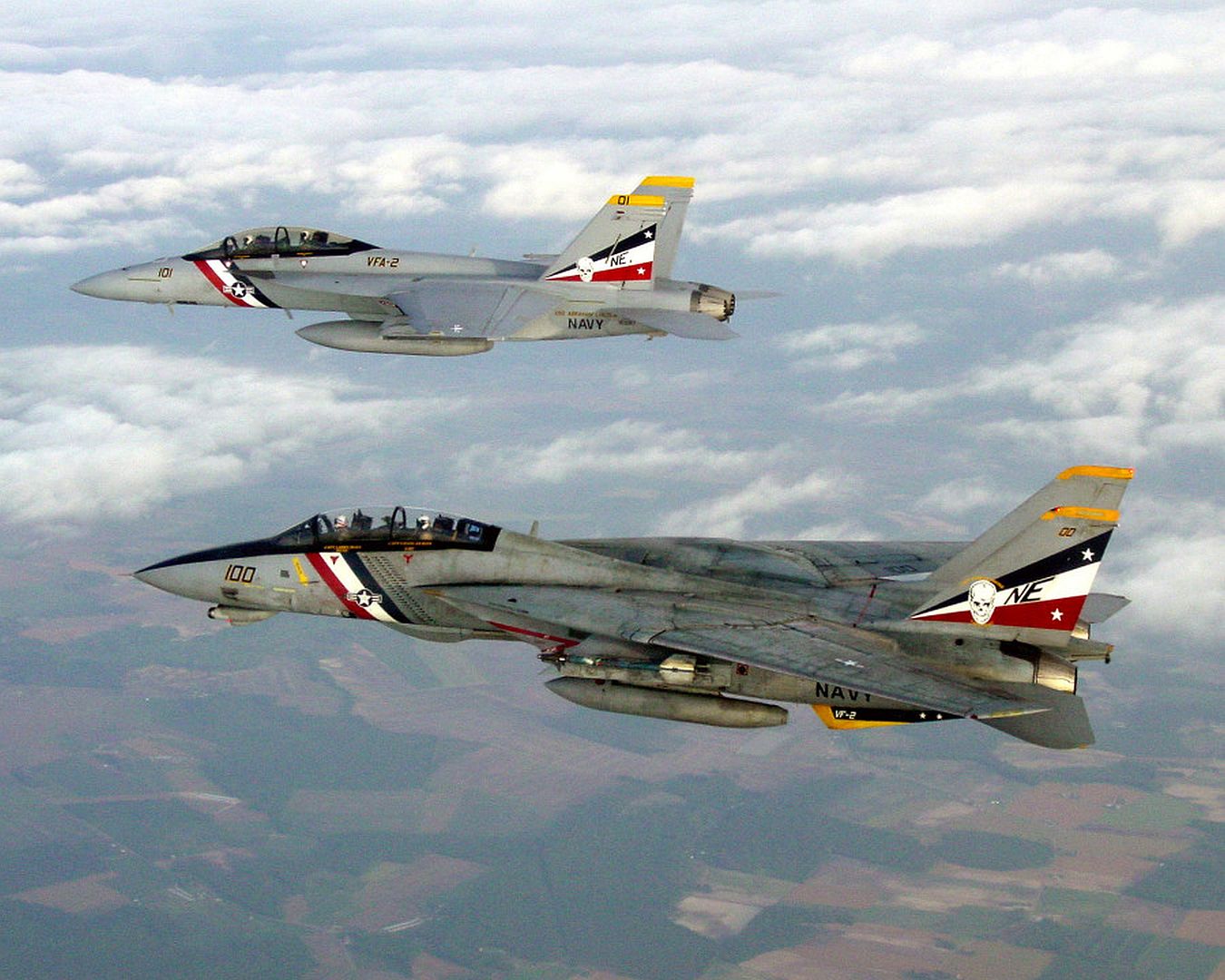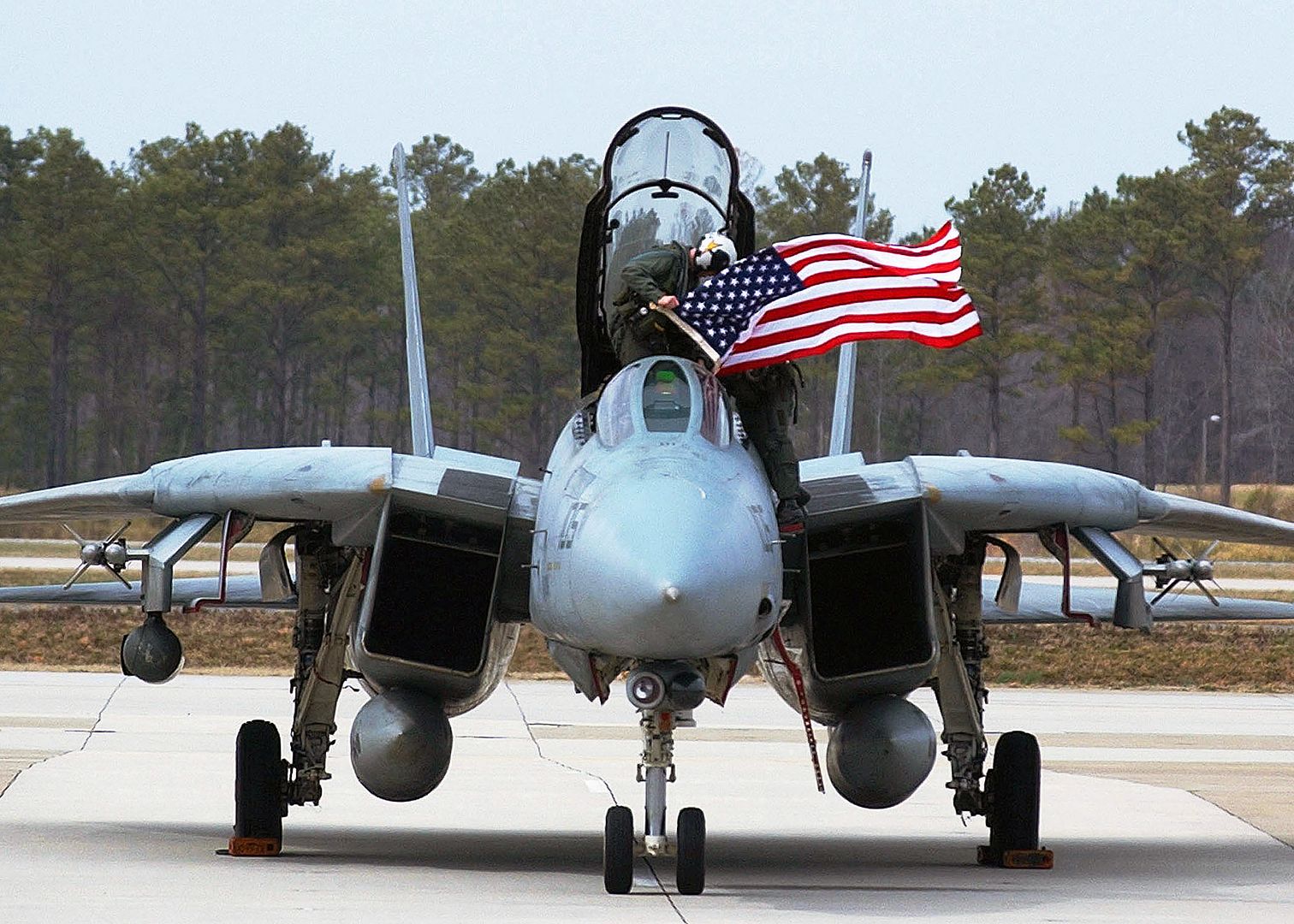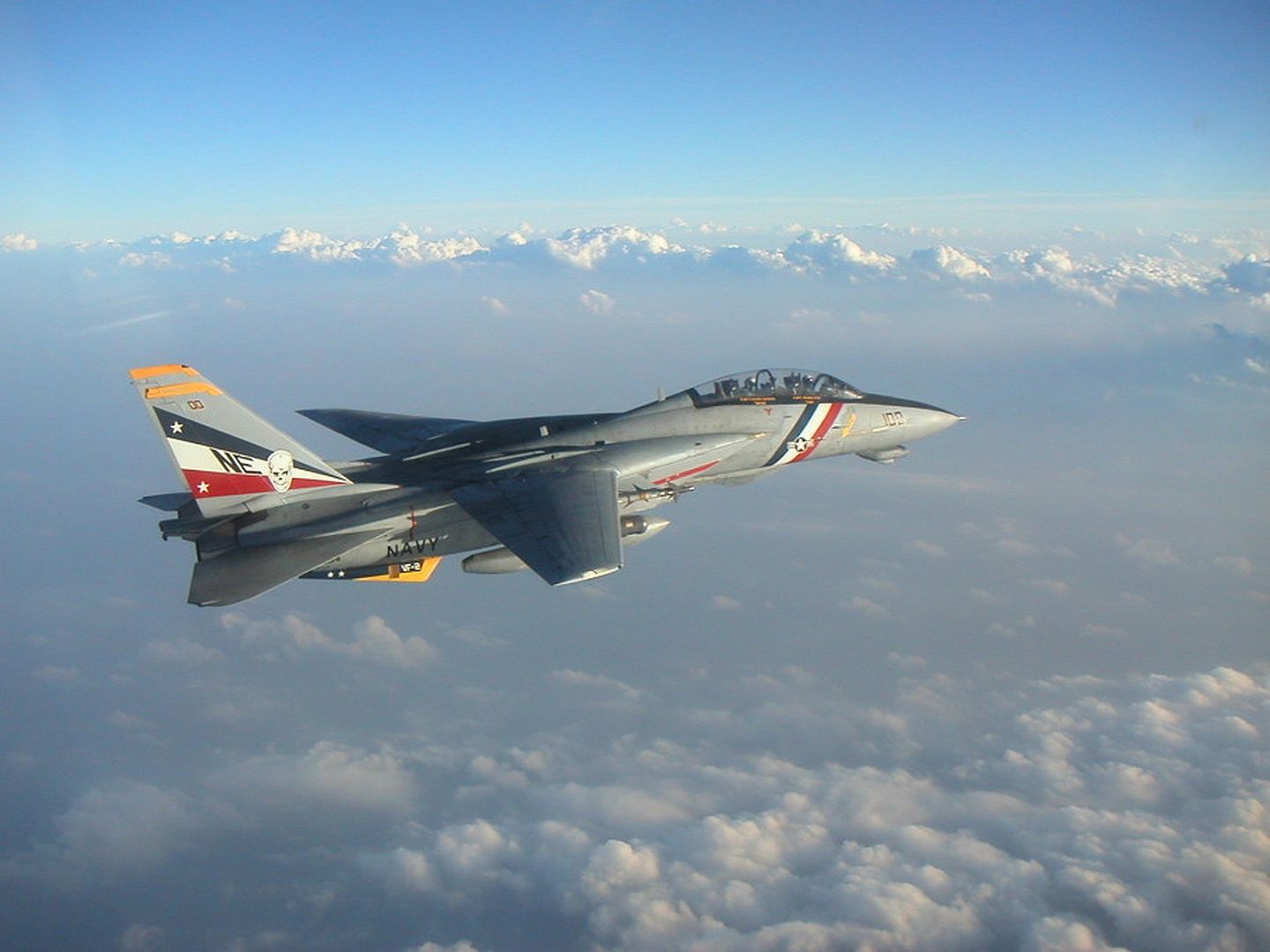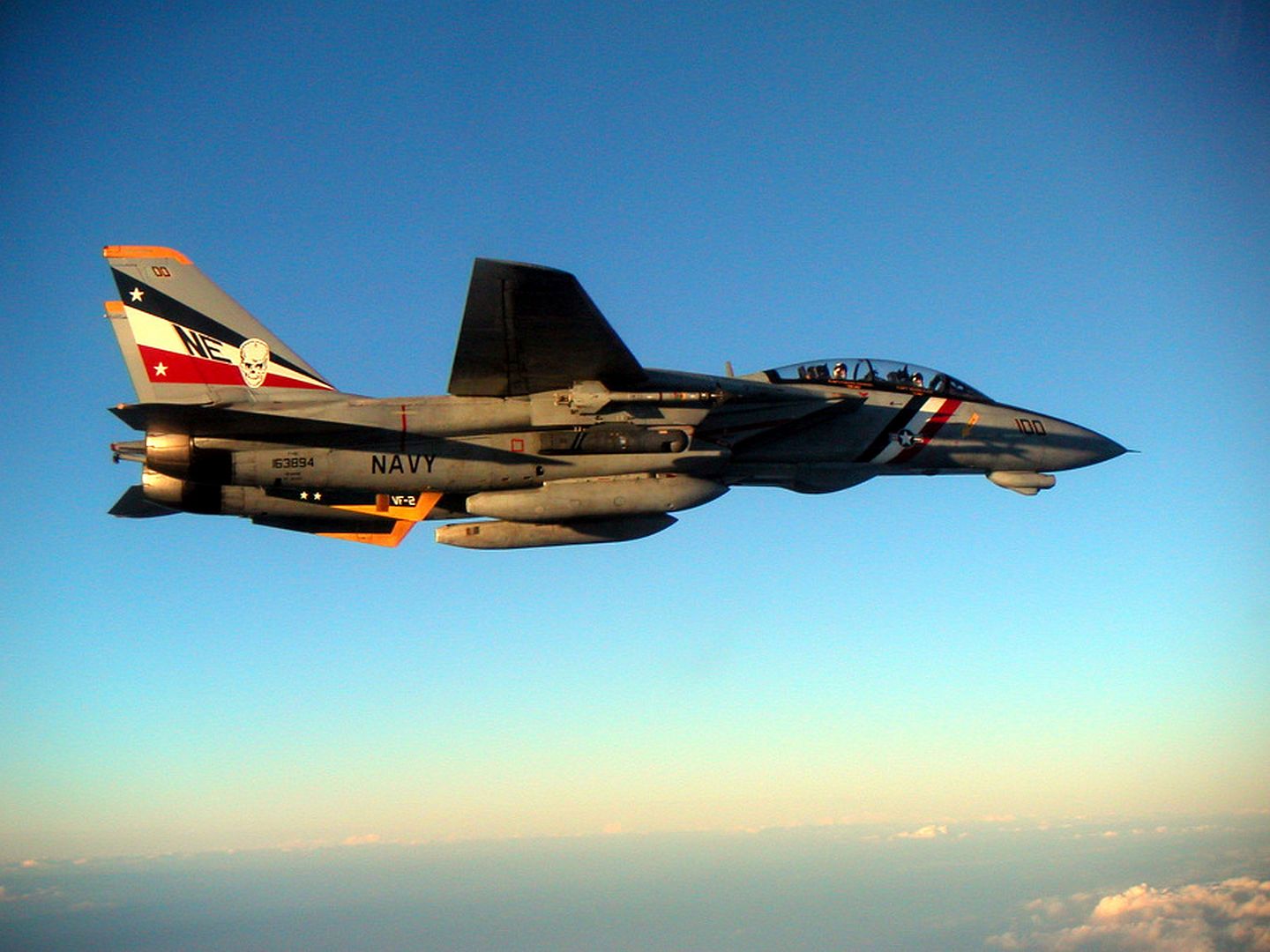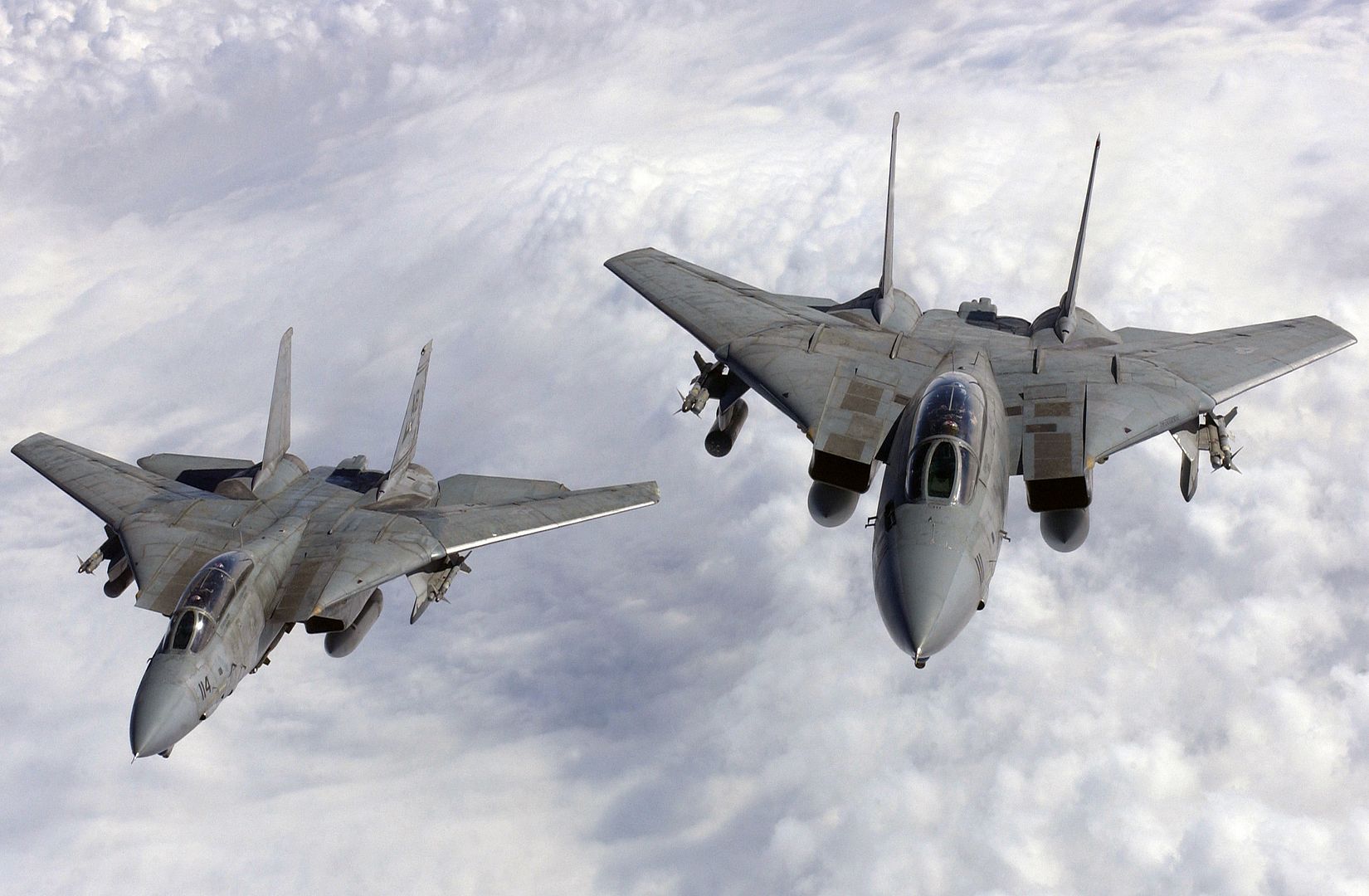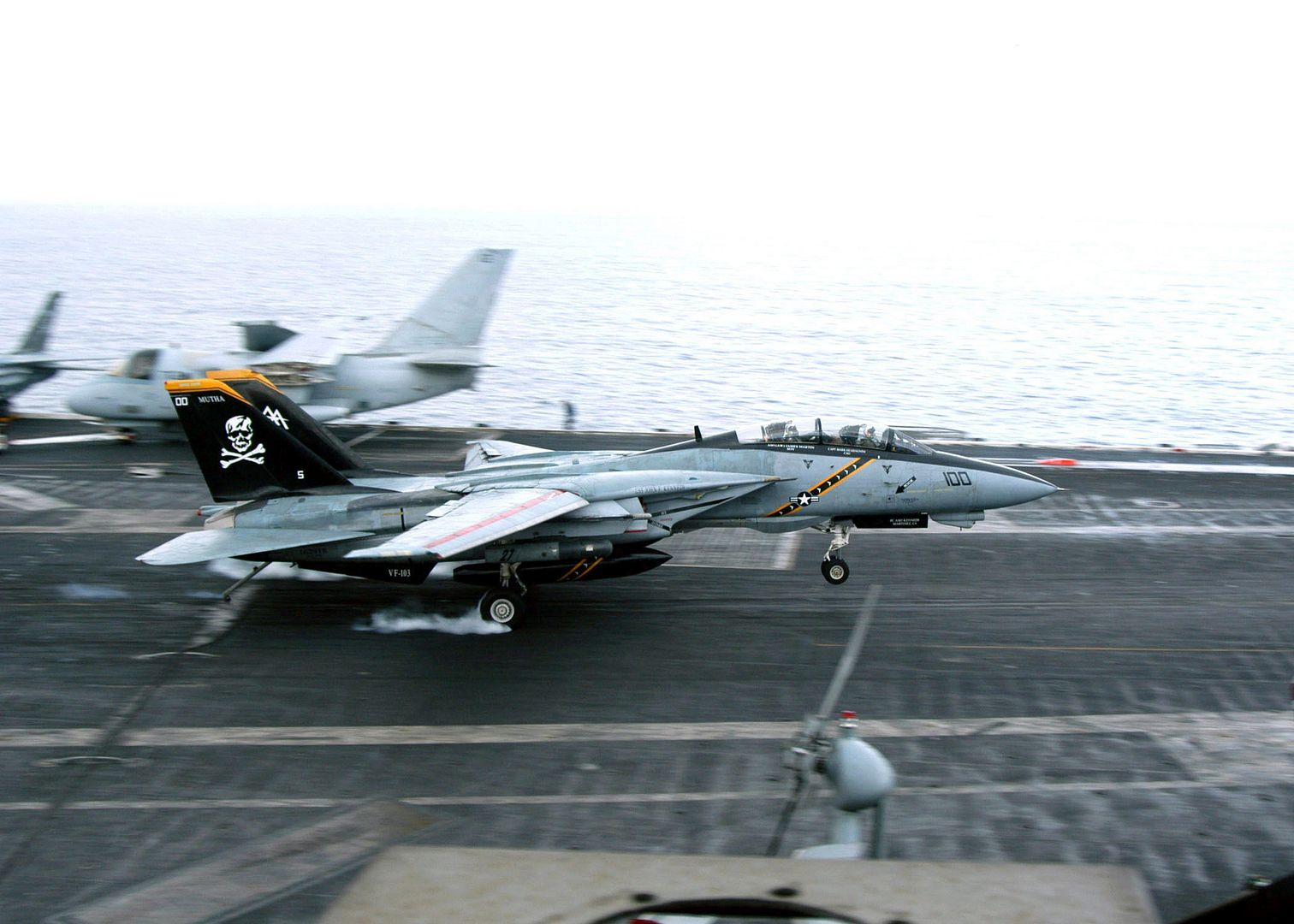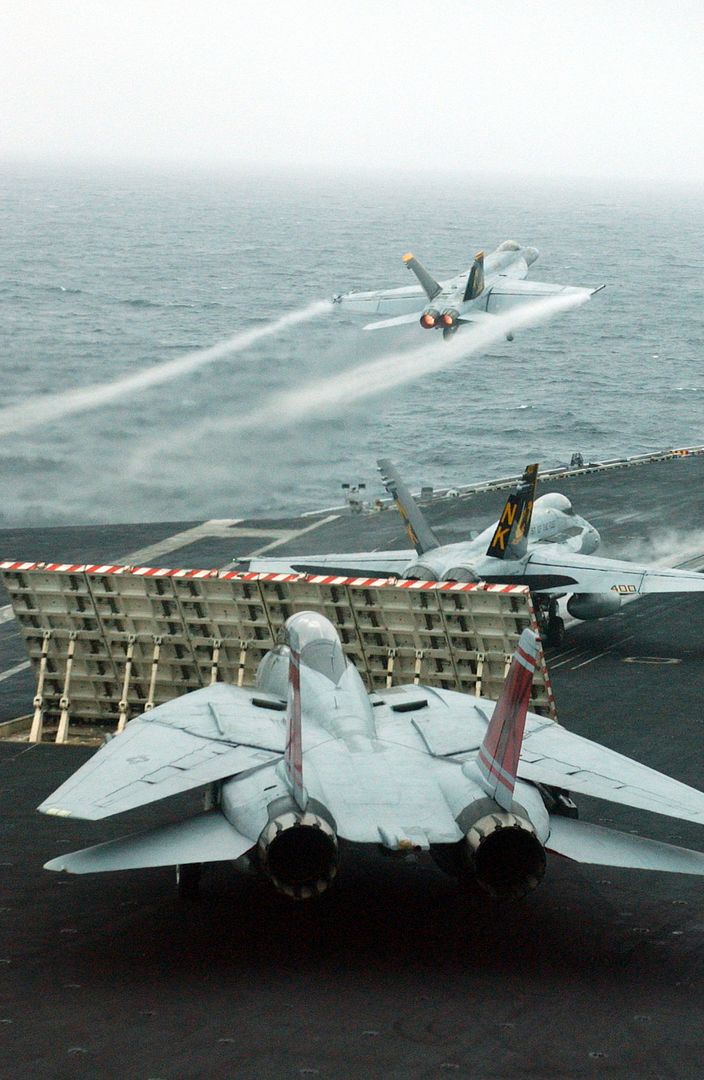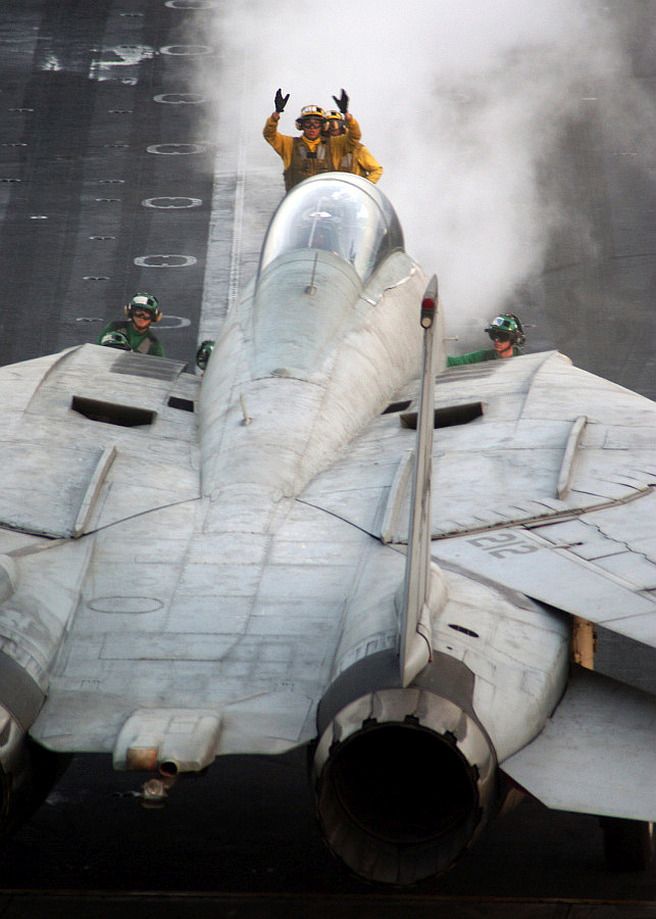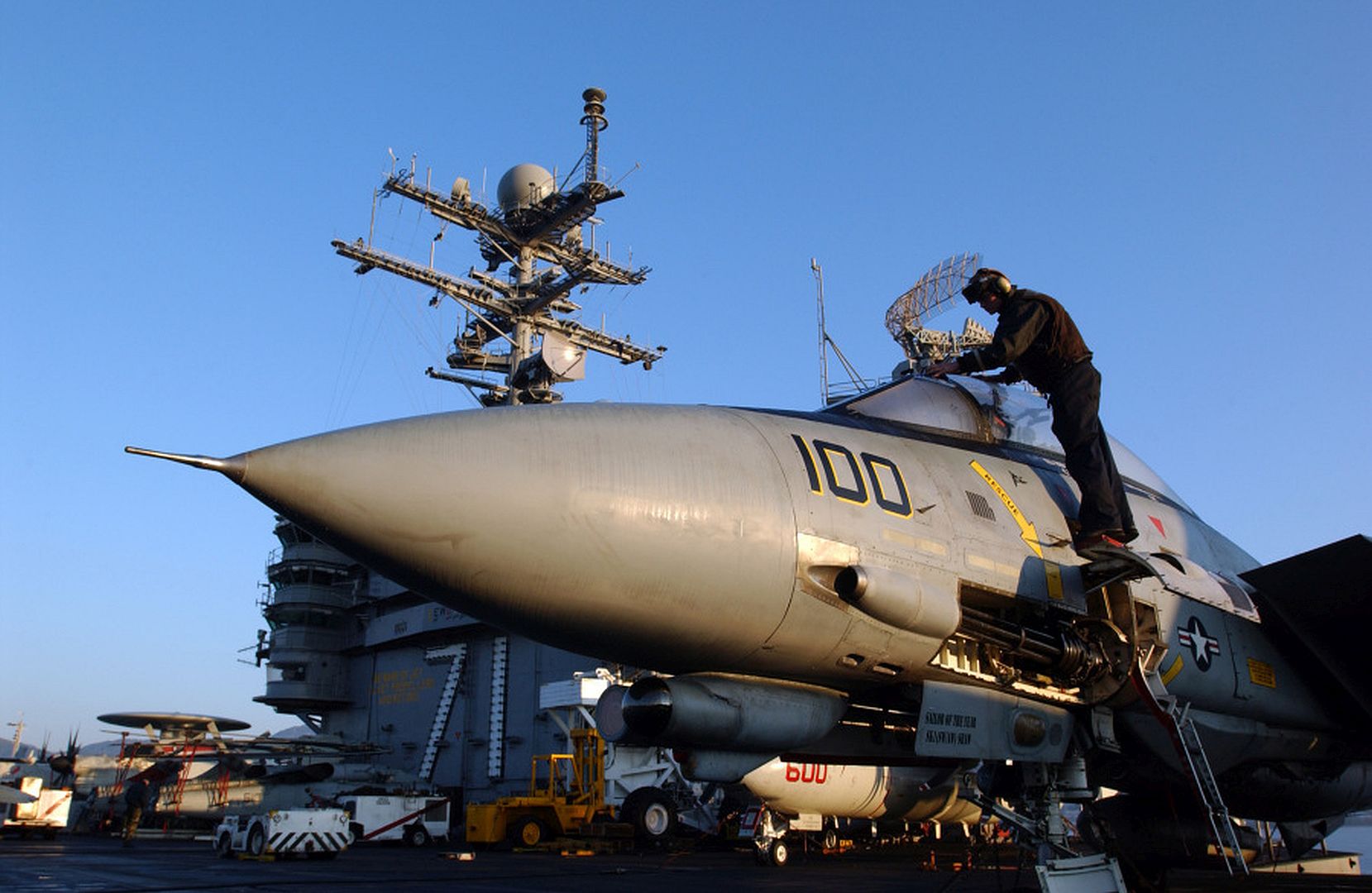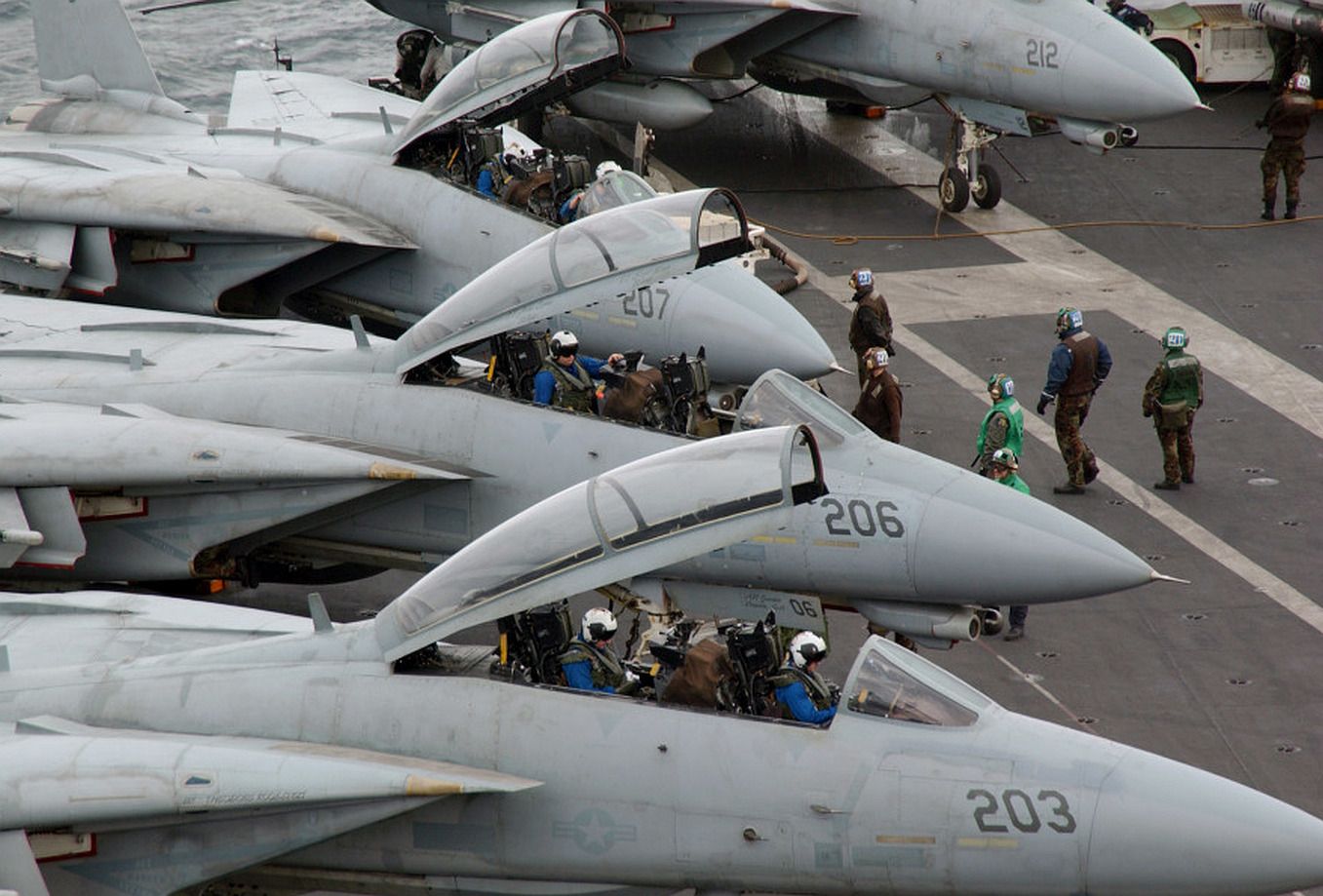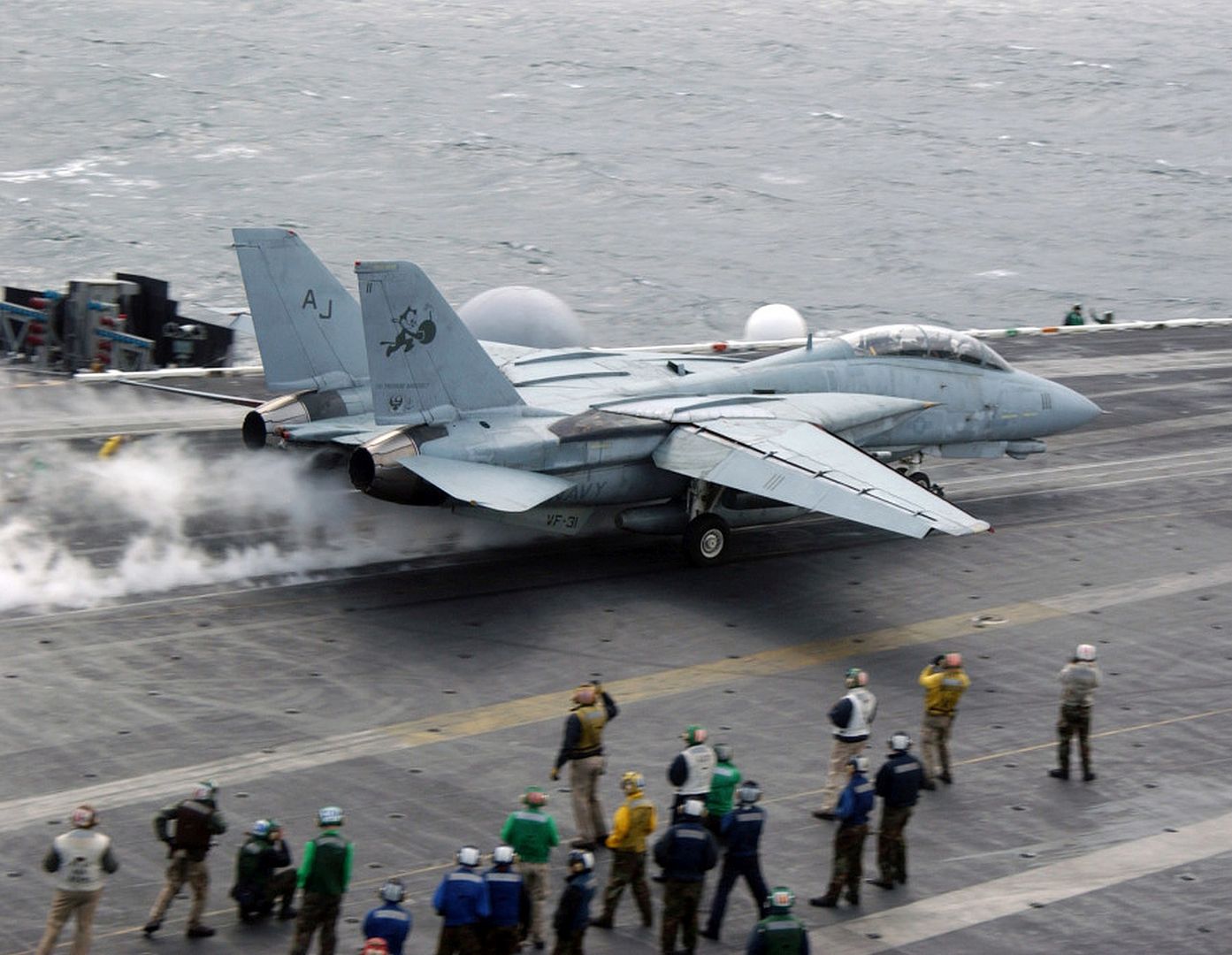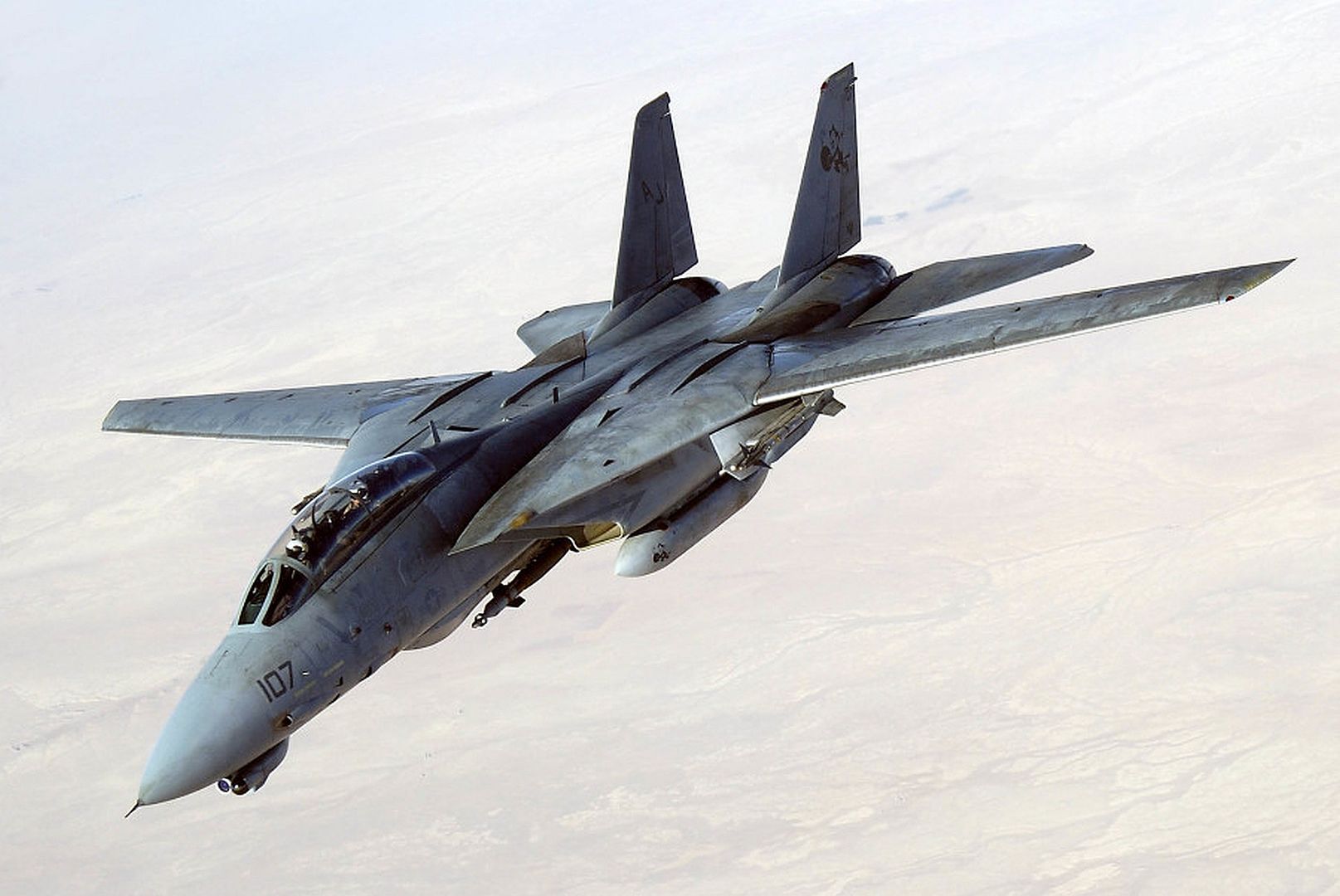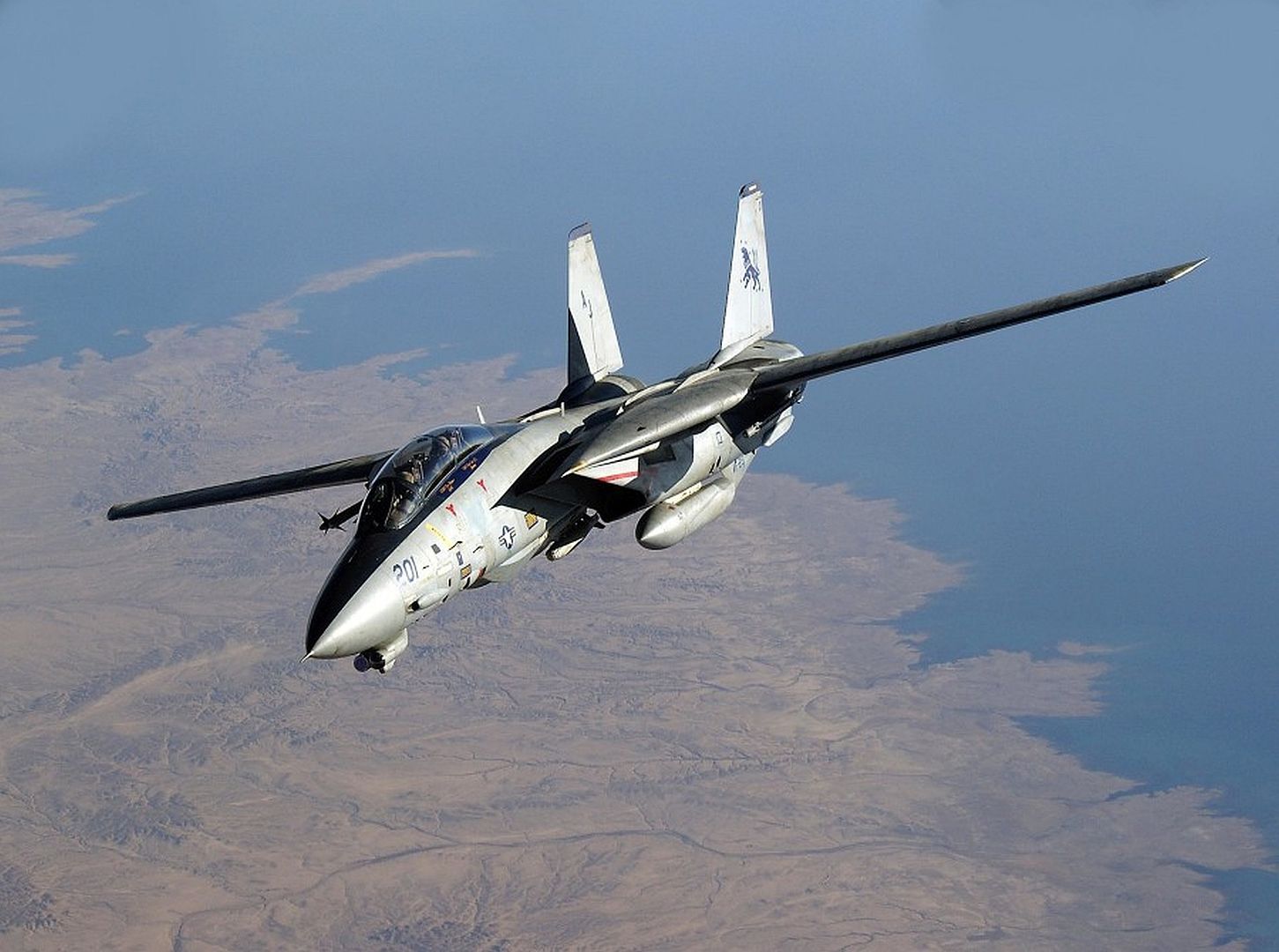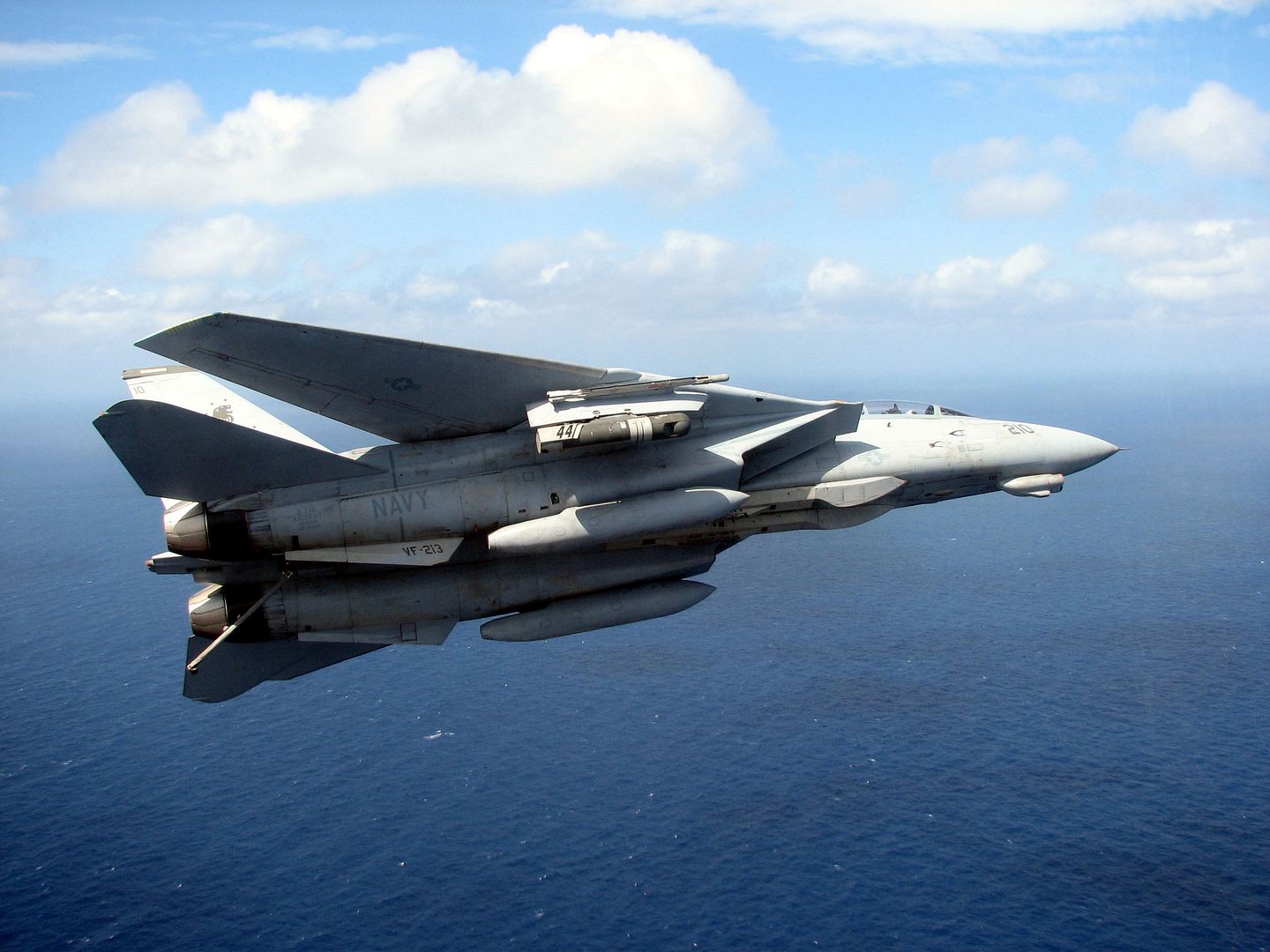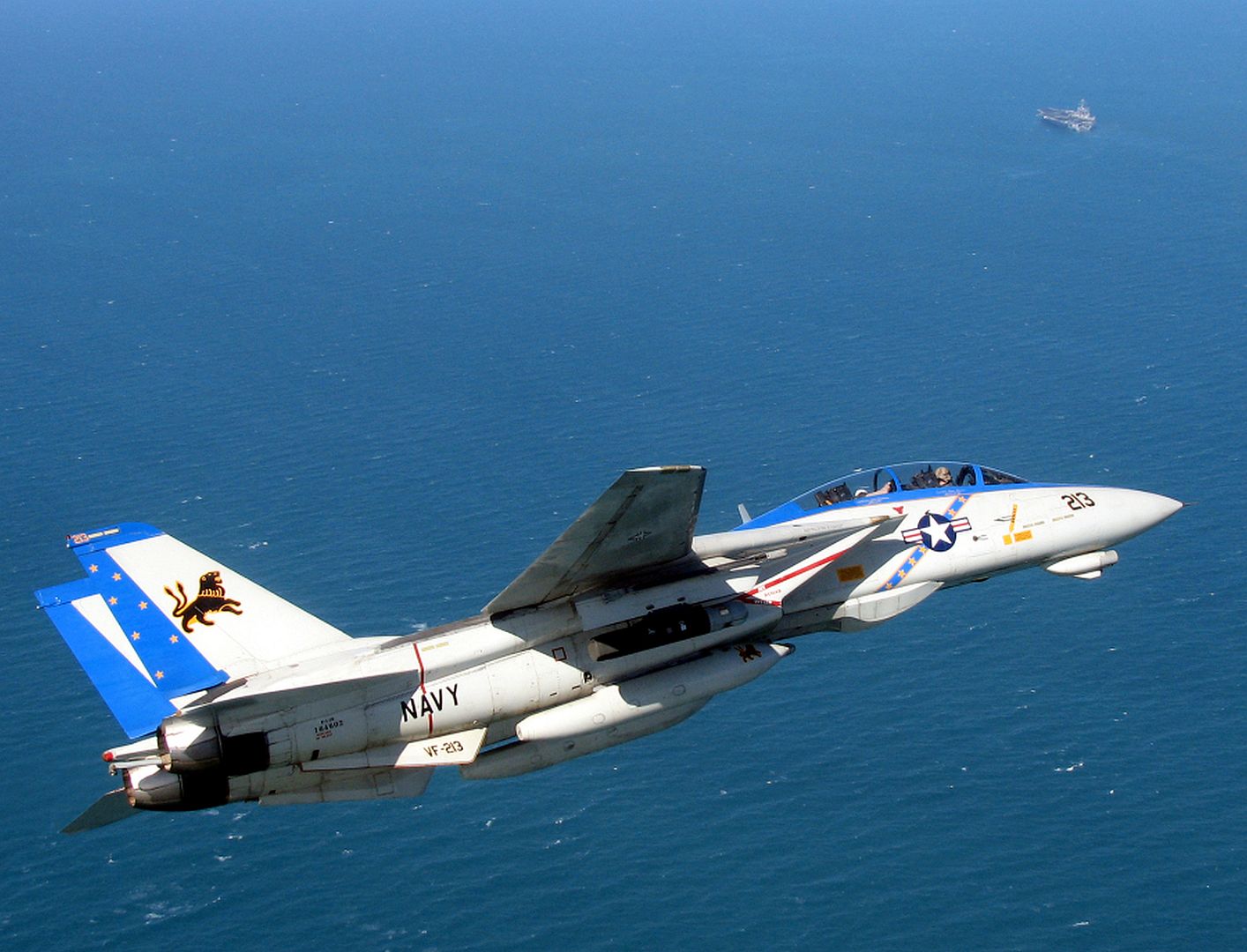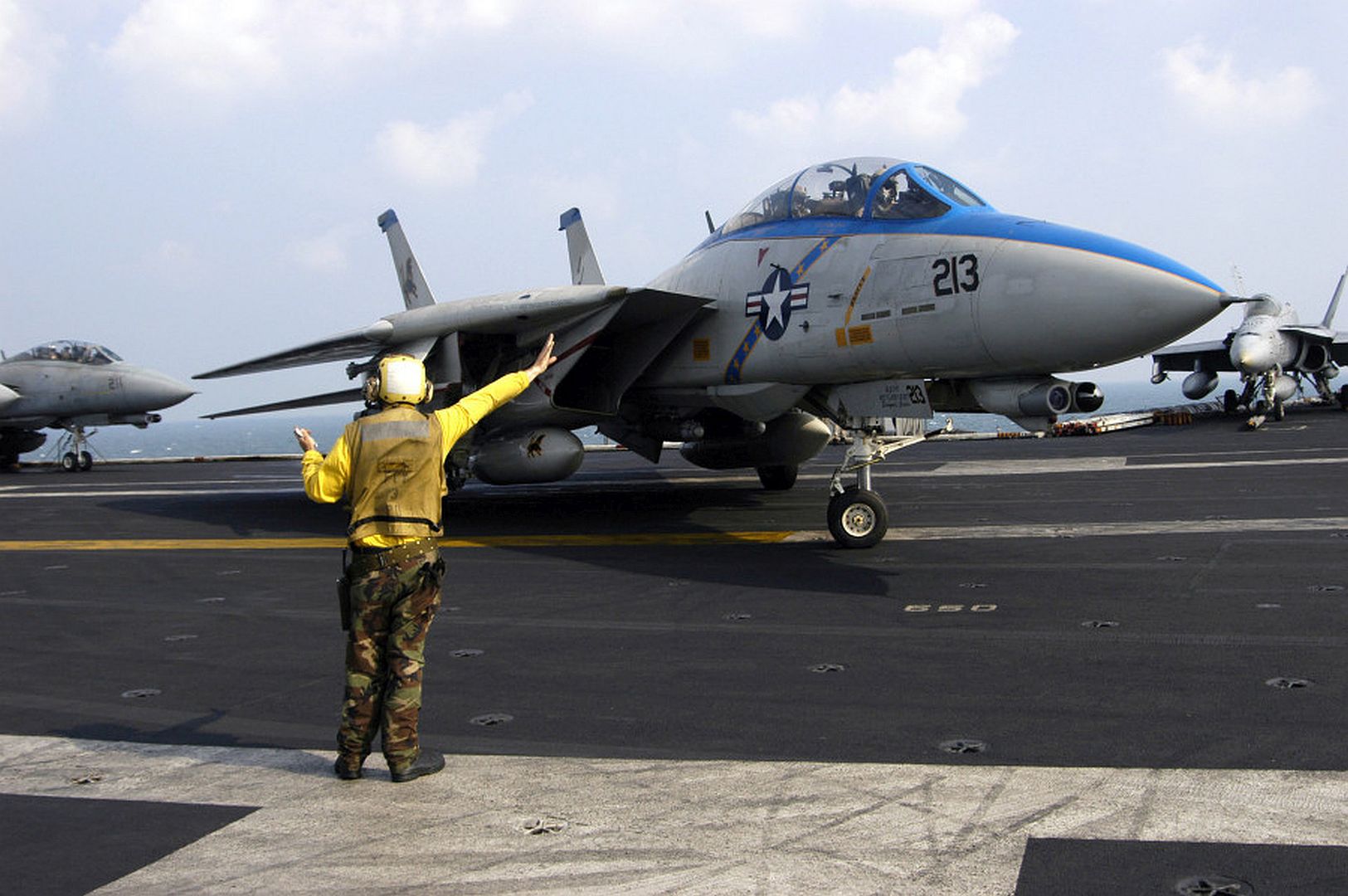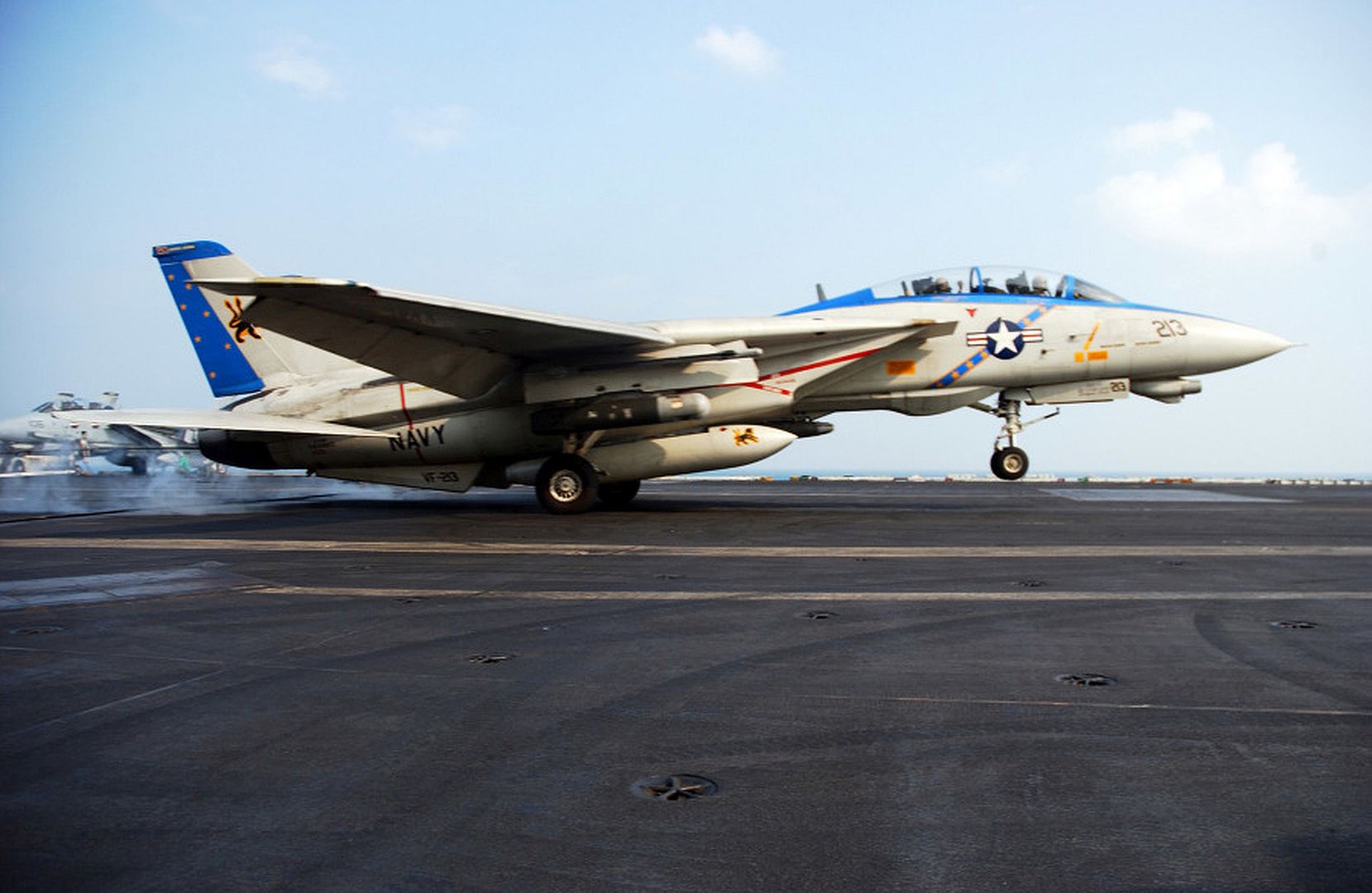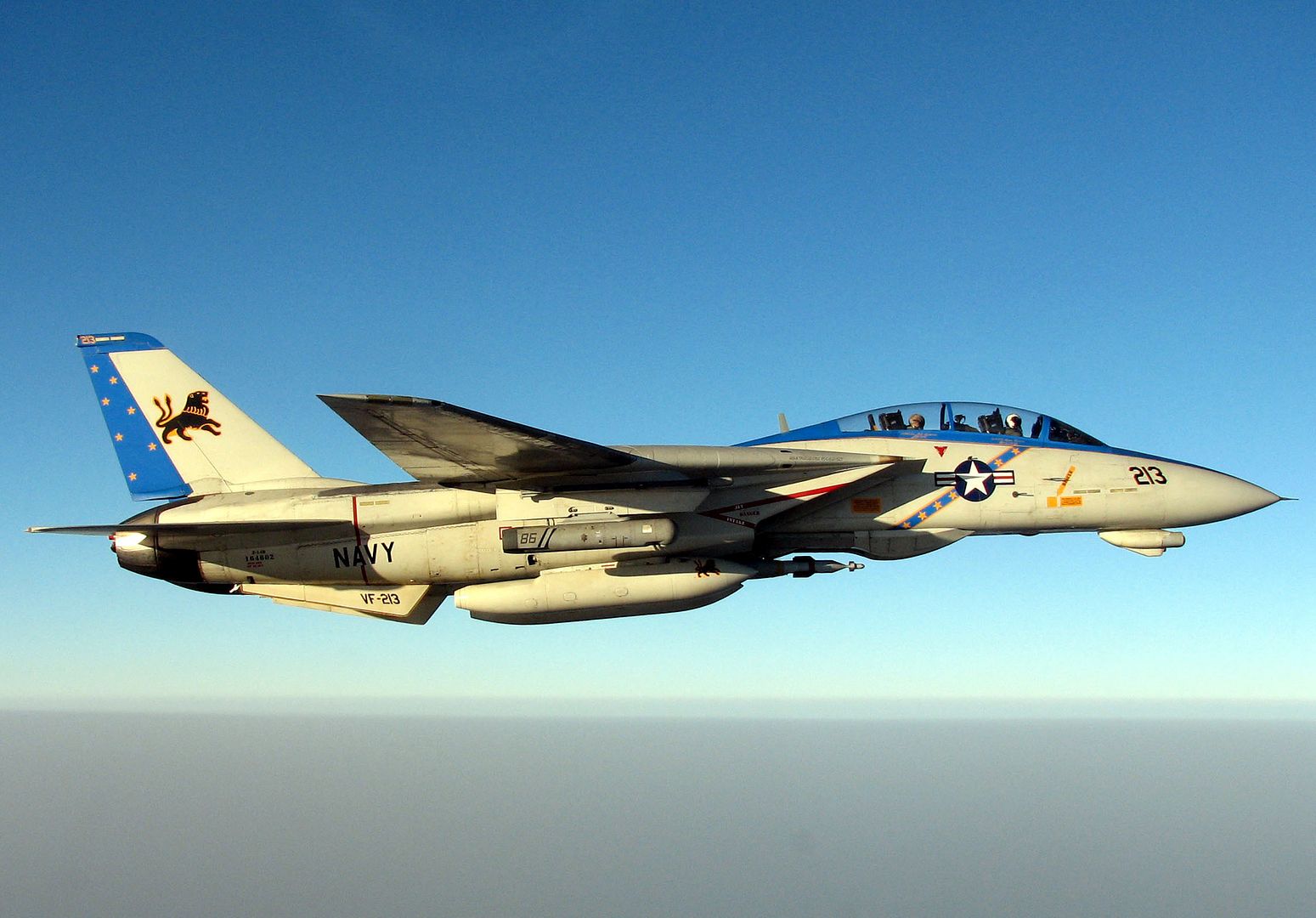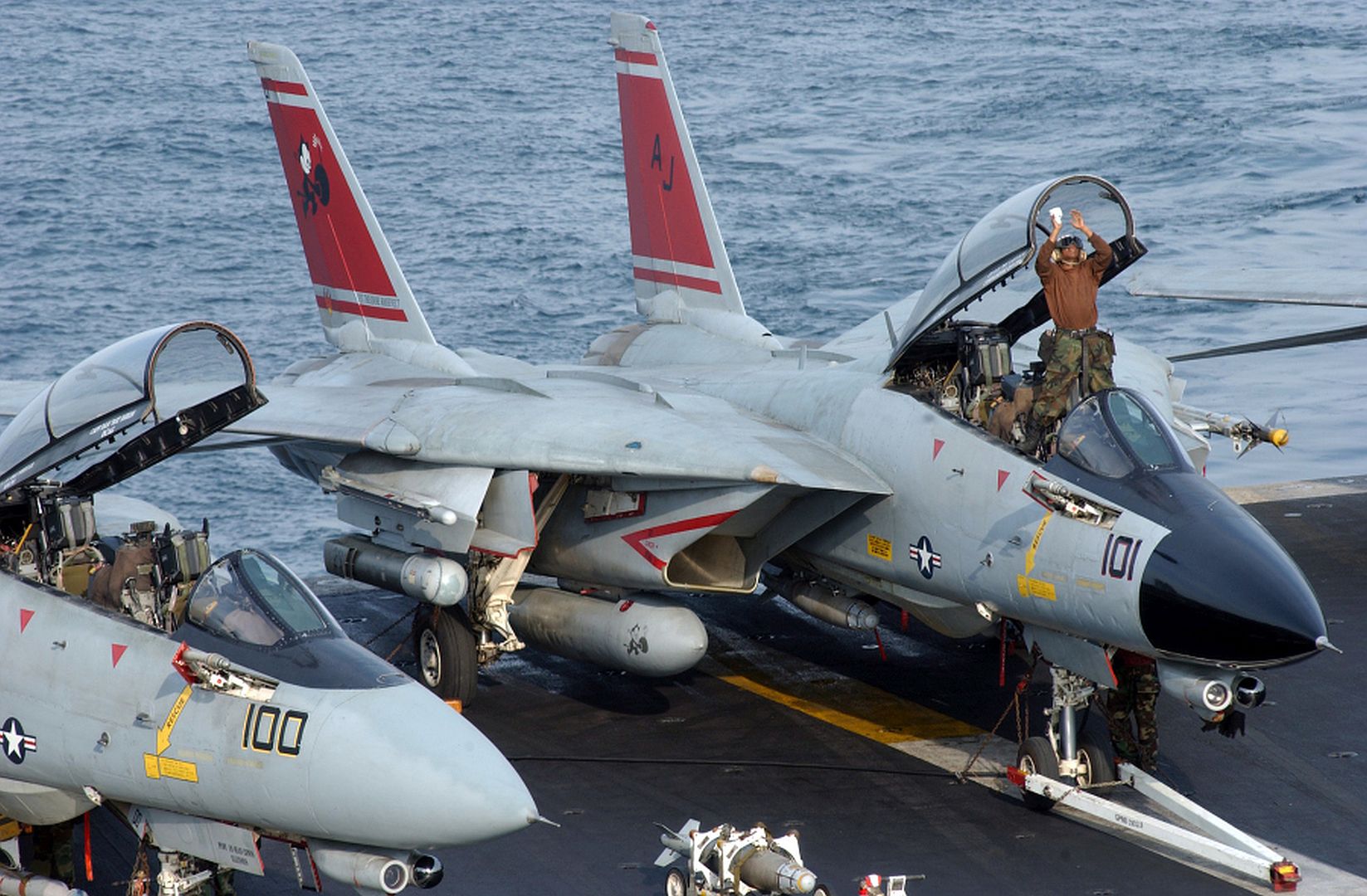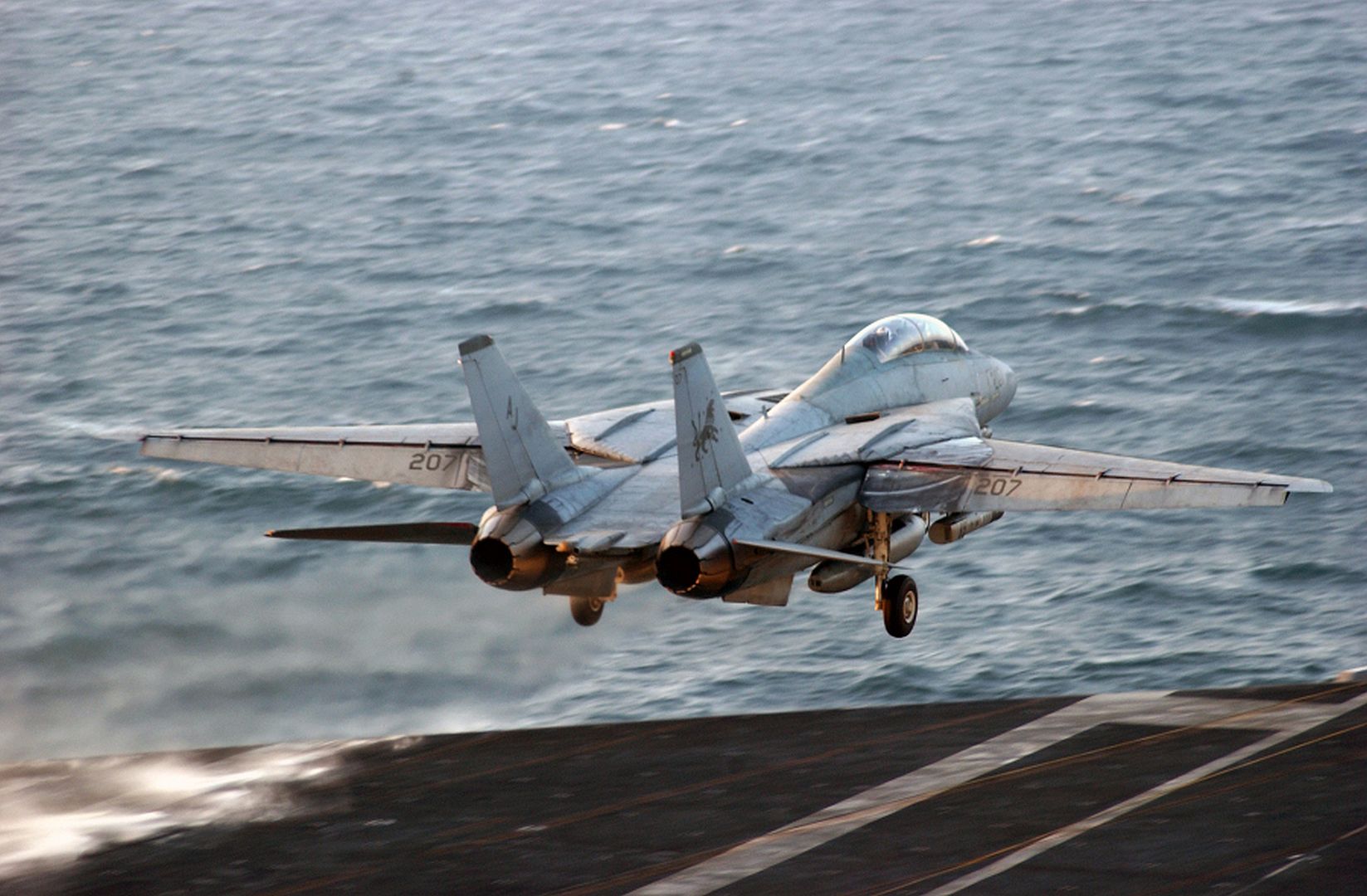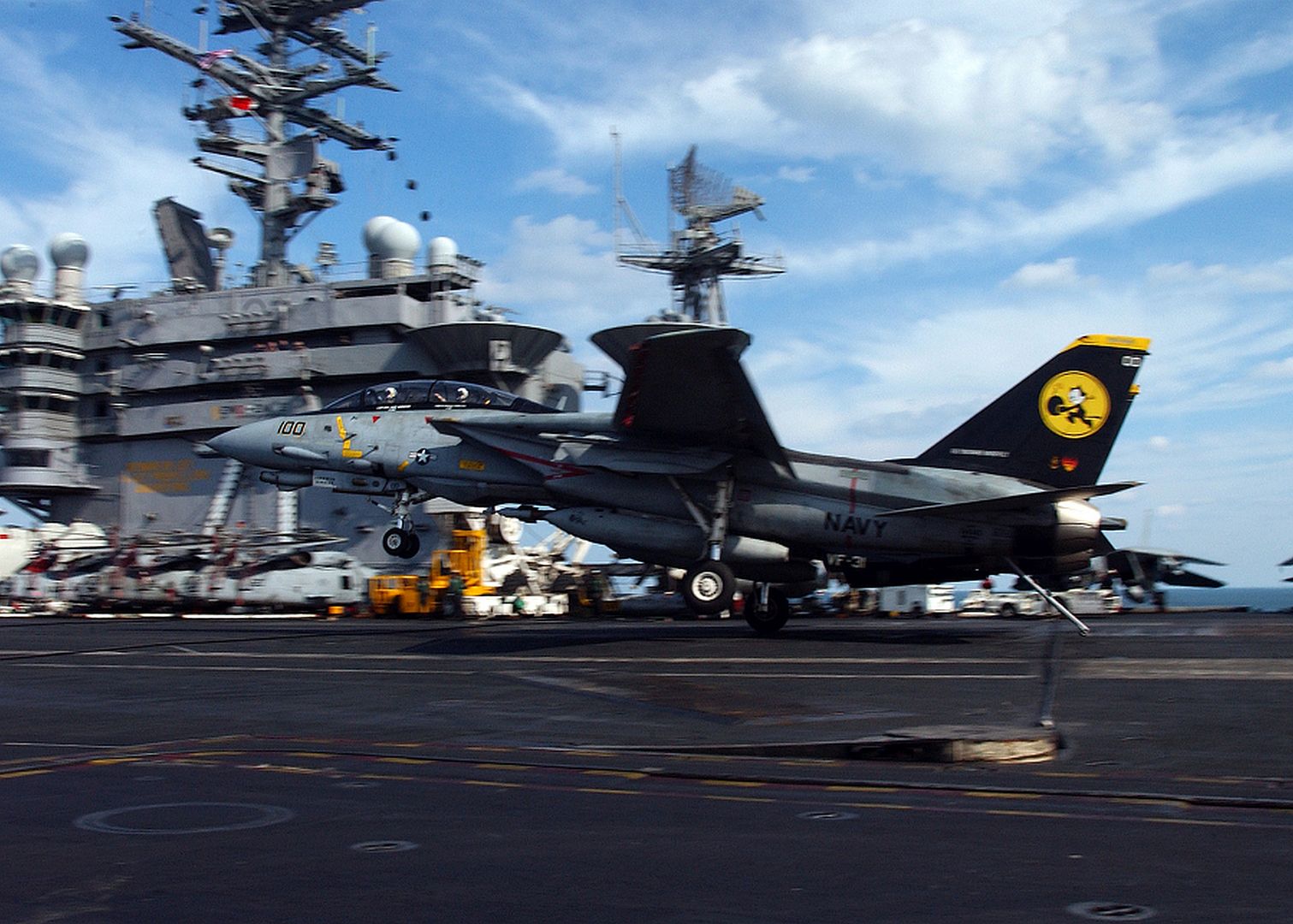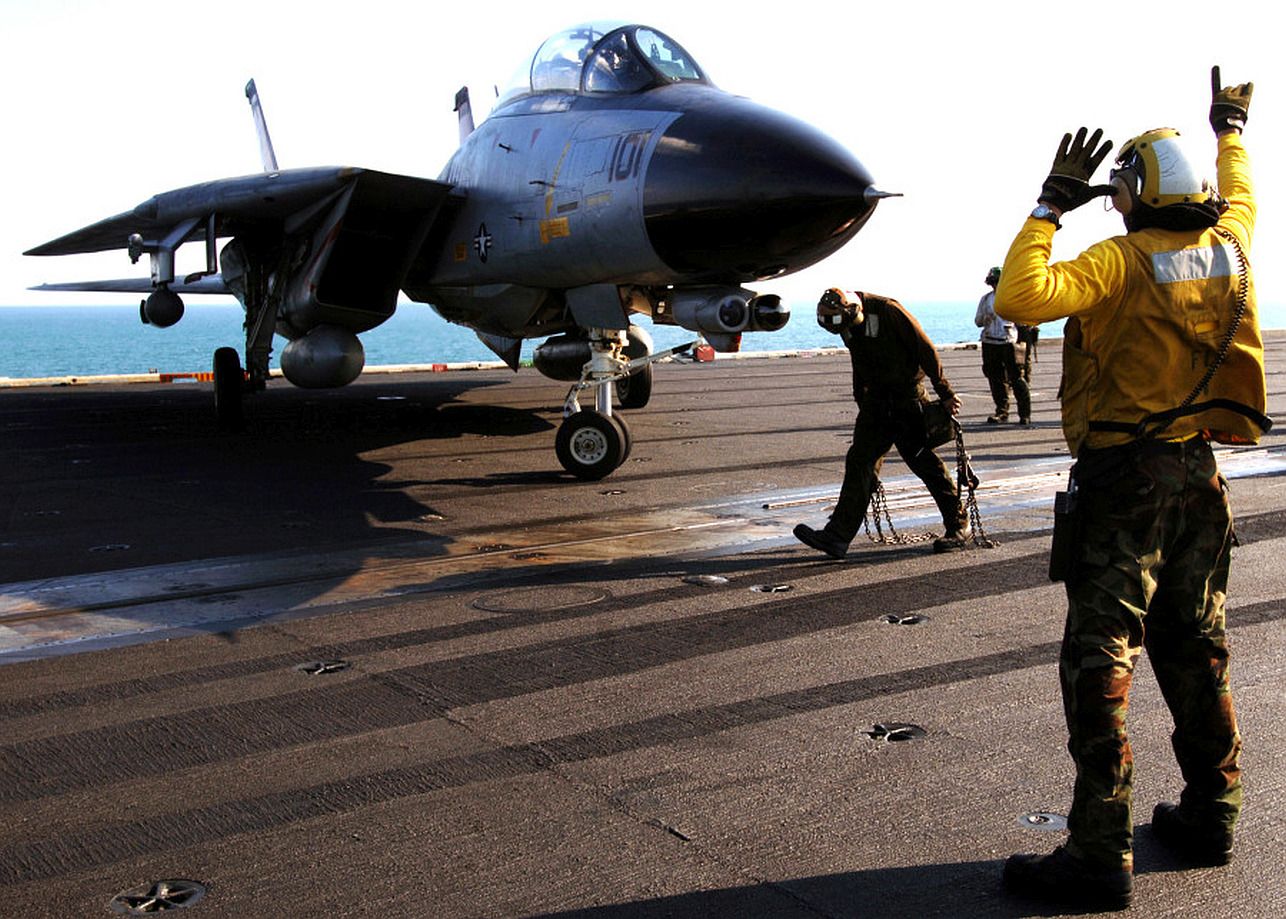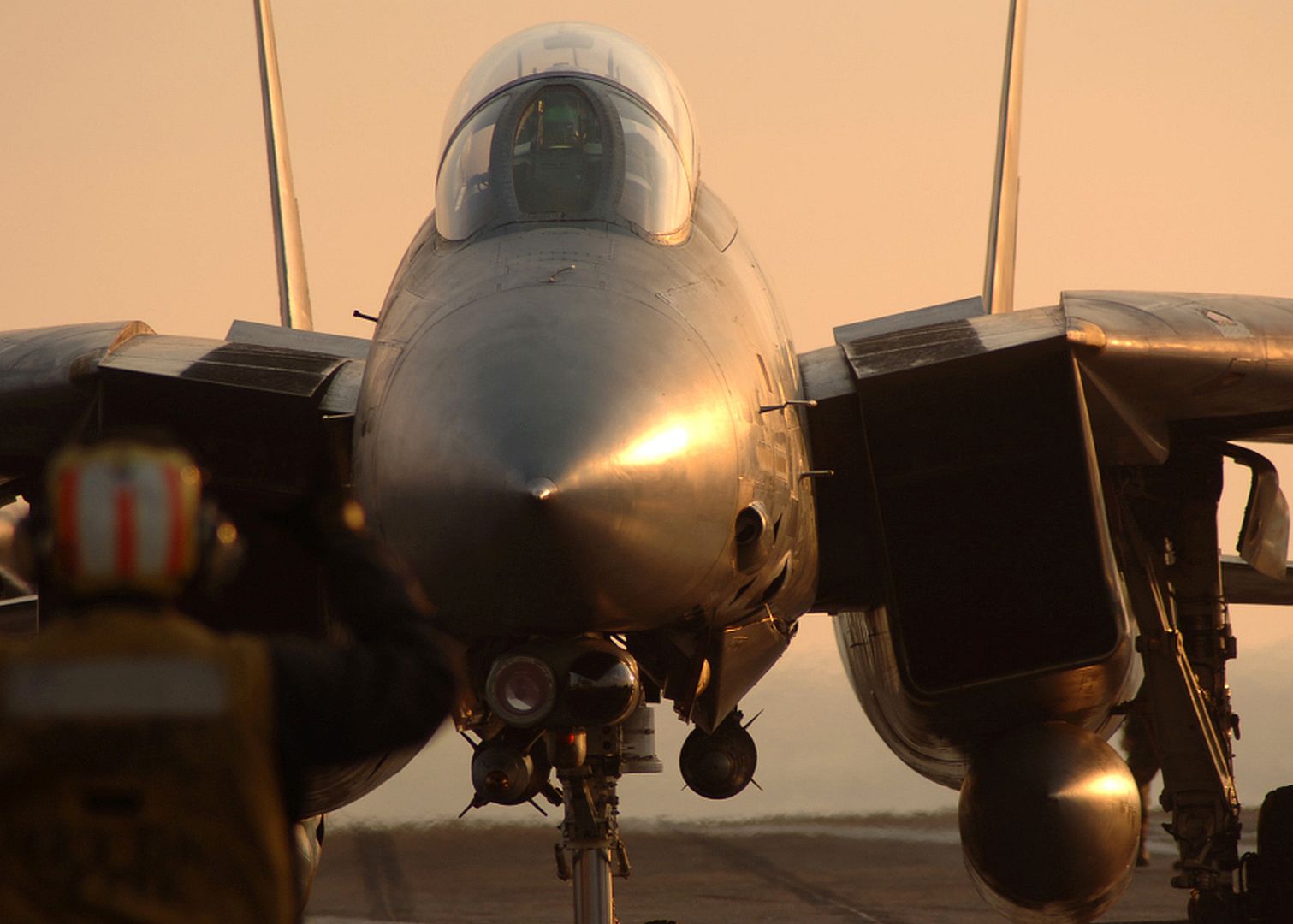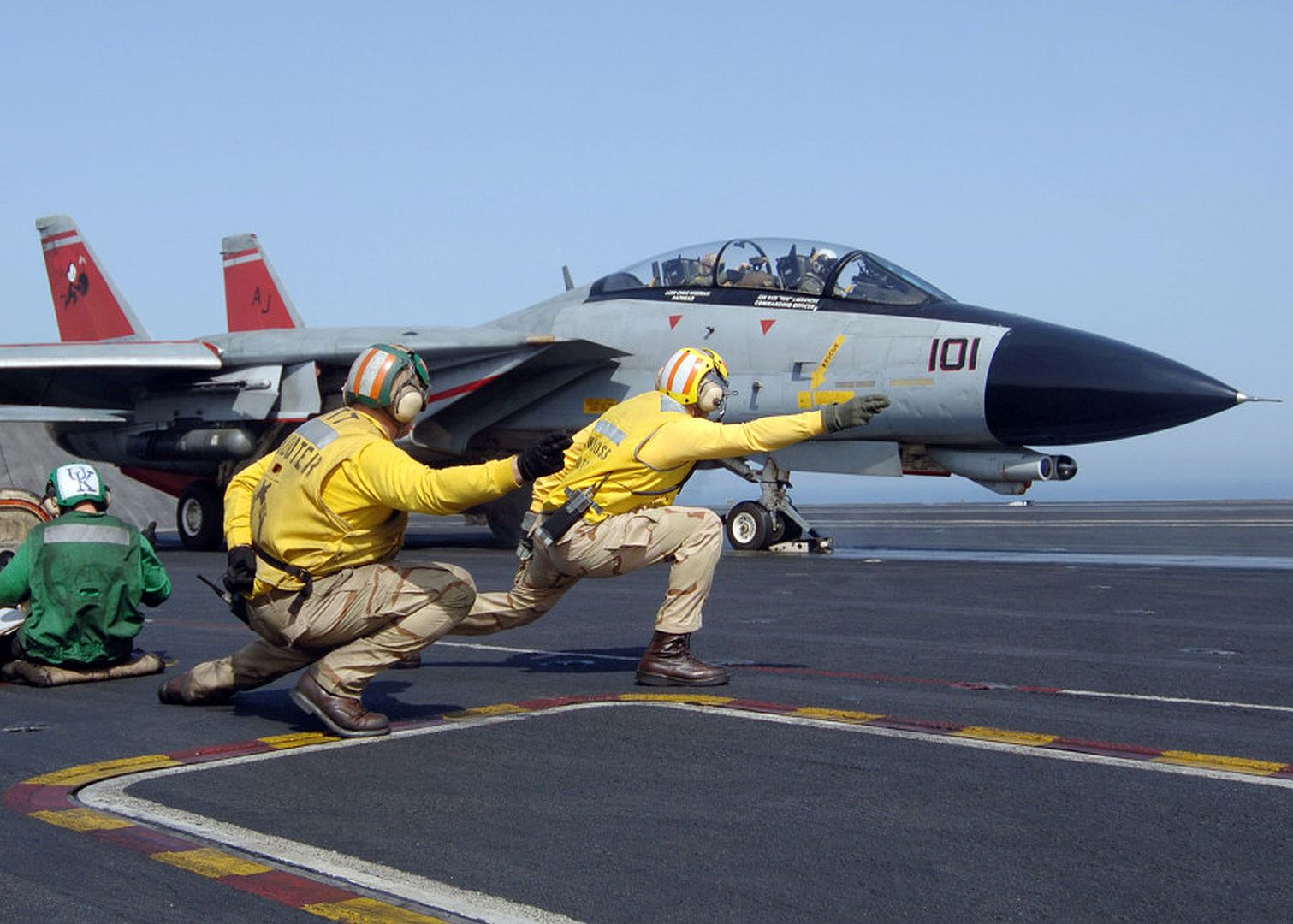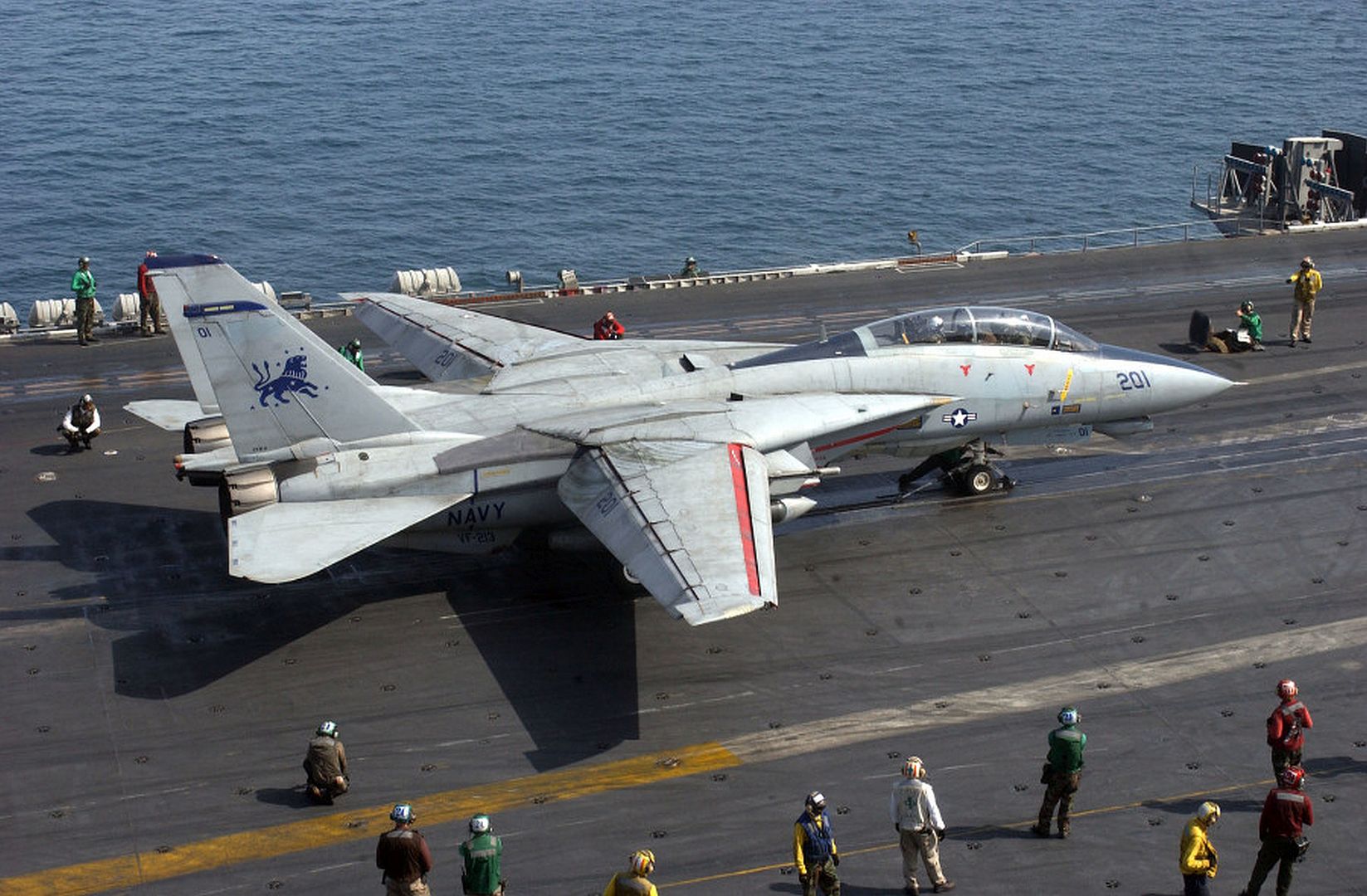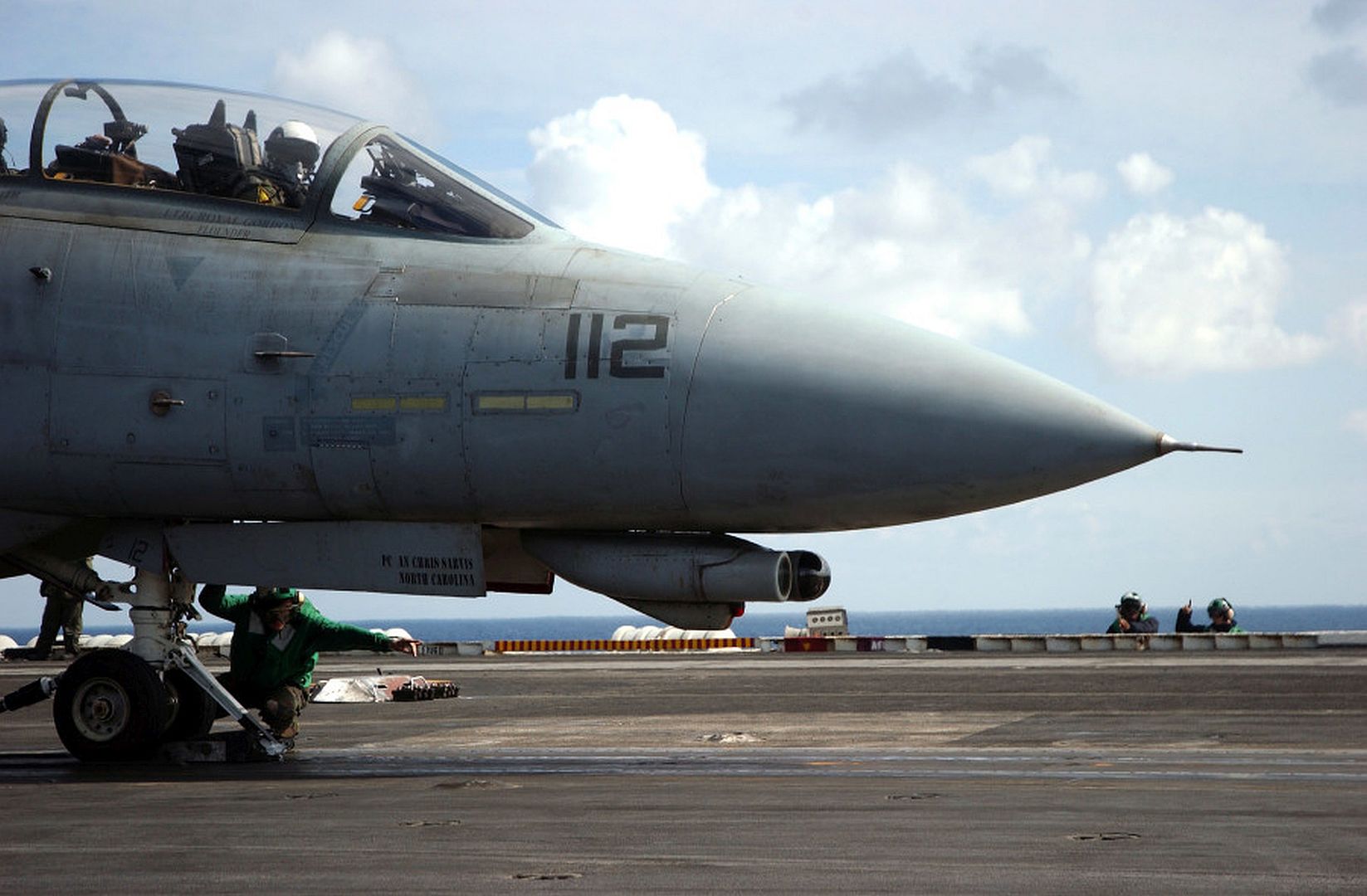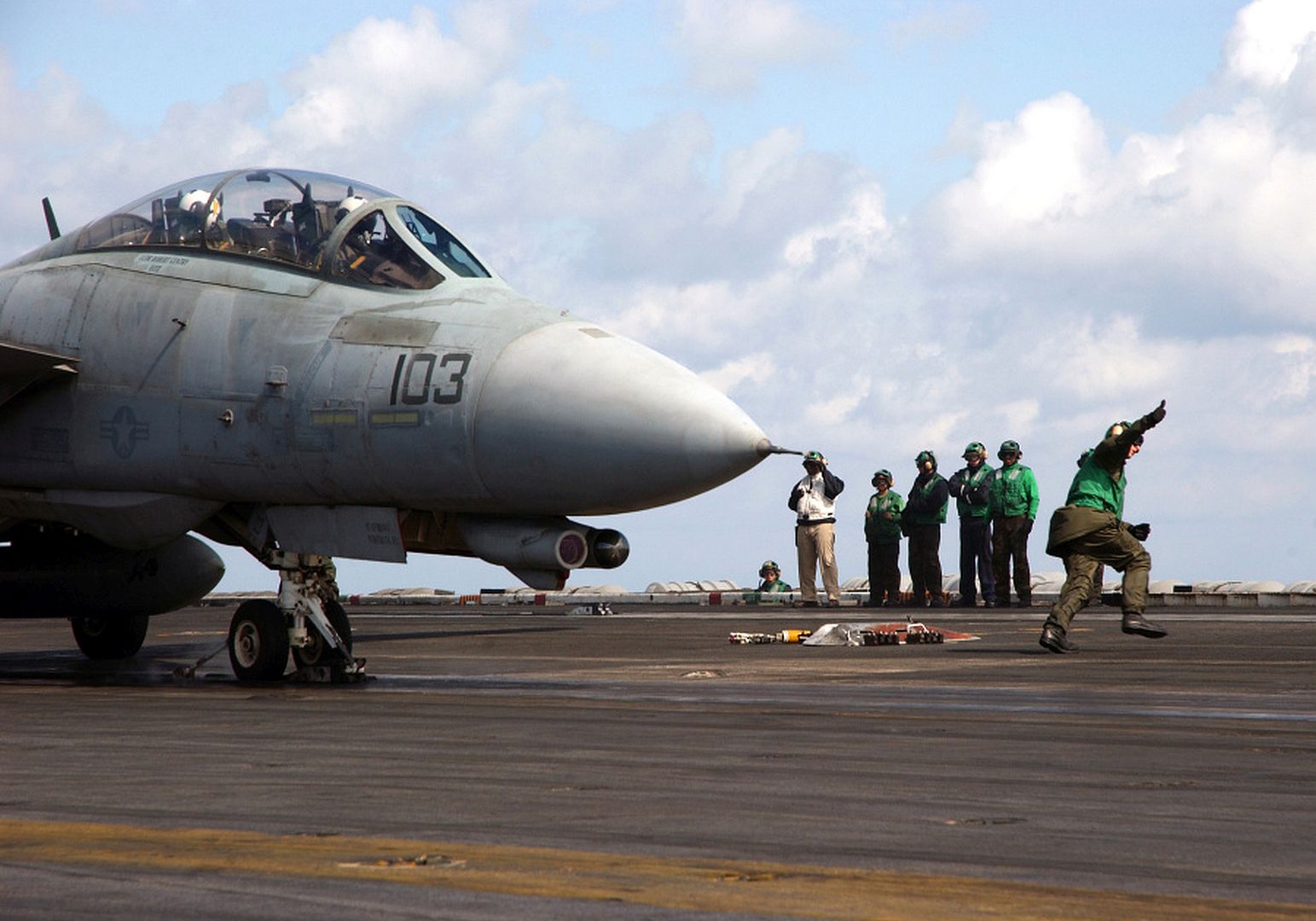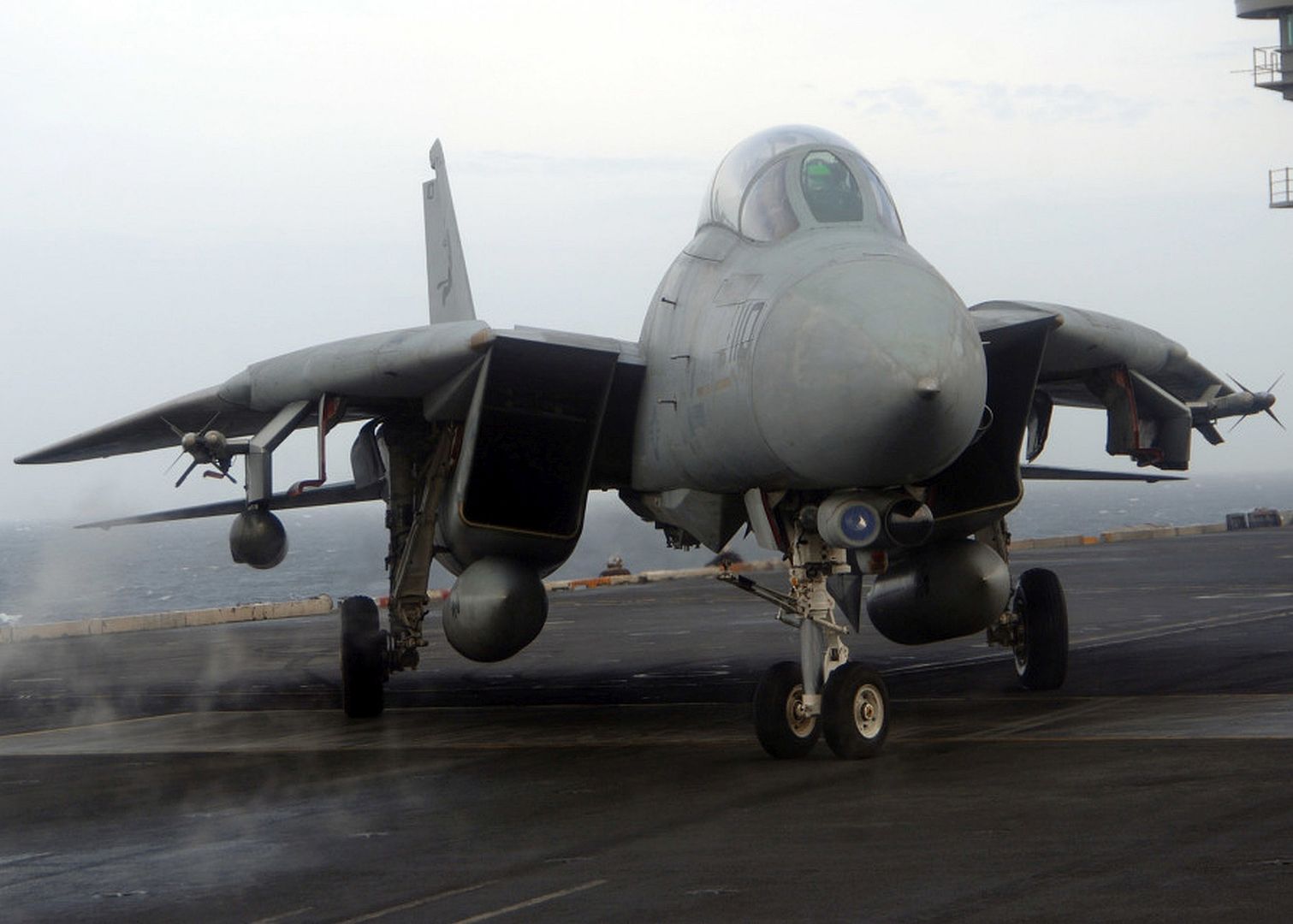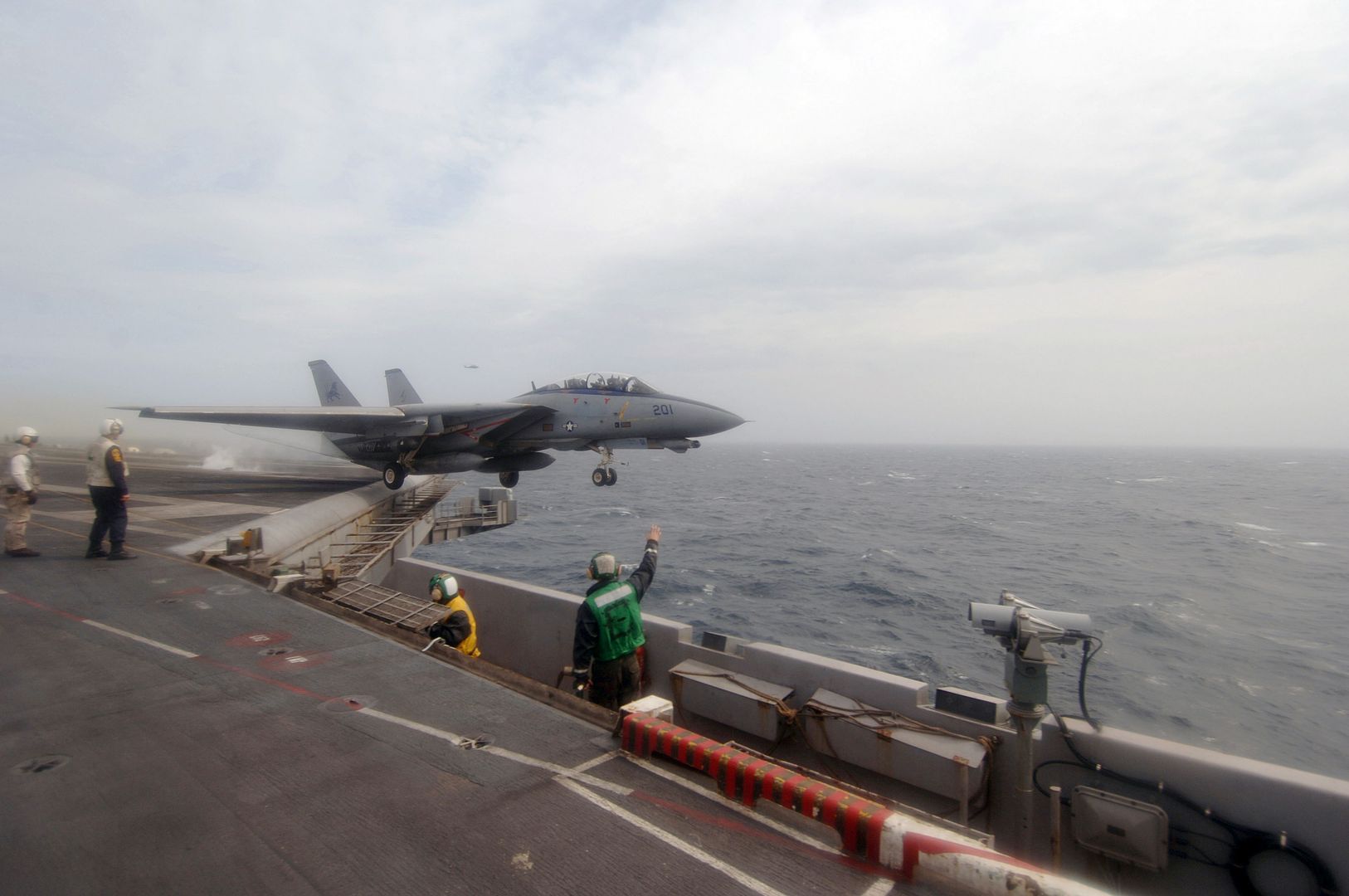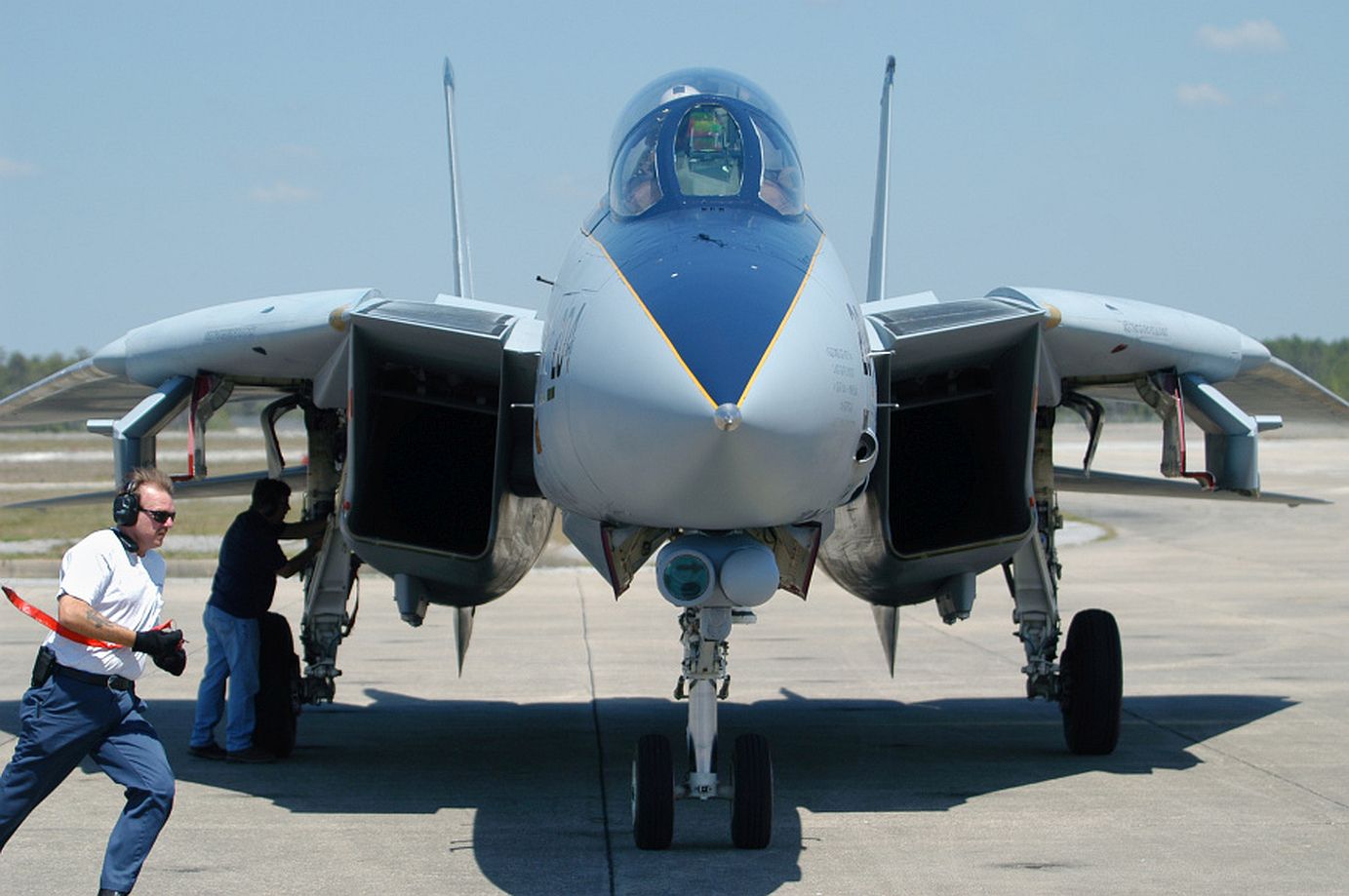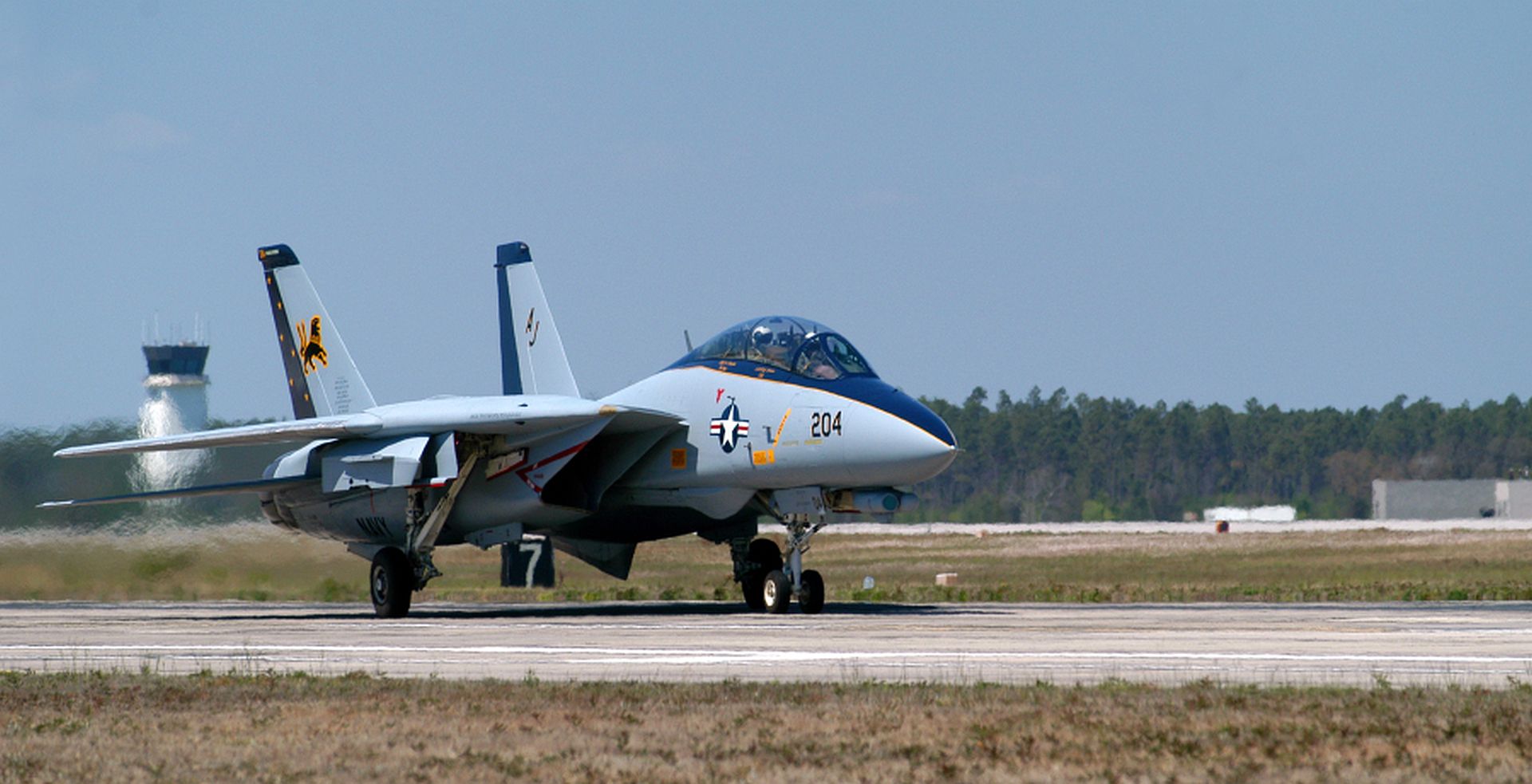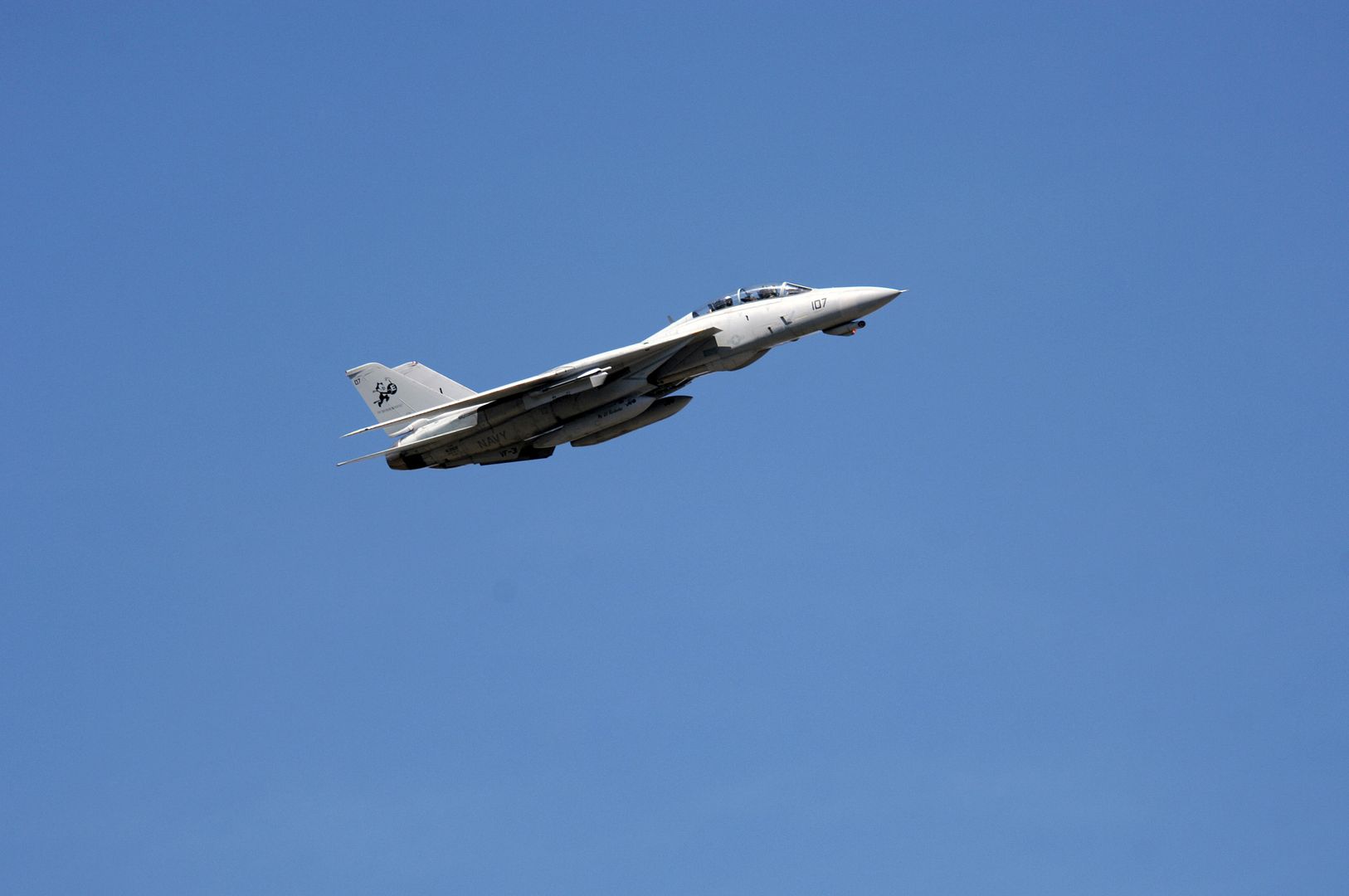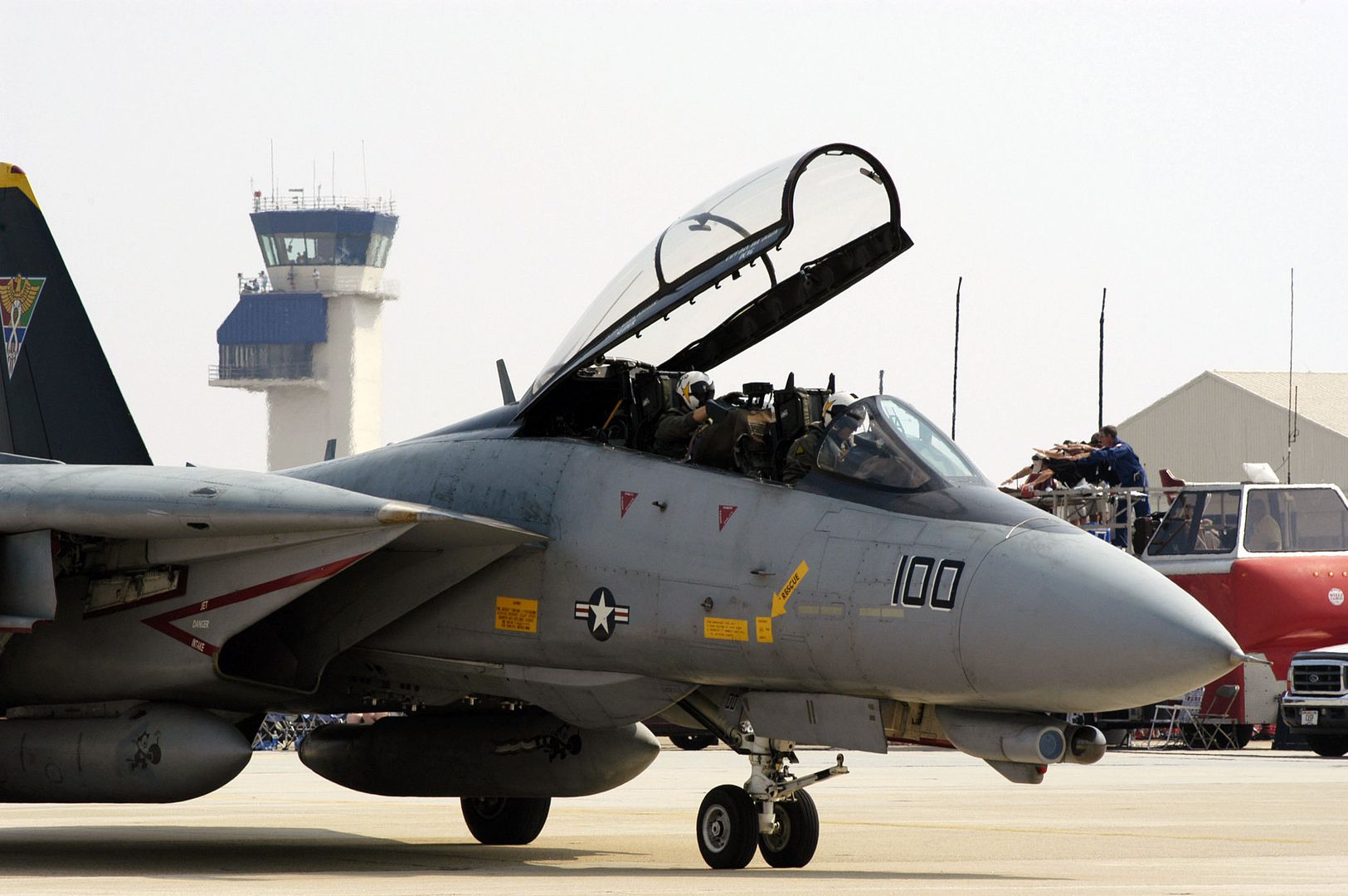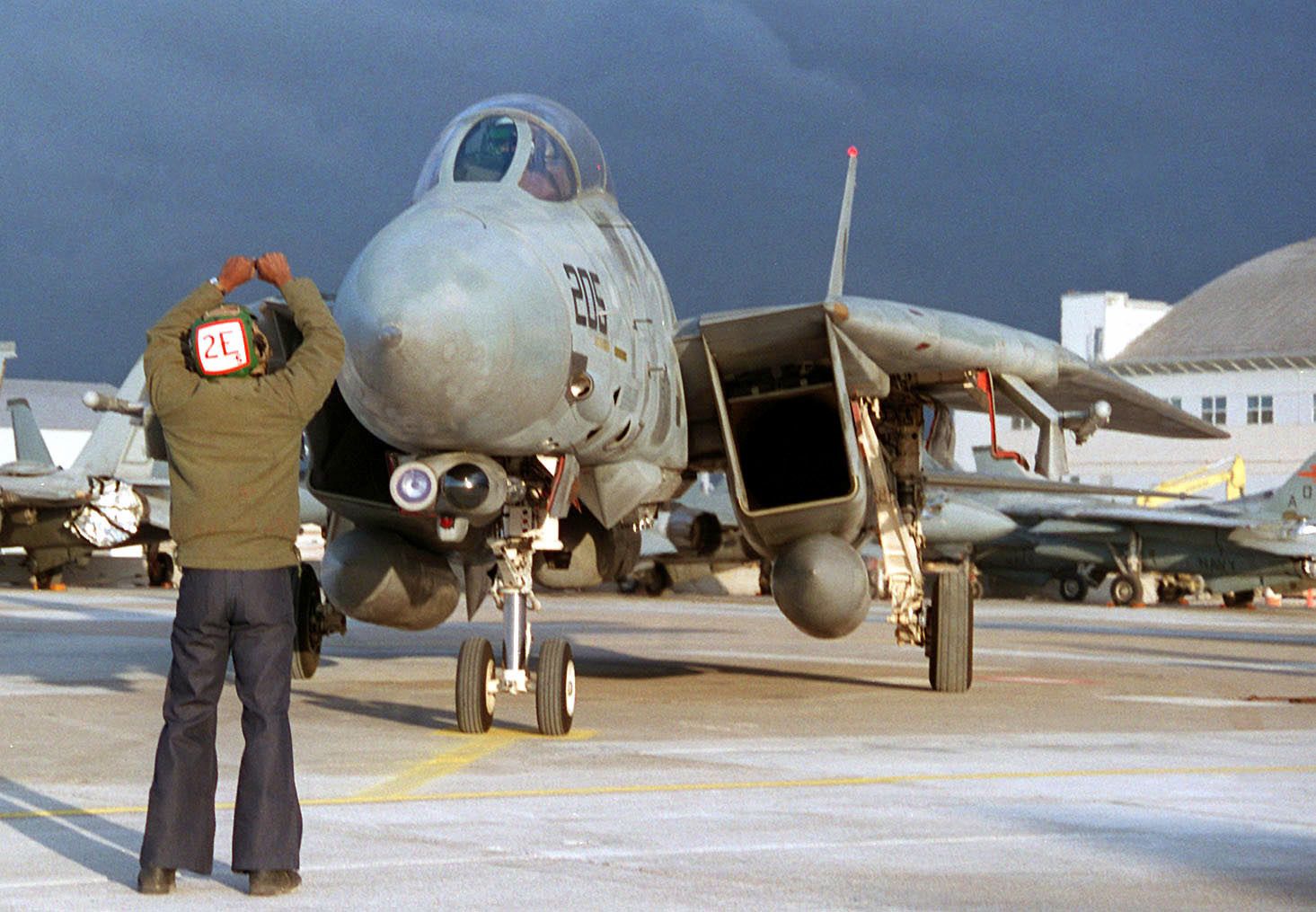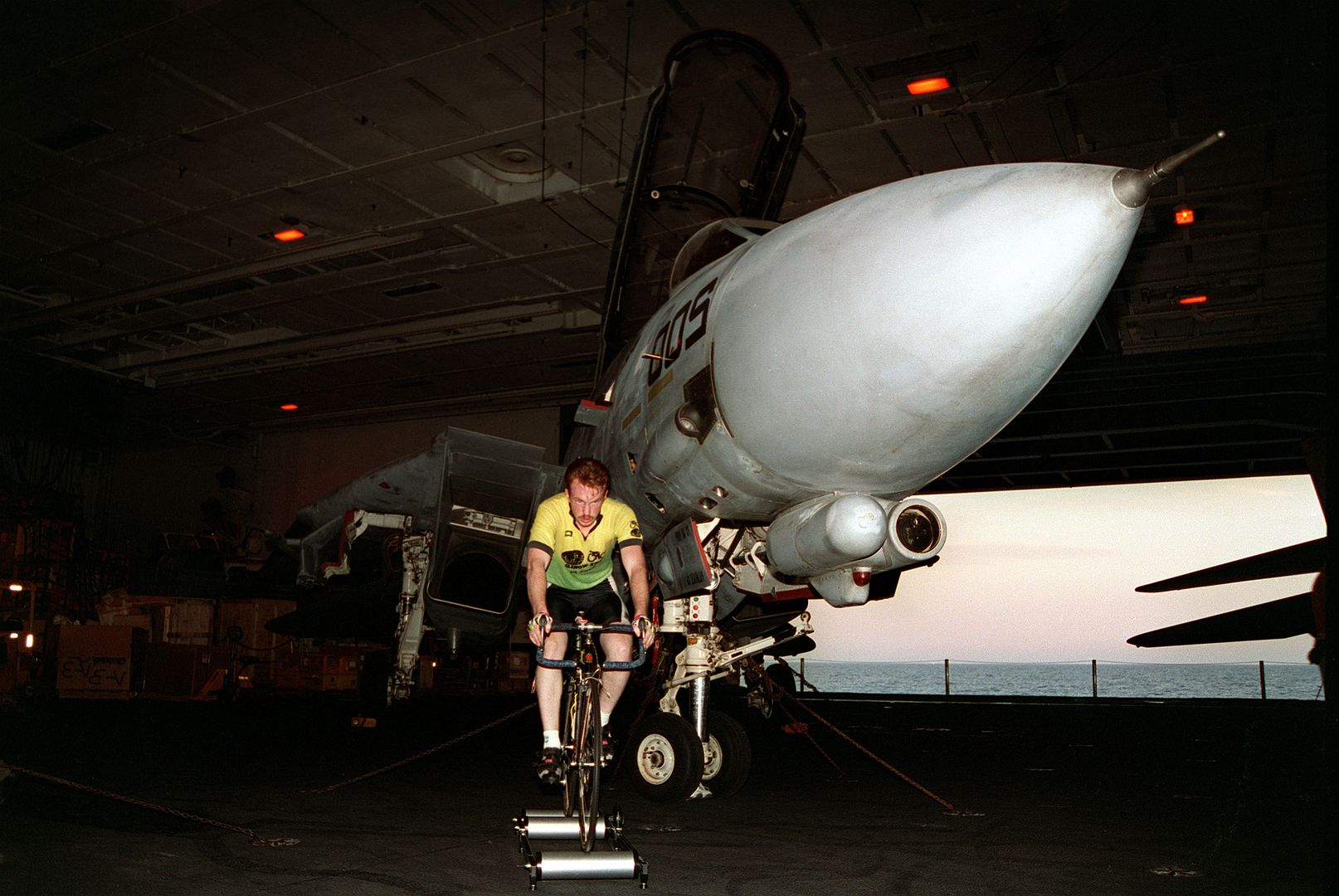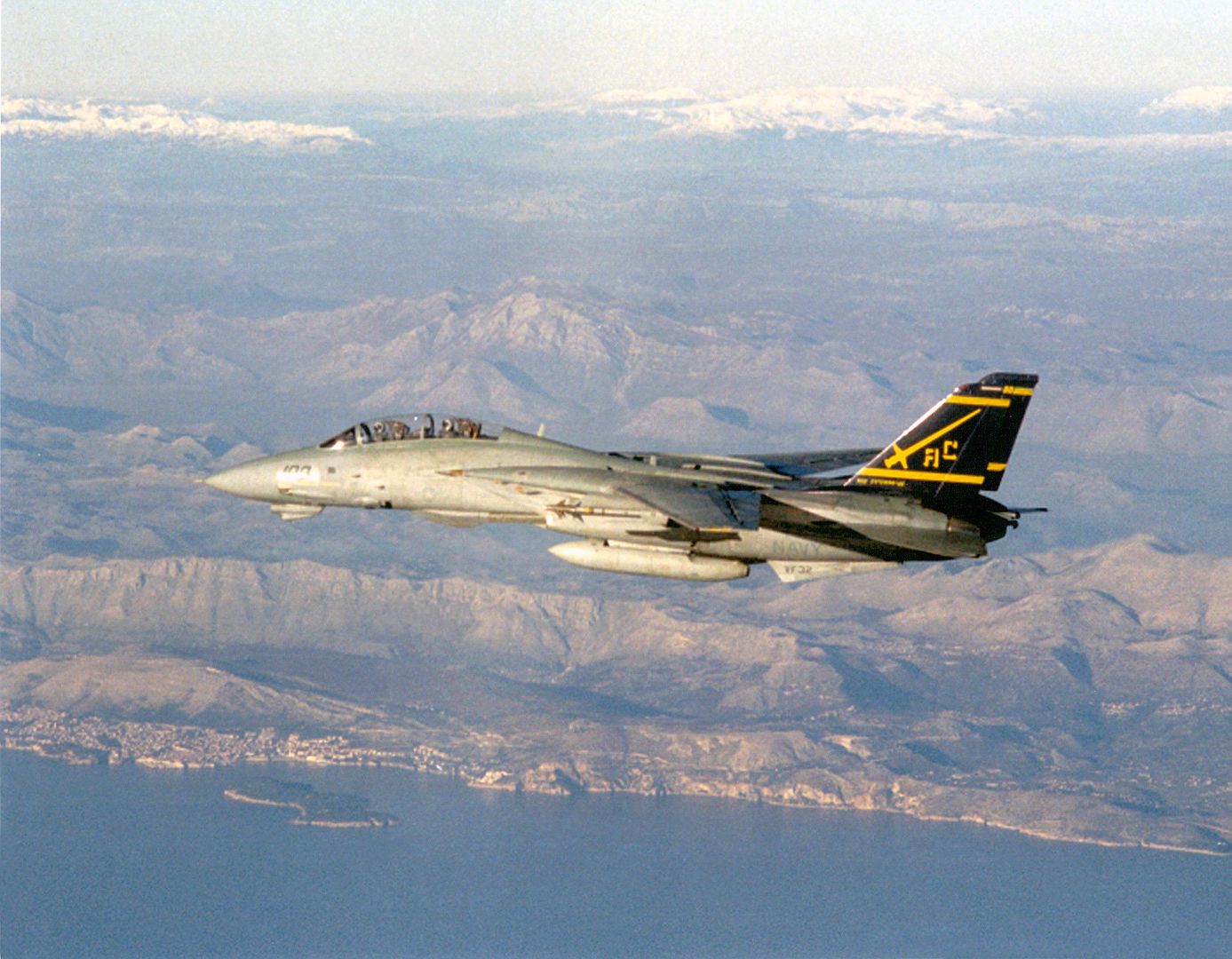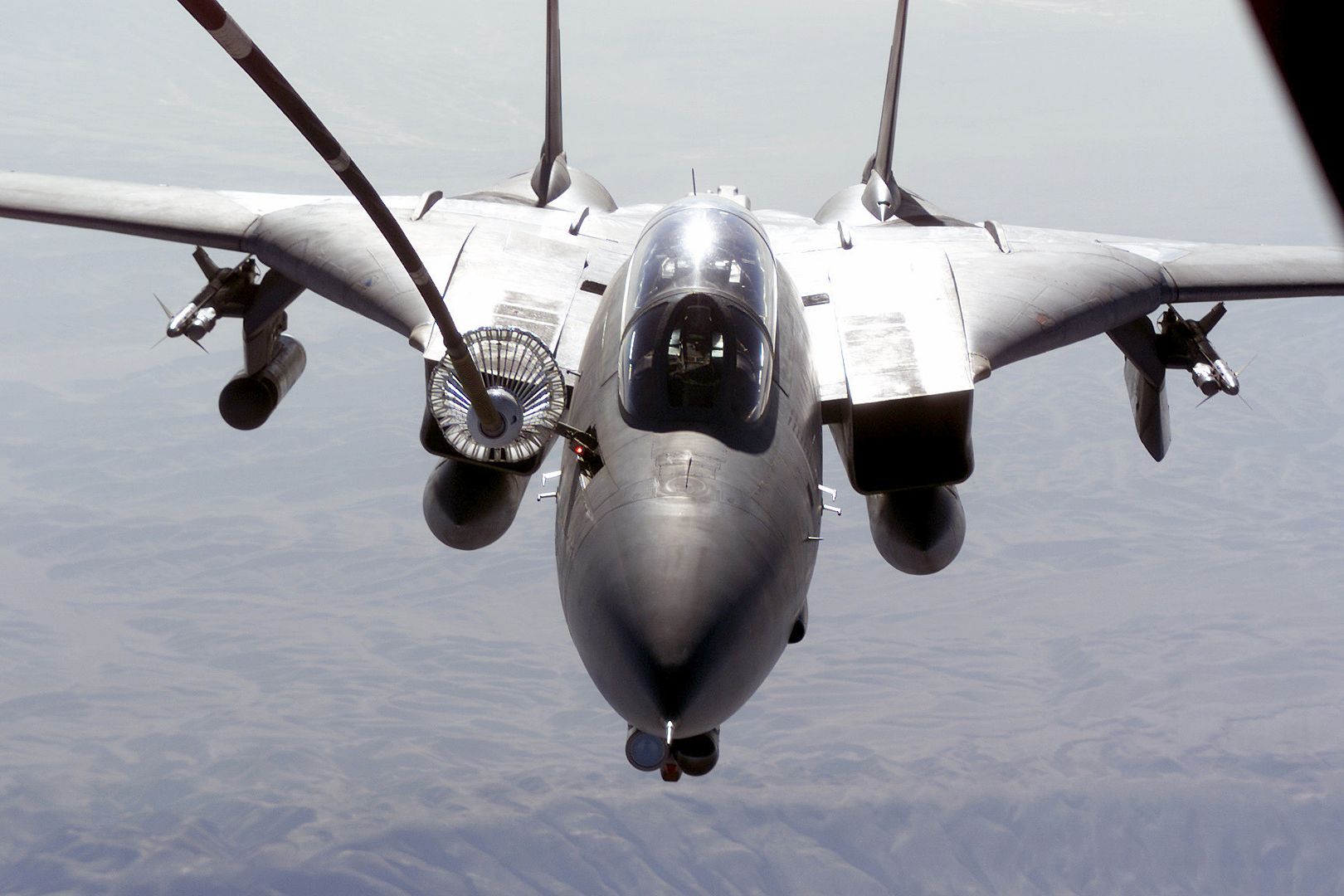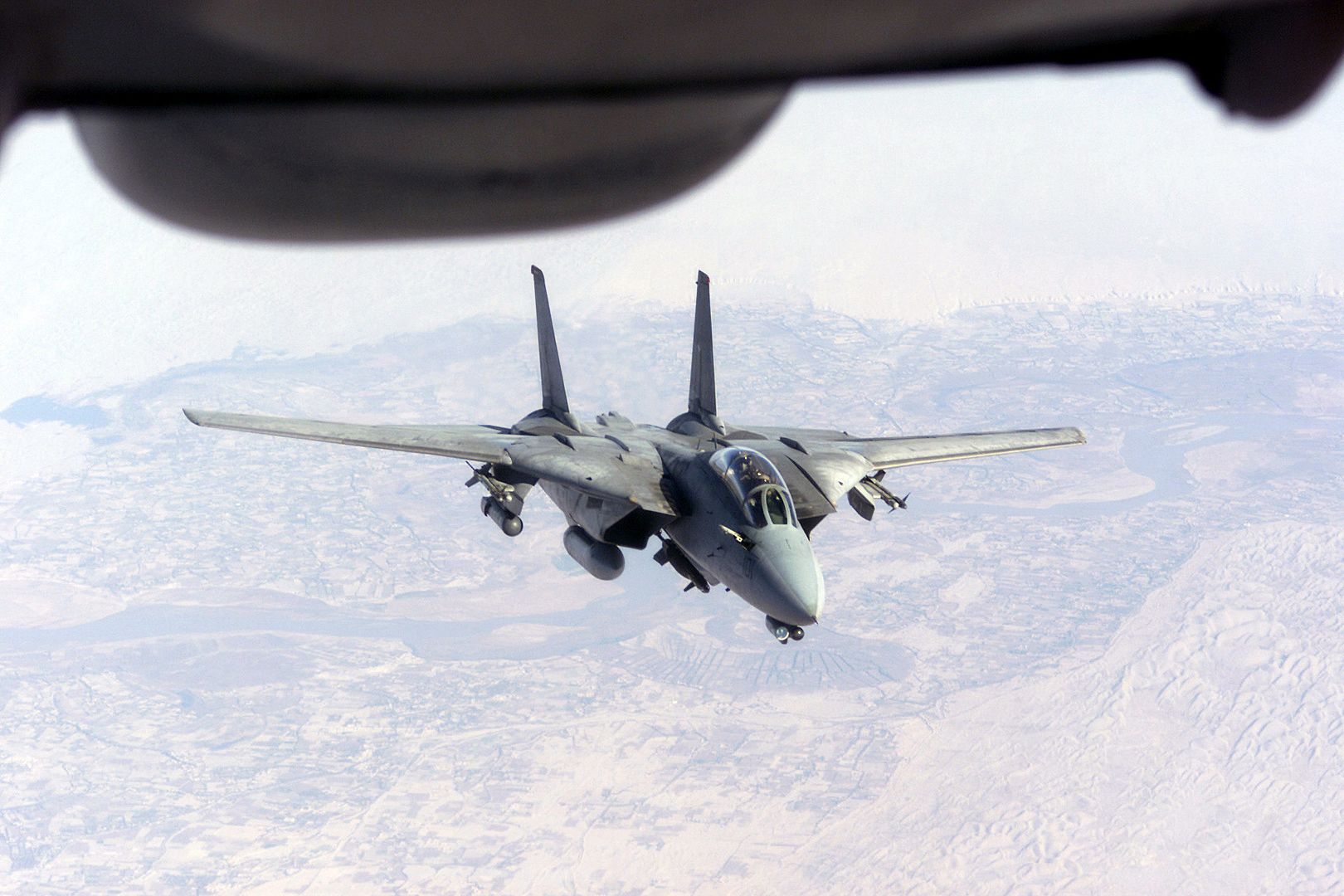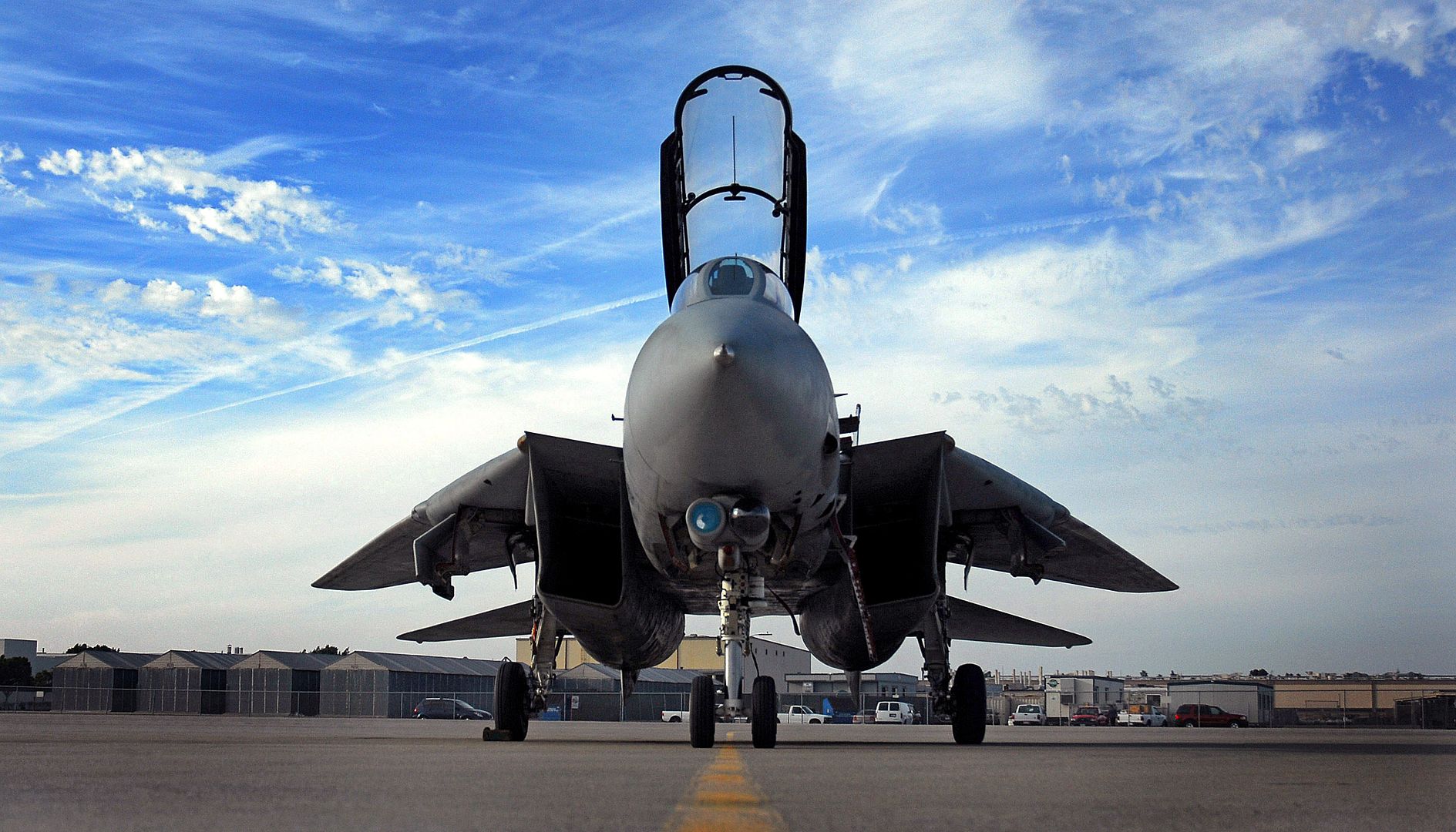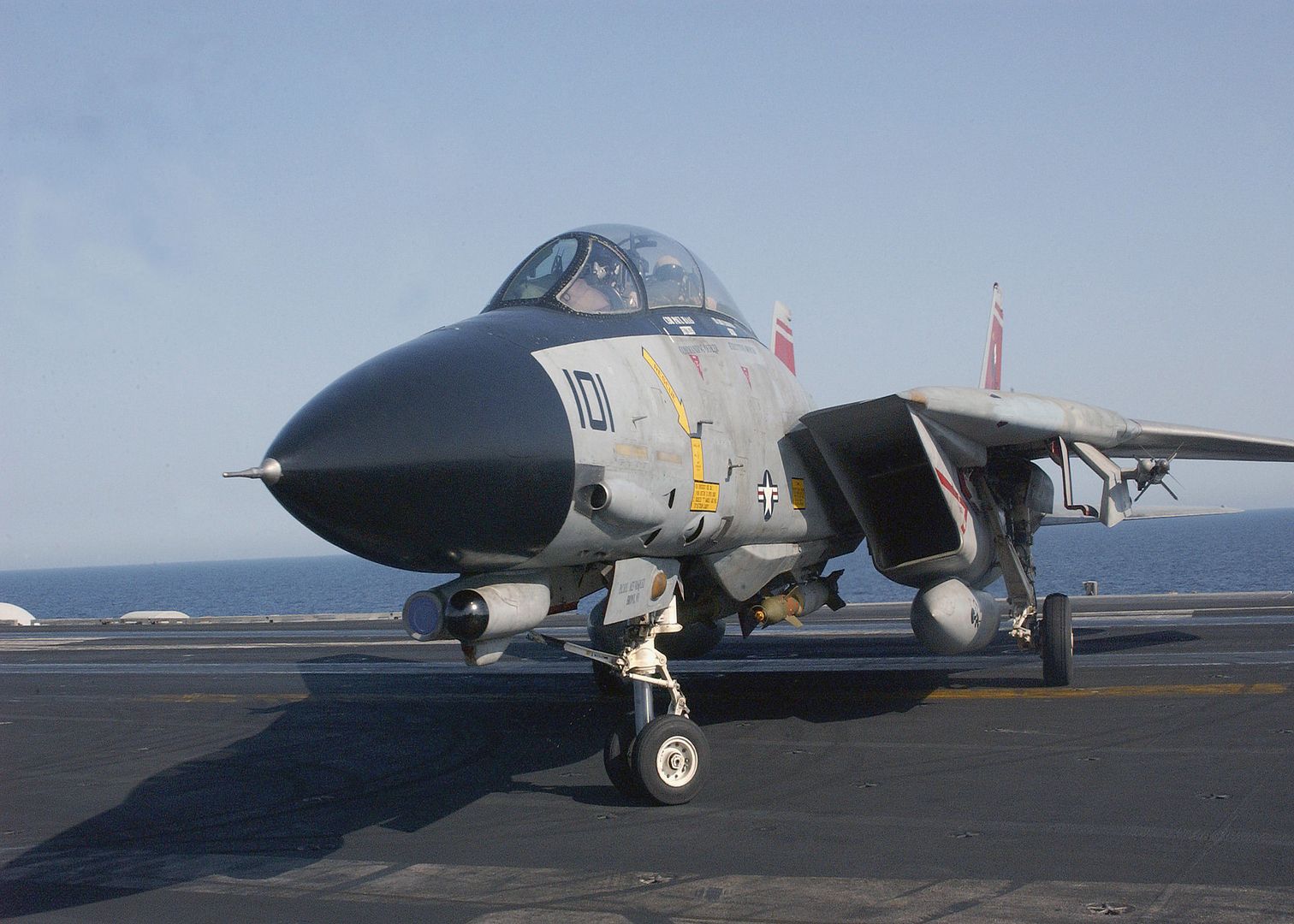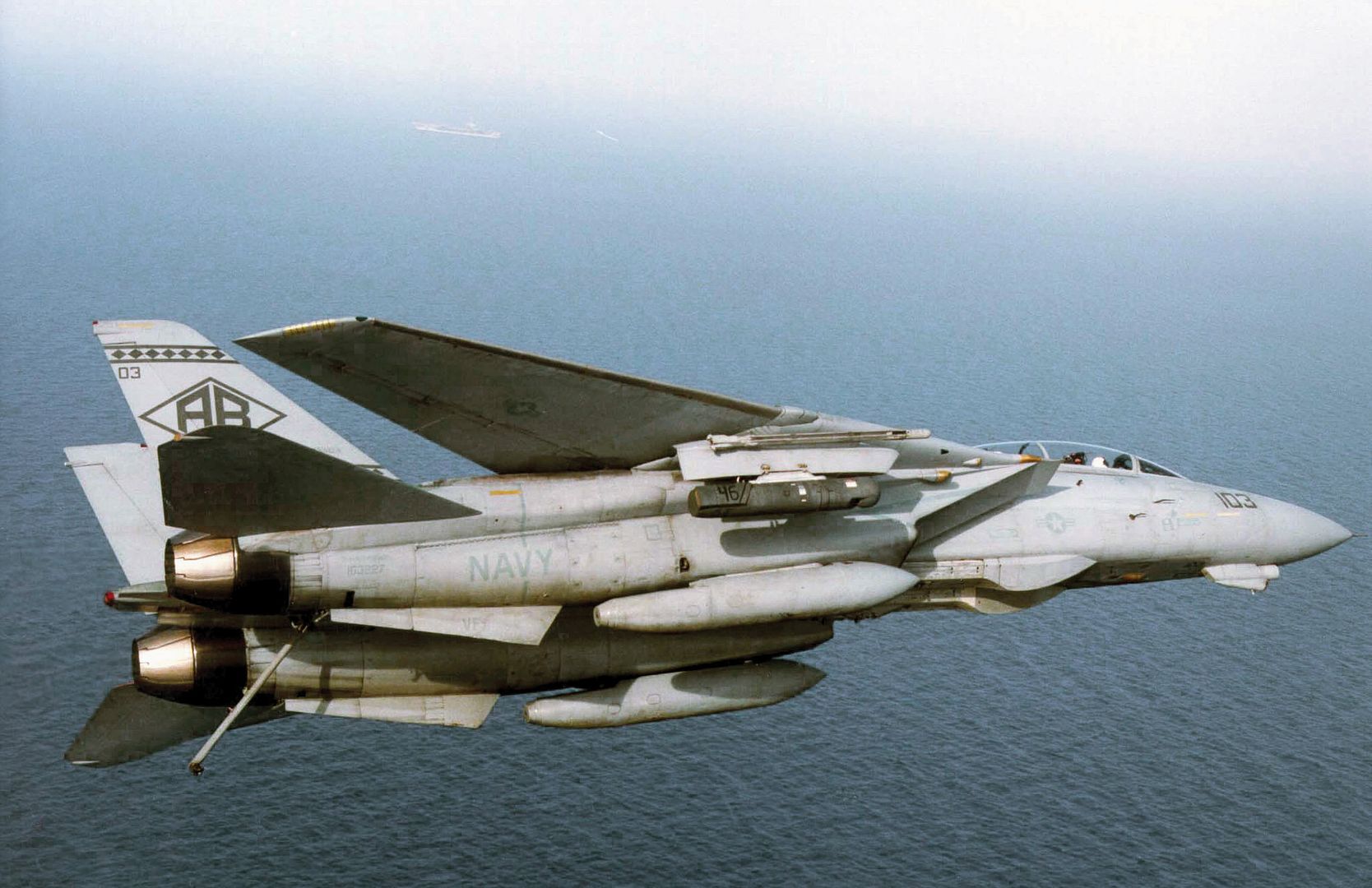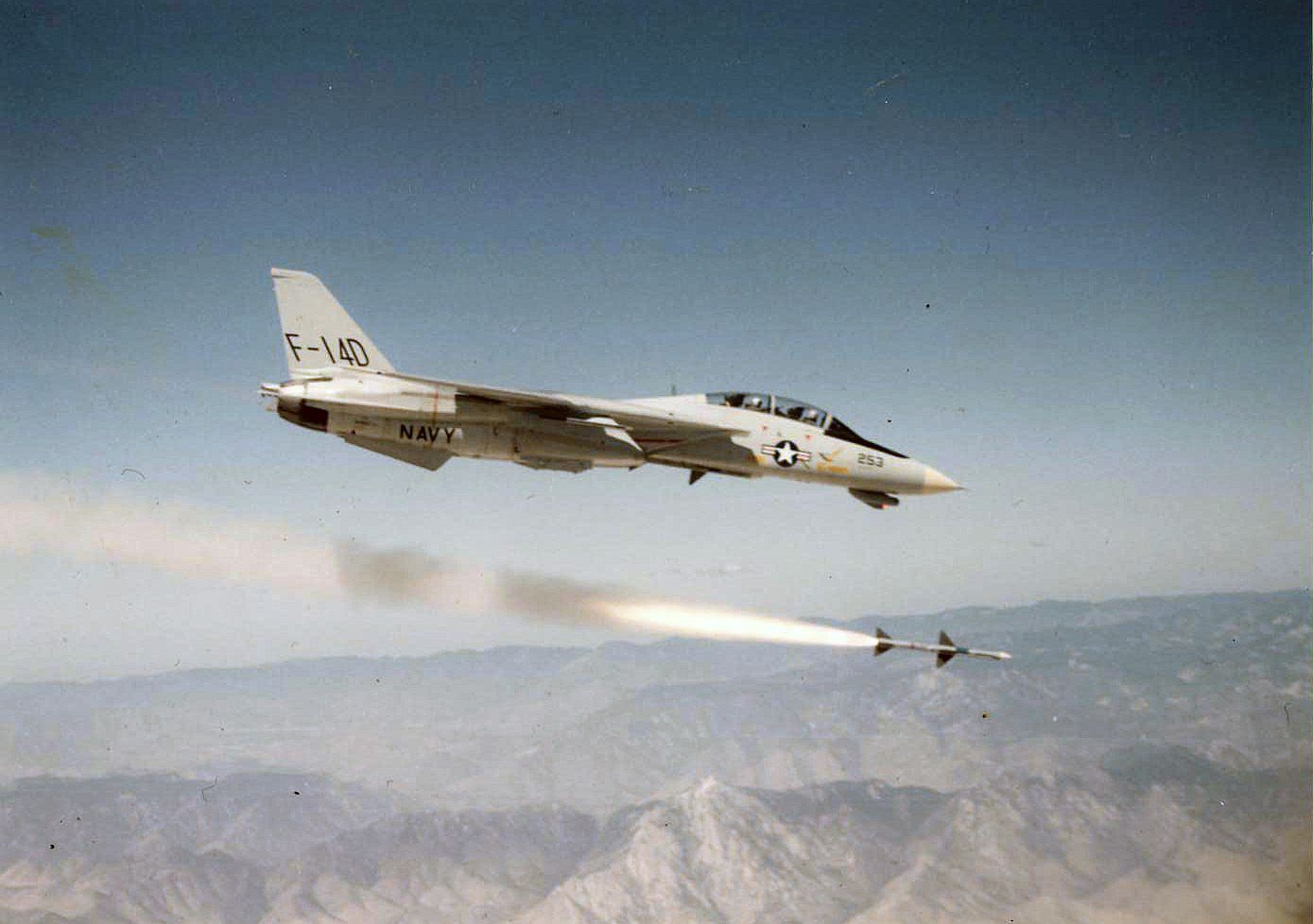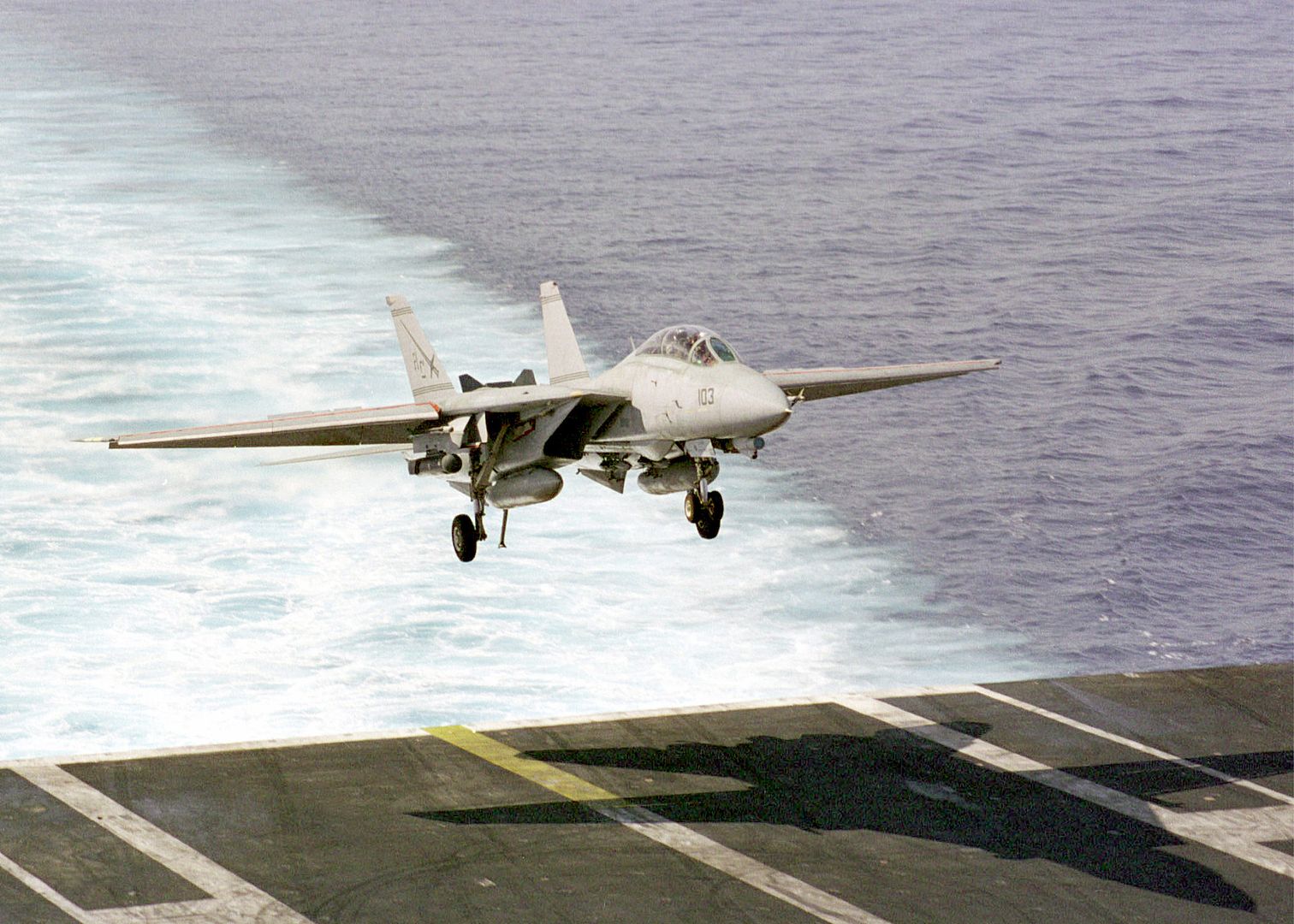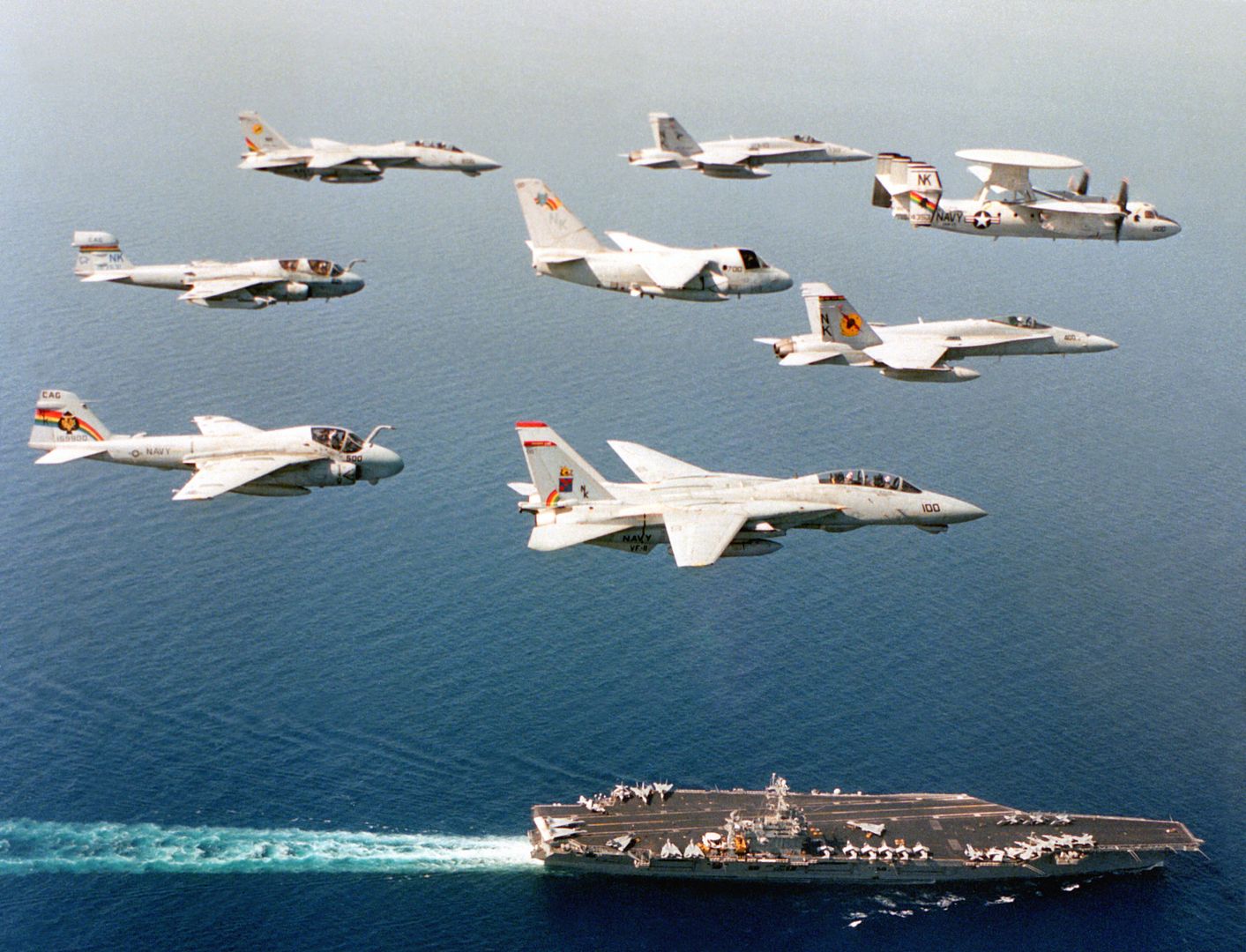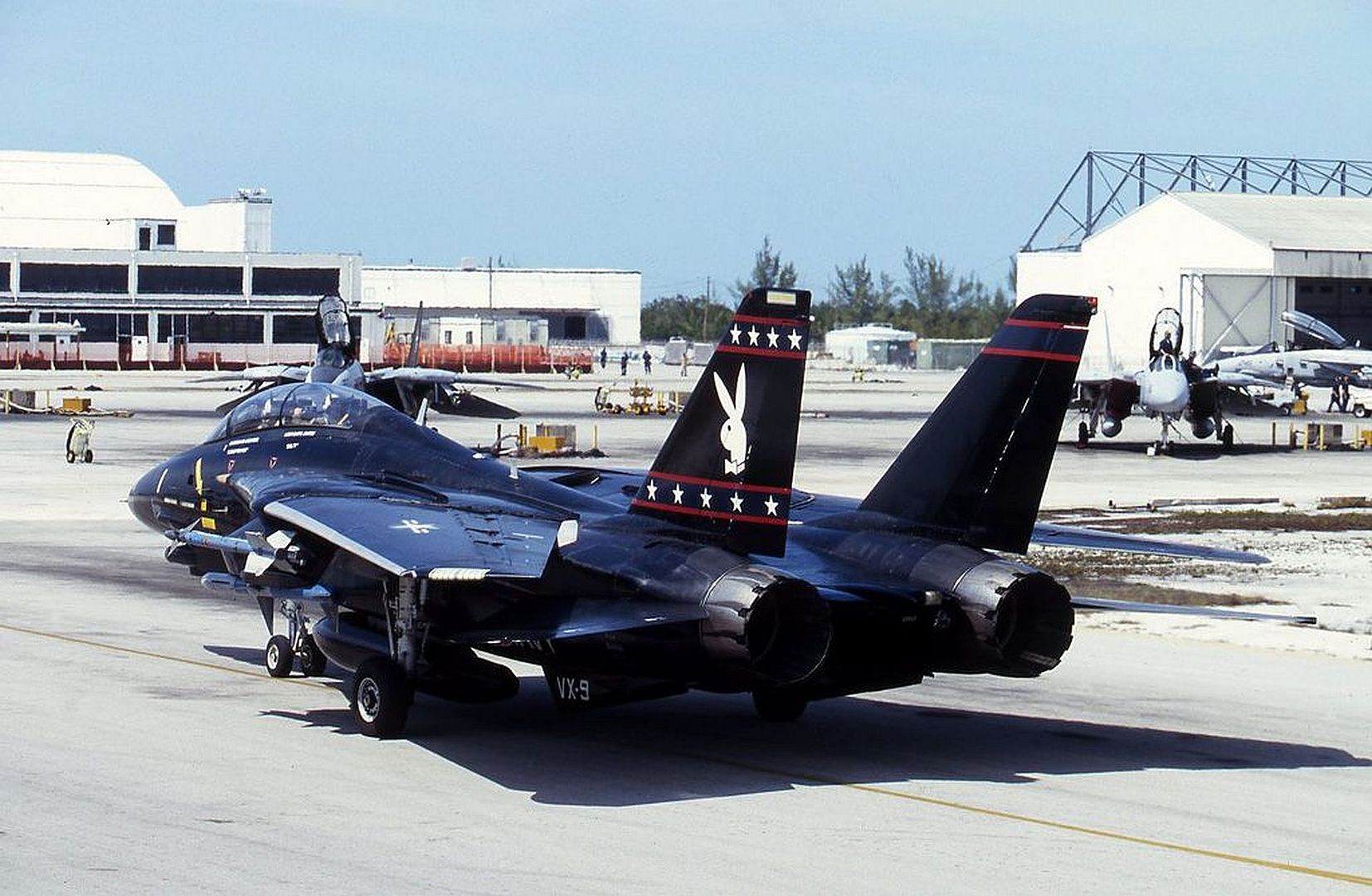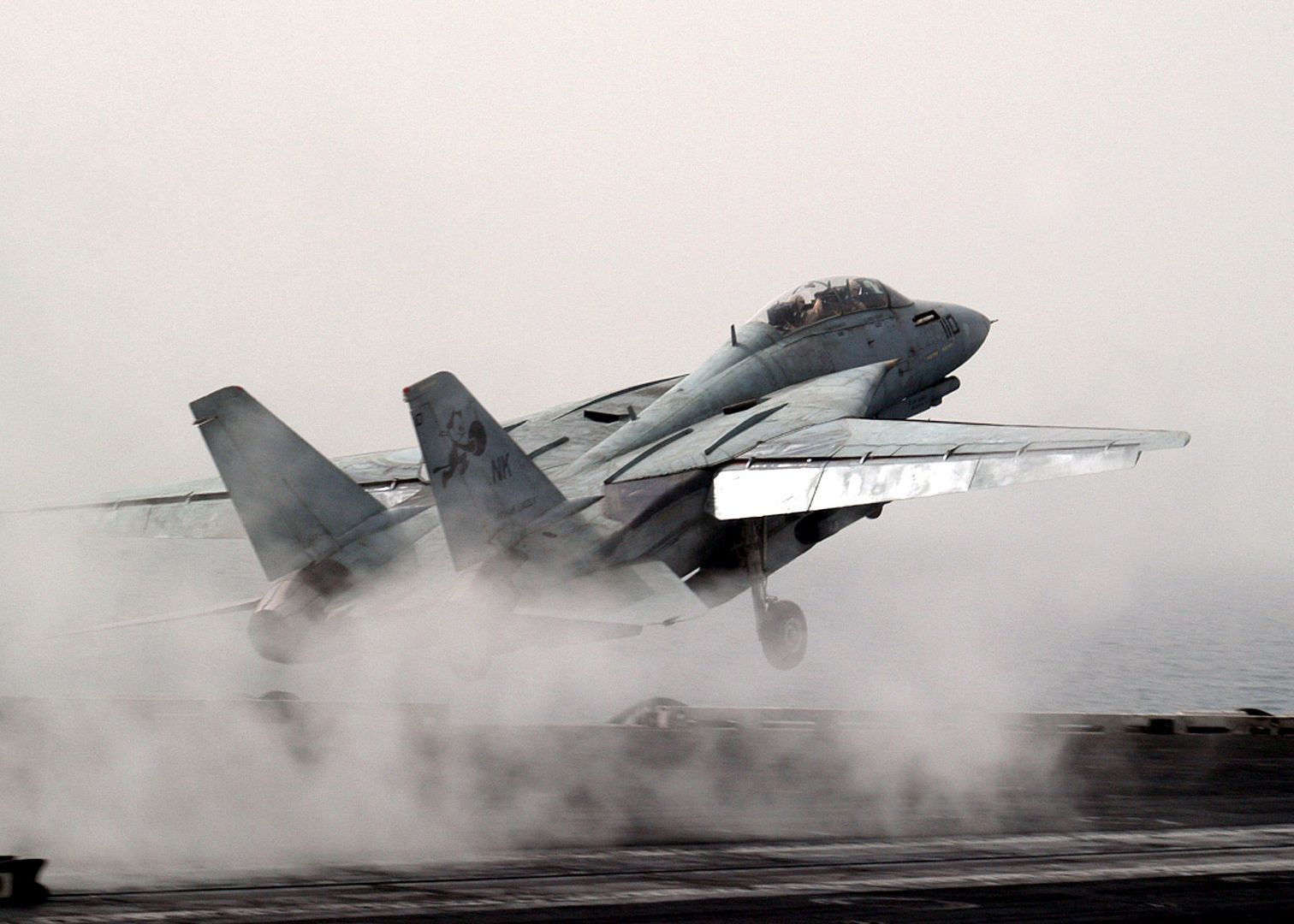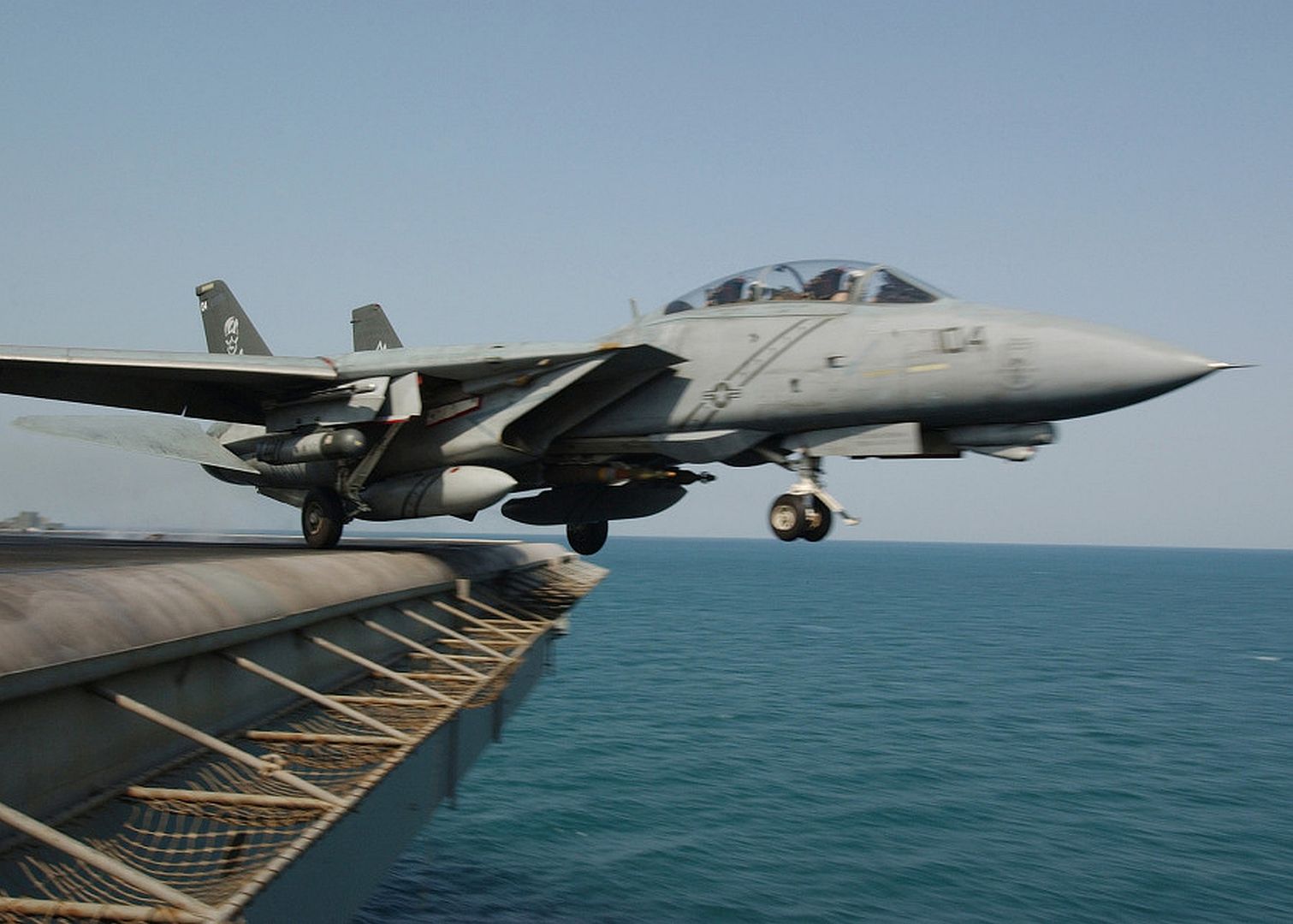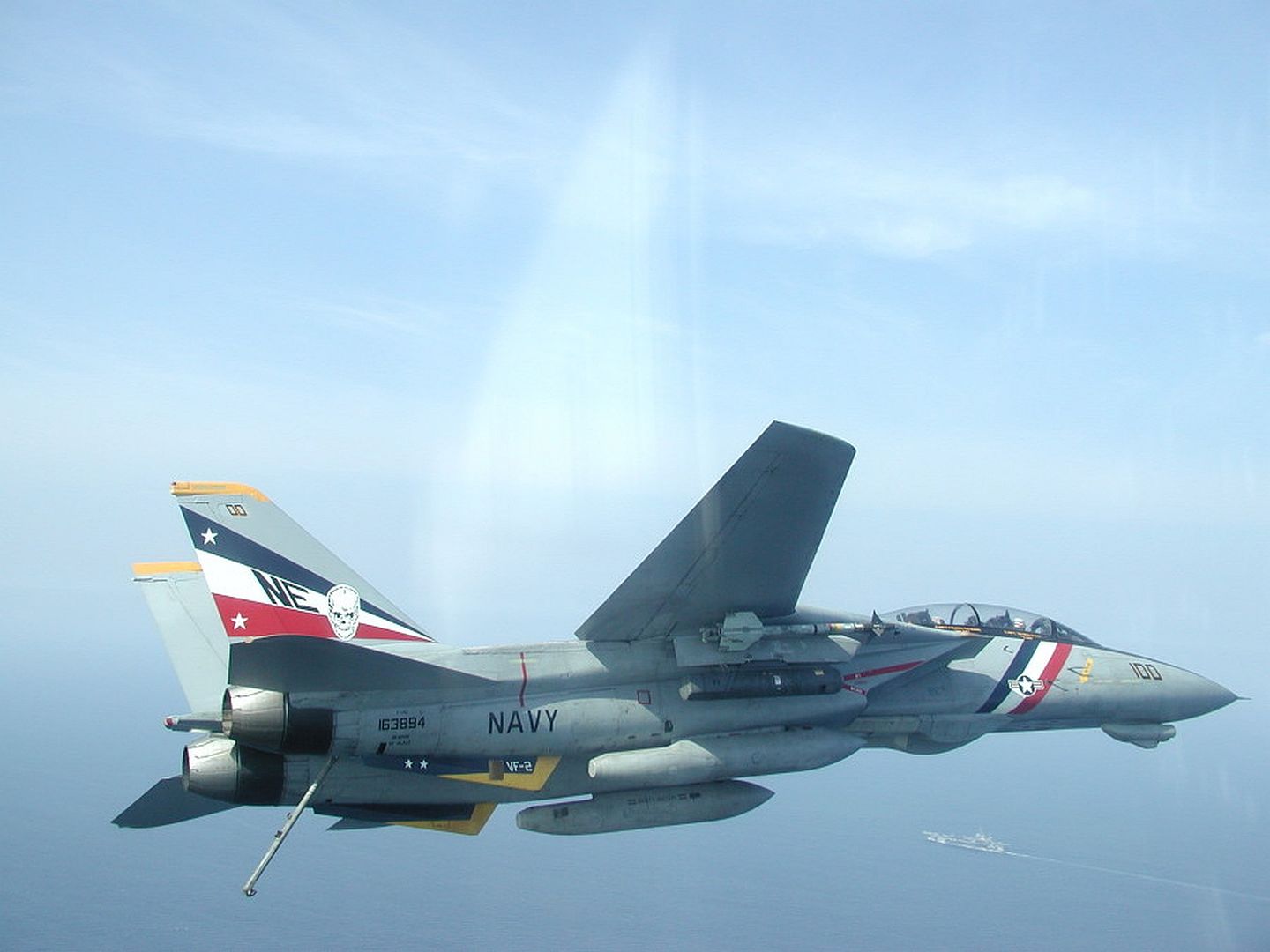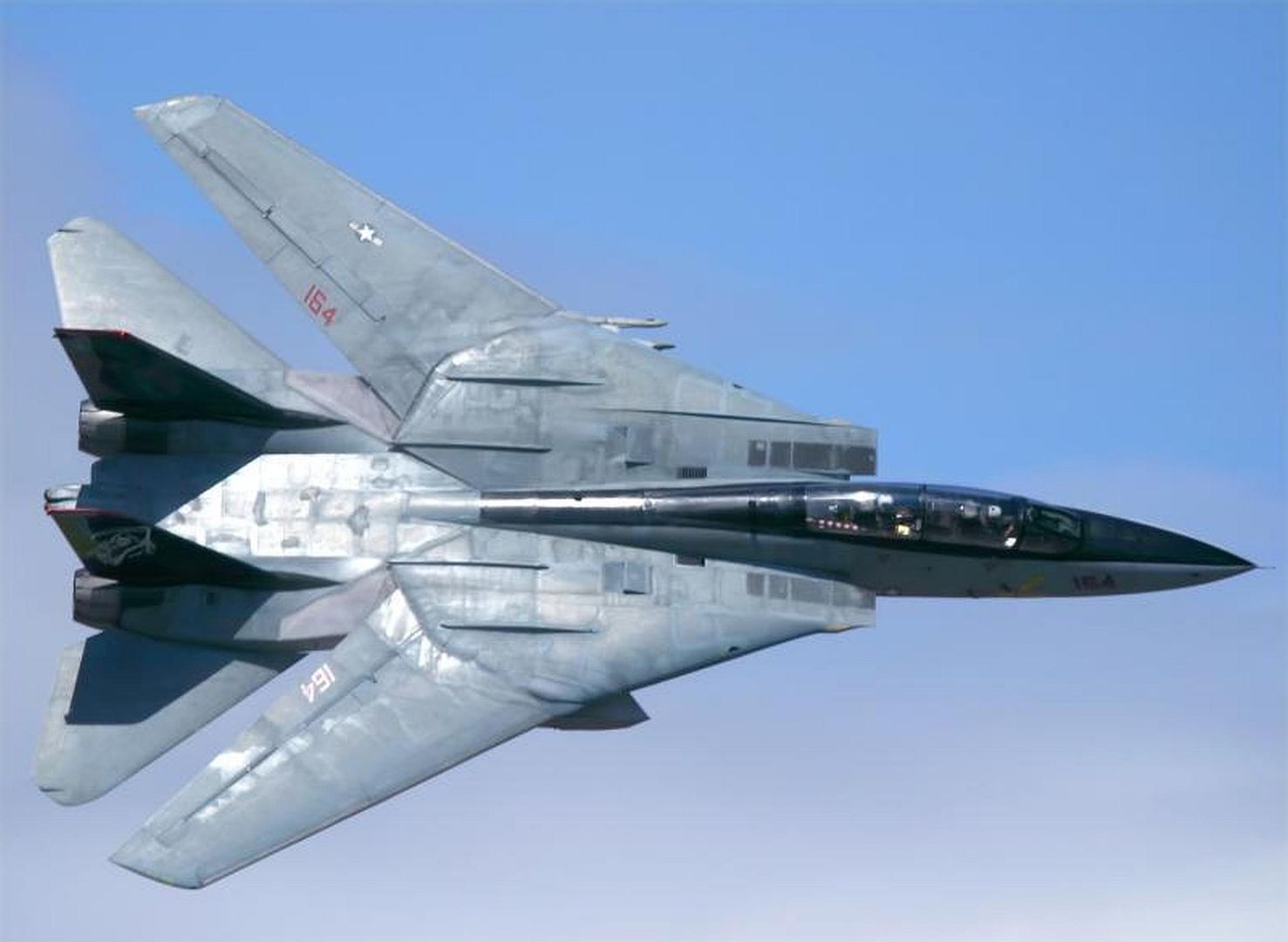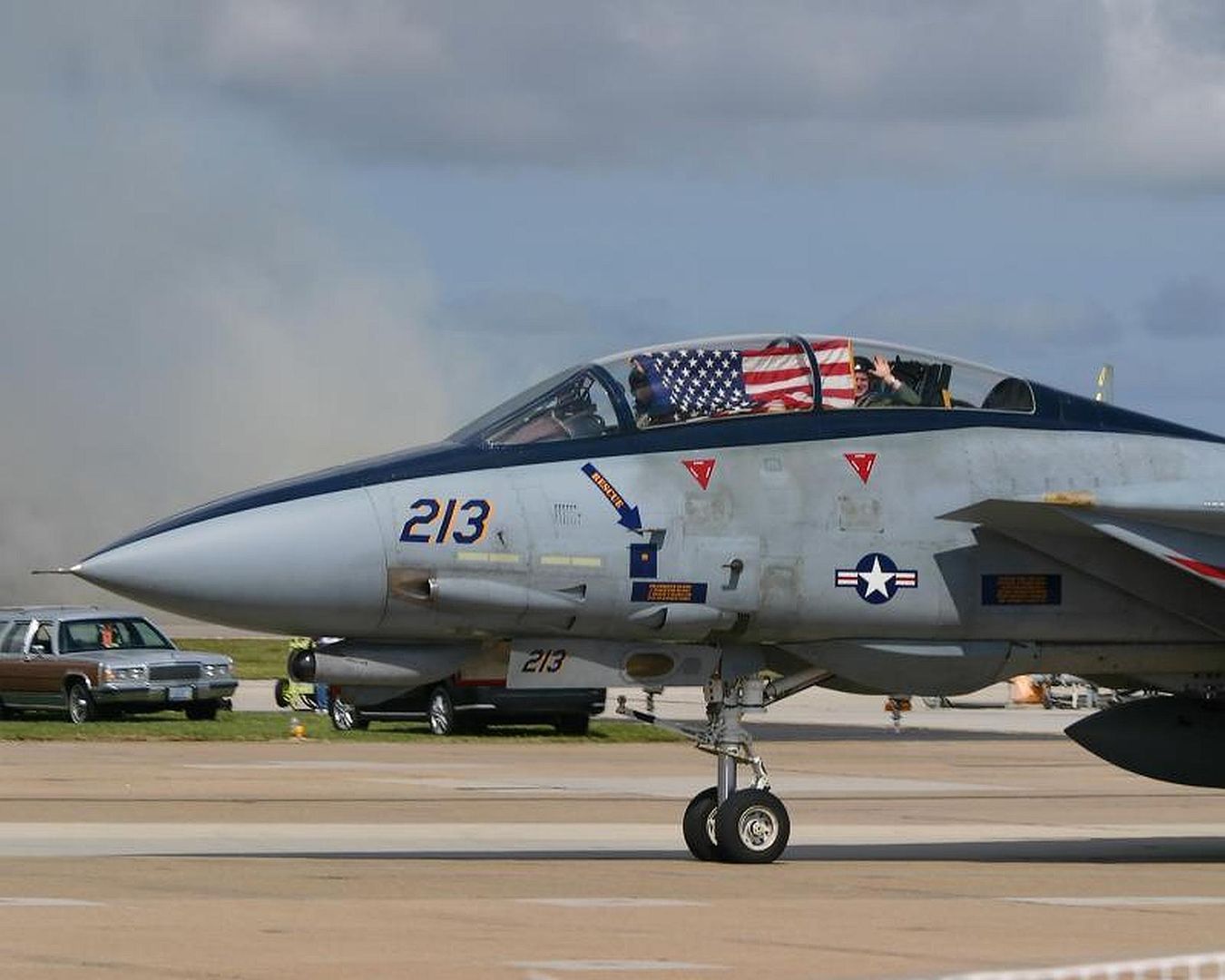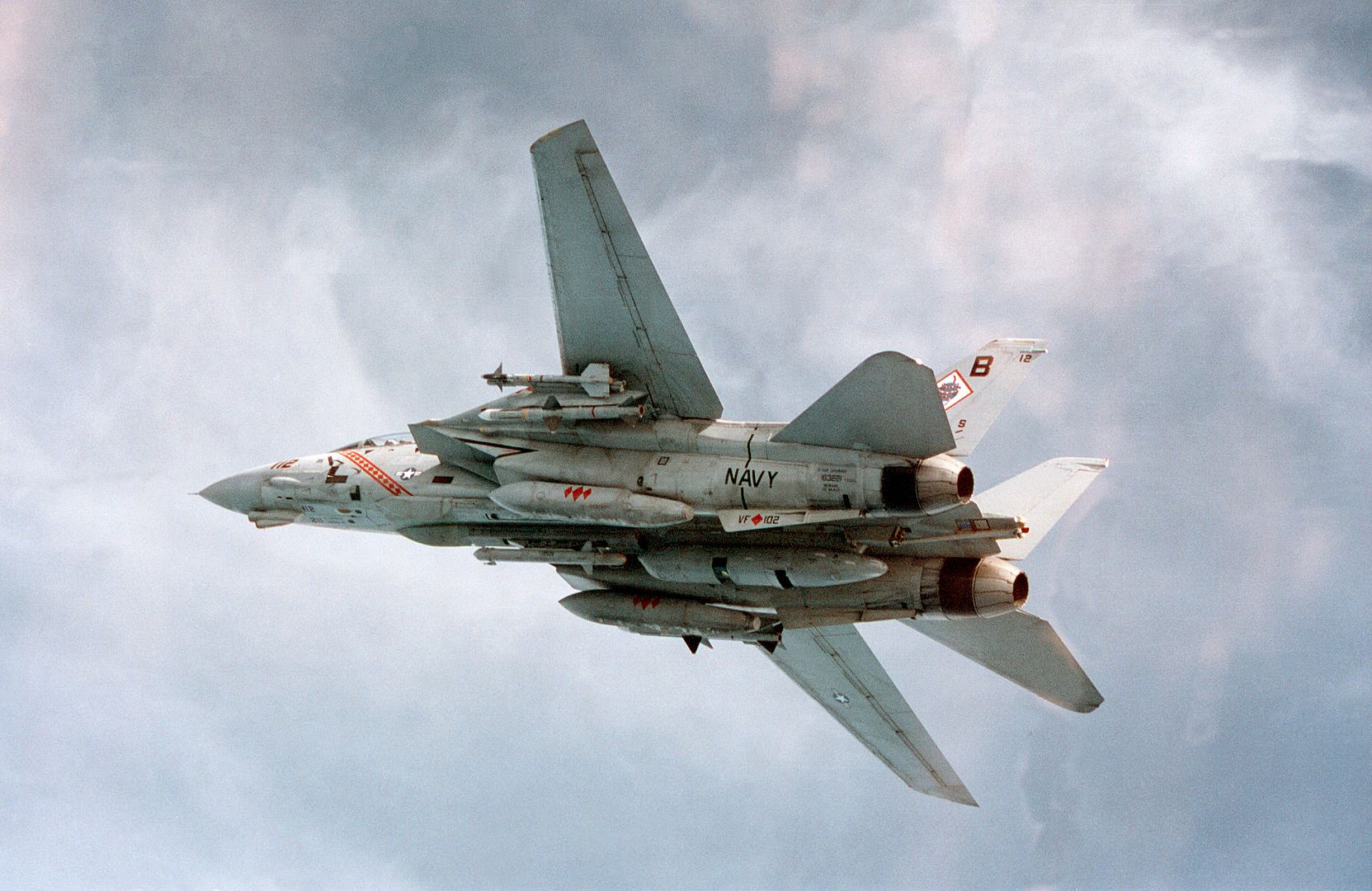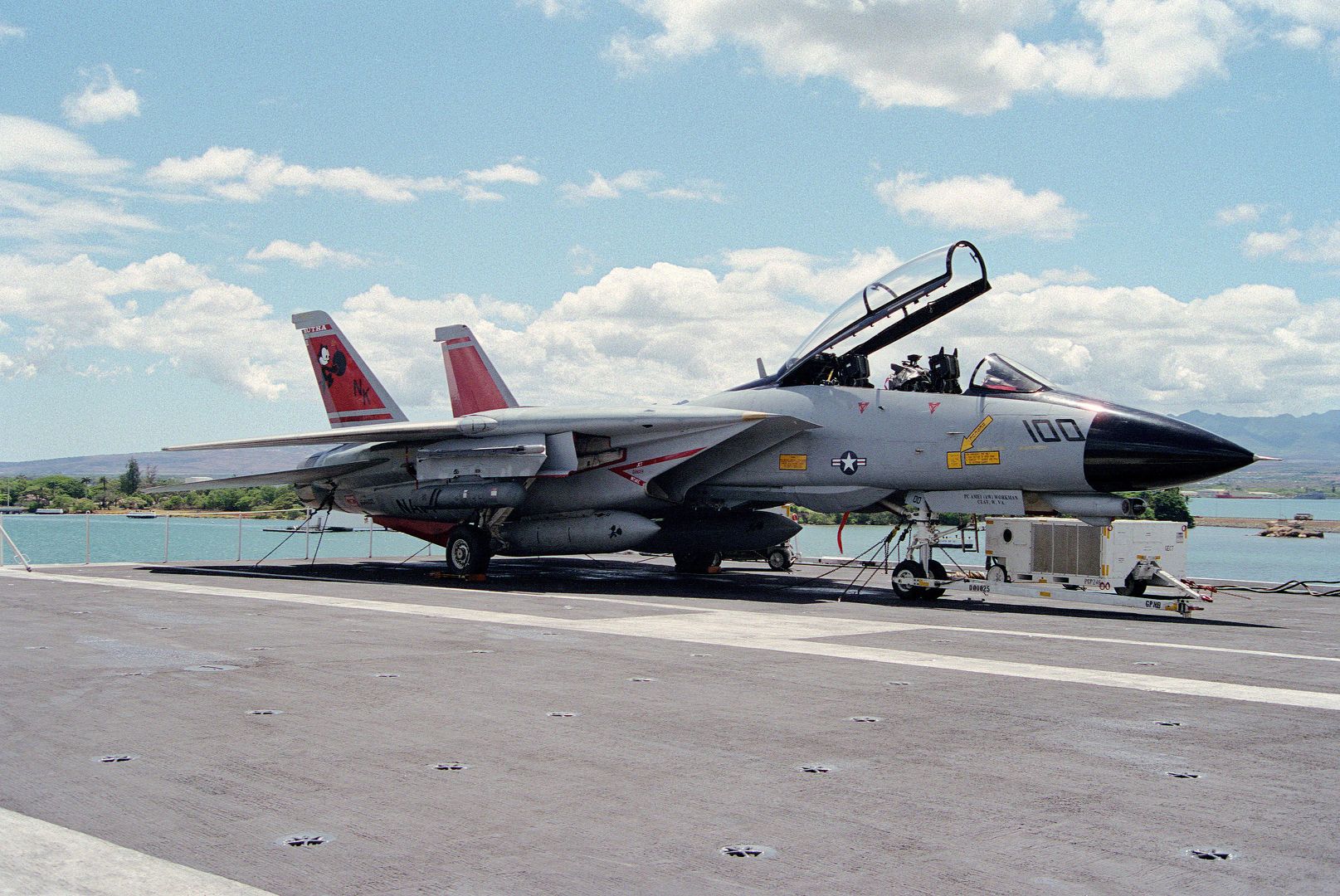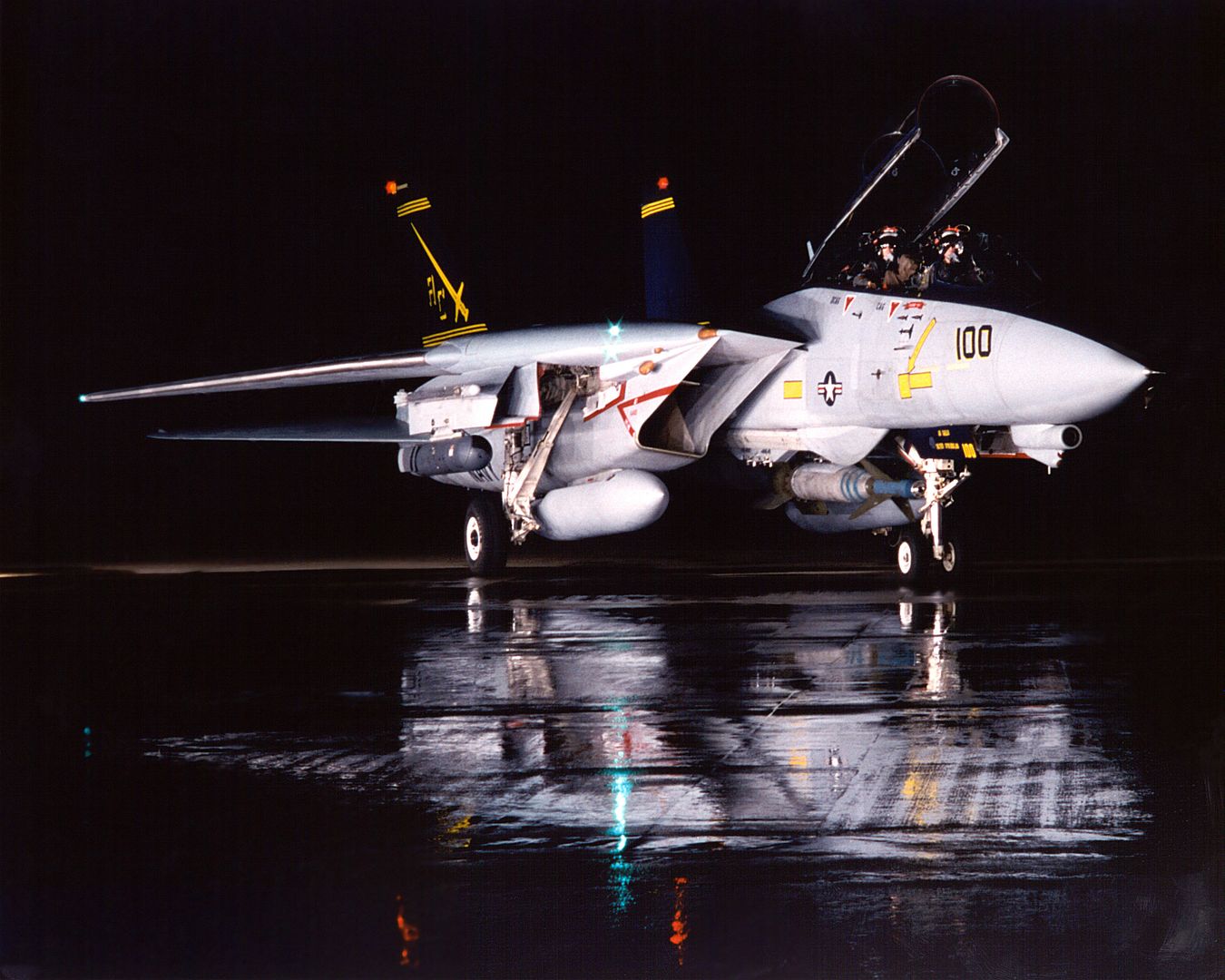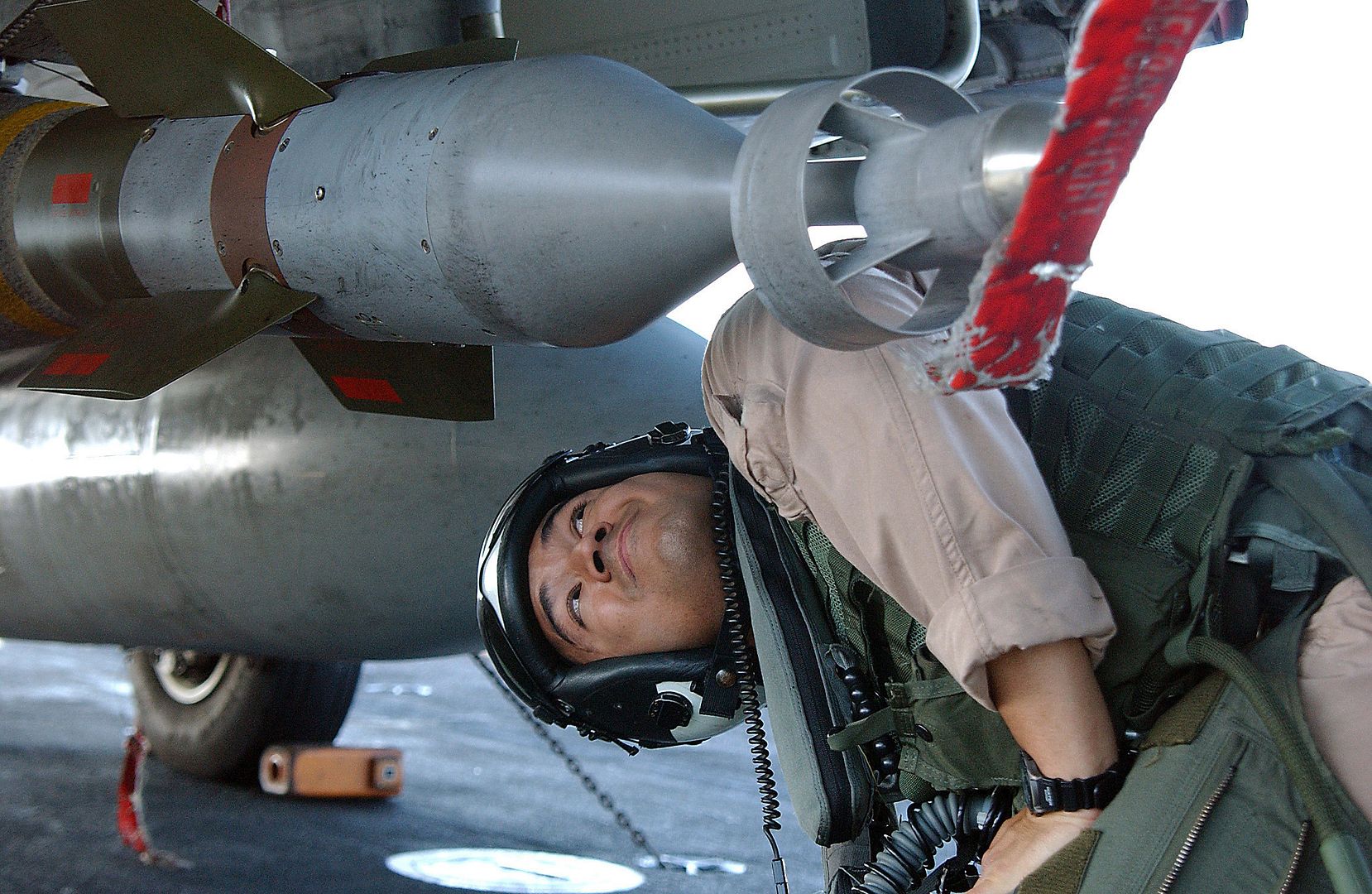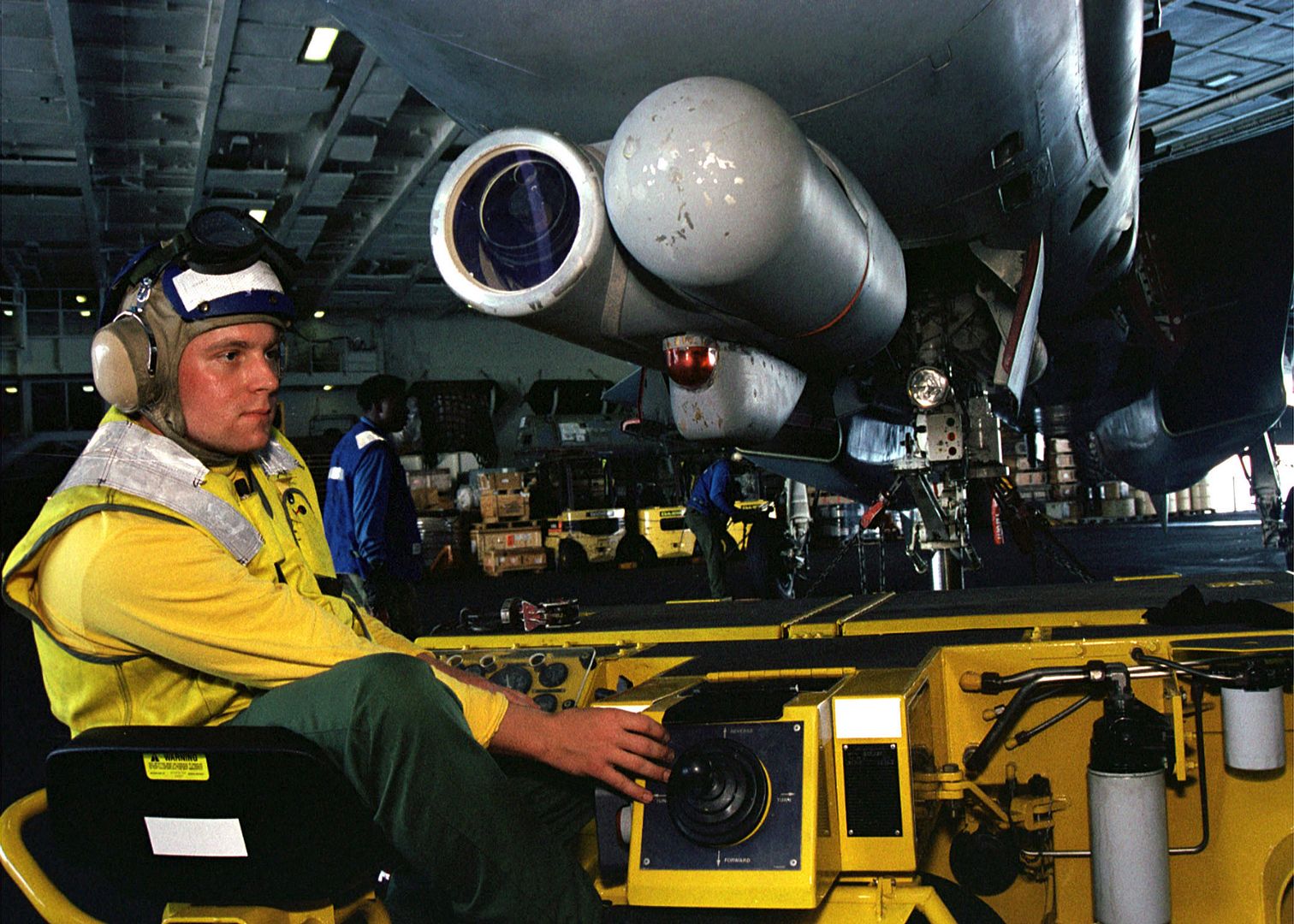Forums
- Forums
- Duggy's Reference Hangar
- USAAF / USN Library
- Grumman F-14 Tomcat
Grumman F-14 Tomcat
Post a reply
- Go to Previous topic
- Go to Next topic
- Go to Welcome
- Go to Introduce Yourself
- Go to General Discussion
- Go to Screenshots, Images and Videos
- Go to Off topic
- Go to Works in Progress
- Go to Skinning Tips / Tutorials
- Go to Skin Requests
- Go to IJAAF Library
- Go to Luftwaffe Library
- Go to RAF Library
- Go to USAAF / USN Library
- Go to Misc Library
- Go to The Ops Room
- Go to Made in Germany
- Go to Campaigns and Missions
- Go to Works in Progress
- Go to Juri's Air-Raid Shelter
- Go to Campaigns and Missions
- Go to Works in Progress
- Go to Skinpacks
- Go to External Projects Discussion
- Go to Books & Resources
-
 Main Admin
Main Admin -
 Main Admin
Main Admin -
 Main Admin
Main Admin -
 Main Admin
Main Admin -
7 years agoMon Jun 04 2018, 10:50pm
 Main Admin
Main Admin -
 Main Admin
Main Admin -
7 years agoTue Jun 05 2018, 10:07pm
 Main Admin
Main Admin -
 Main Admin
Main Admin -
7 years agoTue Jun 05 2018, 10:06pm
 Main Admin
Main Admin -
 Main AdminIran
Main AdminIran
The sole foreign customer for the Tomcat was the Imperial Iranian Air Force, during the reign of the last Shah of Iran, Mohammad Reza Pahlavi. In the early 1970s, the Imperial Iranian Air Force (IIAF) was searching for an advanced fighter, specifically one capable of intercepting Soviet MiG-25 reconnaissance flights. After a visit of U.S. President Richard Nixon to Iran in 1972, during which Iran was offered the latest in American military technology, the IIAF narrowed its choice between the F-14 Tomcat or the McDonnell Douglas F-15 Eagle. Grumman Corporation arranged a competitive demonstration of the Eagle against the Tomcat before the Shah, and in January 1974, Iran ordered 30 F-14s and 424 AIM-54 Phoenix missiles, initiating Project Persian King, worth US$300 million. A few months later, this order was increased to a total of 80 Tomcats and 714 Phoenix missiles as well as spare parts and replacement engines for 10 years, complete armament package, and support infrastructure (including construction of the Khatami Air Base near Isfahan).
The first F-14 arrived in January 1976, modified only by the removal of classified avionics components, but fitted with the TF-30-414 engines. The following year 12 more were delivered. Meanwhile, training of the first groups of Iranian crews by the U.S. Navy was underway in the US; one of these conducted a successful shoot-down with a Phoenix missile of a target drone flying at 50,000 ft (15 km).
Following the overthrow of the Shah in 1979, the air force was renamed the Islamic Republic of Iran Air Force (IRIAF) and the post-revolution interim government of Iran canceled most Western arms orders. In 1980, an Iranian F-14 shot down an Iraqi Mil Mi-25 helicopter for its first air-to-air kill during the Iran?Iraq War (1980?1988). According to research by Tom Cooper, Iranian F-14s scored at least 50 air-to-air victories in the first six months of the war against Iraqi MiG-21s, MiG-23s, and some Su-20s/22s. During the same period, only one Iranian F-14 suffered damage after being hit by a nearby MiG-21 when it exploded.
Iranian Tomcats were originally used as an early-warning platform assisting other less-sophisticated aircraft with targeting and defense. They were also crucial to the defense of areas deemed vital by the Iranian government, such as oil terminals on Kharg Island and industrial infrastructure in the capital Tehran. Many of these patrols had the support of Boeing 707-3J9C in-flight refueling tankers. As fighting escalated between 1982 and 1986, the F-14s gradually became more involved in the battle. They performed well, but their primary role was to intimidate the Iraqi Air Force and avoid heavy engagement to protect the fleet's numbers. Their presence was often enough to drive away opposing Iraqi fighters. The precision and effectiveness of the Tomcat's AWG-9 weapons system and AIM-54A Phoenix long-range air-to-air missiles enabled the F-14 to maintain air superiority.
By 1987, the Iraqis had suffered heavy losses and were forced to find a solution to level the battlefield. They obtained Mirage F.1EQ-6 fighters from France in 1988, armed with Super530D and Magic Mk.2 air-to-air missiles. The Mirage F.1 fighters were eventually responsible for three confirmed F-14 kills. The IRIAF attempted to keep 60 F-14s operational throughout the war, but reports indicate this number was reduced to 30 by 1986 with only half fully mission-capable.
The combat record of IRIAF F-14s is disputed. Western sources estimates four or five kills, while Iranian claims 35?45 kills.Cooper and Bishop states that Iranian F-14s shot down at least 160 Iraqi aircraft during the Iran?Iraq War, including 58 MiG-23s, 33 Mirage F1s, 23 MiG-21s, 23 Su-20s/22s, nine MiG-25s, five Tu-22s, two MiG-27s, one Mil Mi-24, one Dassault Mirage 5, one B-6D, one A?rospatiale Super Frelon, and two unidentified aircraft. Despite the circumstances the F-14s and their crews faced during the war against Iraq ? lacking support from AWACS, AEW aircraft, and Ground Control Intercept (GCI) ? the F-14 proved to be successful in combat. It achieved this in the midst of a confrontation with an enemy that was constantly upgrading its capabilities and receiving support from three major countries ? France, the US, and the USSR. Part of the success is attributed to the resilient Iranian economy and IRIAF personnel.
While Iraq's army claimed it shot down more than 70 F-14s, the Foreign Broadcast Information System in Washington DC estimated that Iran lost 12 to 16 during the war. Cooper writes only three F-14 were shot down by Iraqis and four by Iranian surface-to-air missiles (SAM). Two Tomcats were lost in unknown circumstances during the battle, and seven crashed due to technical failure or accidents. During the war, the Iranian Air Force F-14s suffered 9 confirmed losses, one lost due to engine stall, one in unknown conditions, two by Iranian Hawk SAMs, two by MIG-23s and three were shot down by Mirage F-1EQs. There are also unconfirmed reports of the downing of 10 more Tomcats.
On 31 August 1986, an Iranian F-14A armed with at least one AIM-54A missile defected to Iraq. In addition, one or more of Iran's F-14A was delivered to the Soviet Union in exchange for technical assistance; at least one of its crew defected to the Soviet Union.
Iran had an estimated 44 F-14s in 2009 according to Combat Aircraft. Aviation Week estimated it had 19 operational F-14s in January 2013, and Flight Global estimated that 28 were in service in 2014.
In January 2007, the U.S. Department of Defense announced that sales of spare F-14 parts would be suspended over concerns of the parts ending up in Iran. In July 2007, the remaining American F-14s were shredded to ensure that any parts could not be acquired. In 2010, Iran requested that the U.S. deliver the 80th F-14 it had purchased in 1974, but delivery was denied after the Islamic Revolution. In October 2010, an Iranian Air Force commander claimed that the country overhauls and optimizes different types of military aircraft, mentioning that Air Force has installed Iran-made radar systems on the F-14.
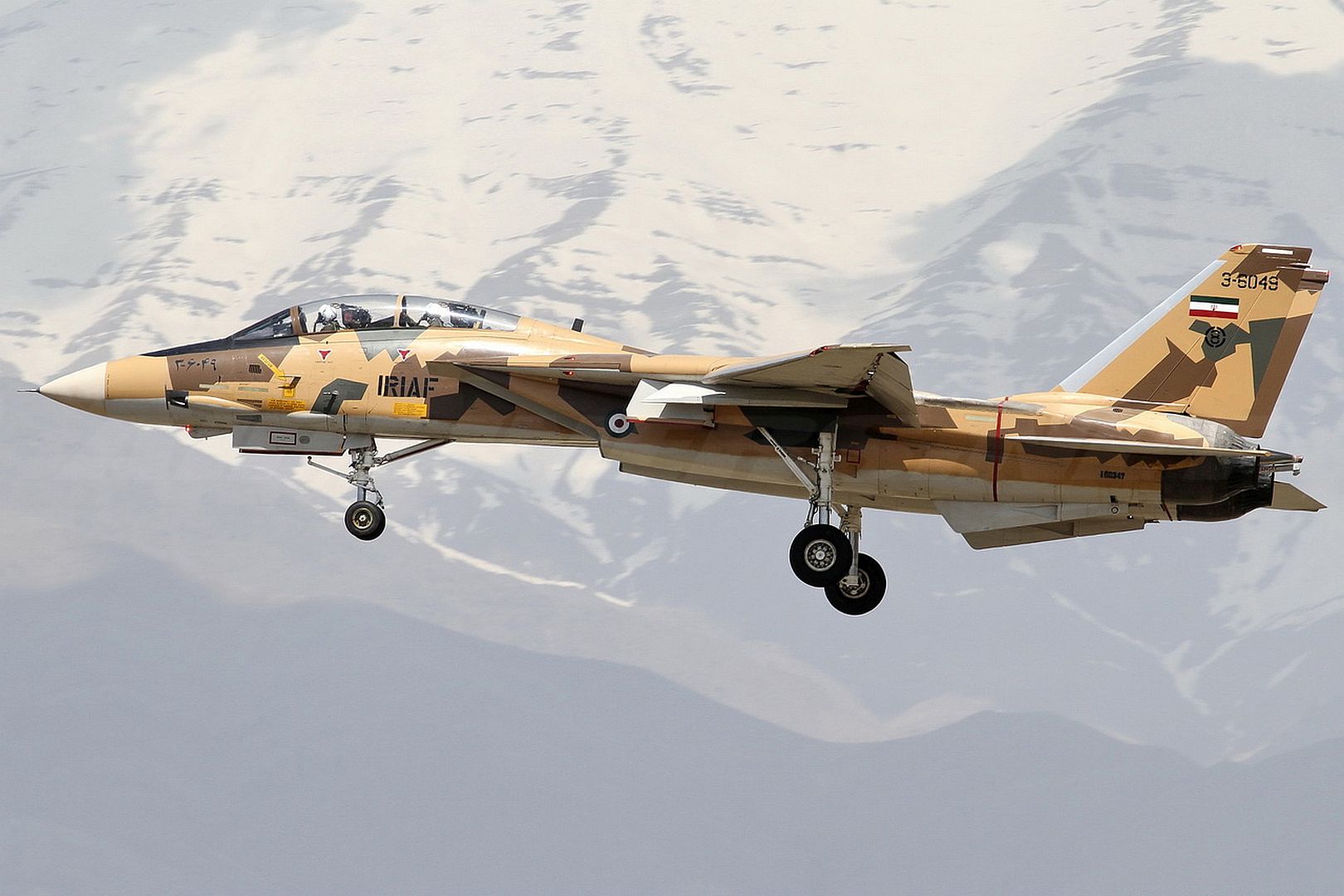
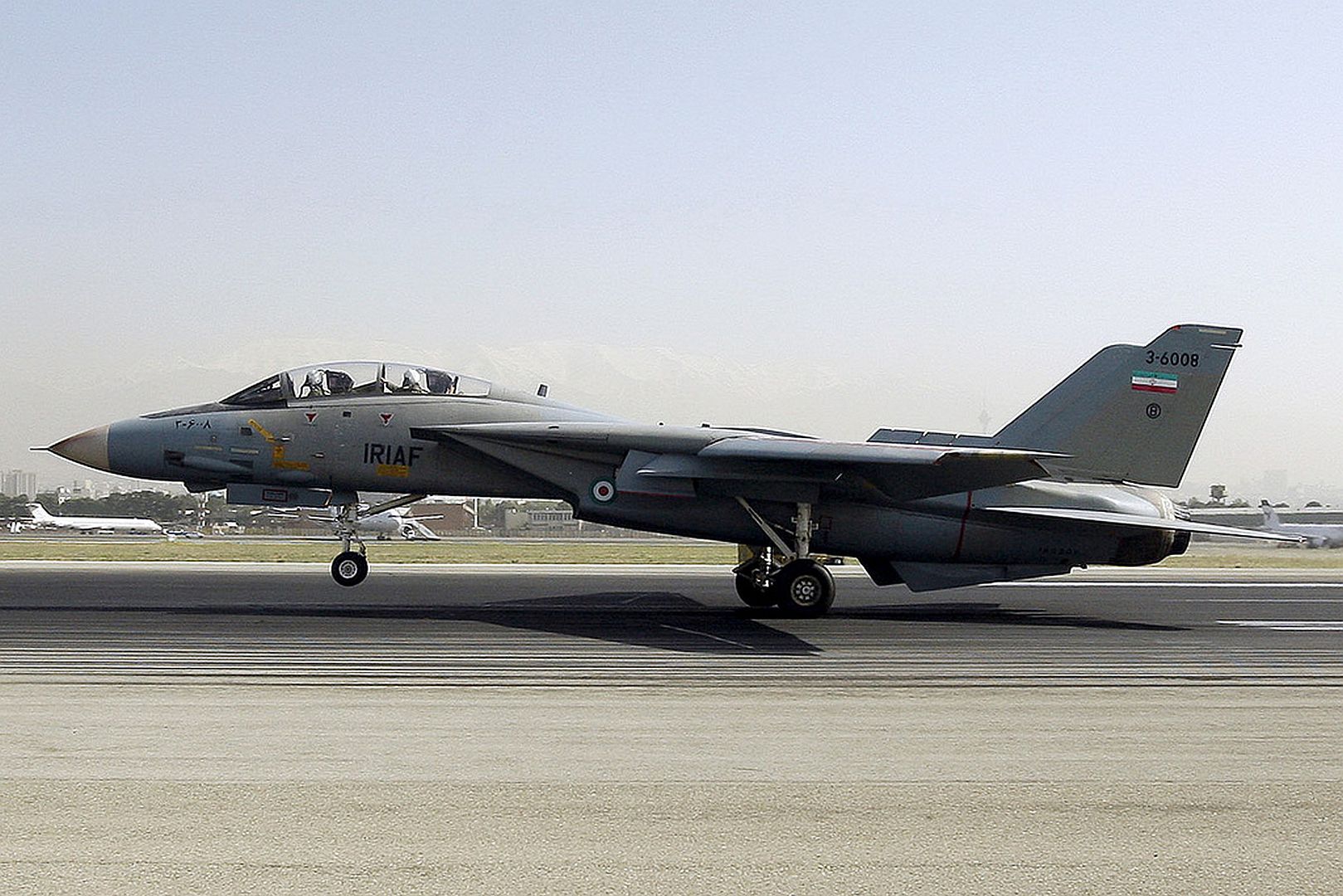
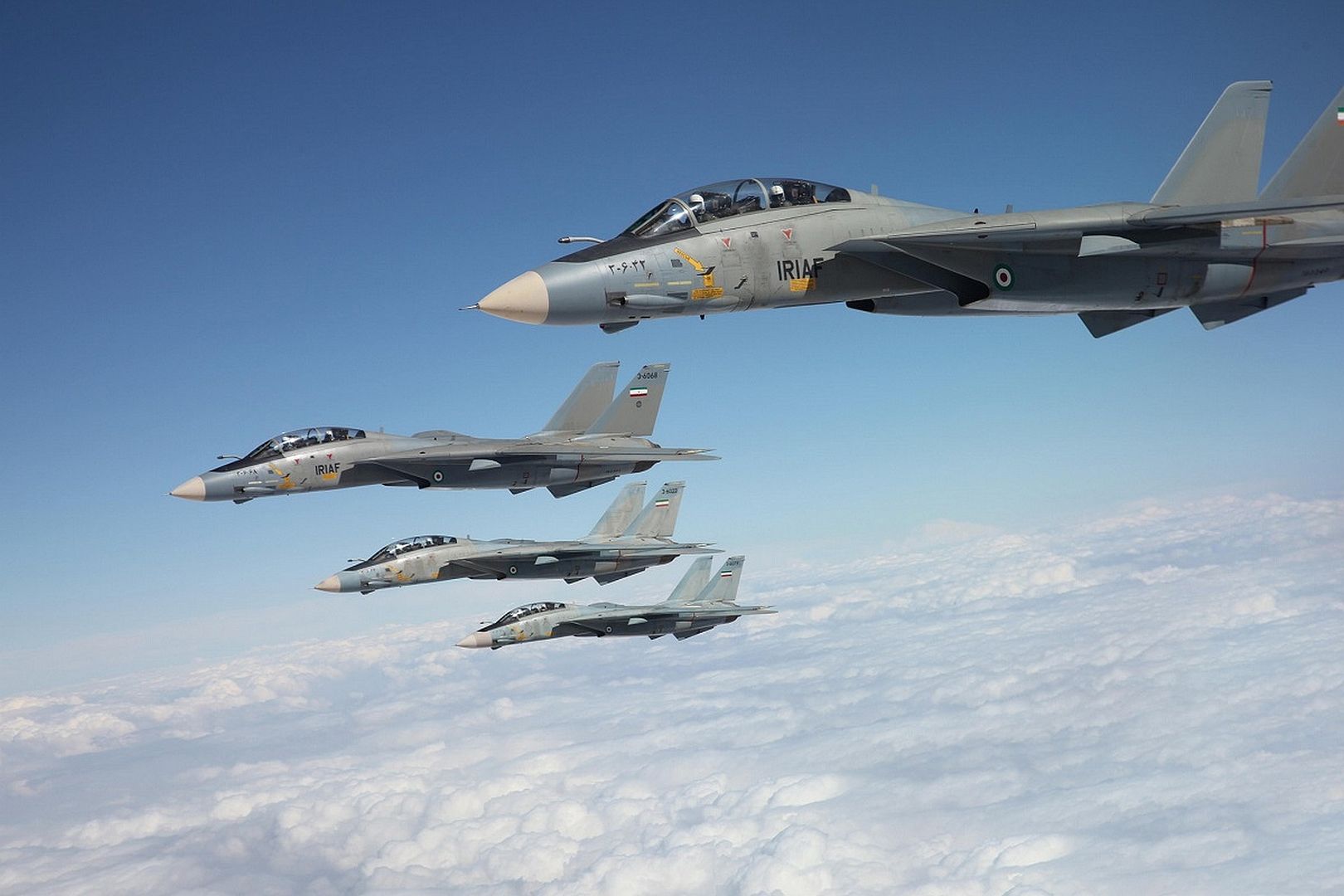
Specifications
Propulsion F-14: two Pratt & Whitney TF-30P-414A
turbofan engines with afterburners;
F-14B and F-14D: two General Electric F-110-GE-400
augmented turbofan engines with afterburners
Thrust F-14A: 20,900 pounds (9,405 kg) static thrust per engine;
F-14B and F-14D: 27,000 pounds (12,150 kg) per engine
Length 61 feet 9 inches (18.6 meters)
Height 16 feet (4.8 meters)
Maximum Takeoff Weight 72,900 pounds (32,805 kg)
Wingspan 64 feet (19 meters) unswept, 38 feet (11.4 meters) swept
Ceiling Above 53,000 feet
Speed Max Mach Number = 1.88
Cruise Mach Number = .72
Carrier Approach Speed = 125 kts
Mission Radius 500 nm Hi-Med-Hi strike profile
380 nm Hi-Lo-Lo-Hi strike profile
Crew Two: pilot and radar intercept officer
Armament Up to 13,000 pounds of
Air-to-Air Missiles (up to)
6 AIM-7 Sparrows
4 AIM-9 Sidewinder
6 AIM-54 Phoenix
air-to-ground ordnance
MK-82 (500 lbs.)
4 MK-83 (1,000 lbs.)
4 MK-84 (2,000 lbs.)
MK-20 cluster bomb
4 GBU-10 LGB
GBU-12 MK-82 LGB
4 GBU-16 MK-83 LGB
4 GBU-24 MK-84 LGB
one MK-61A1 Vulcan 20mm cannon
Selected F-14A and B are wired to carry TARPS
All F-14D's are wired to carry the TARPS
Countermeasures
AN/ALR-45 radar warning receiver [Itek]
AN/ALR-67 radar warning receiver [F-14D]
AN/ALQ-167 ECM Pod [F-14D]
AN/ALE-50 towed decoy [F-14D]
Post a reply
- Go to Previous topic
- Go to Next topic
- Go to Welcome
- Go to Introduce Yourself
- Go to General Discussion
- Go to Screenshots, Images and Videos
- Go to Off topic
- Go to Works in Progress
- Go to Skinning Tips / Tutorials
- Go to Skin Requests
- Go to IJAAF Library
- Go to Luftwaffe Library
- Go to RAF Library
- Go to USAAF / USN Library
- Go to Misc Library
- Go to The Ops Room
- Go to Made in Germany
- Go to Campaigns and Missions
- Go to Works in Progress
- Go to Juri's Air-Raid Shelter
- Go to Campaigns and Missions
- Go to Works in Progress
- Go to Skinpacks
- Go to External Projects Discussion
- Go to Books & Resources
